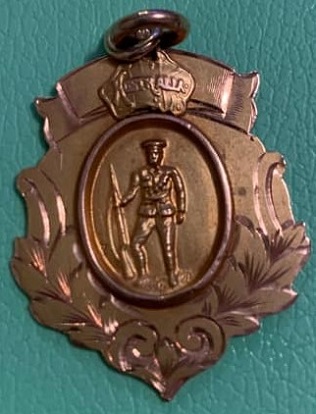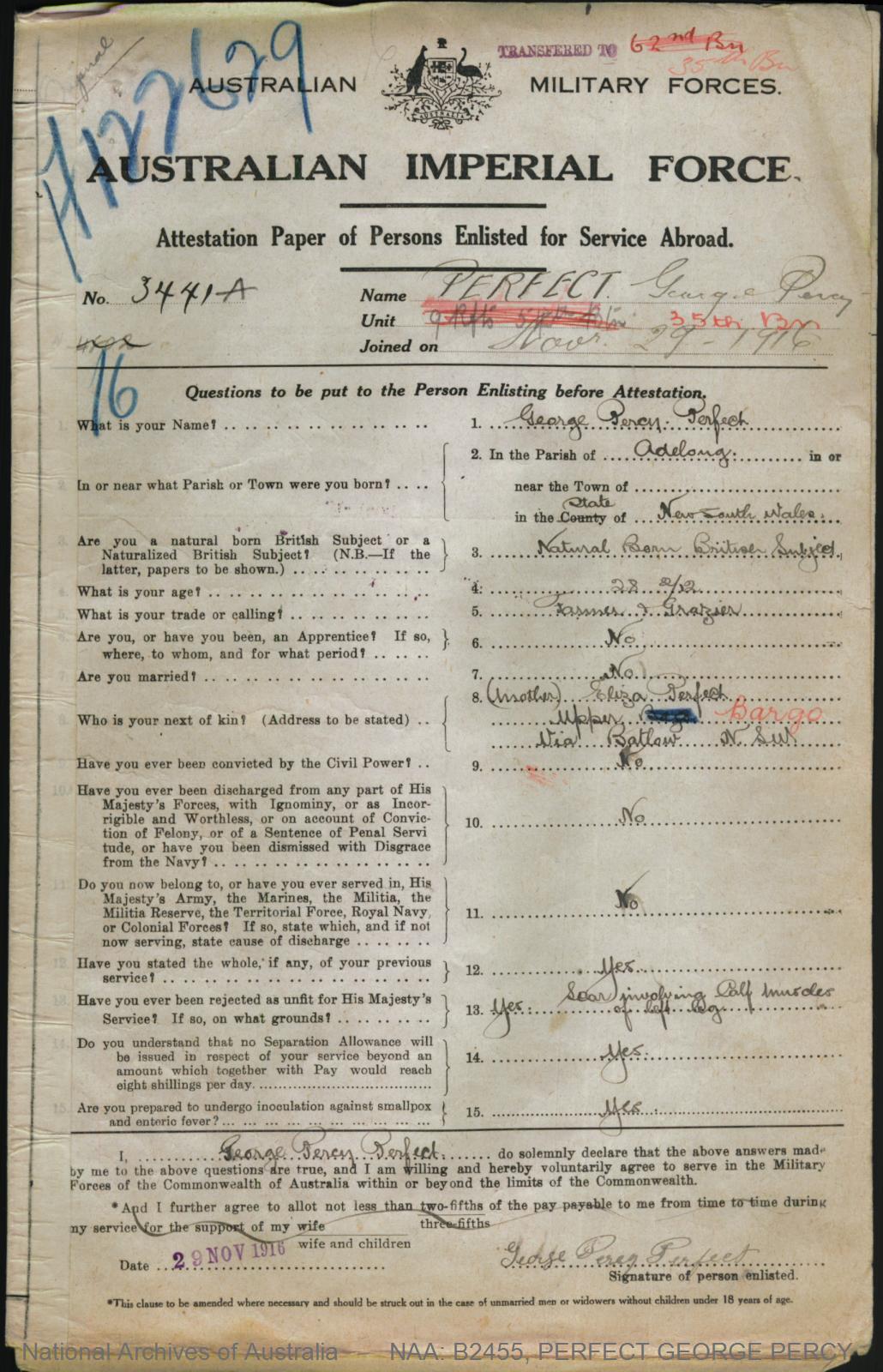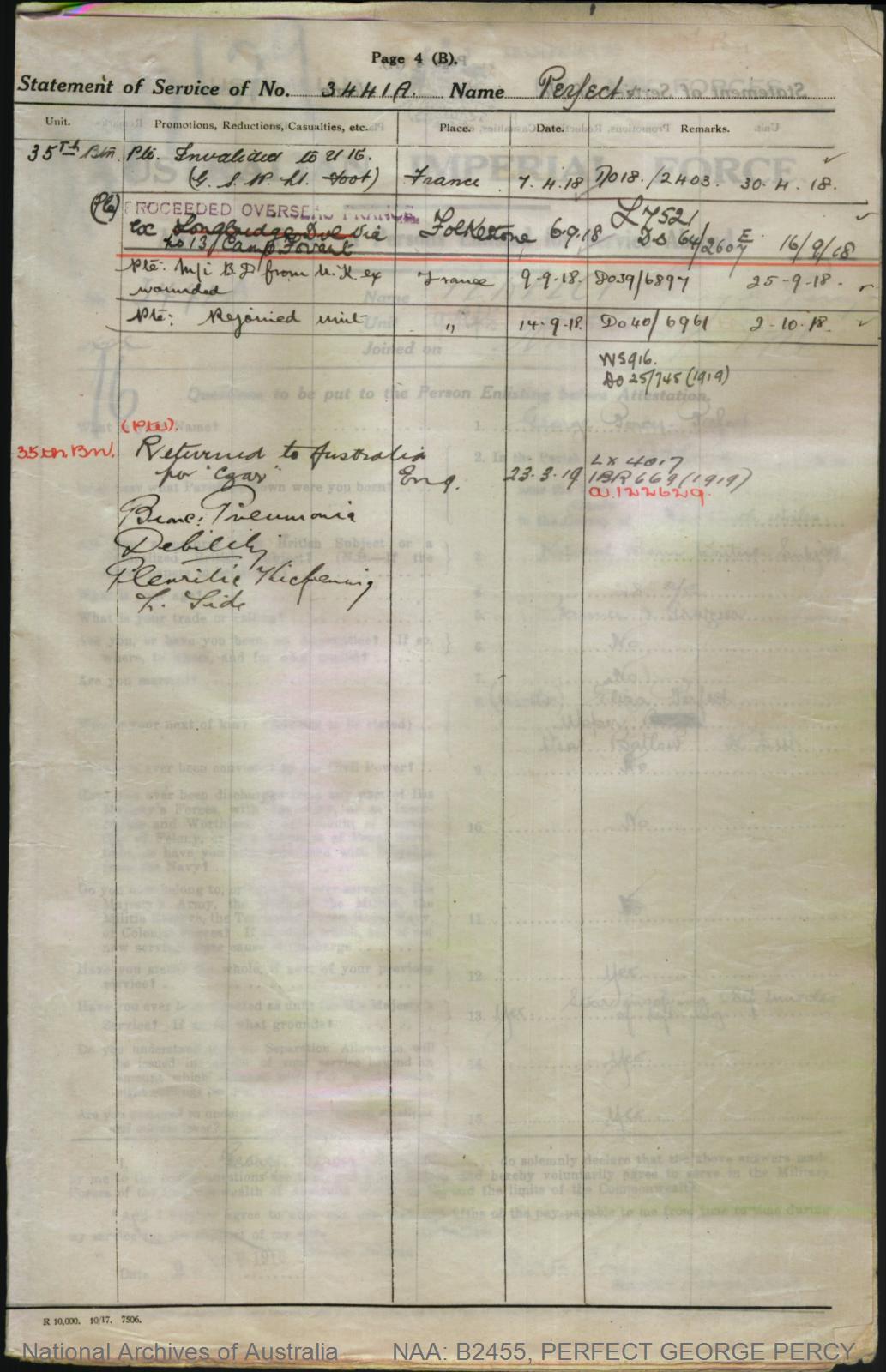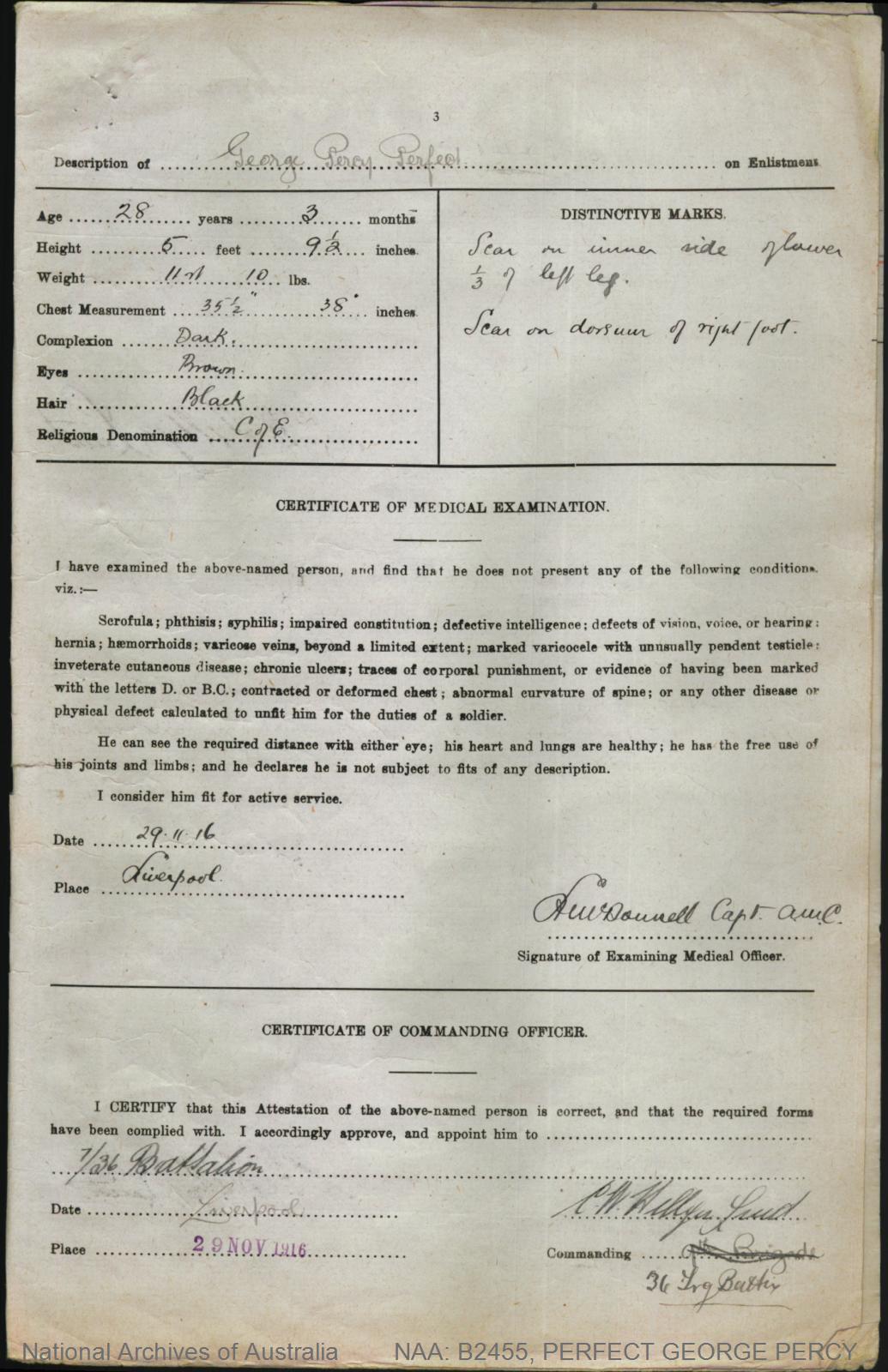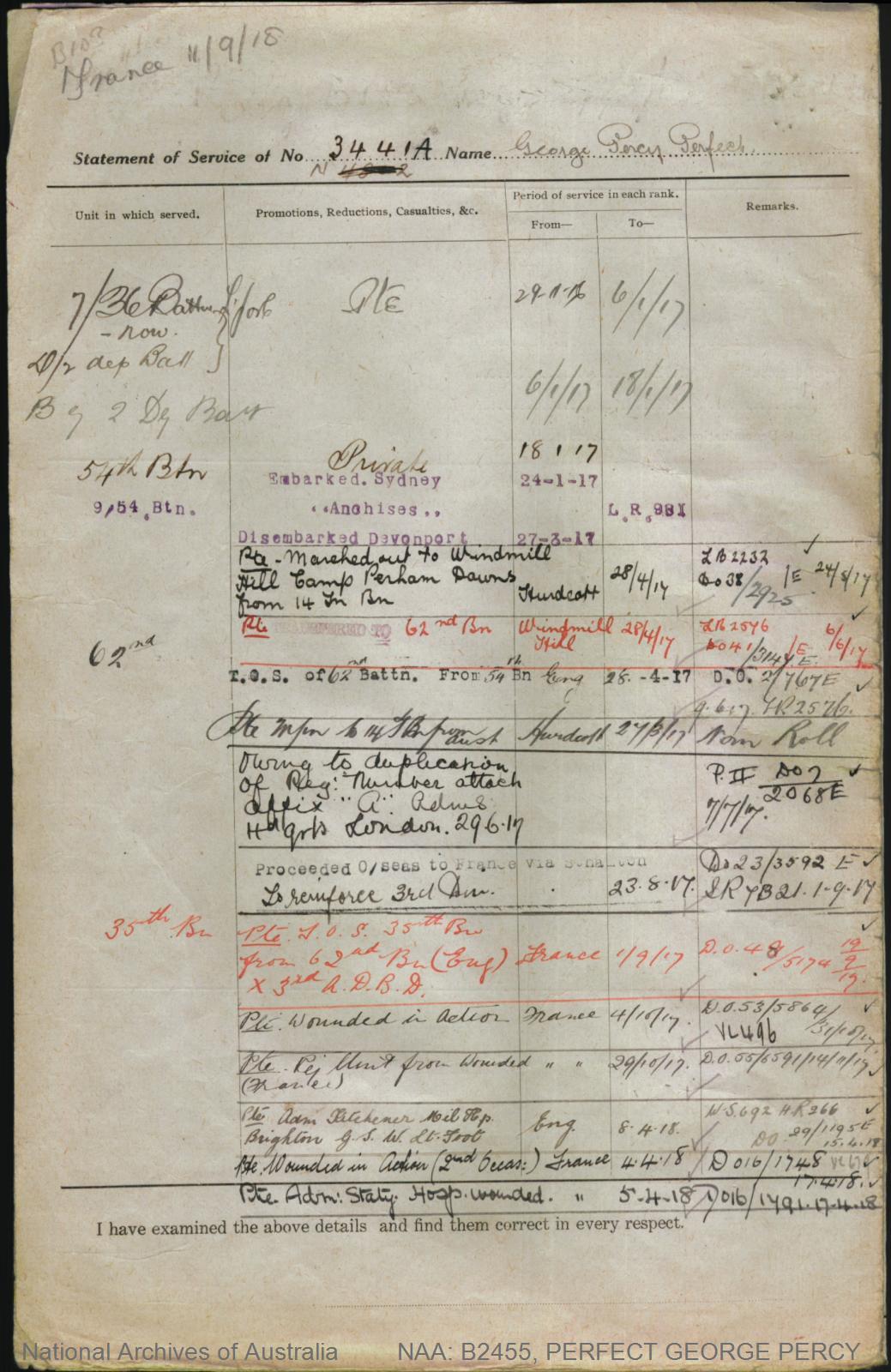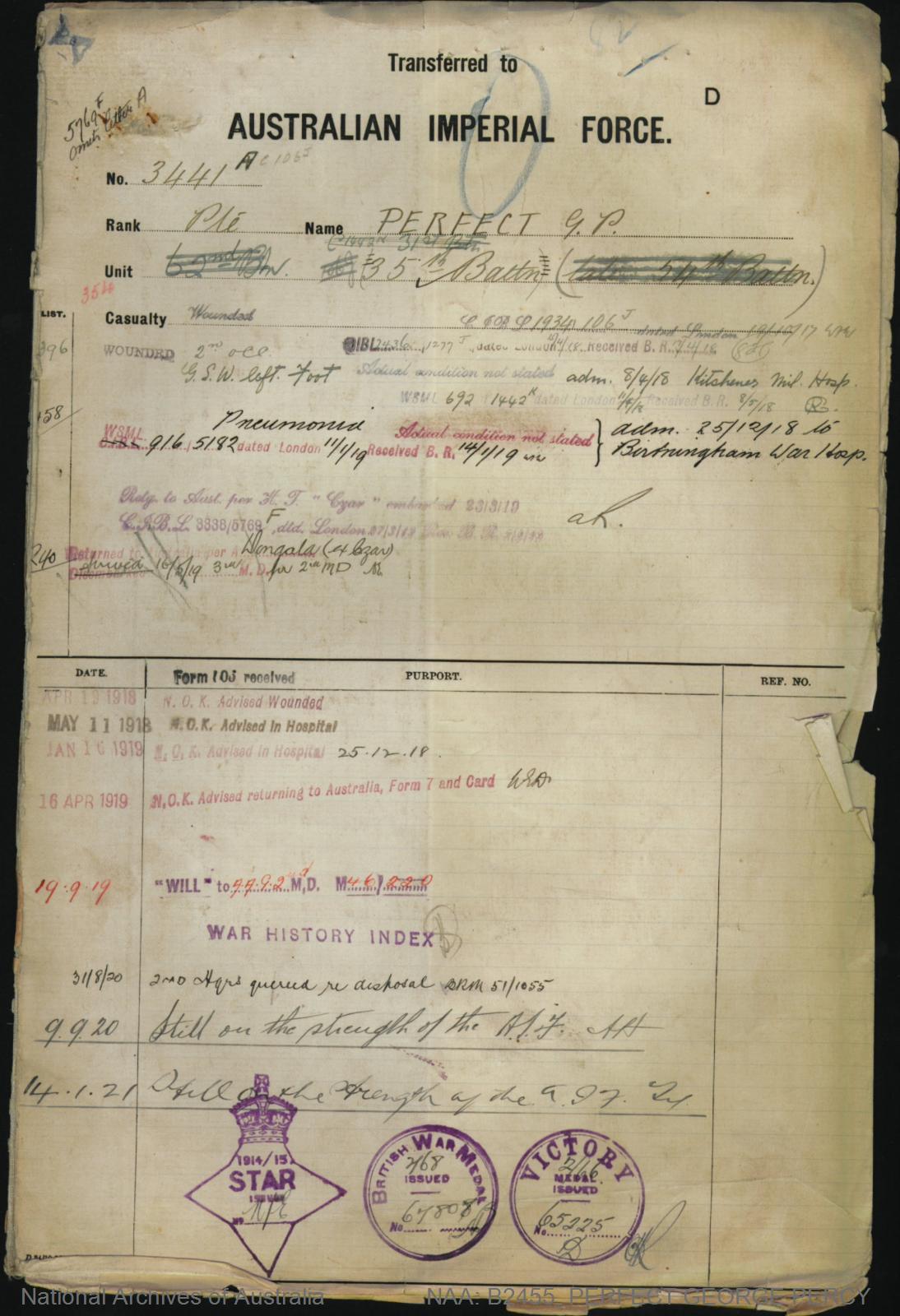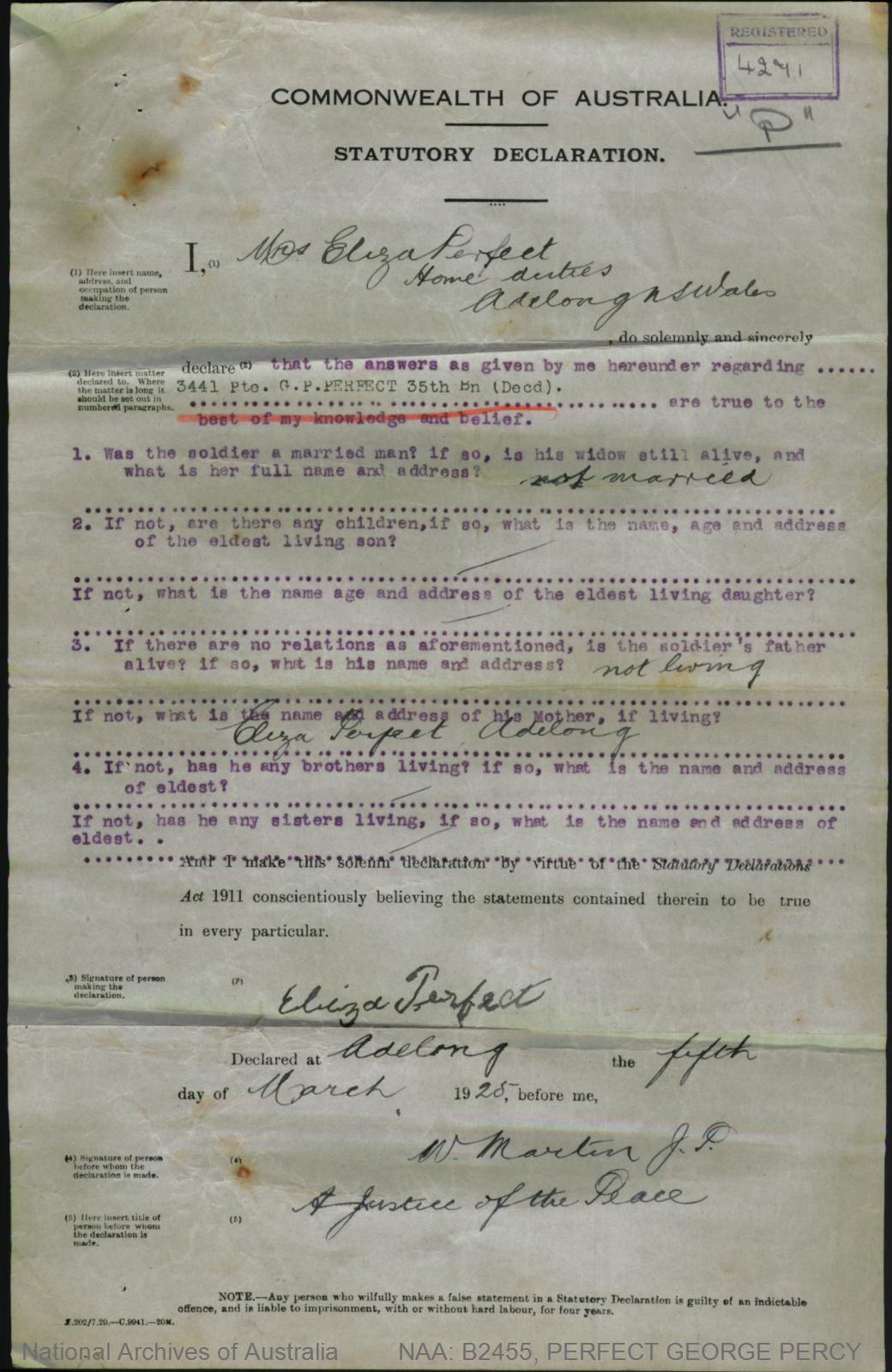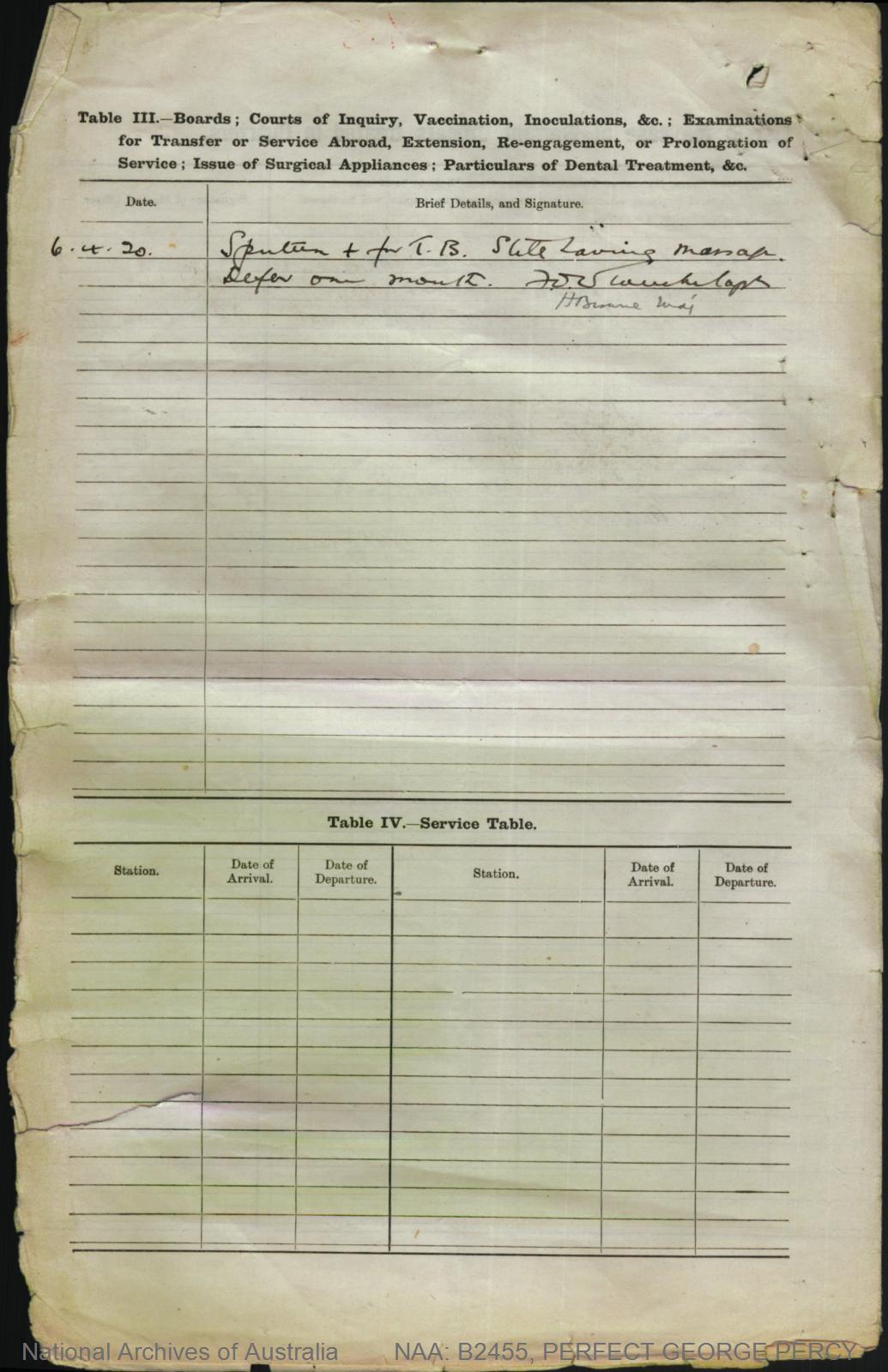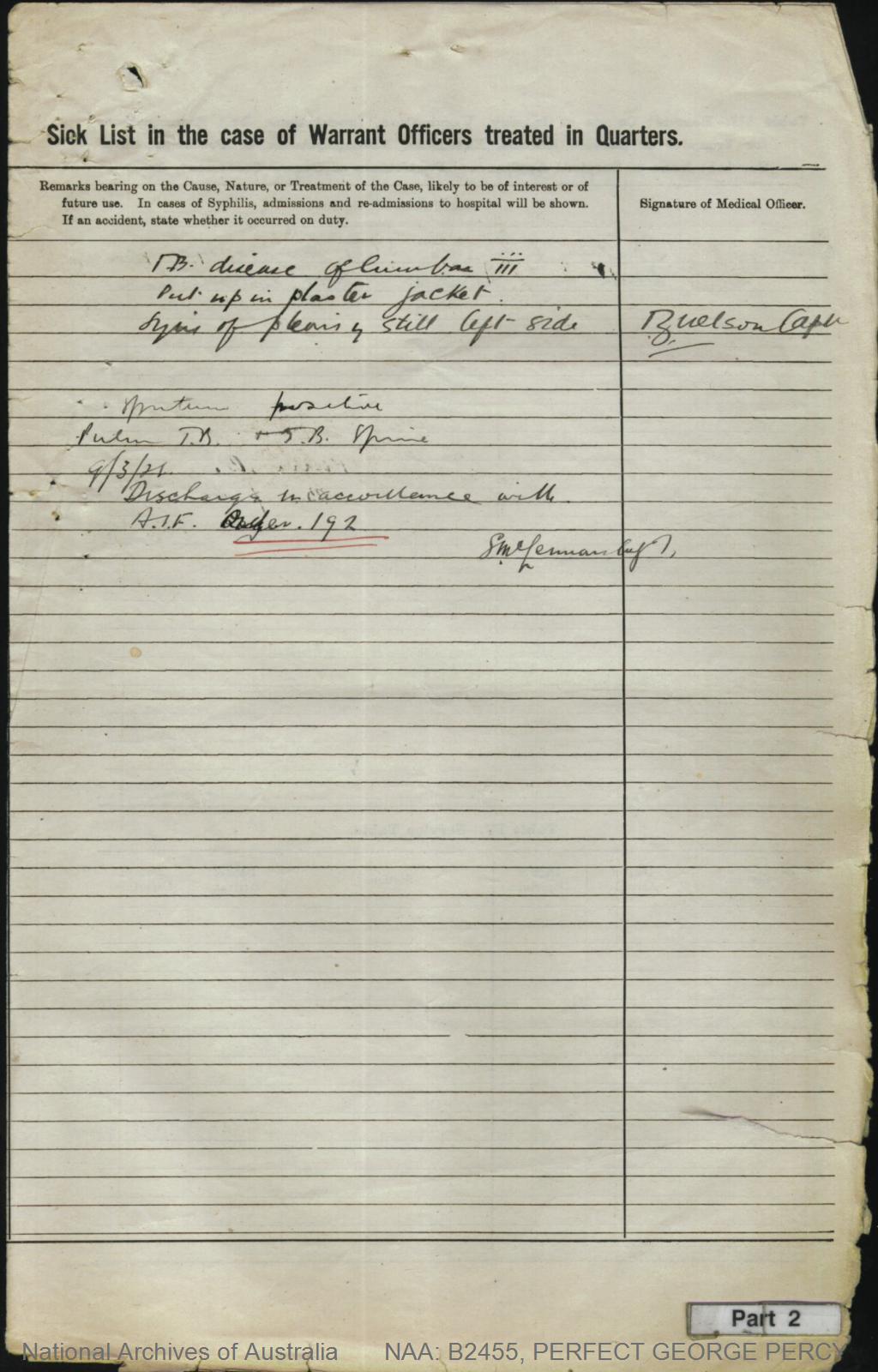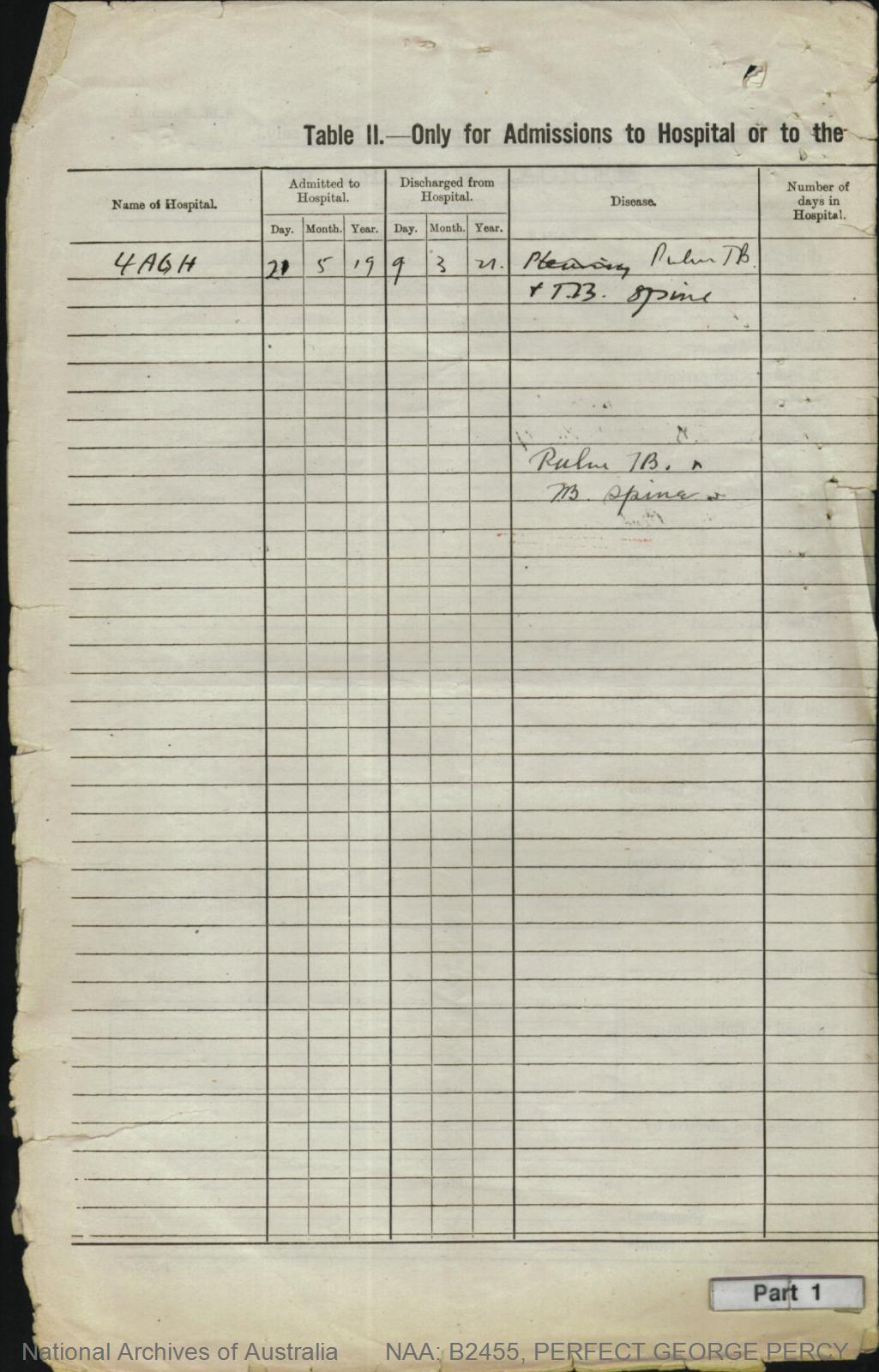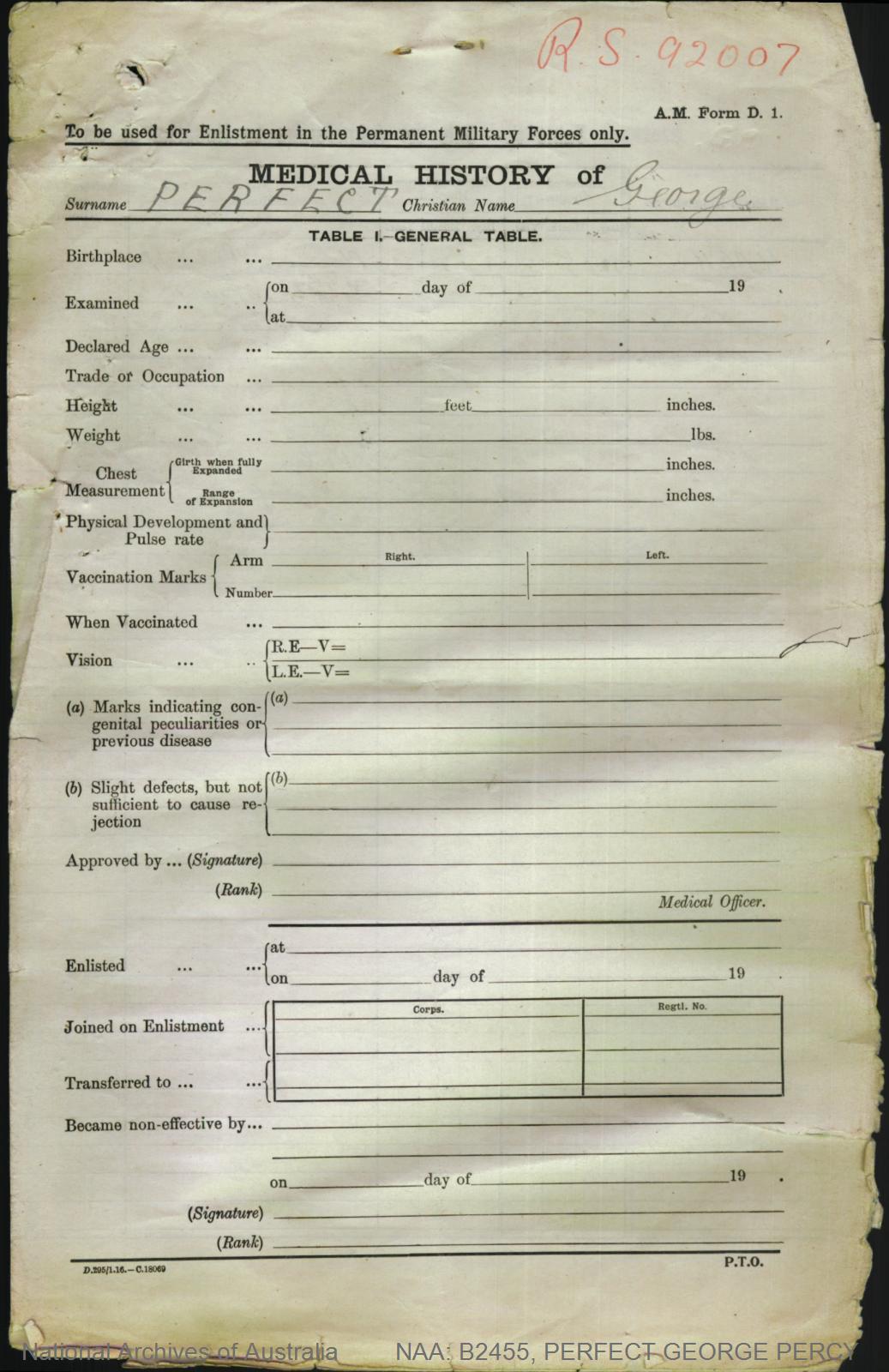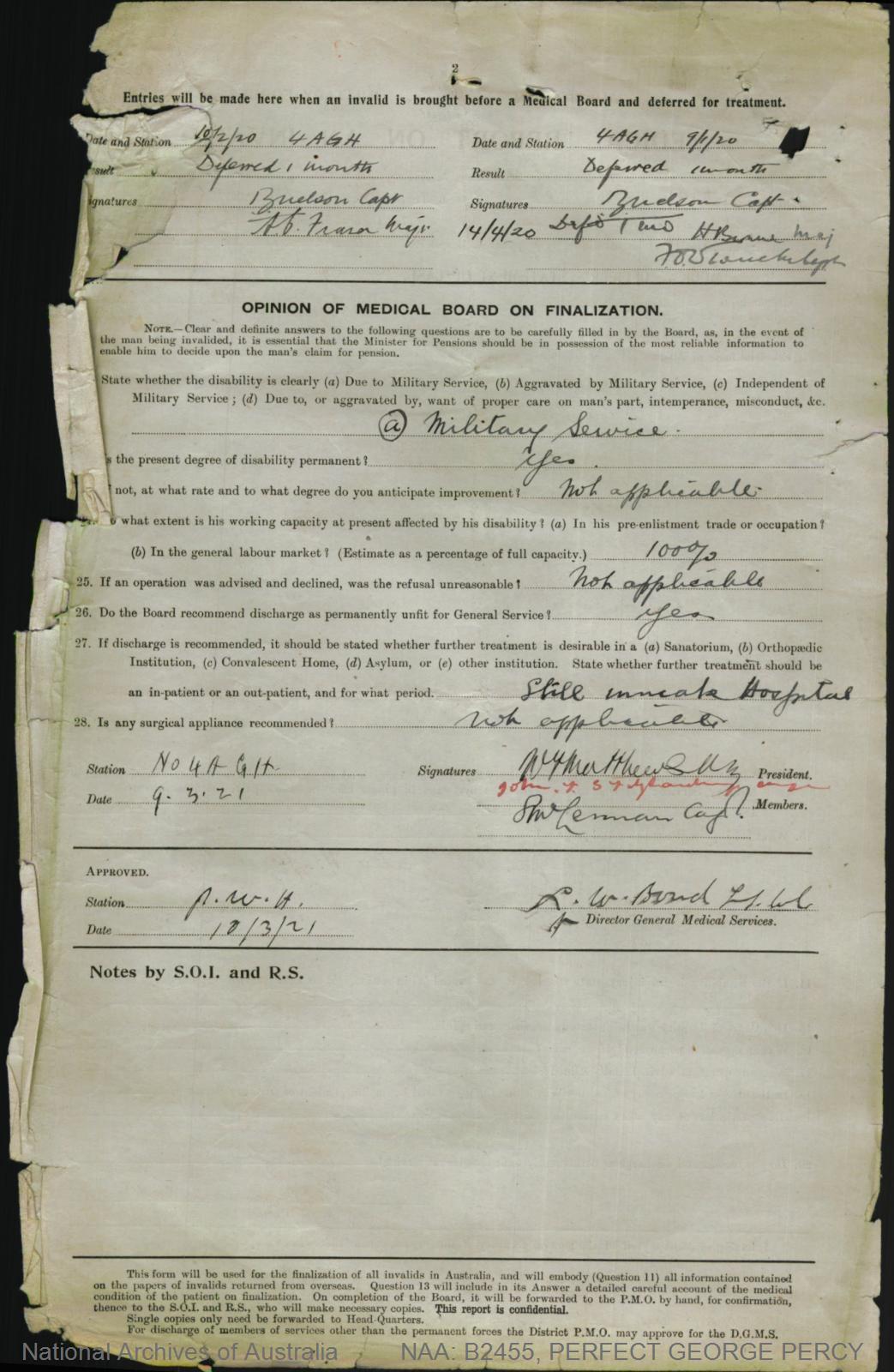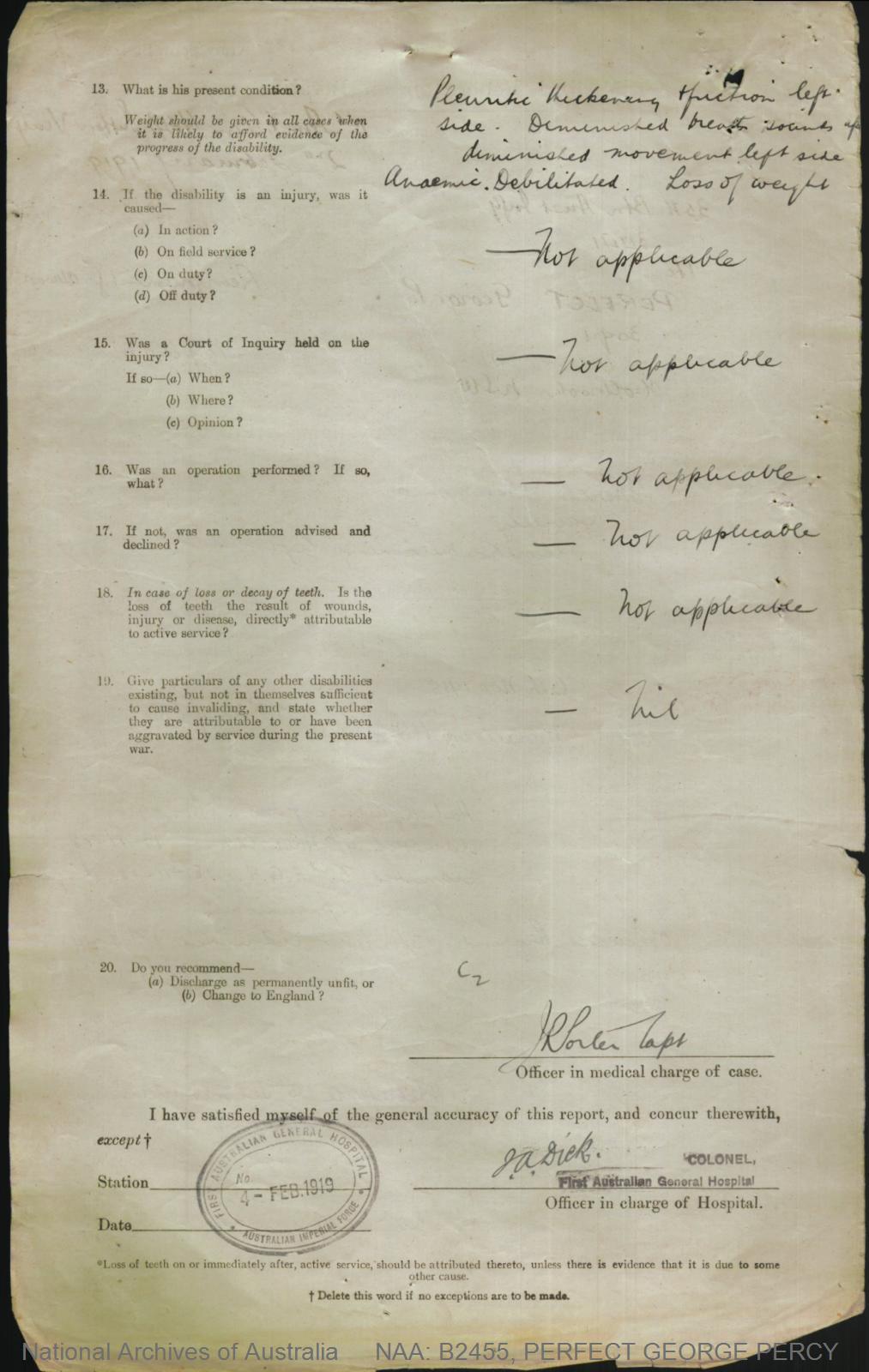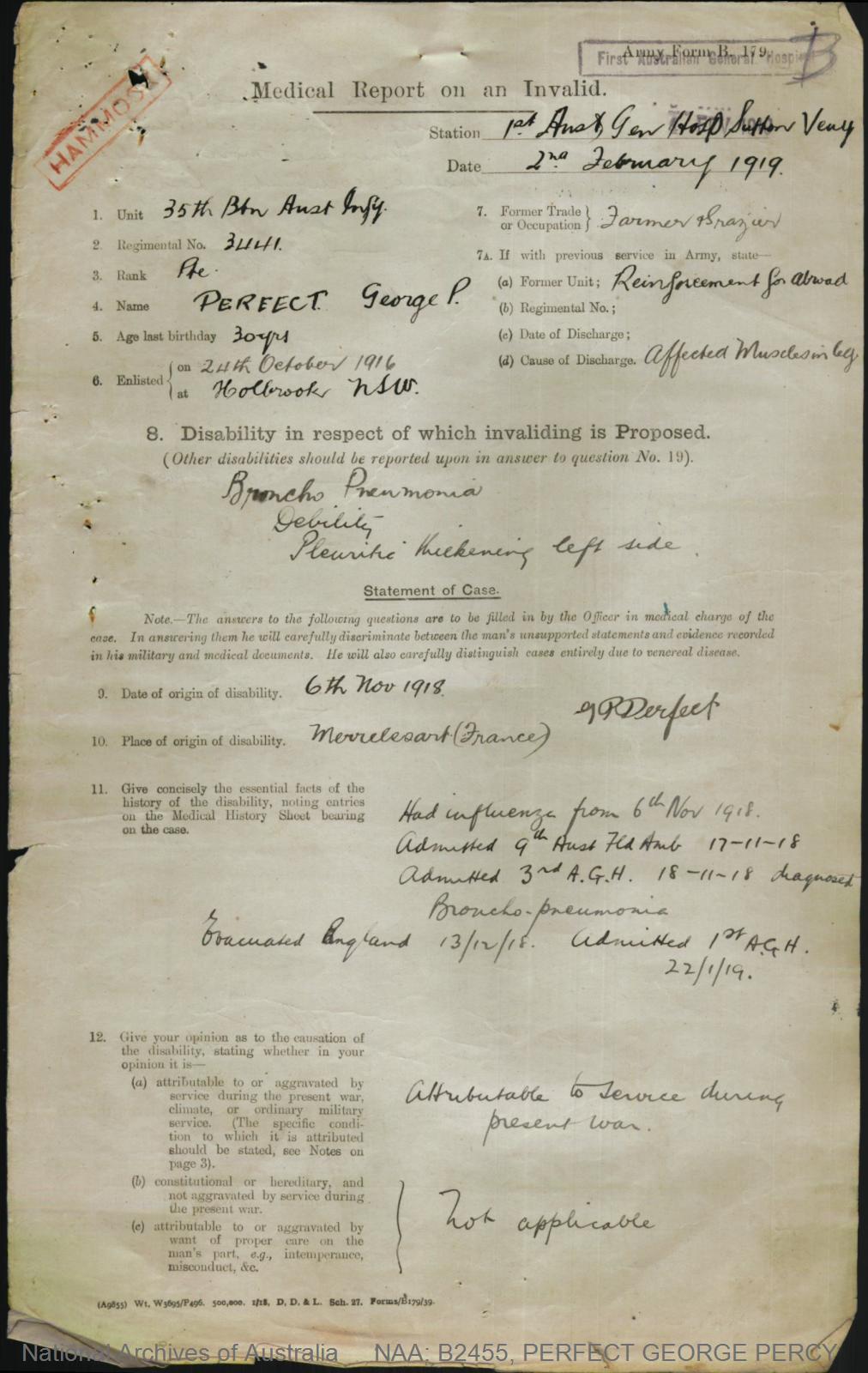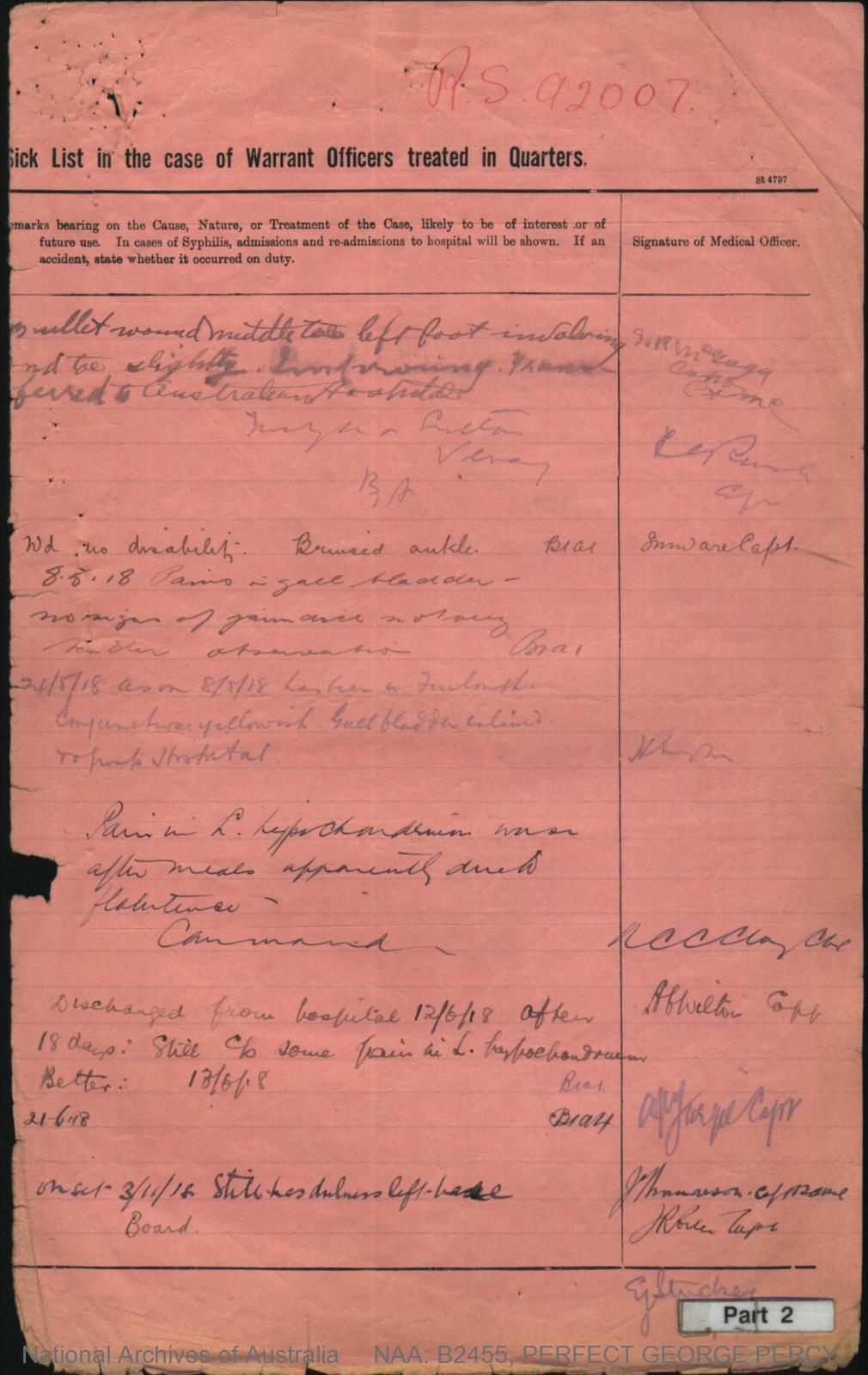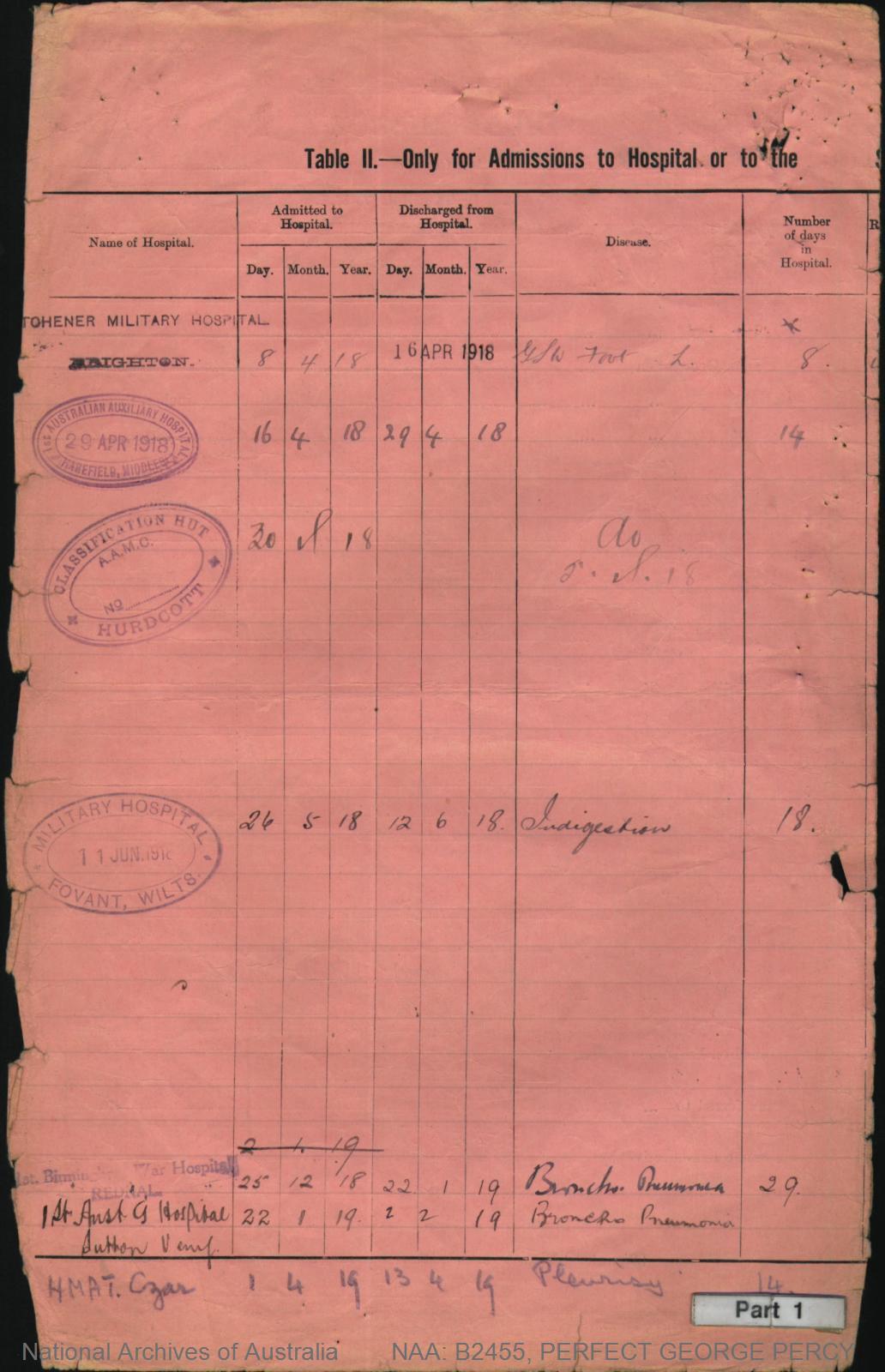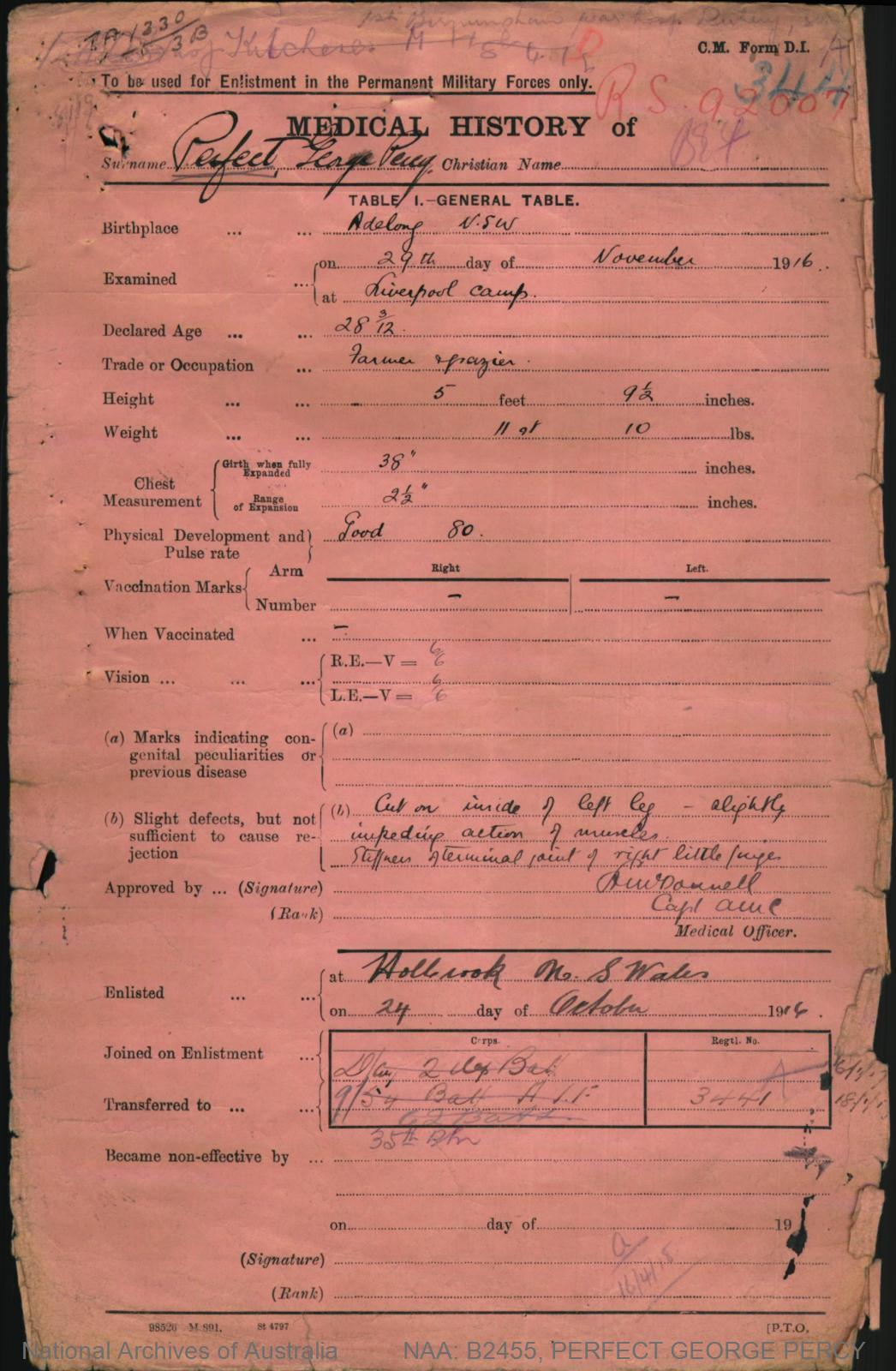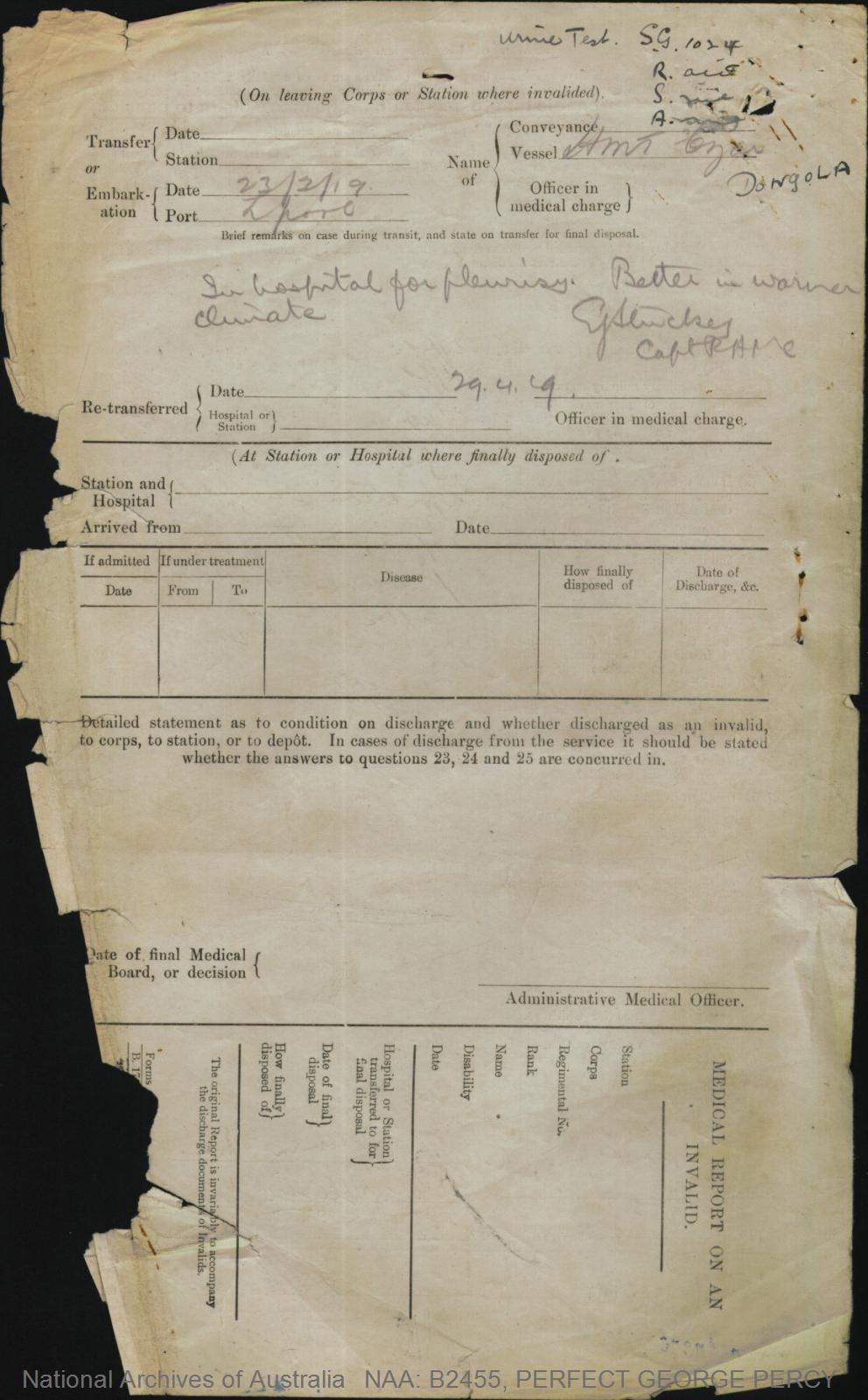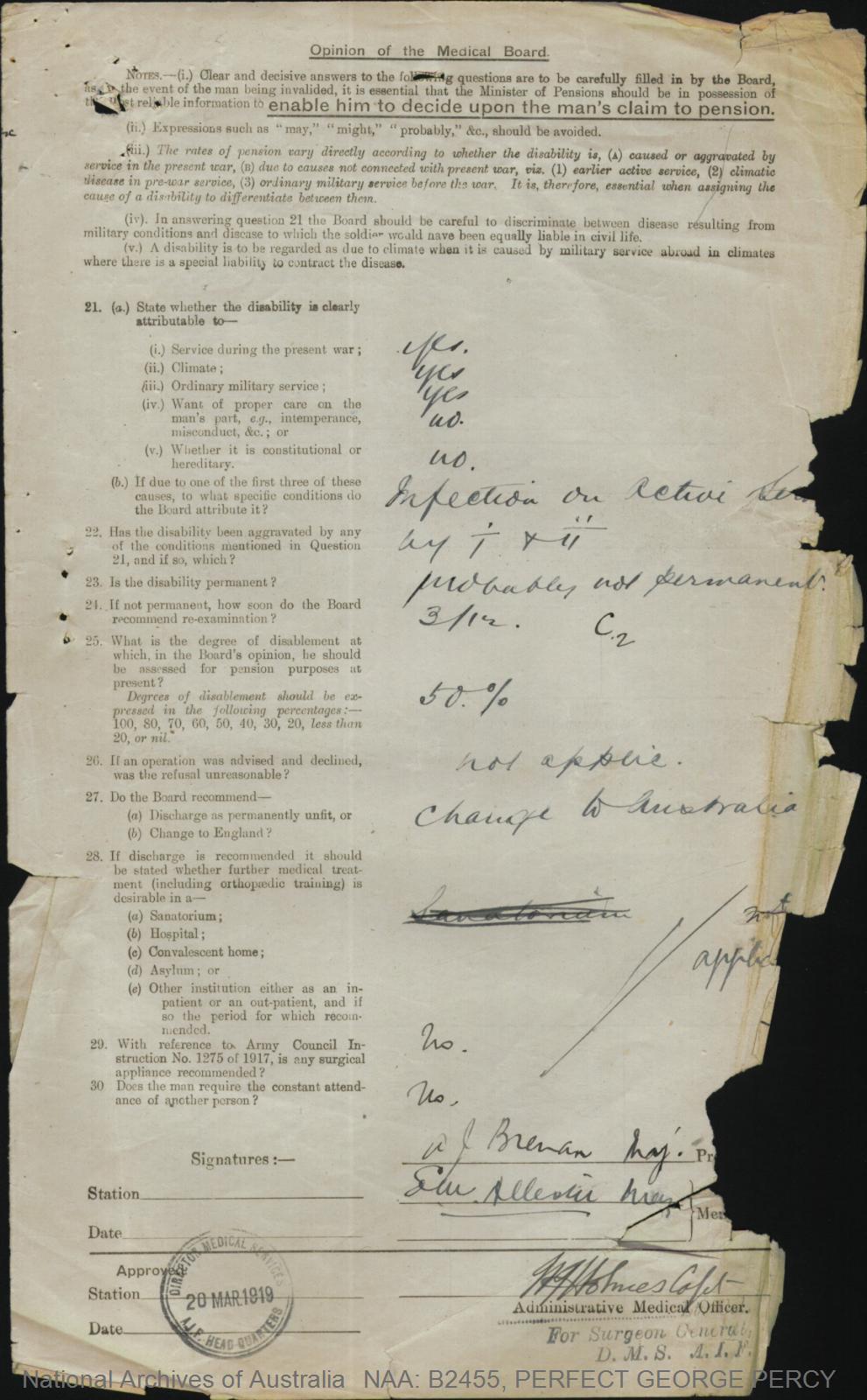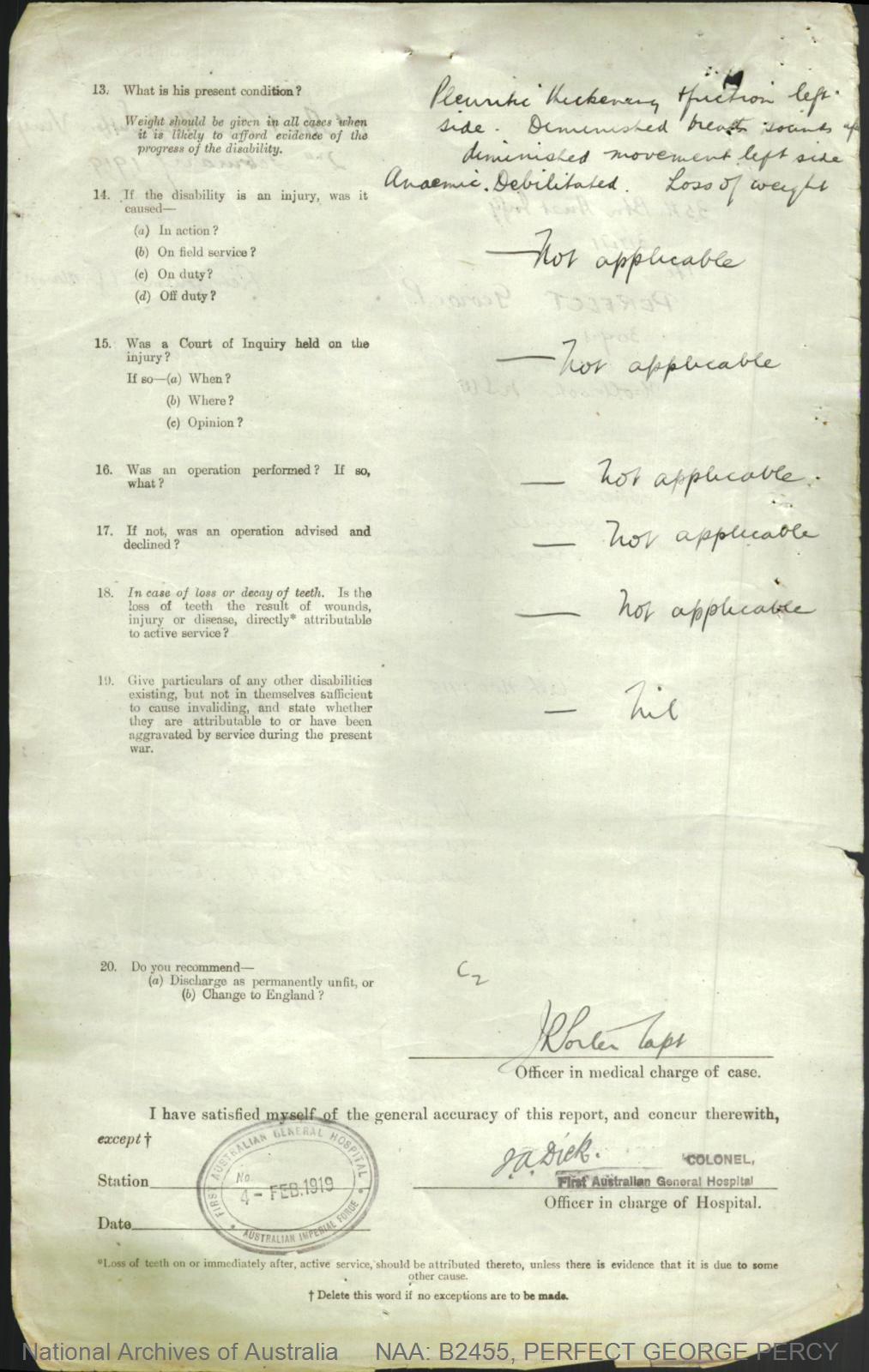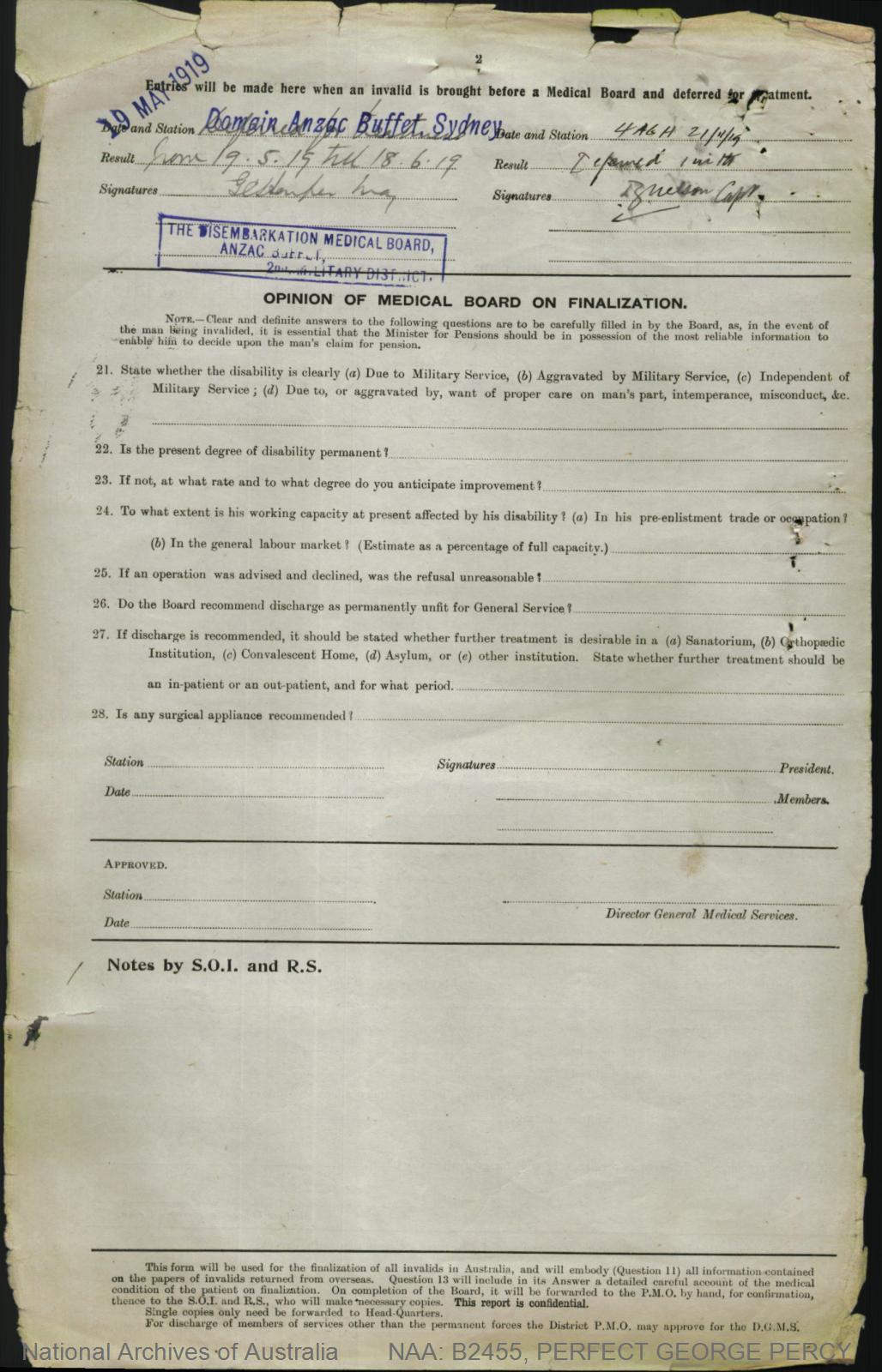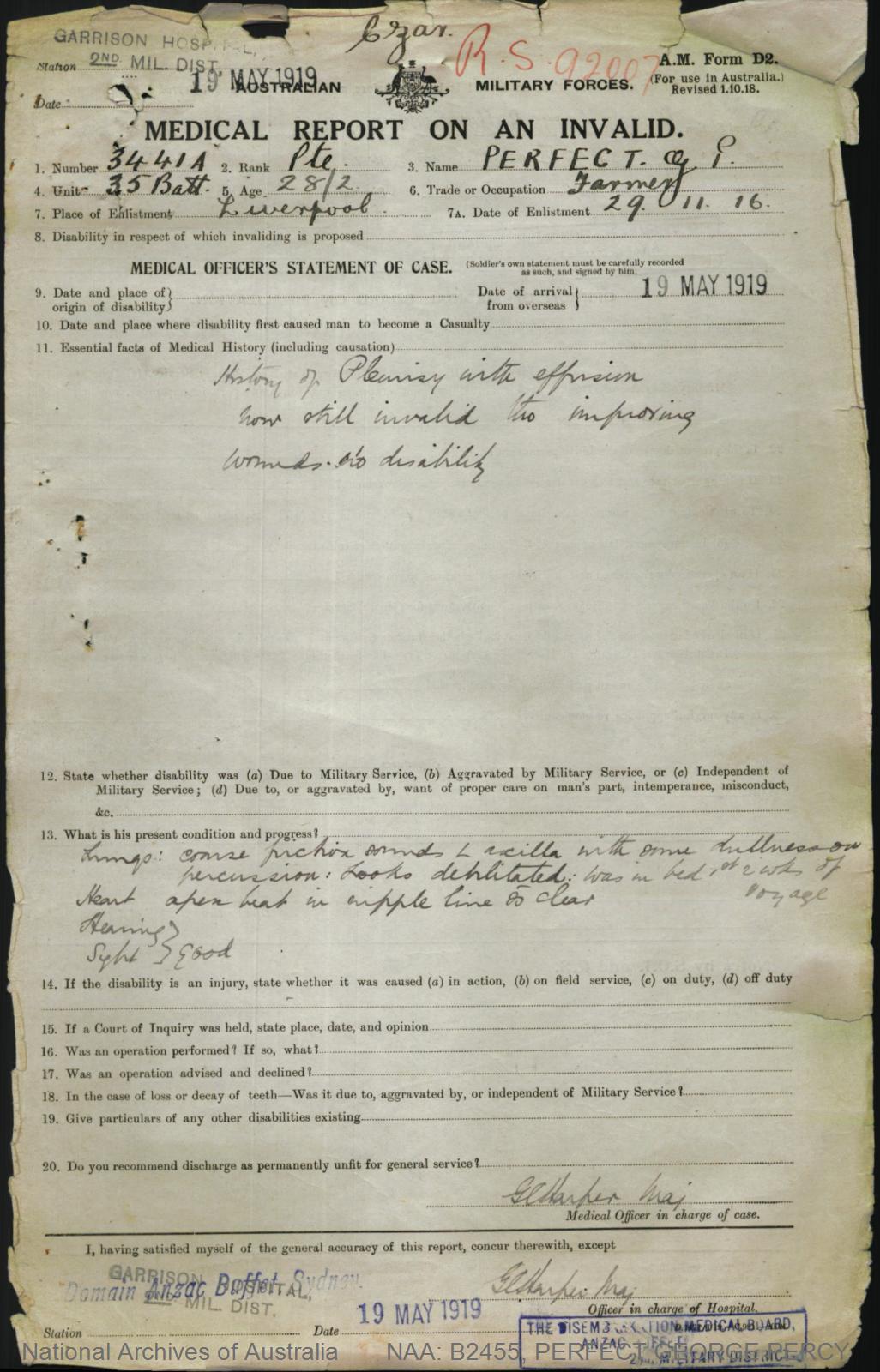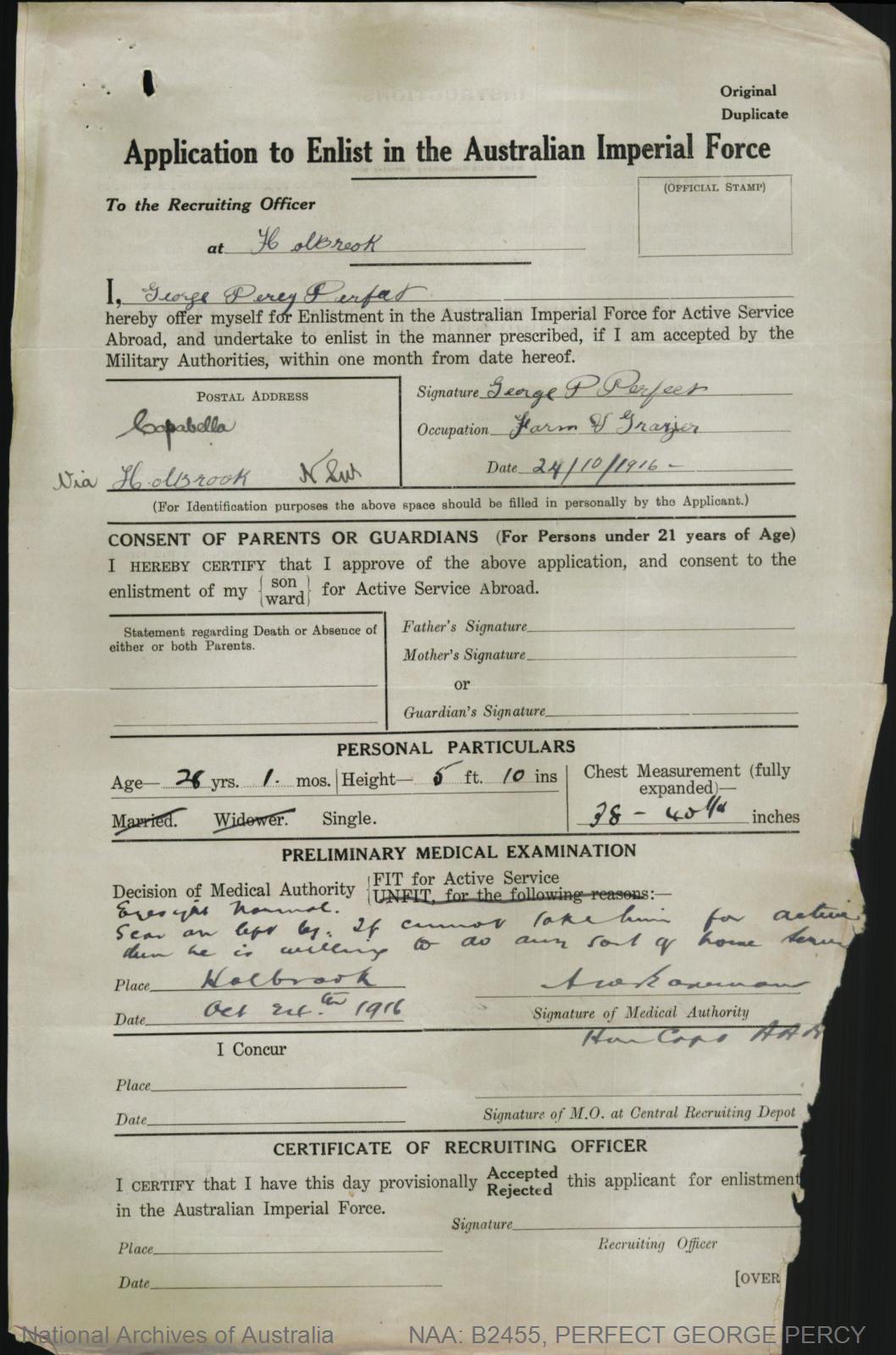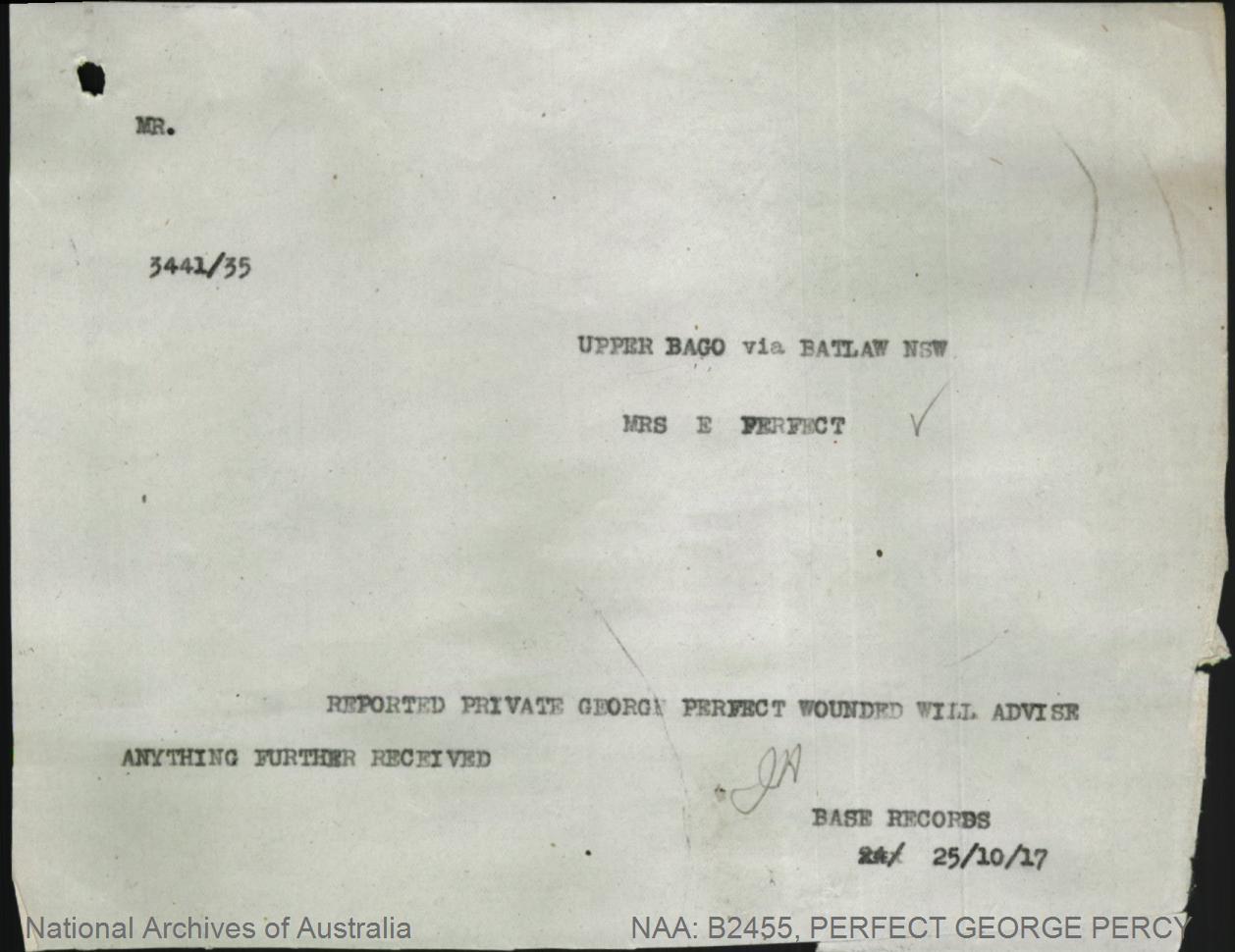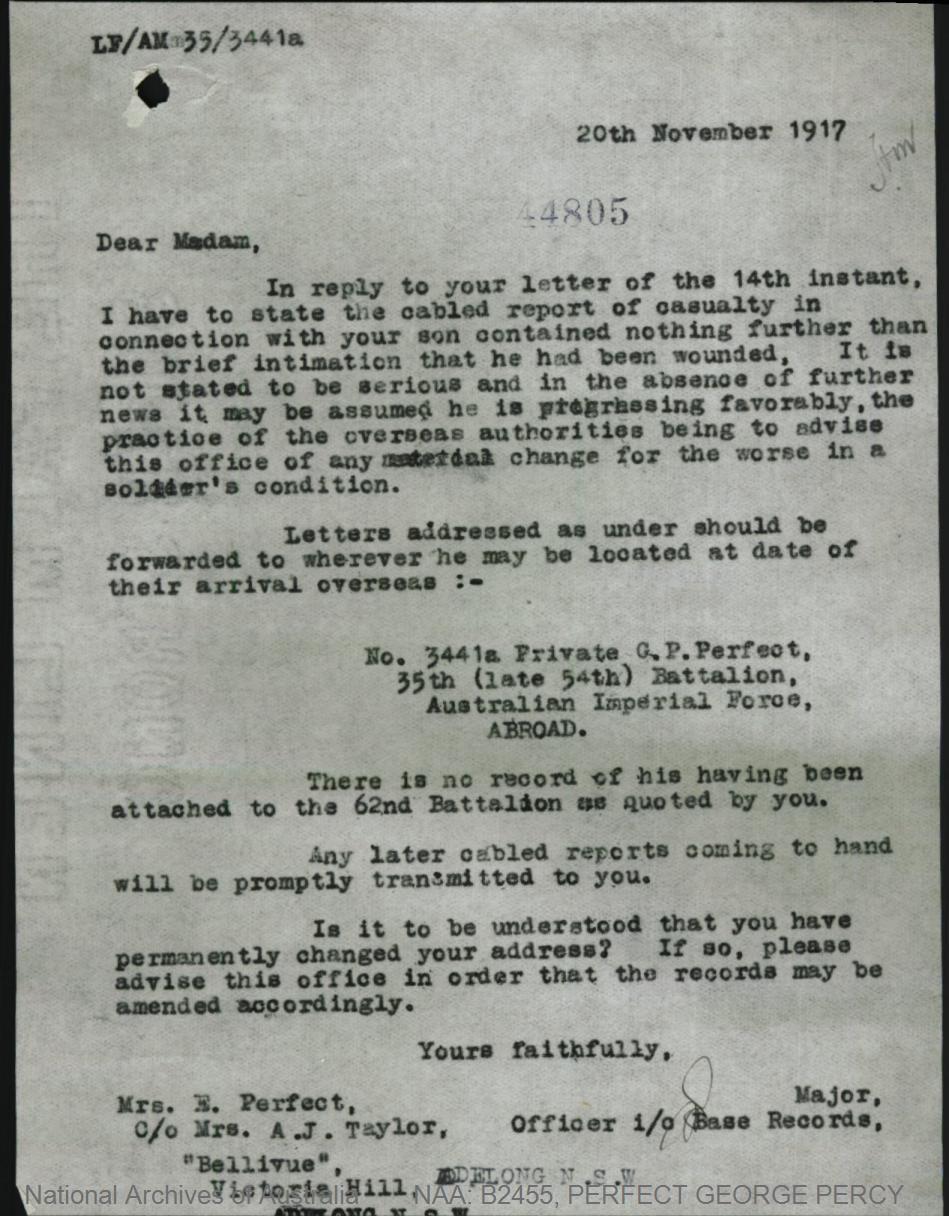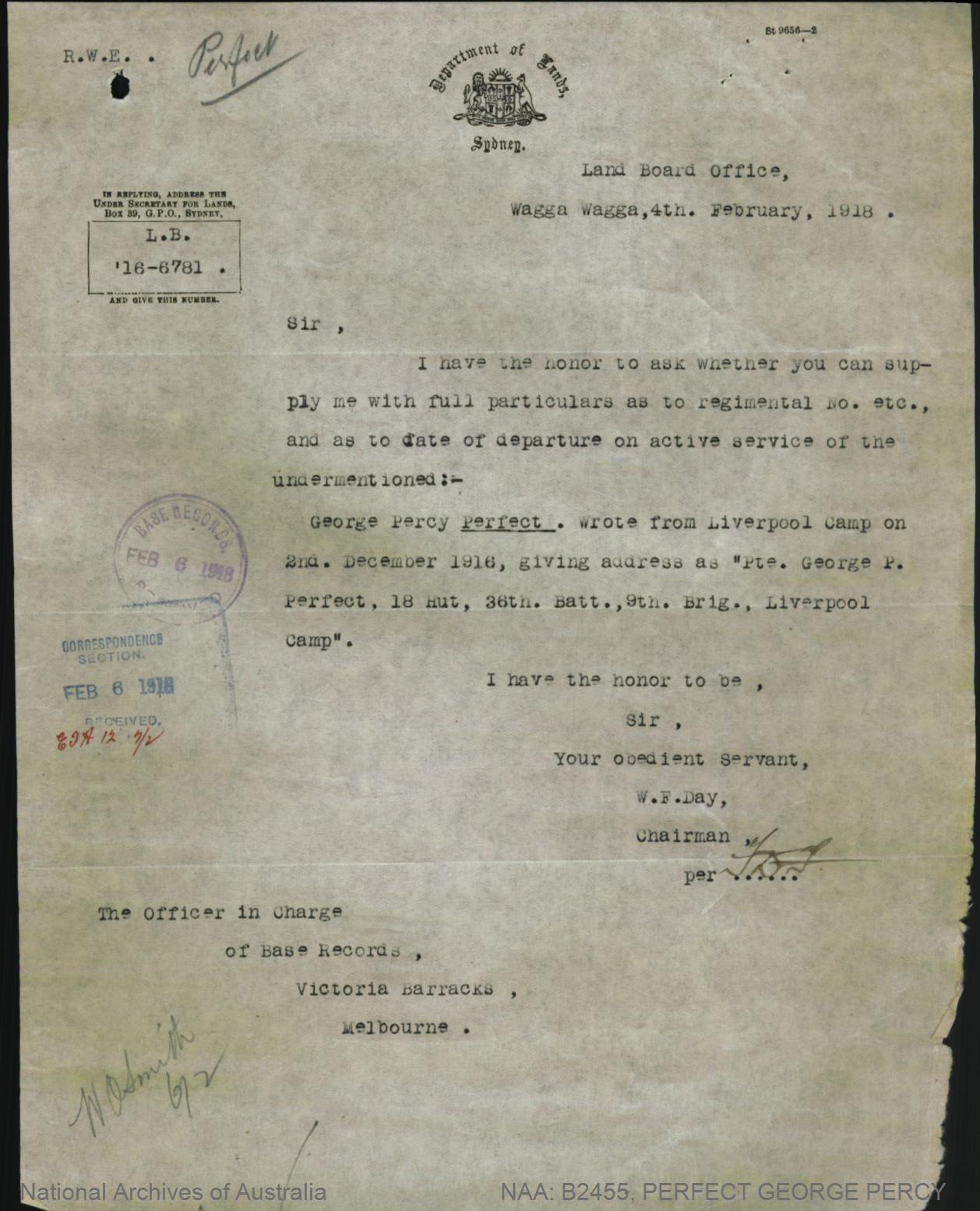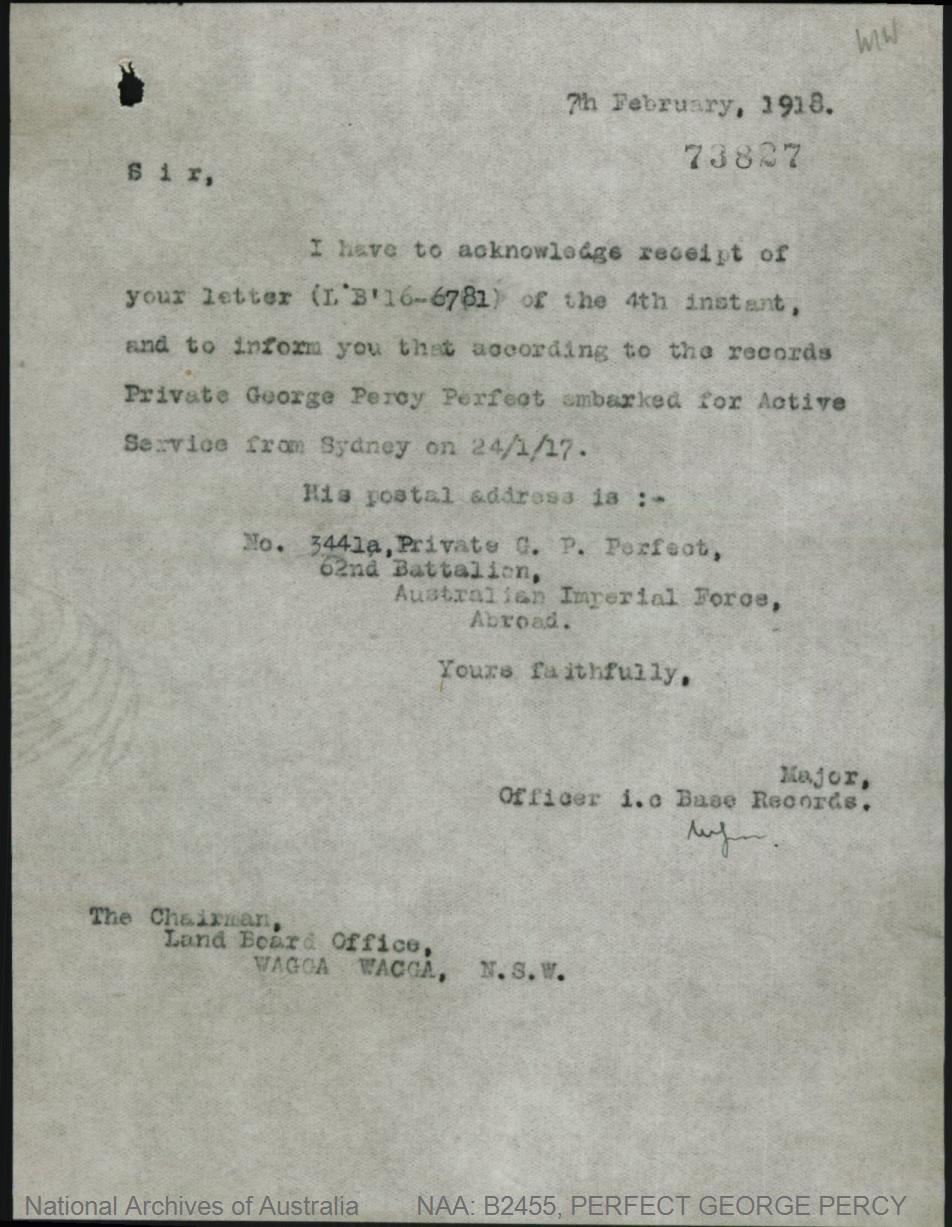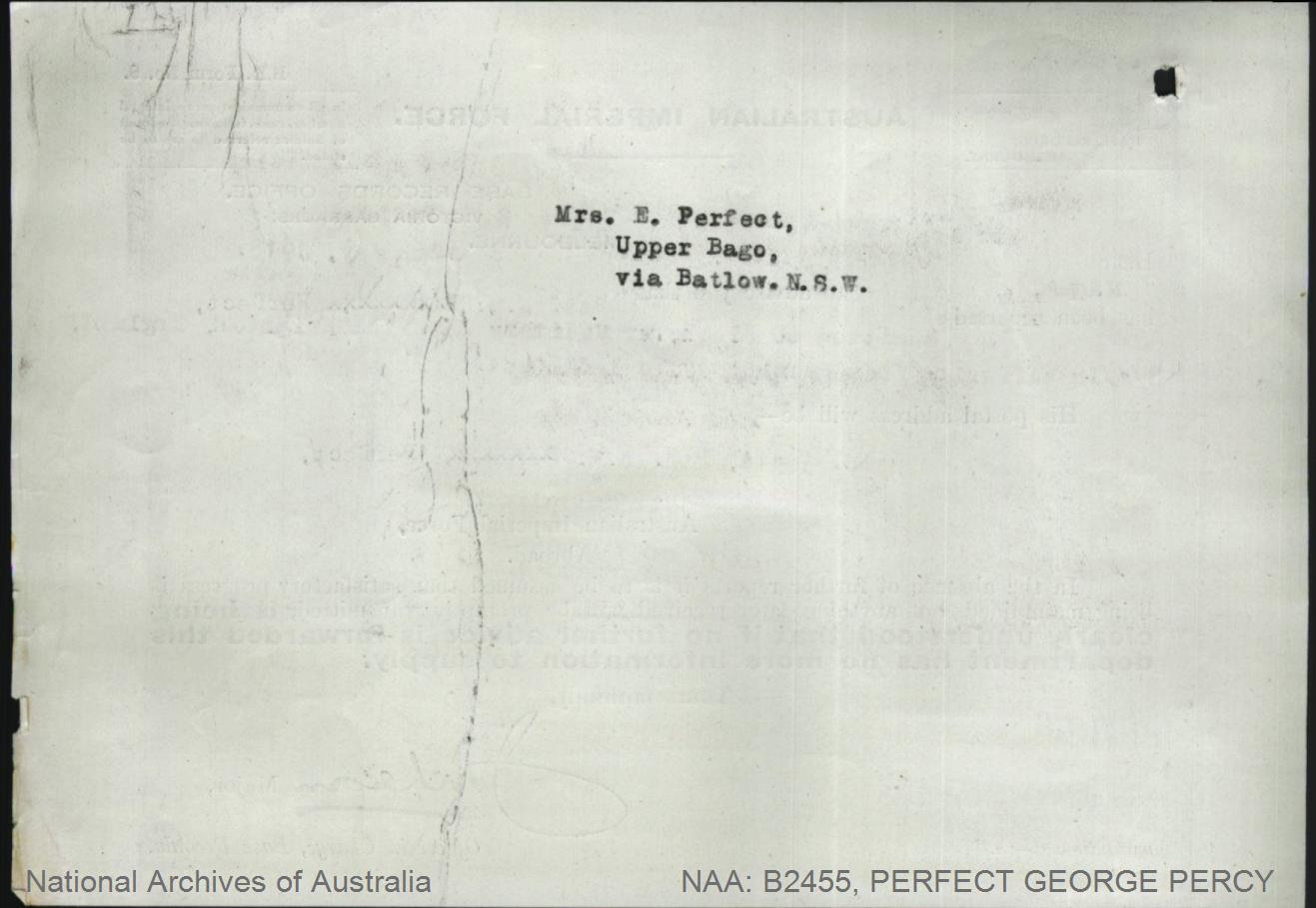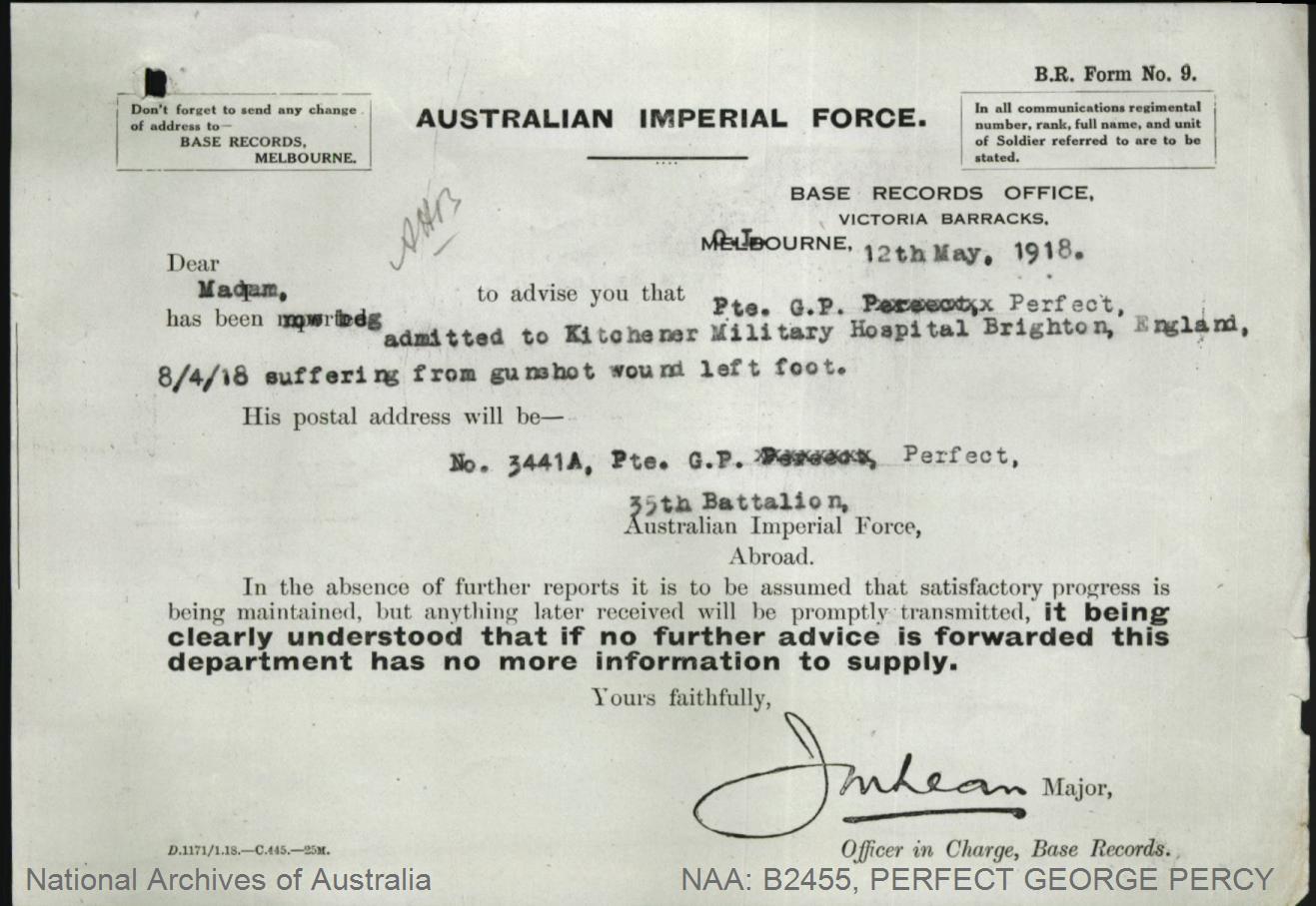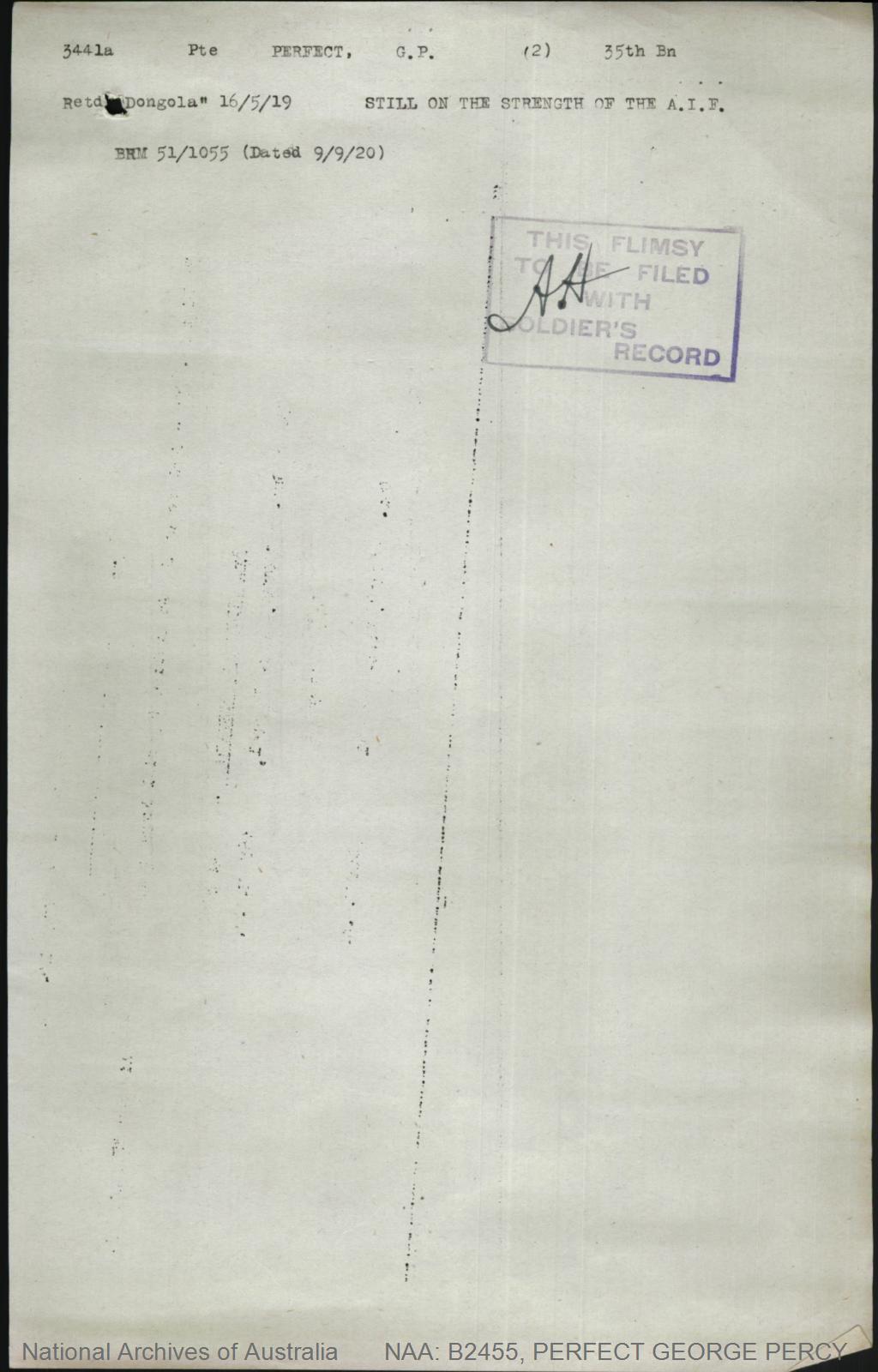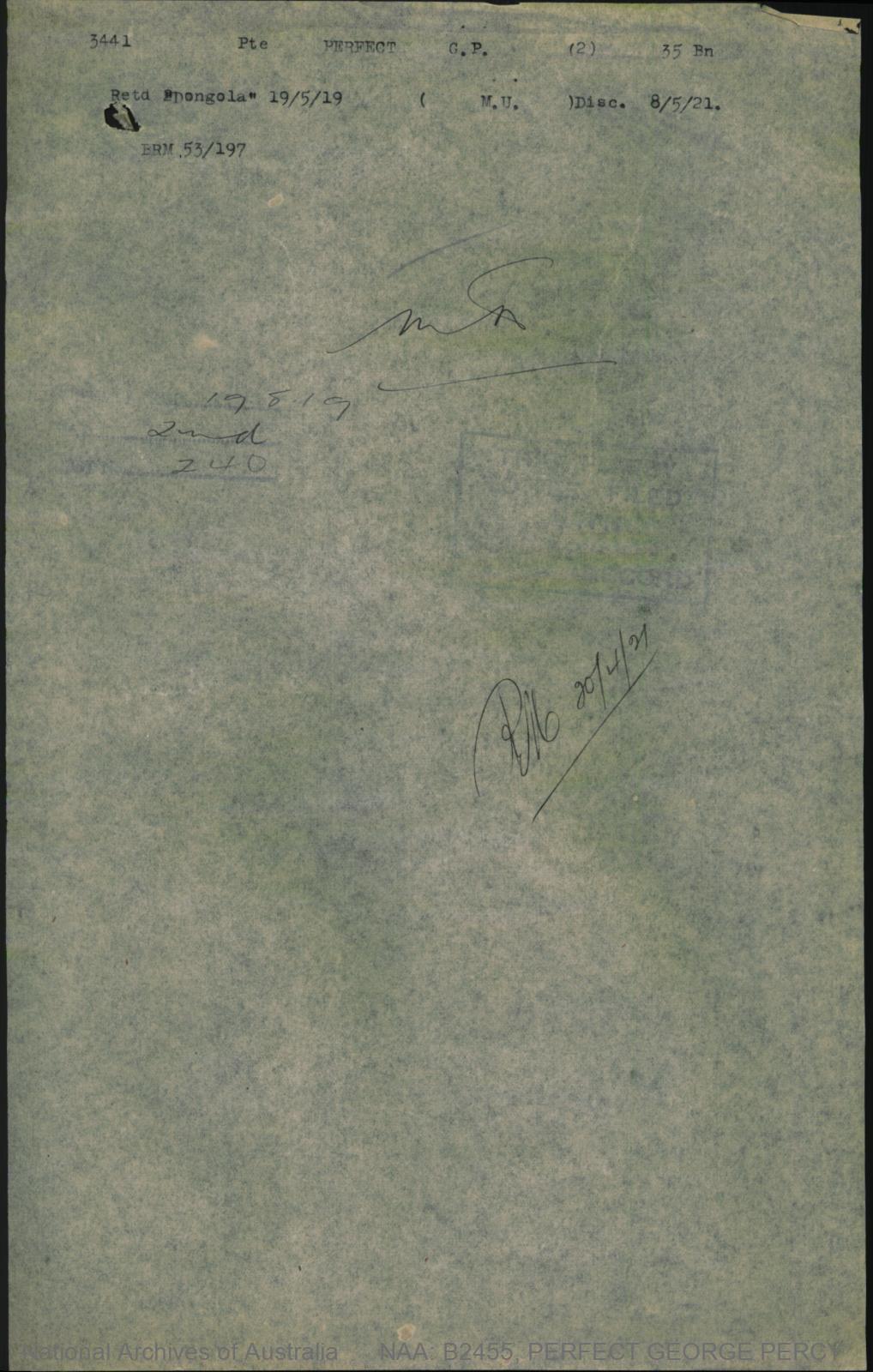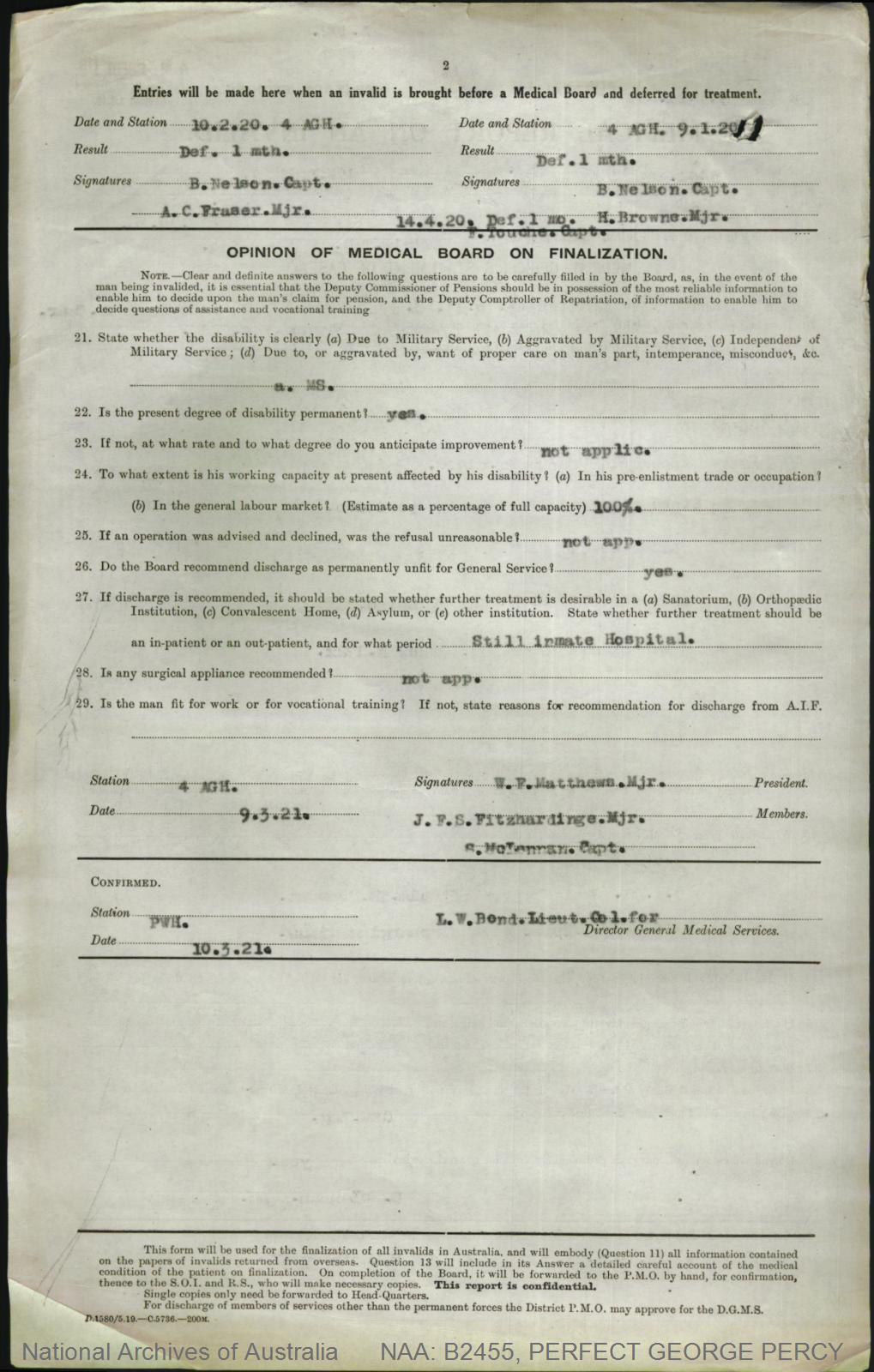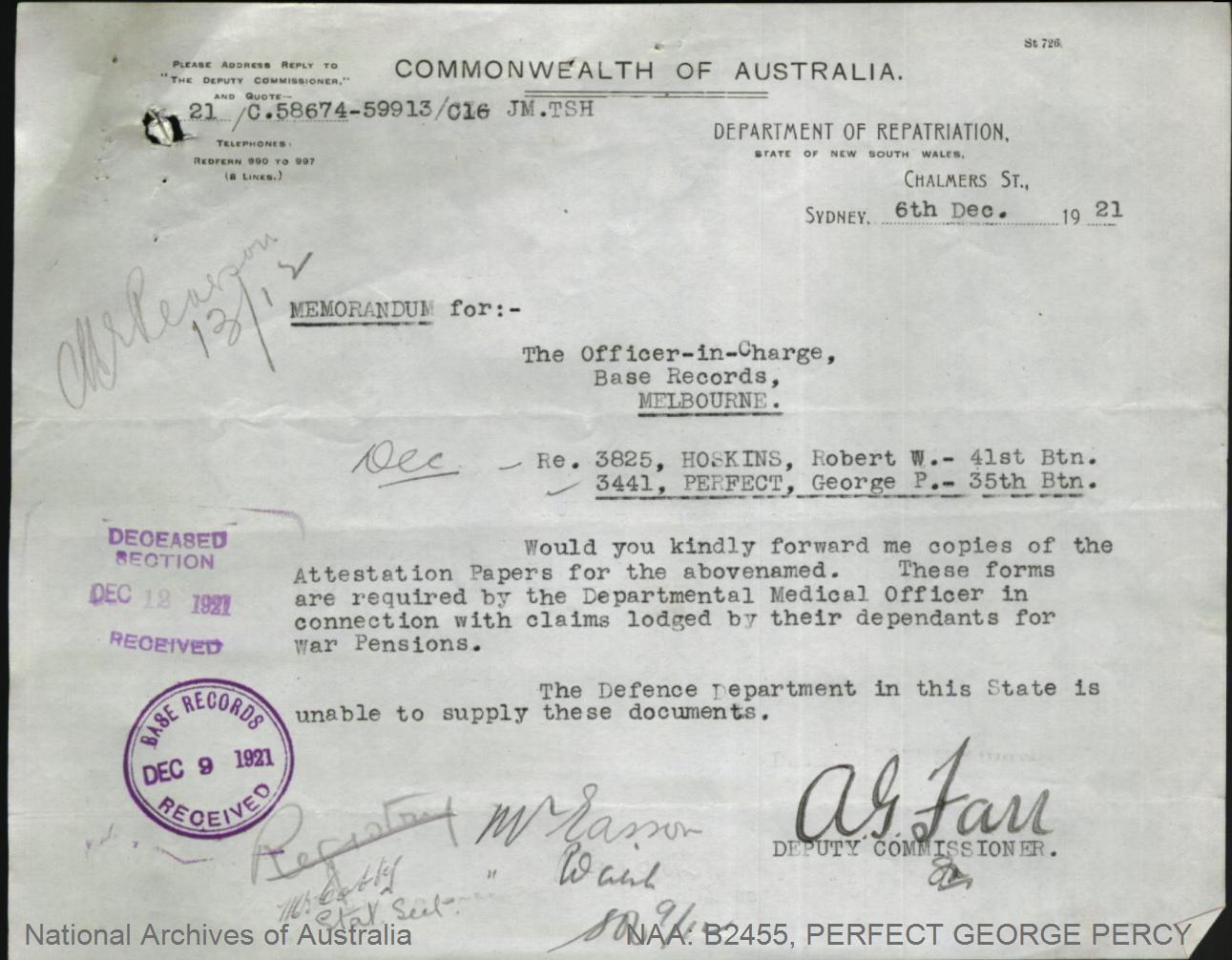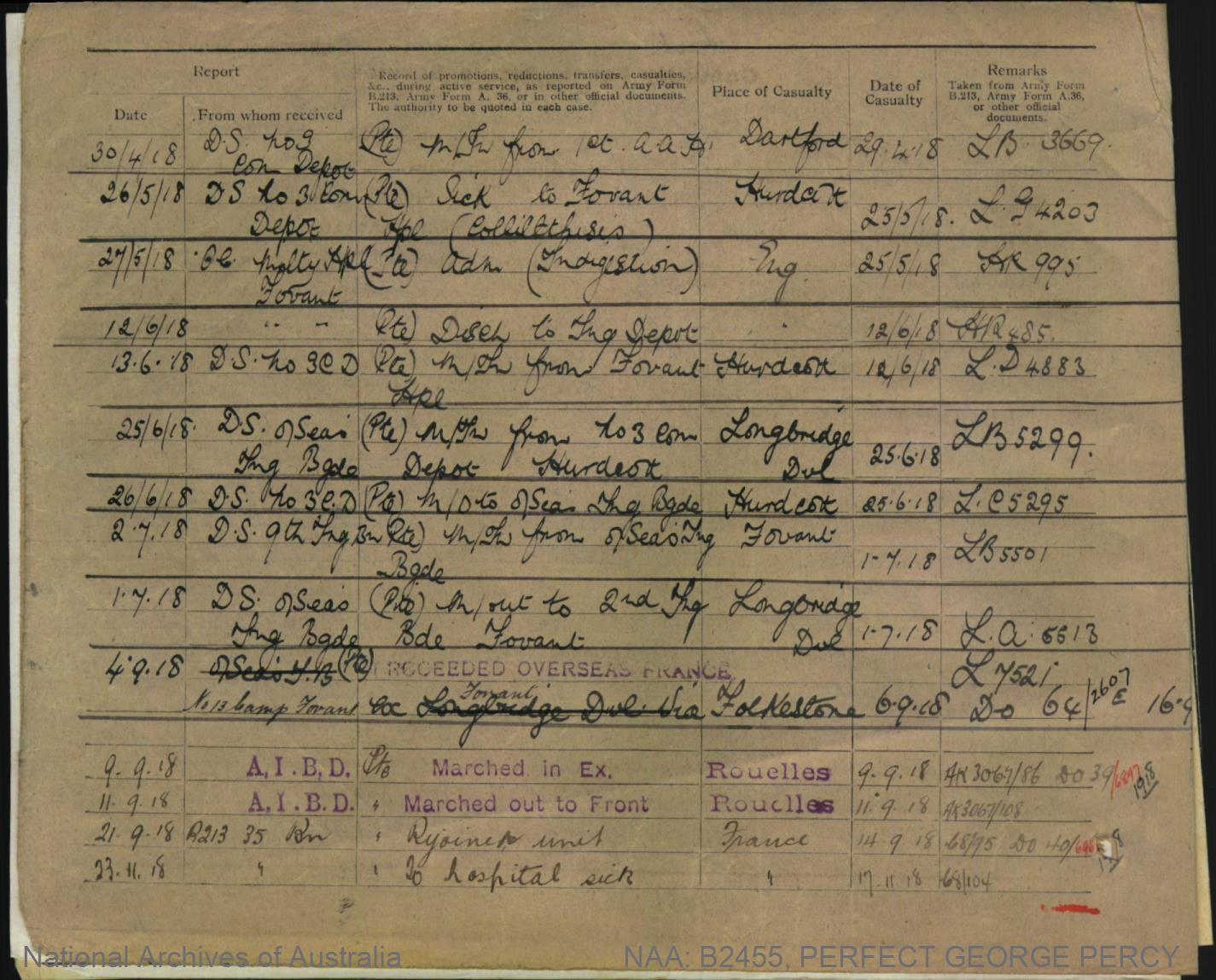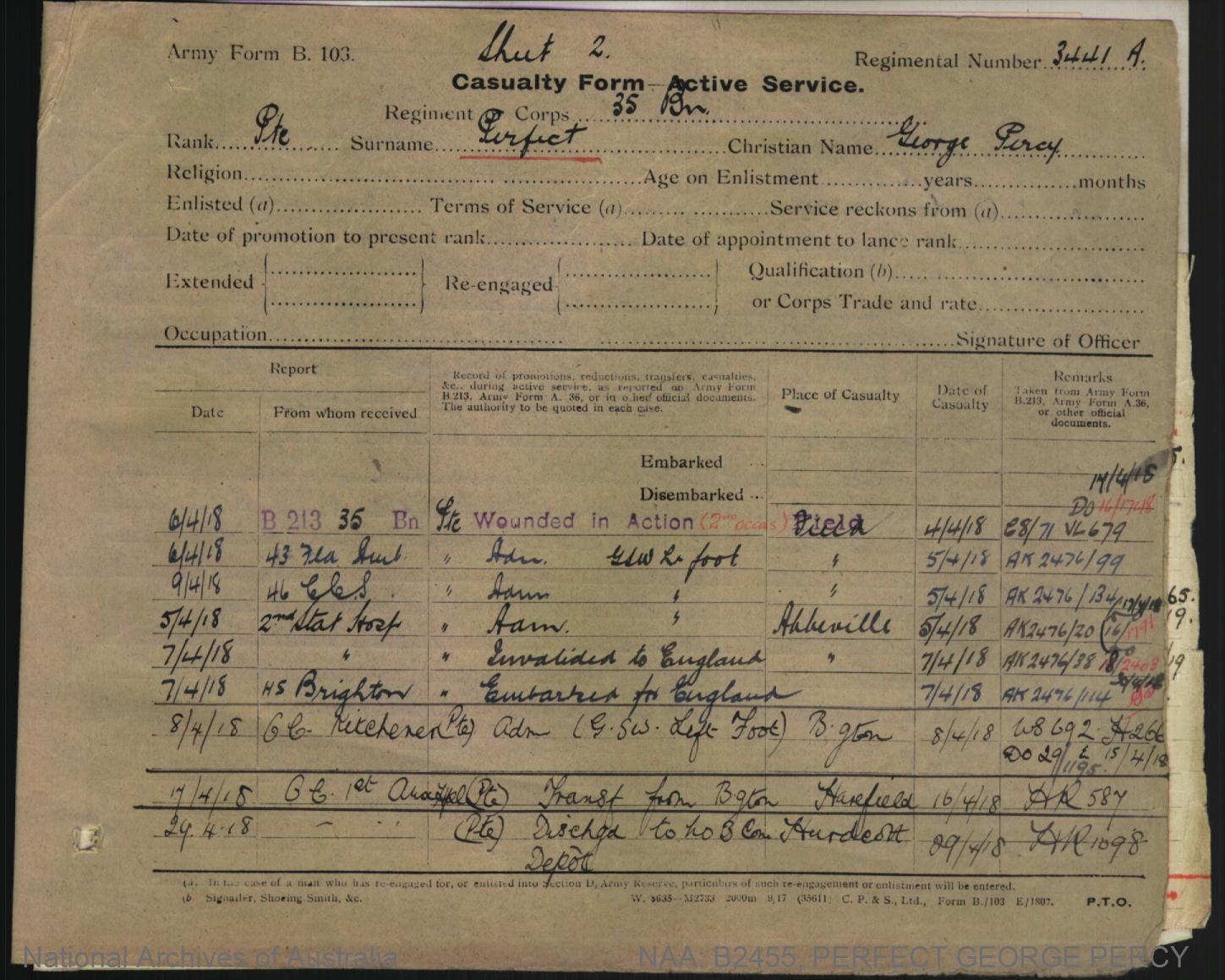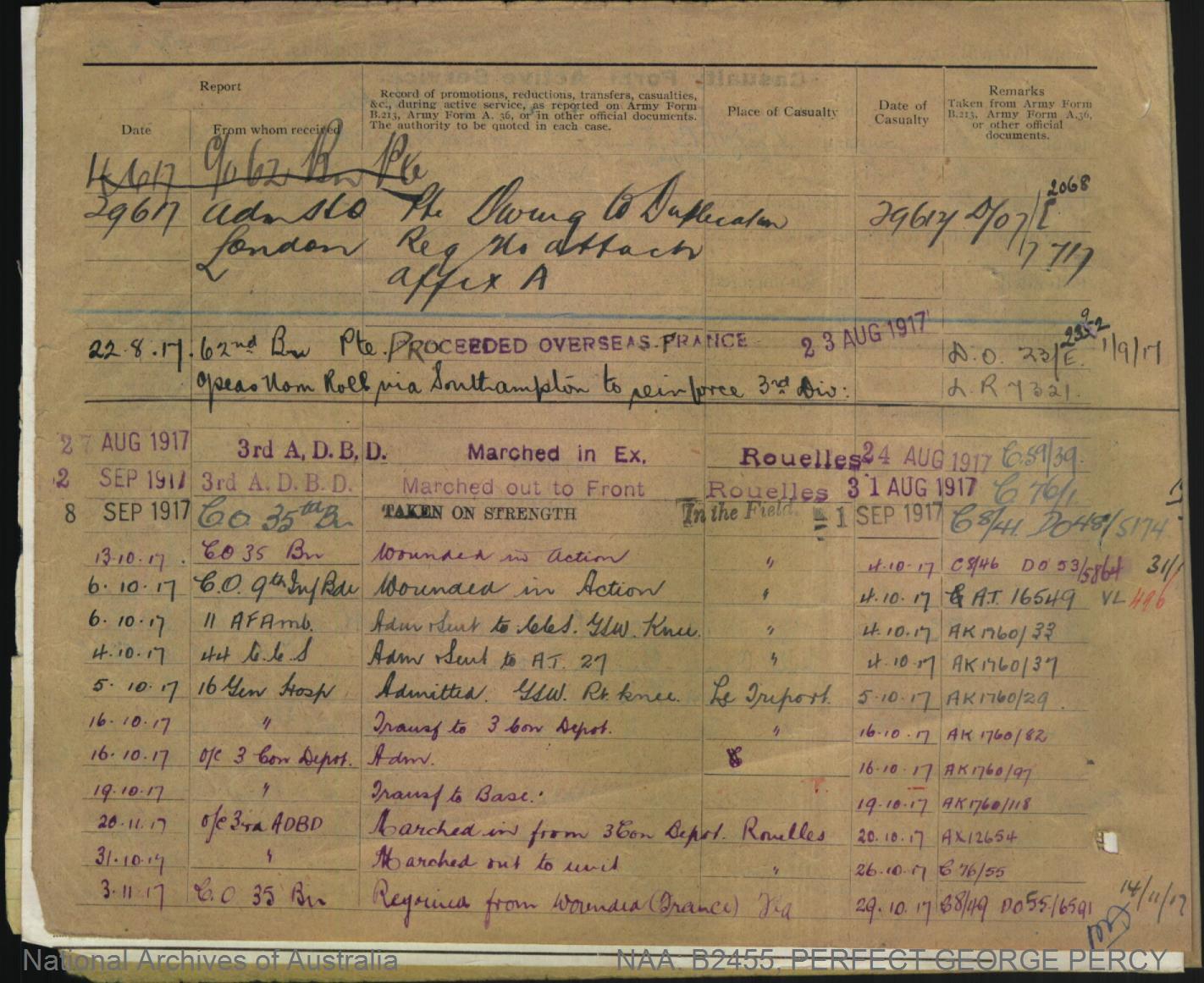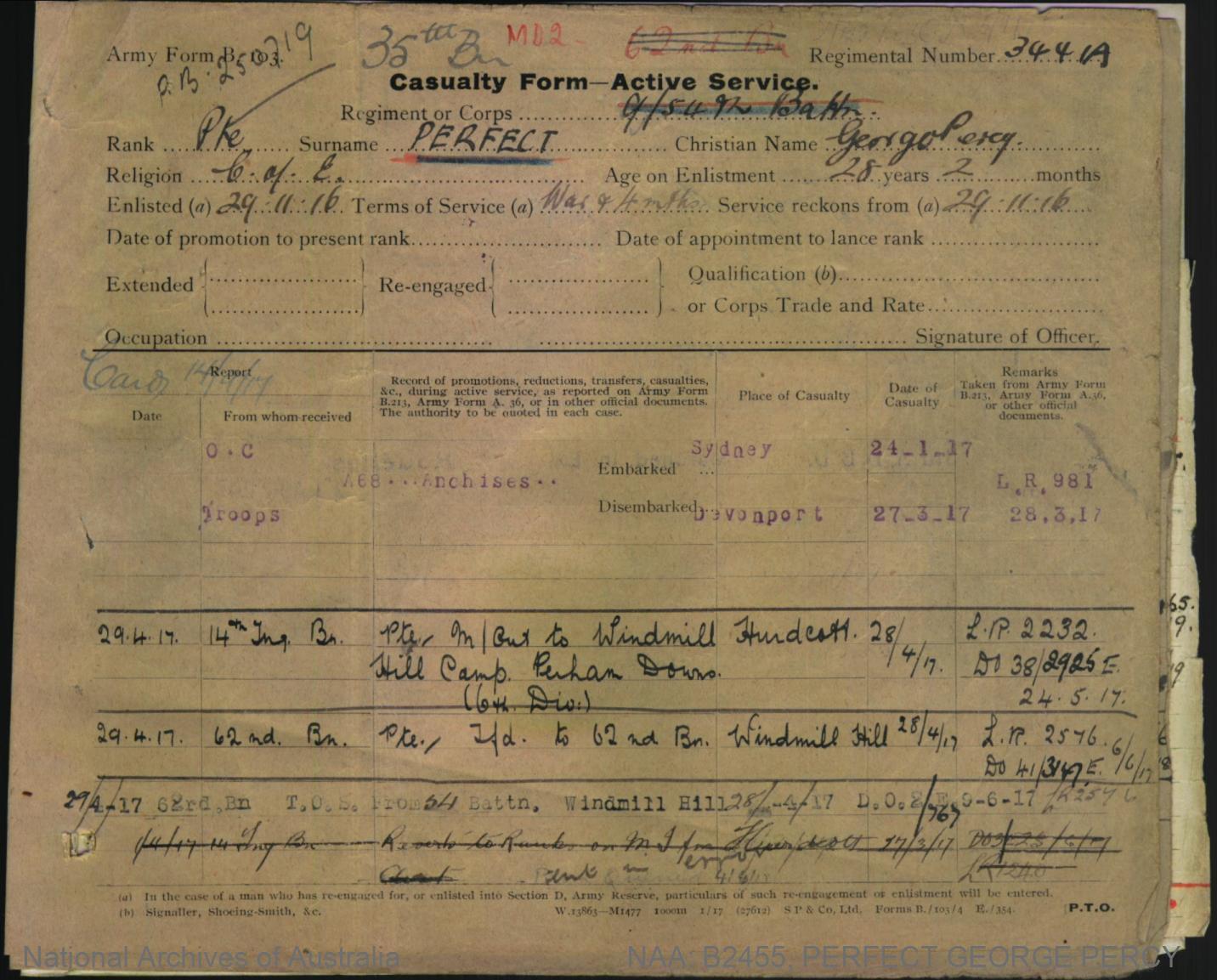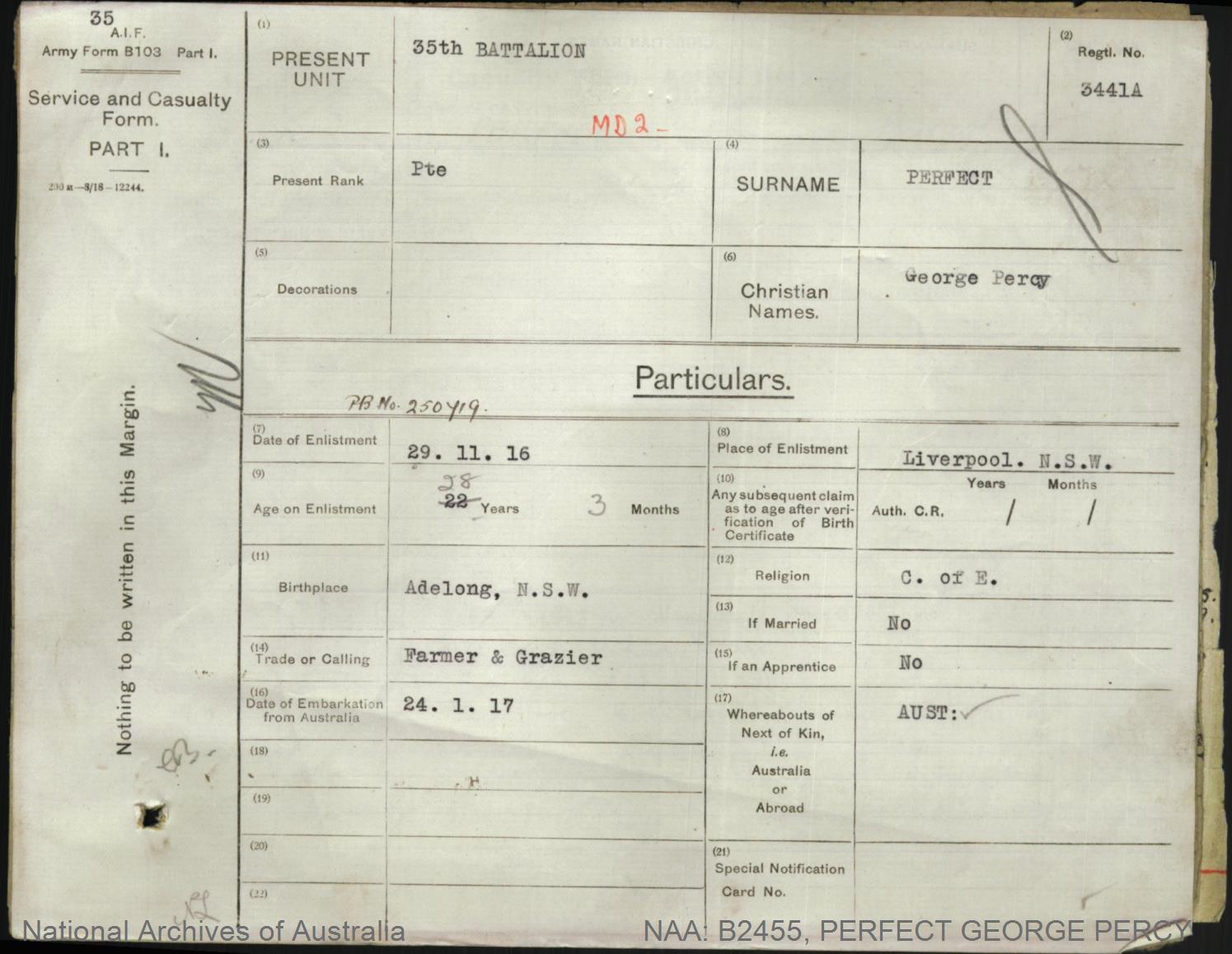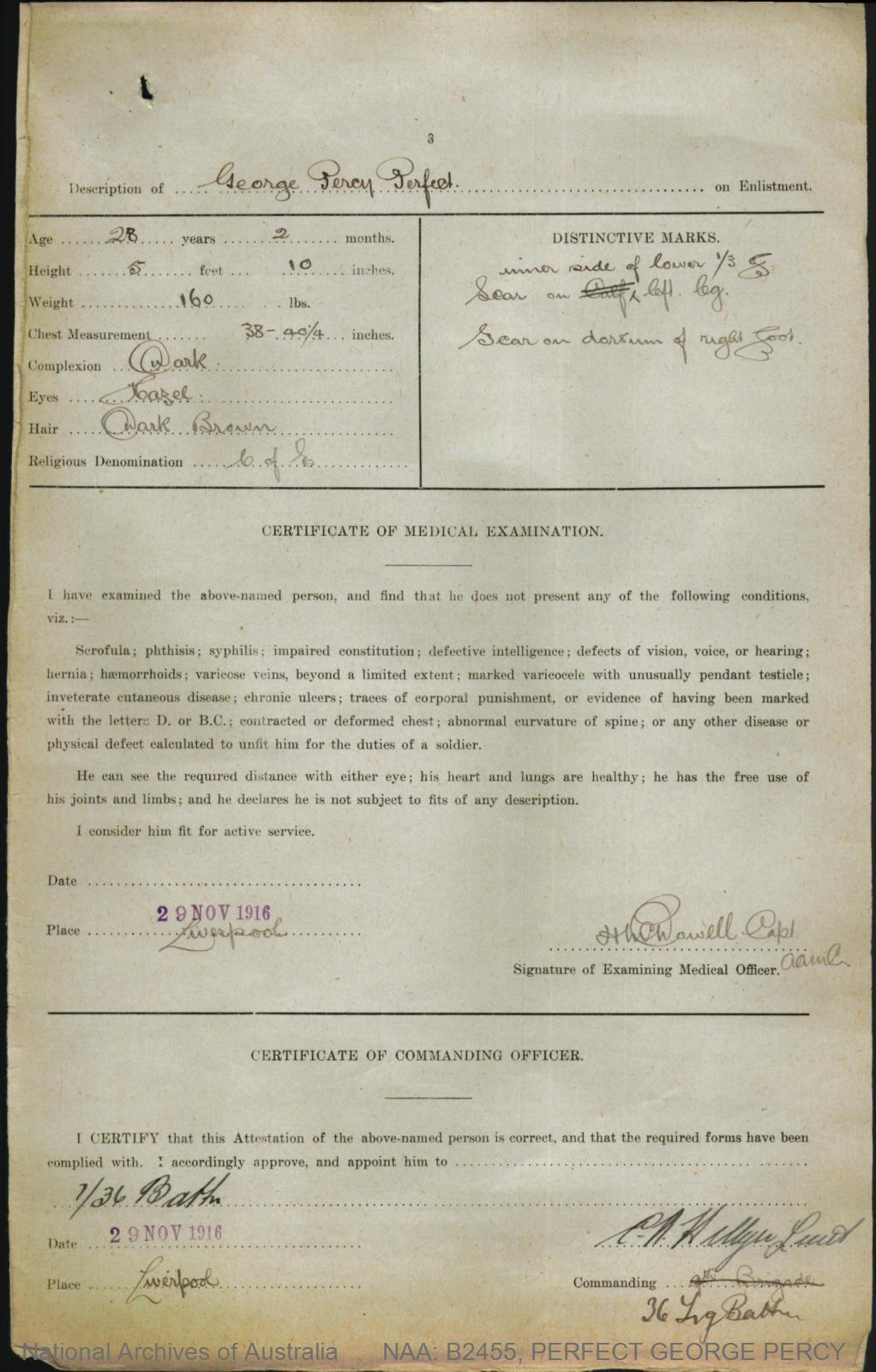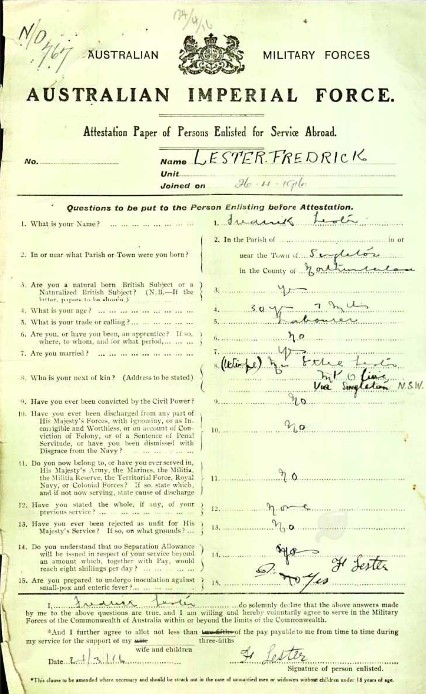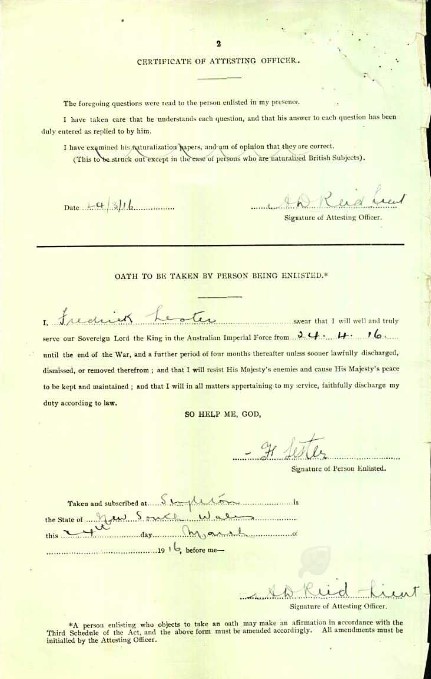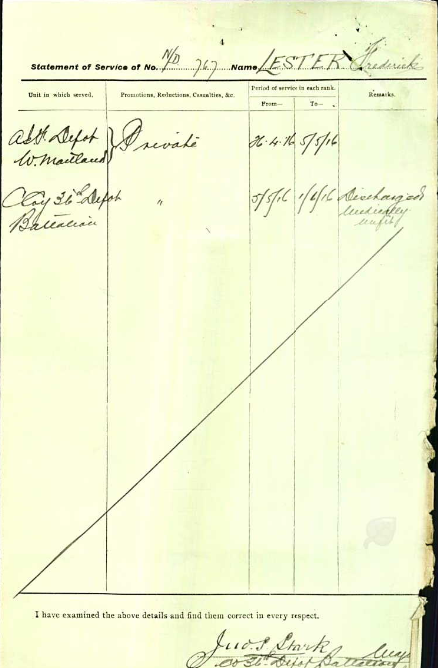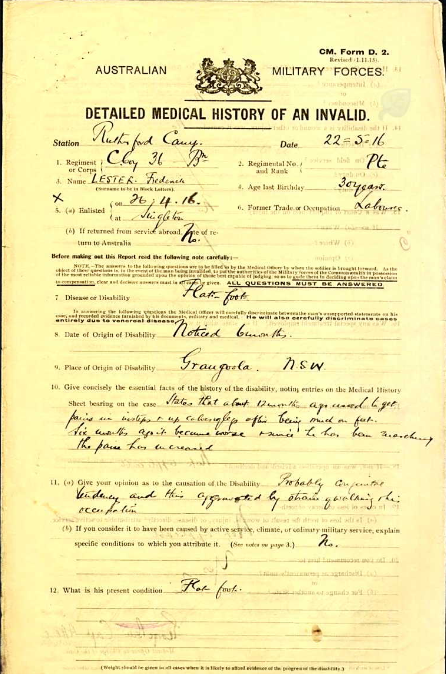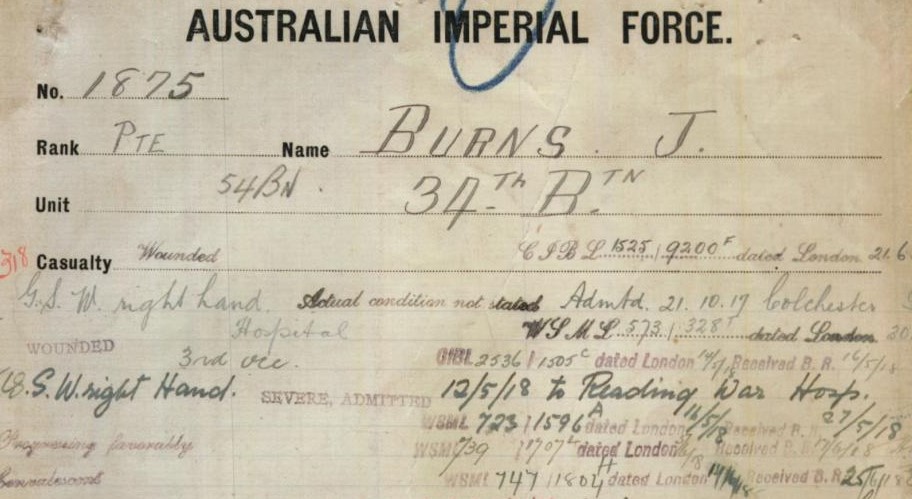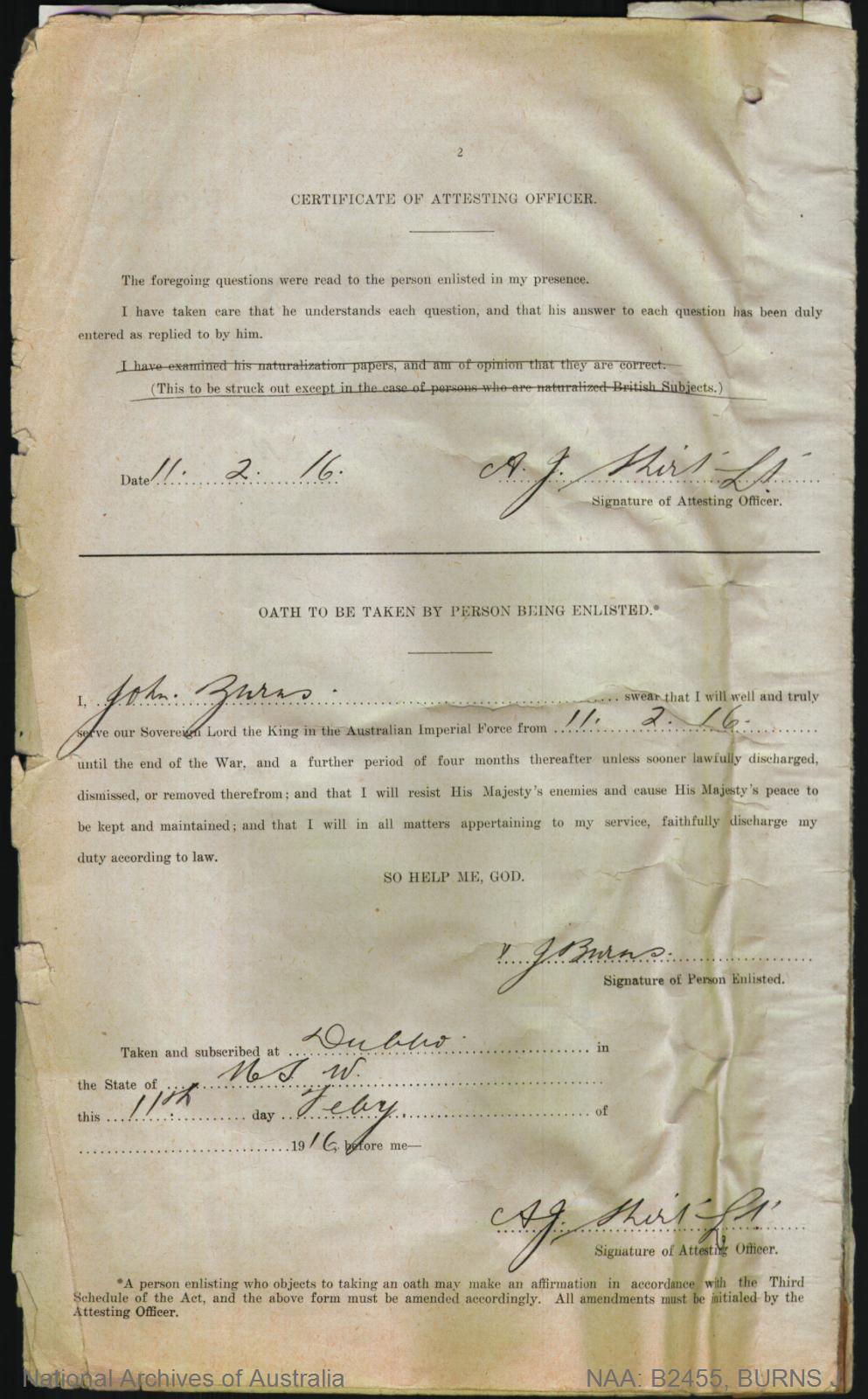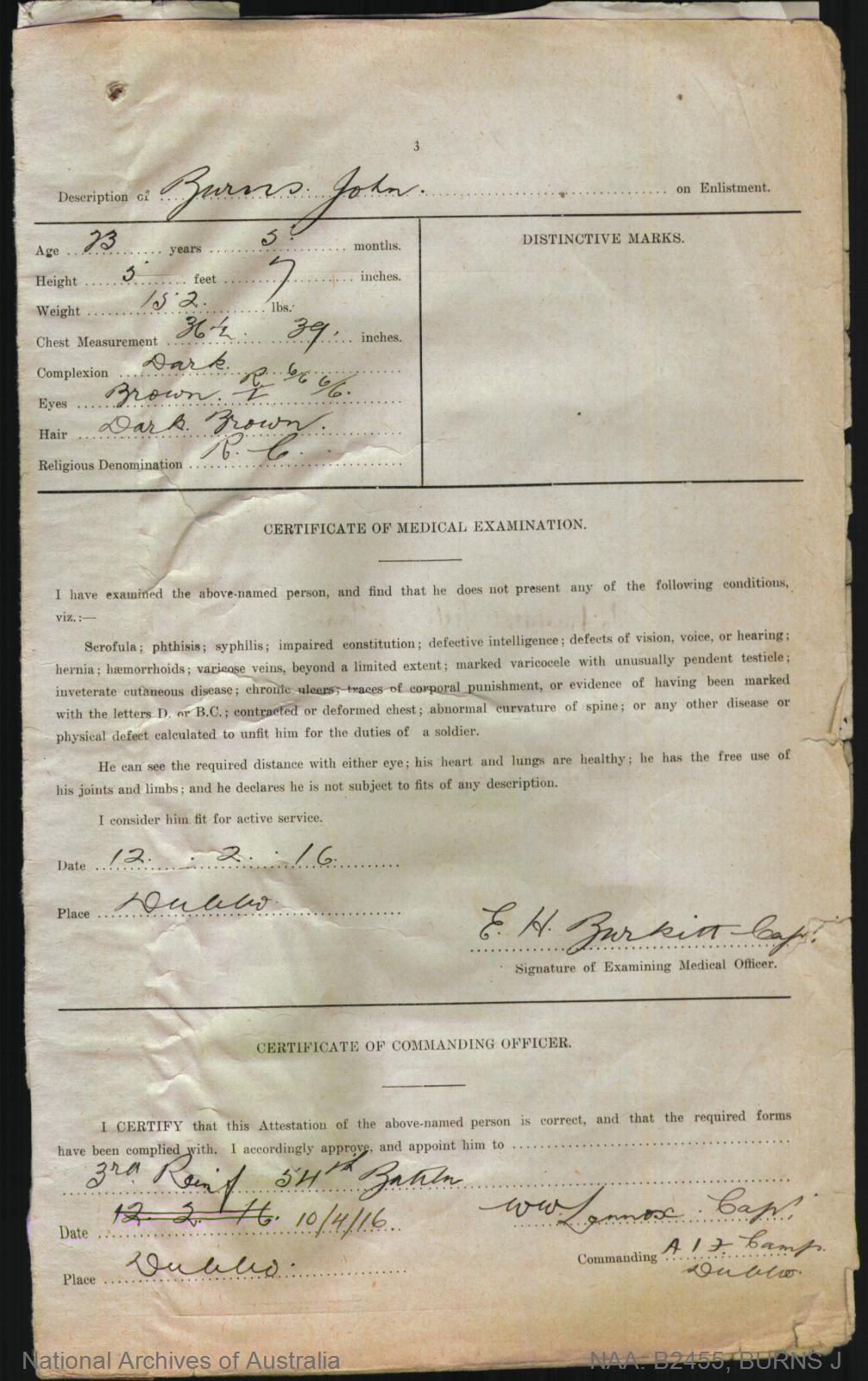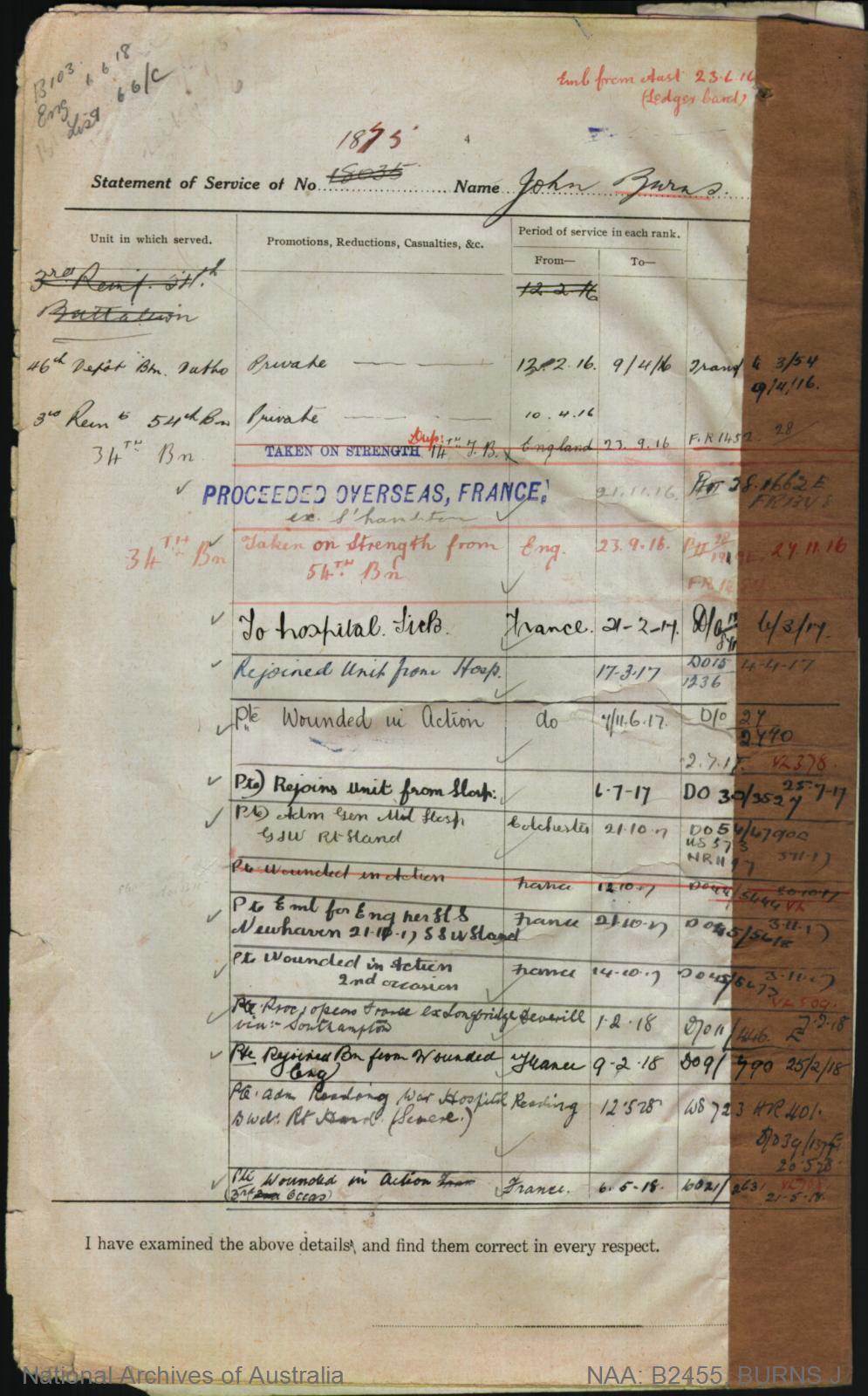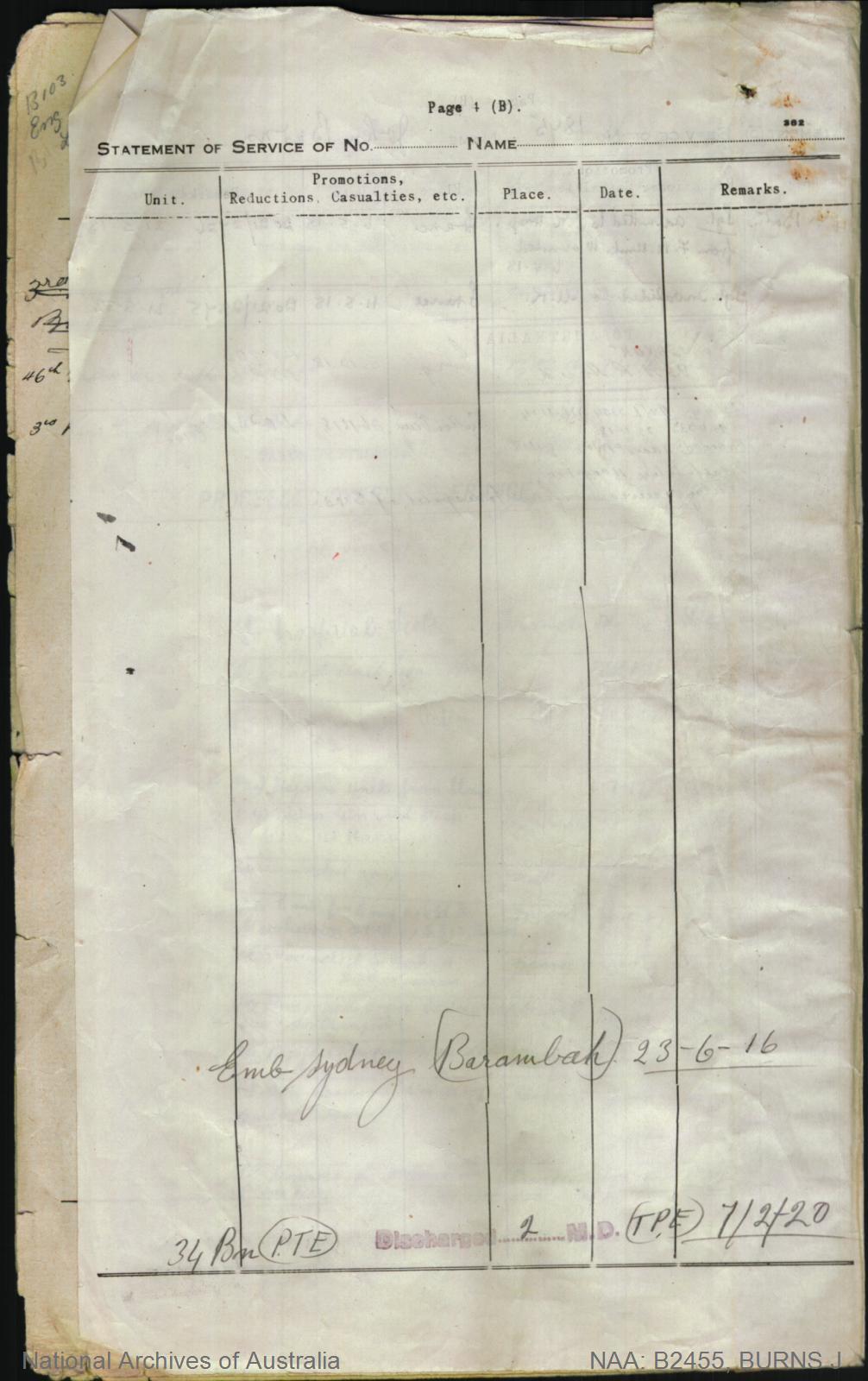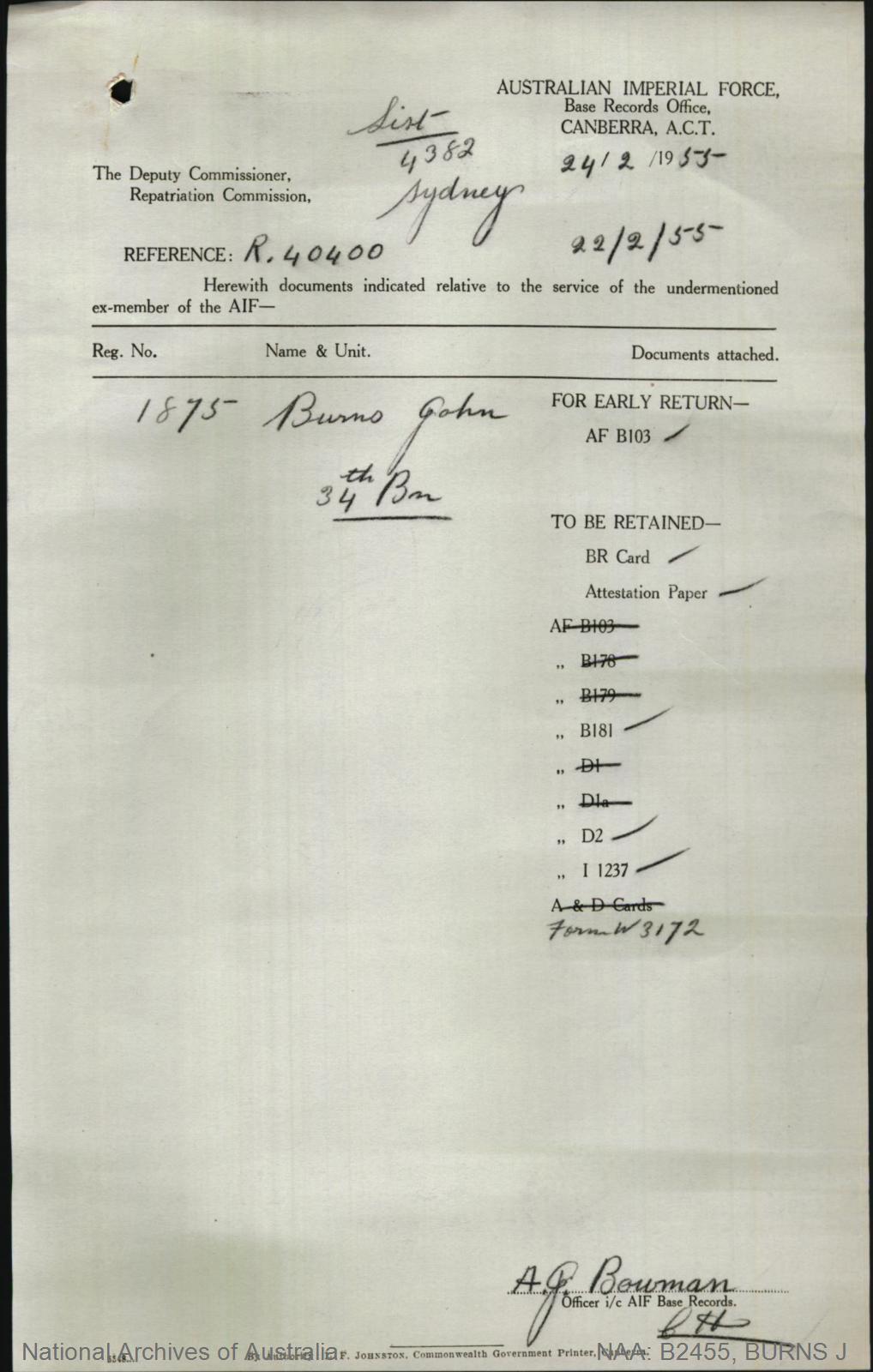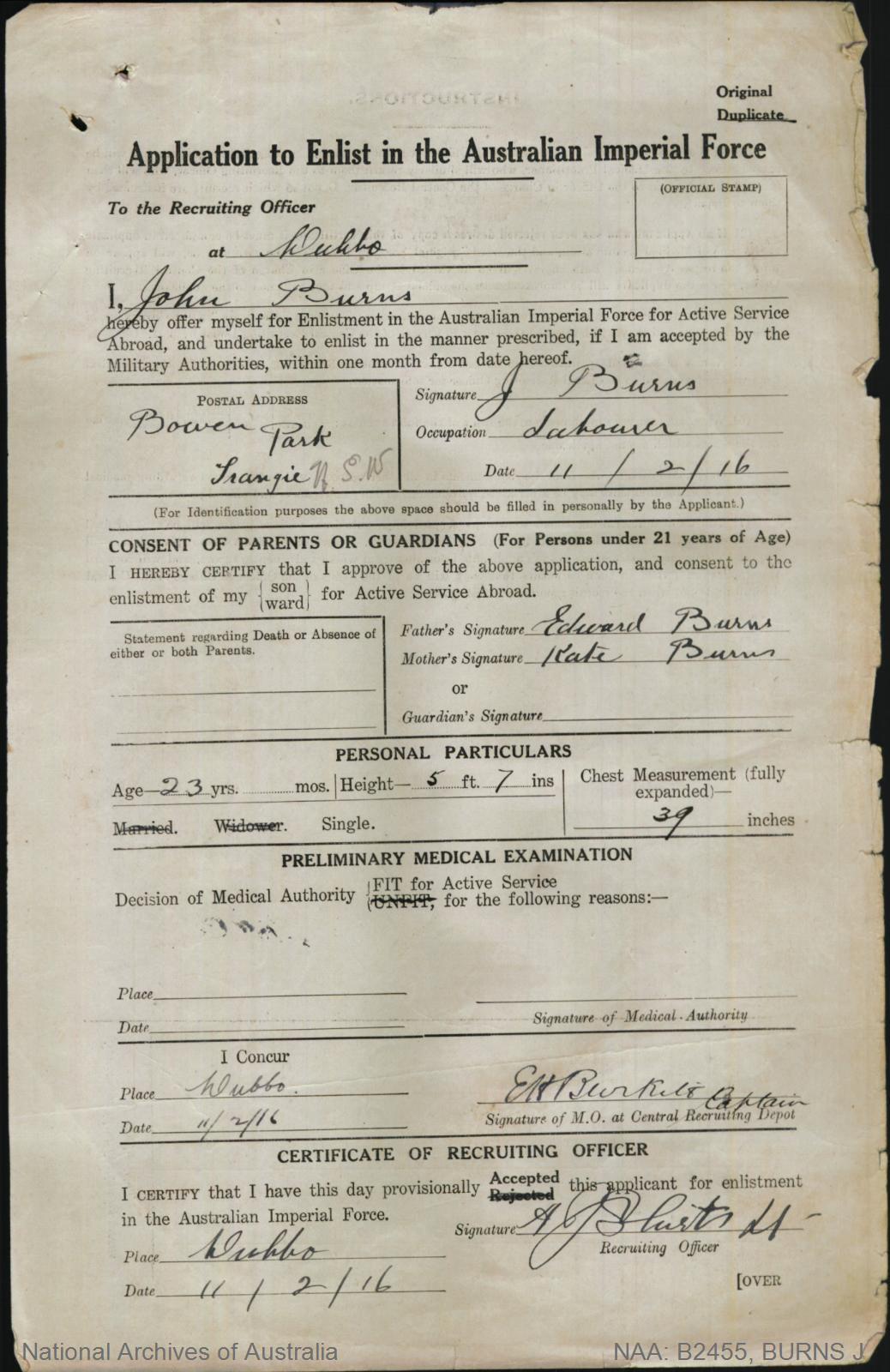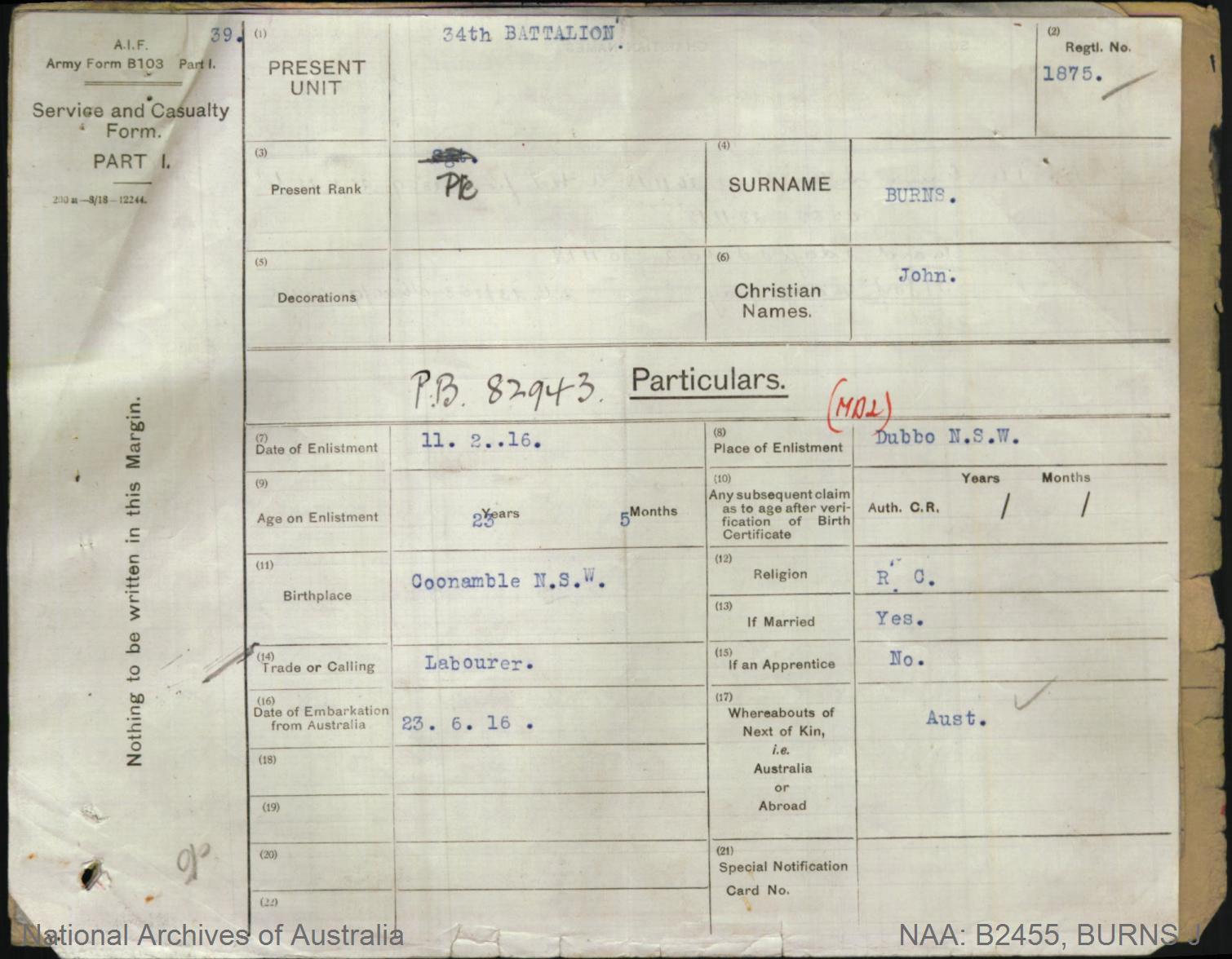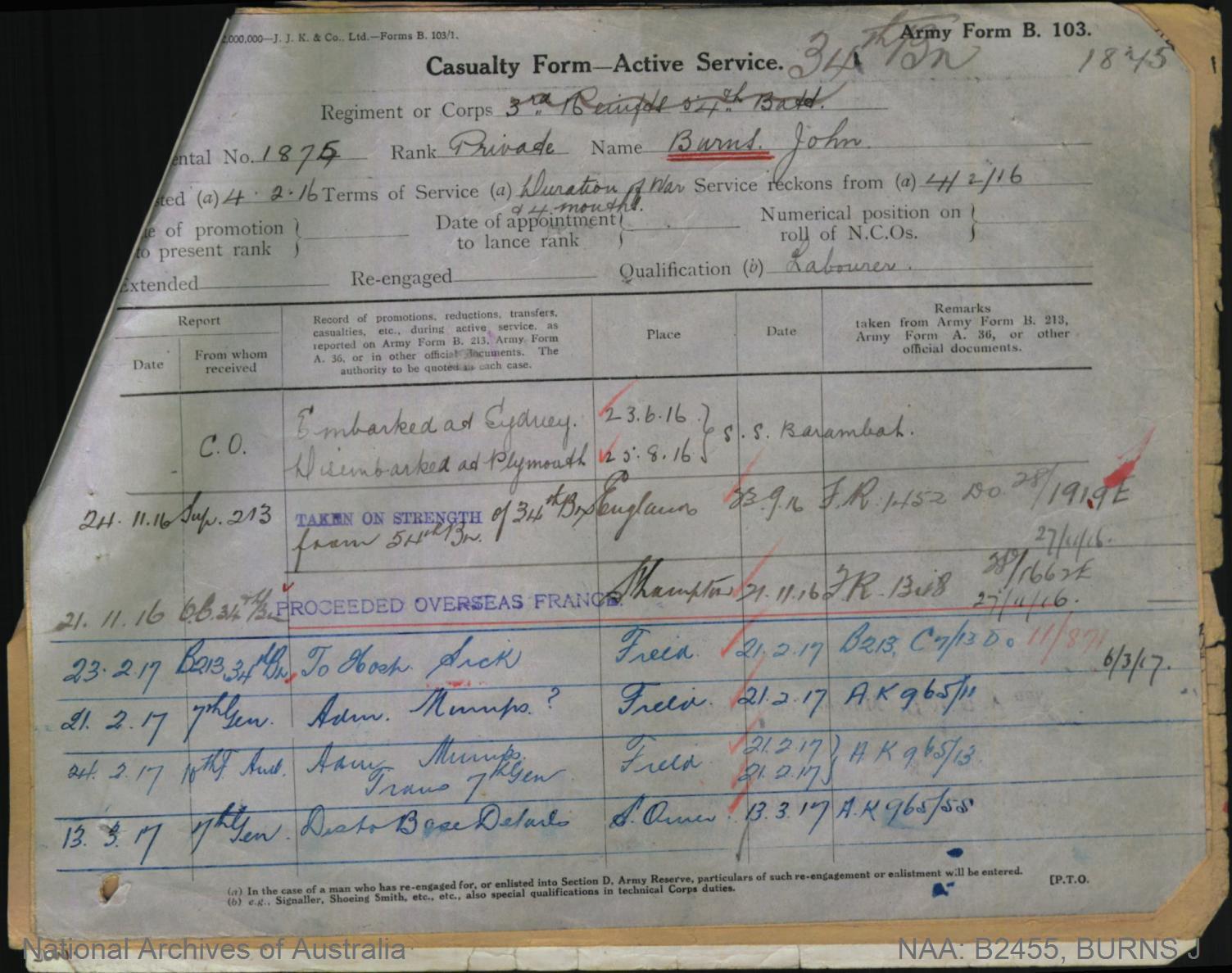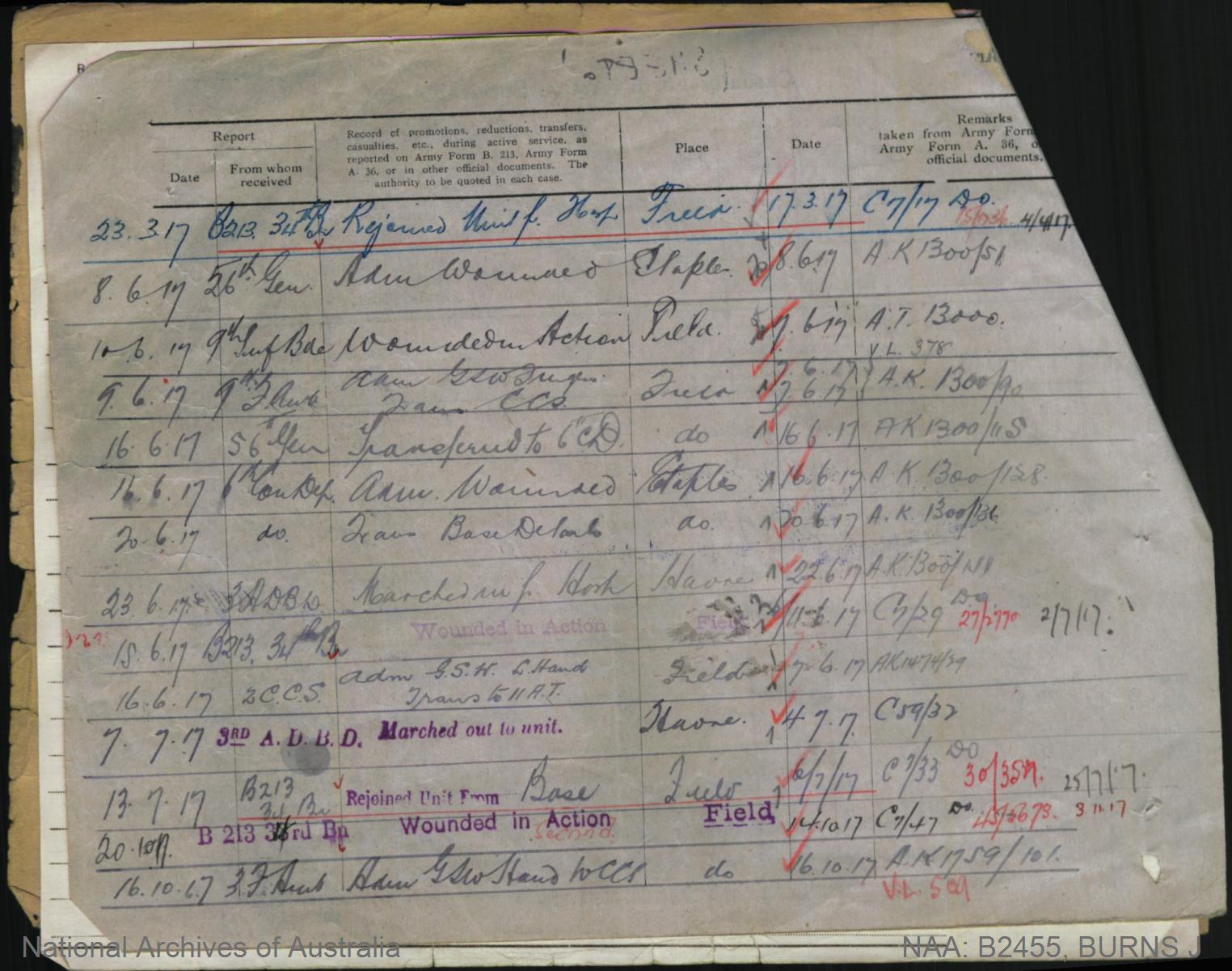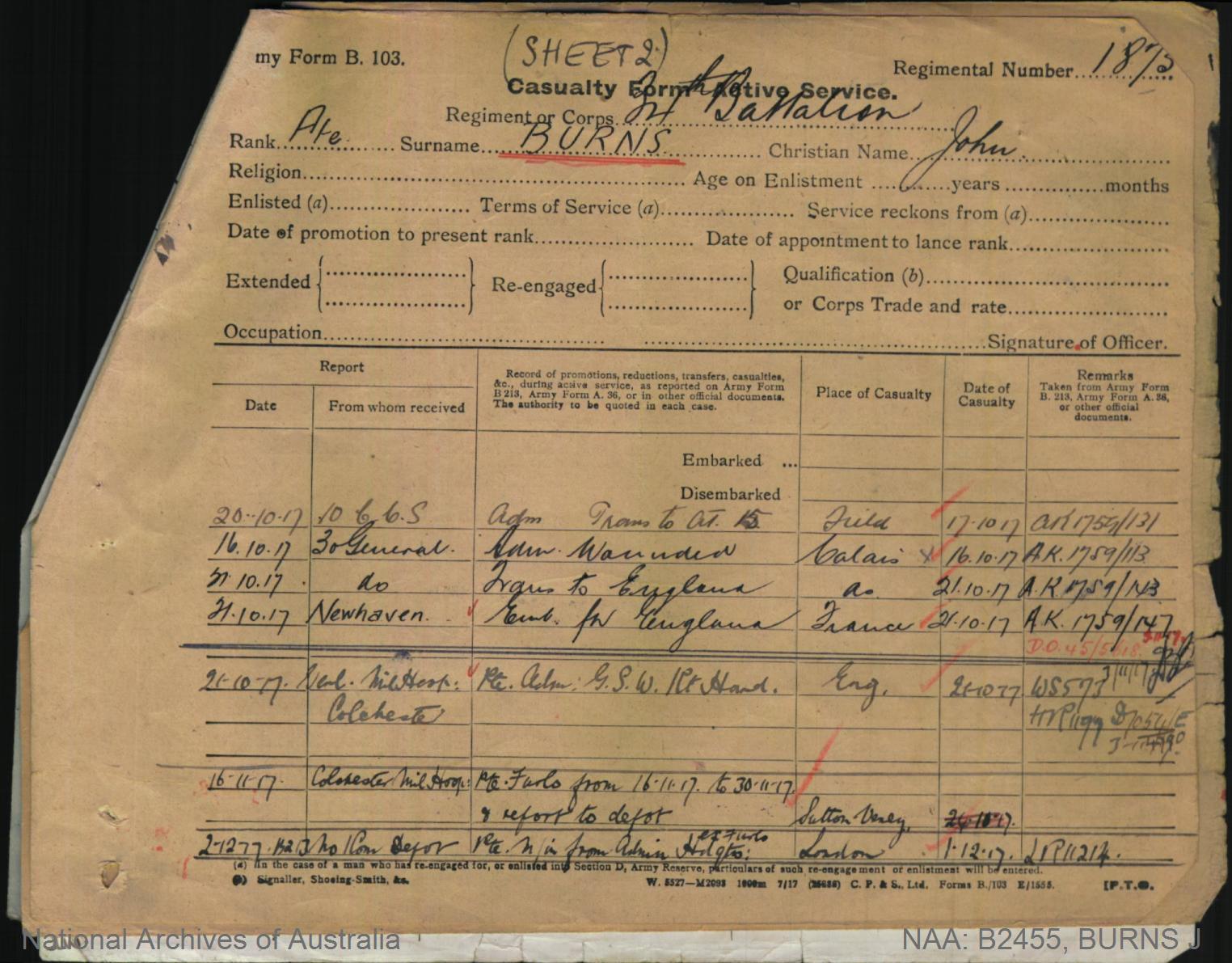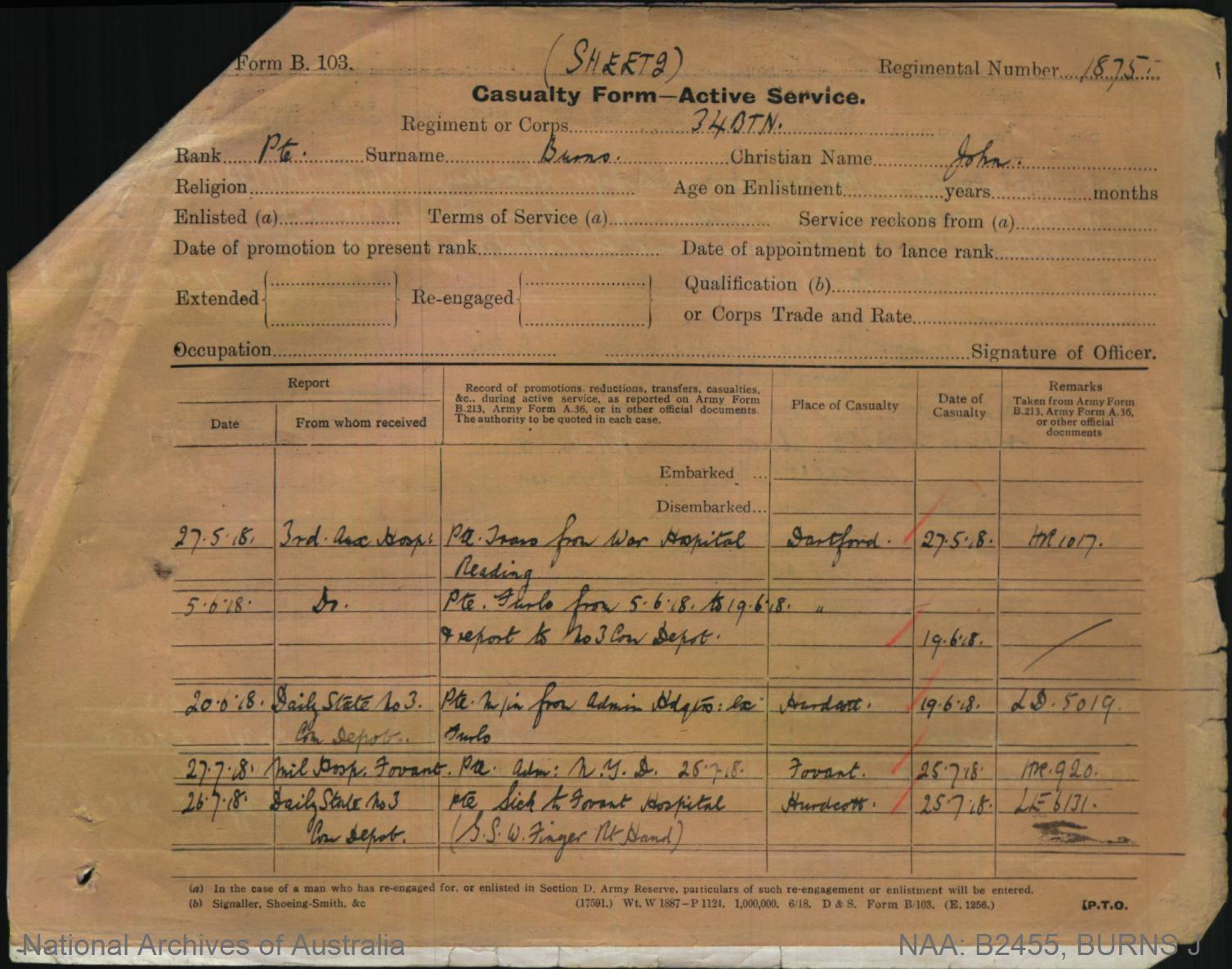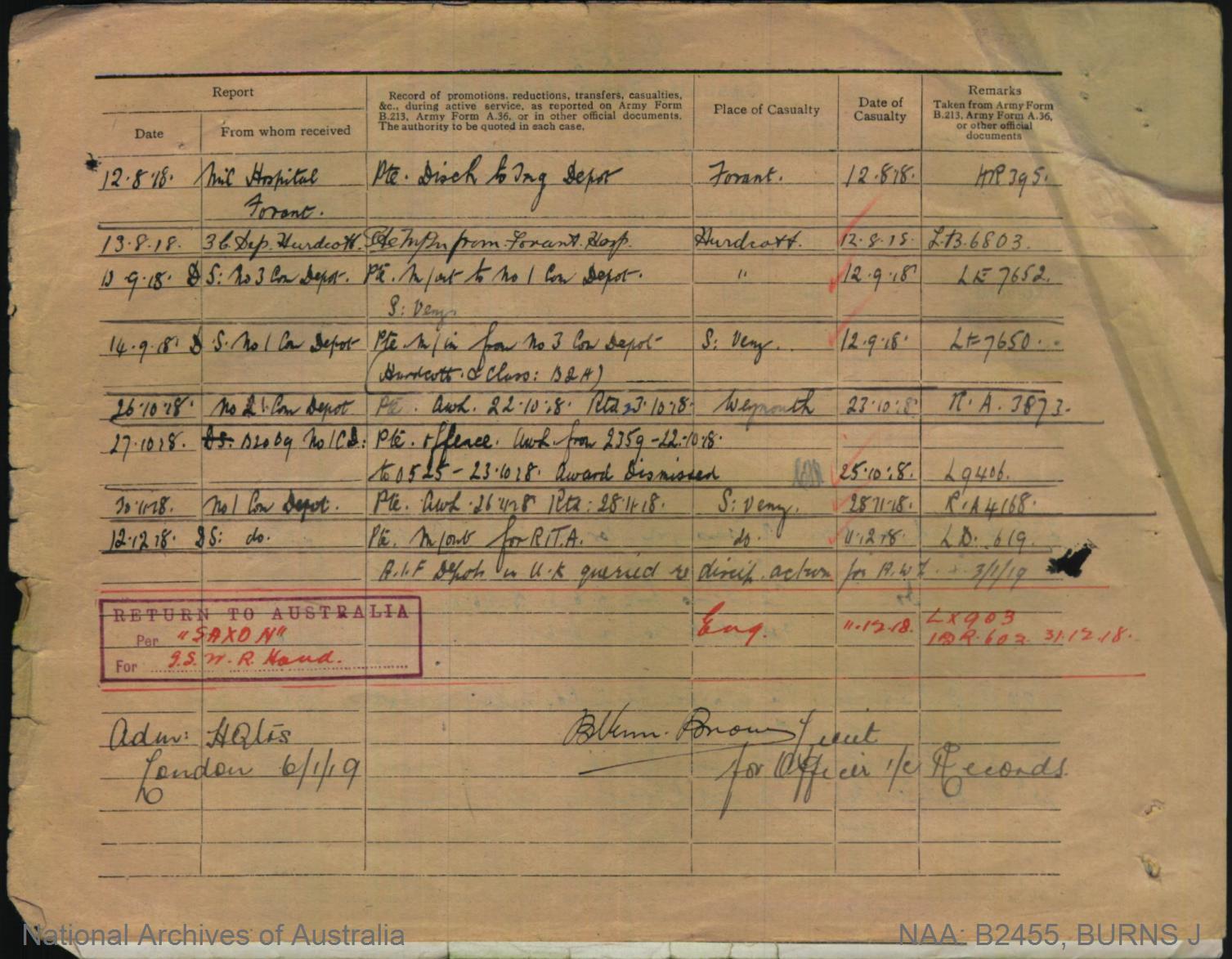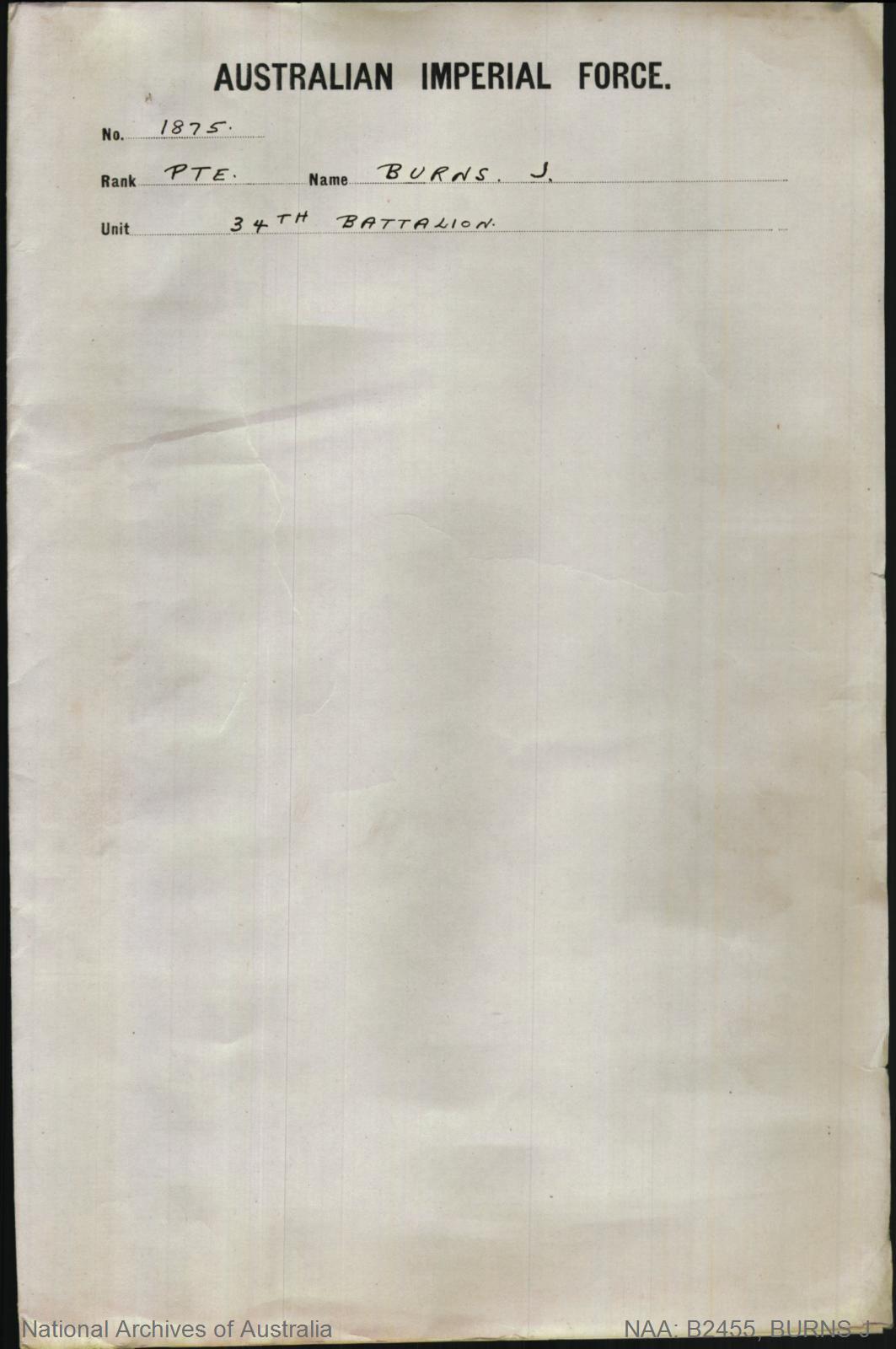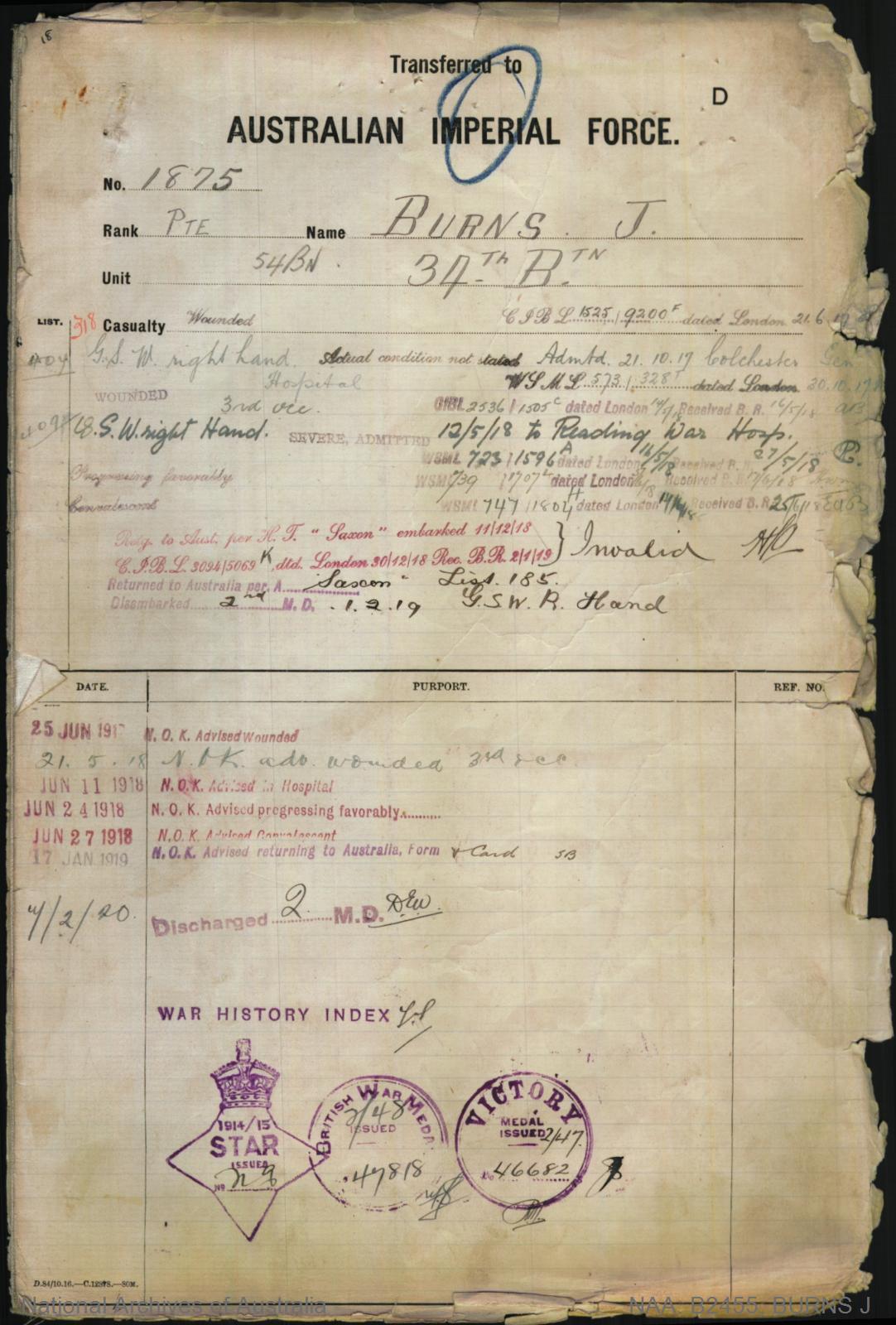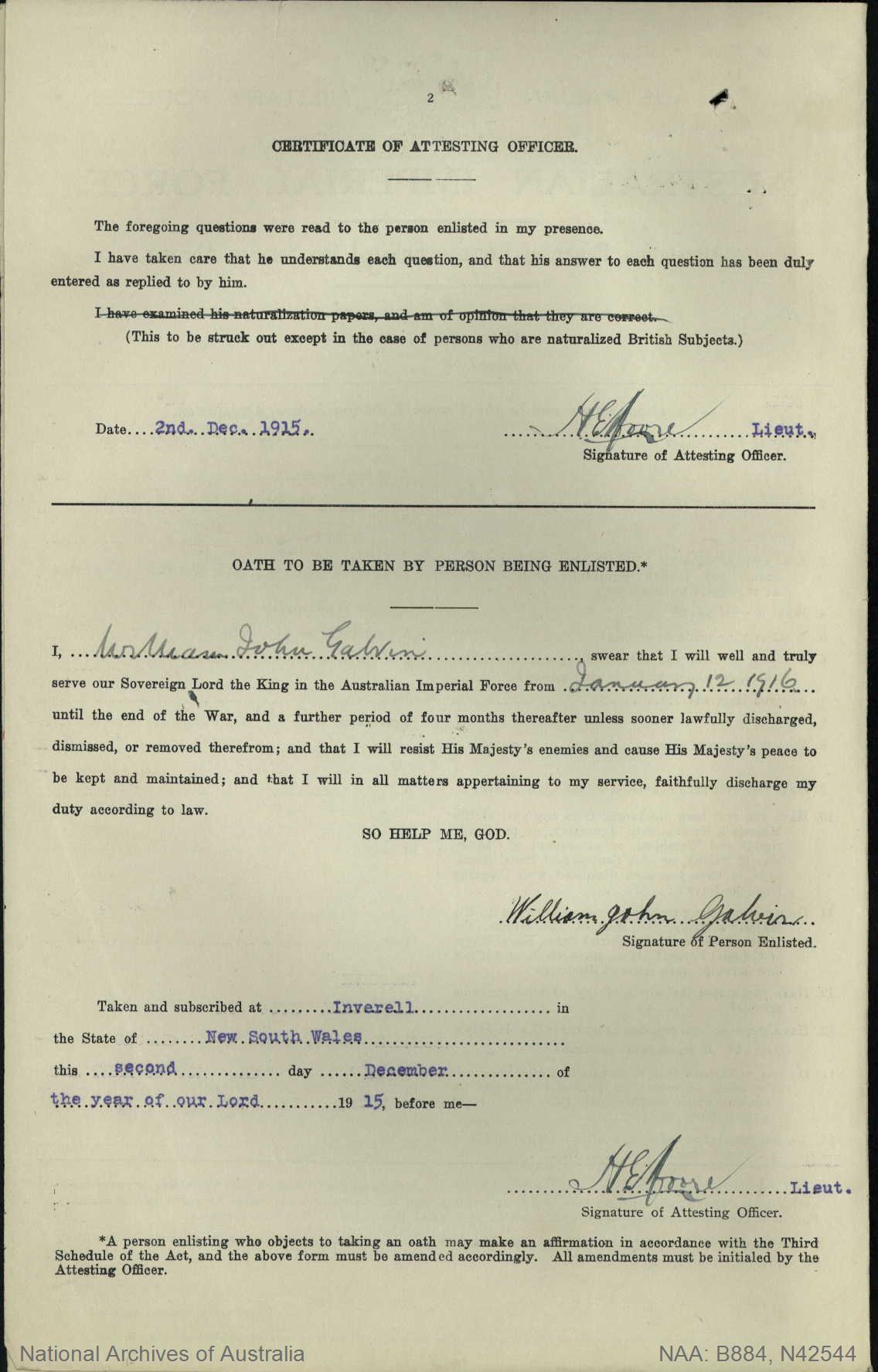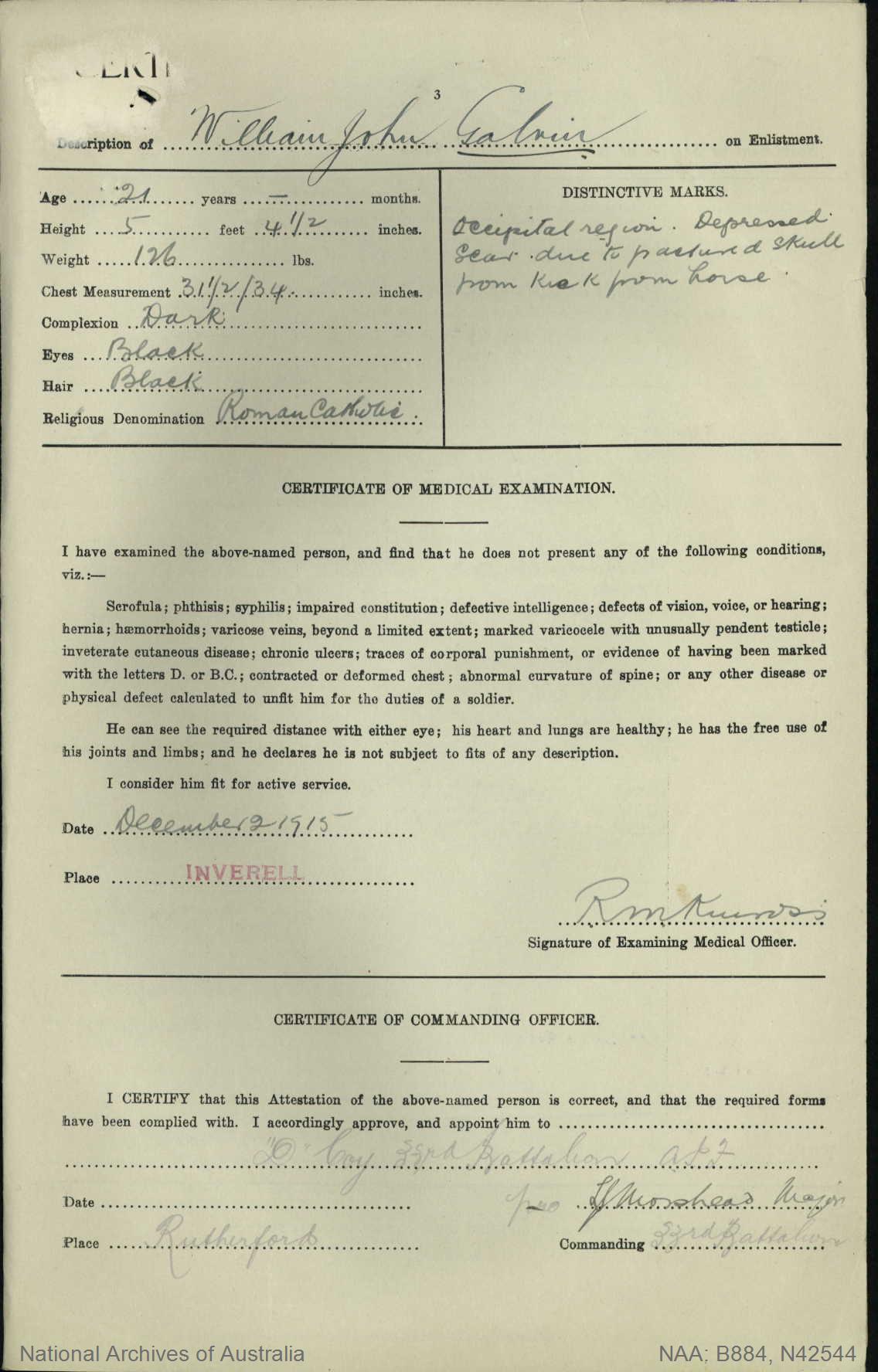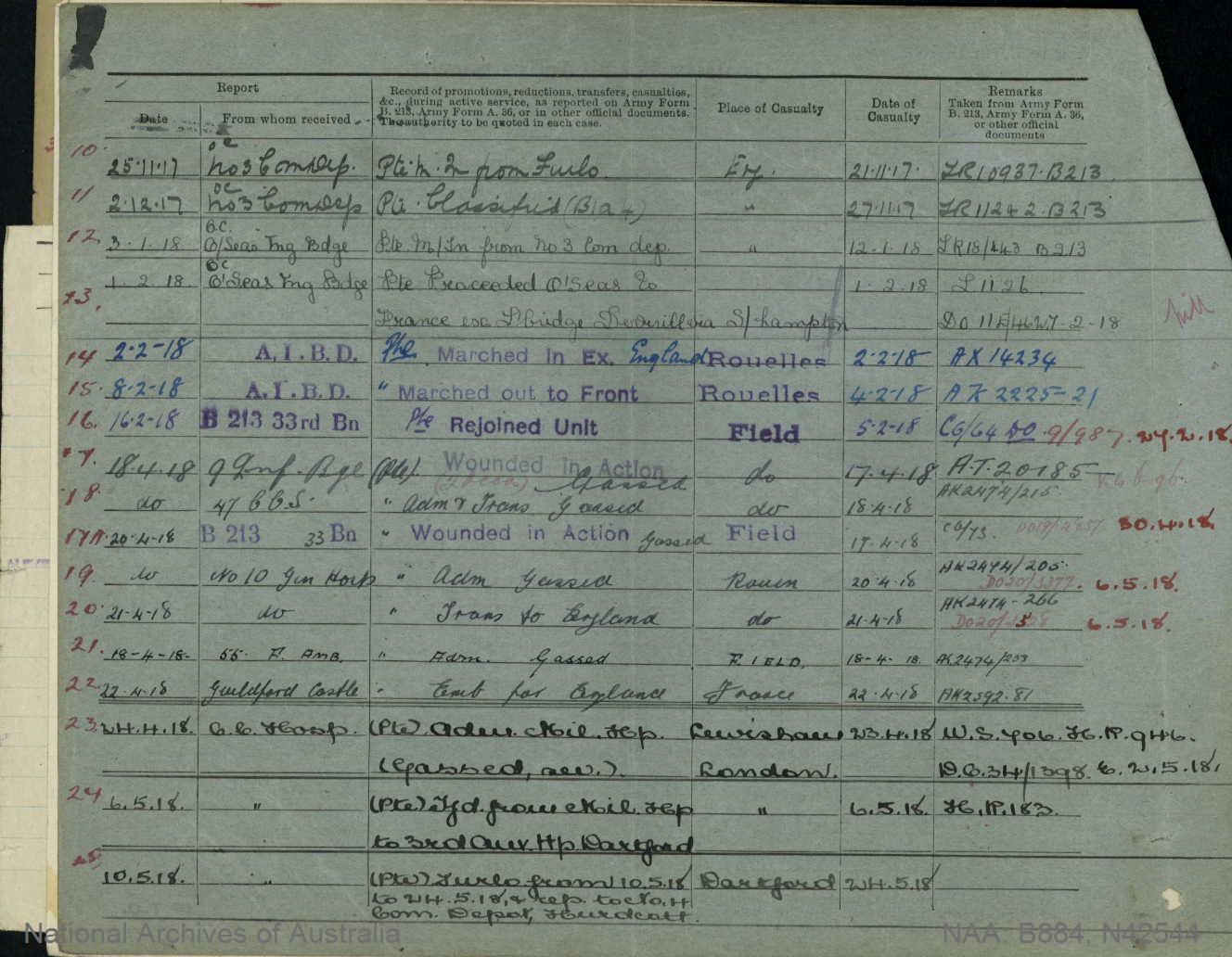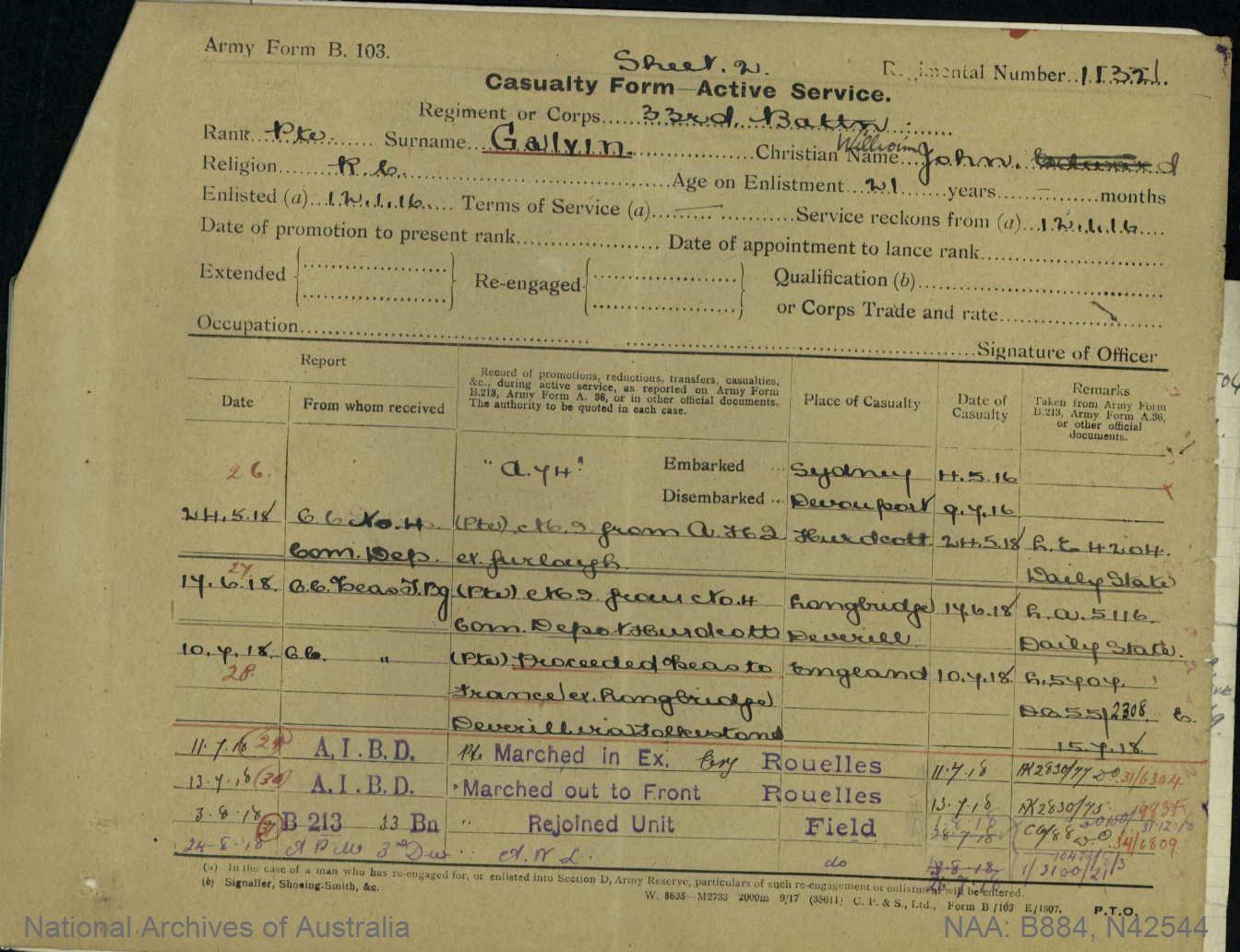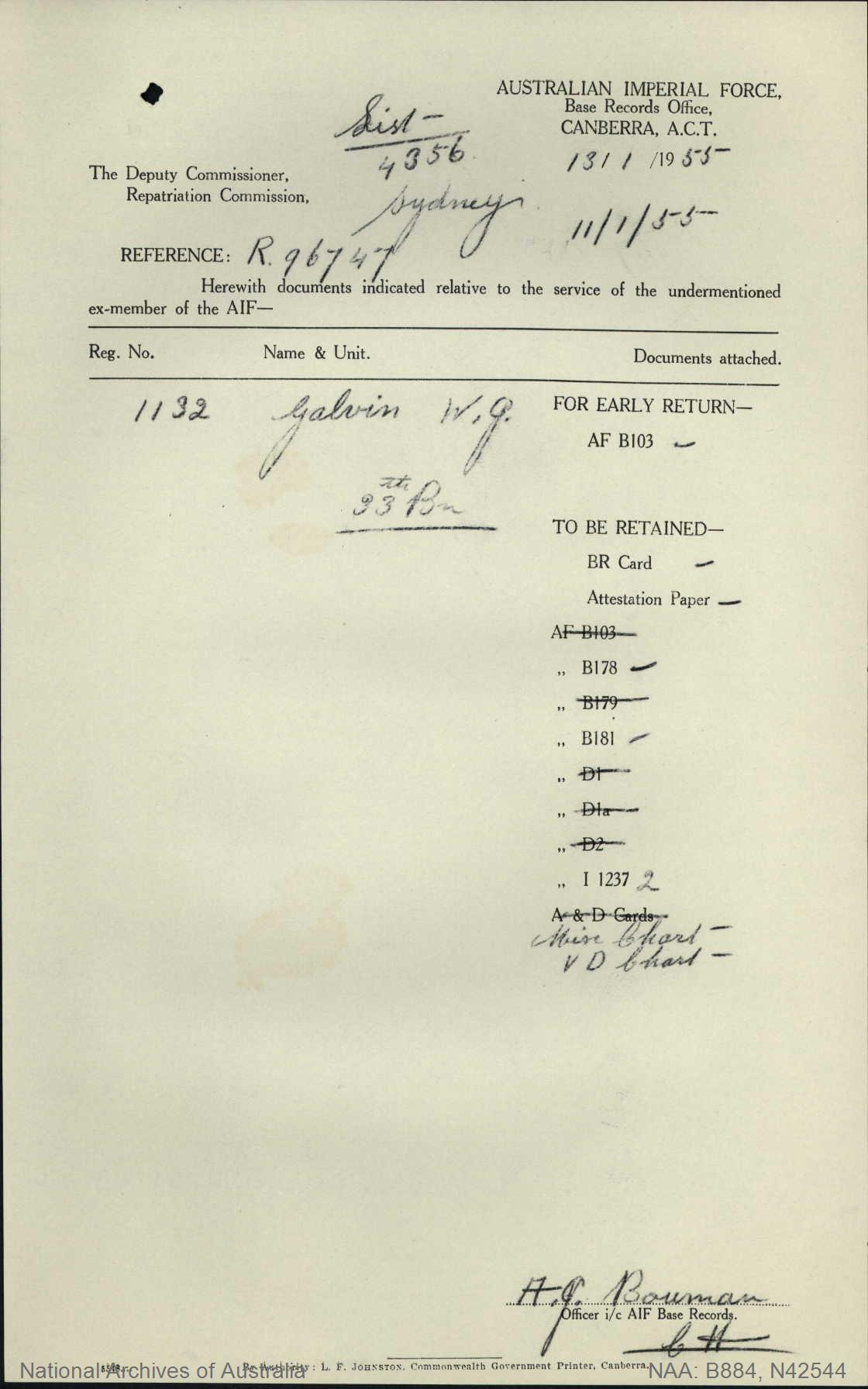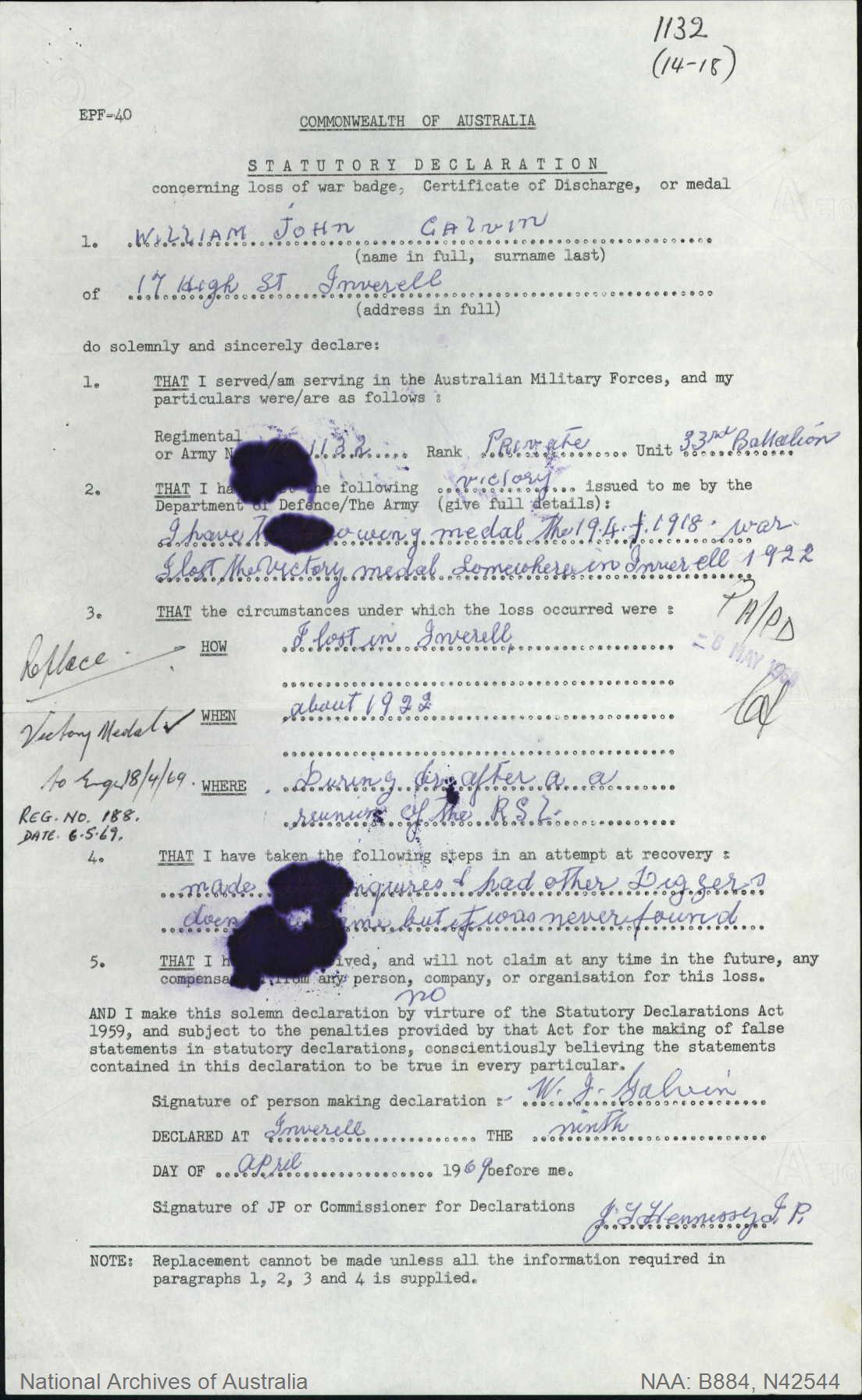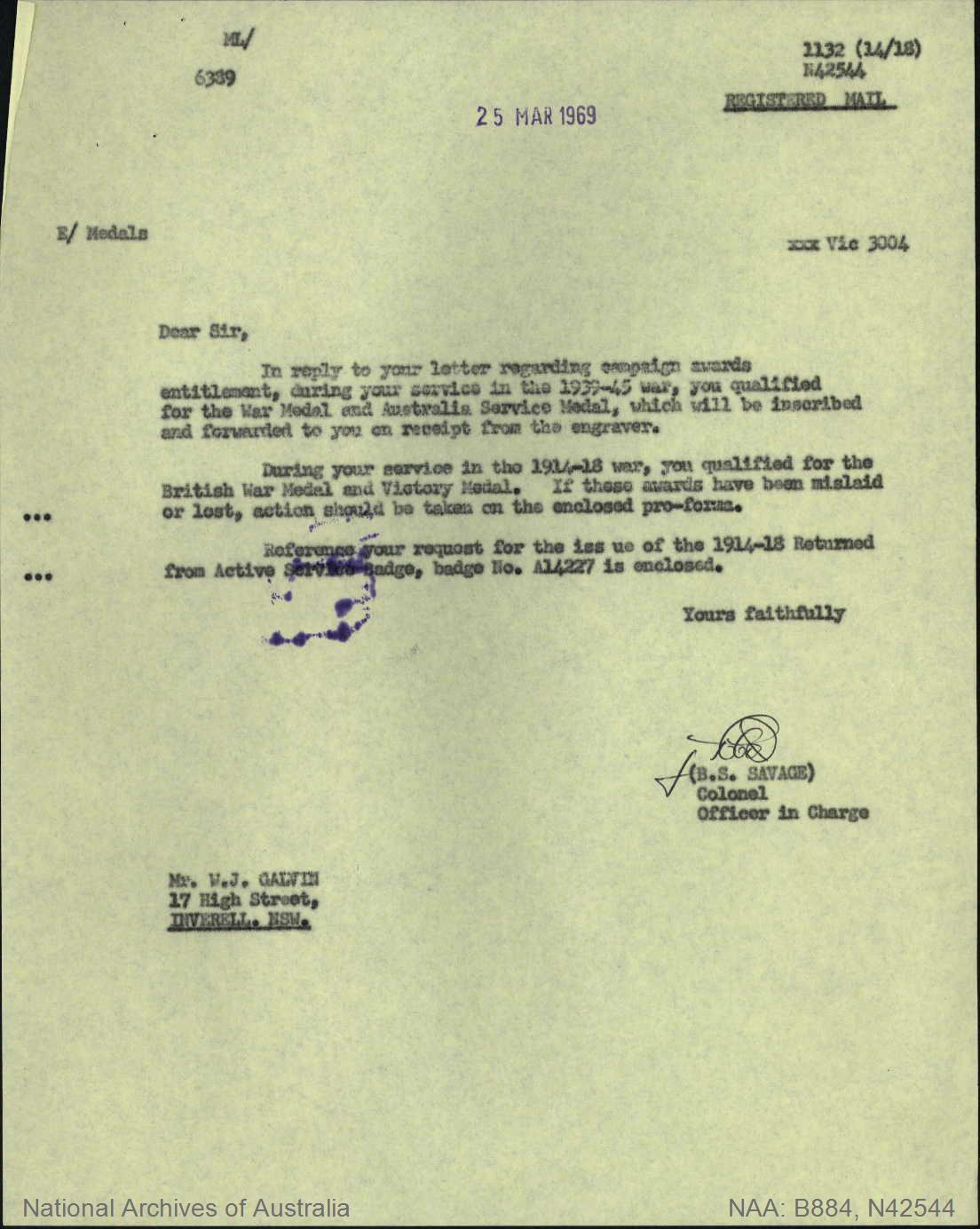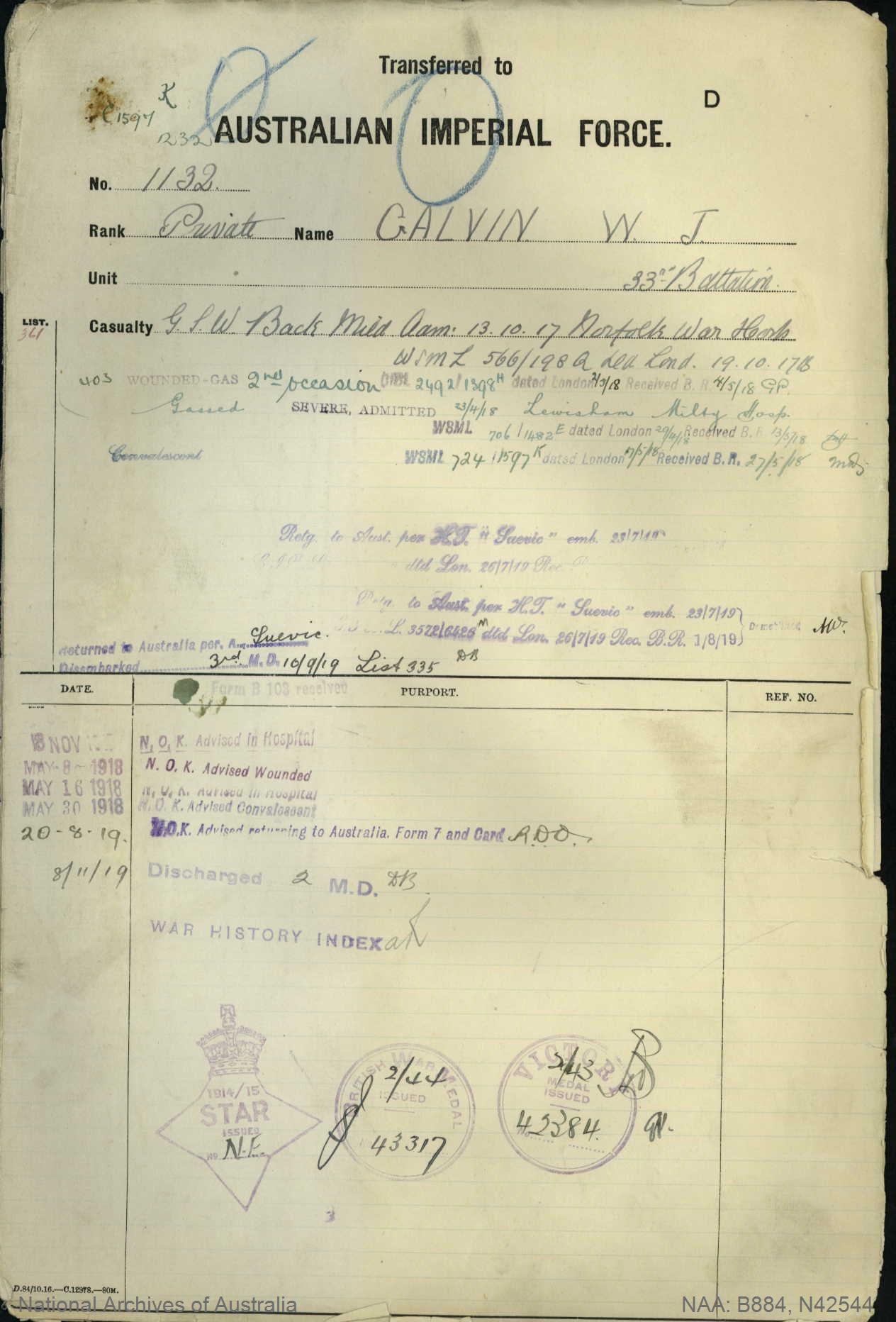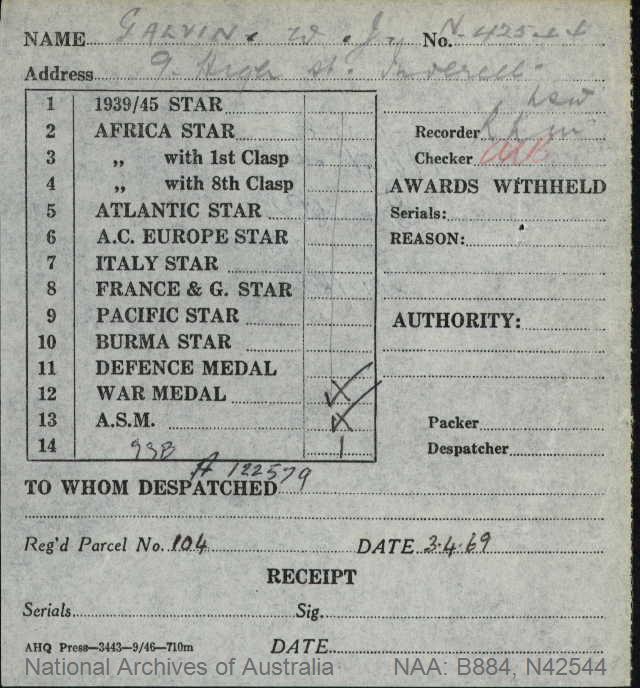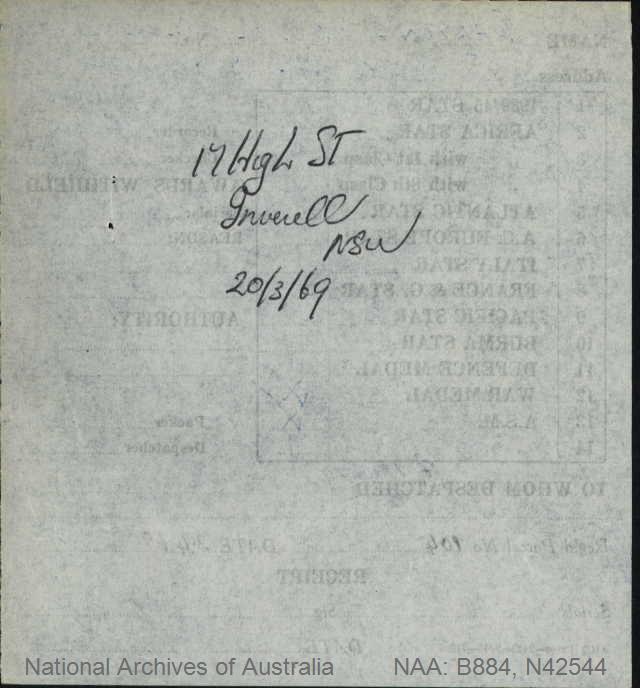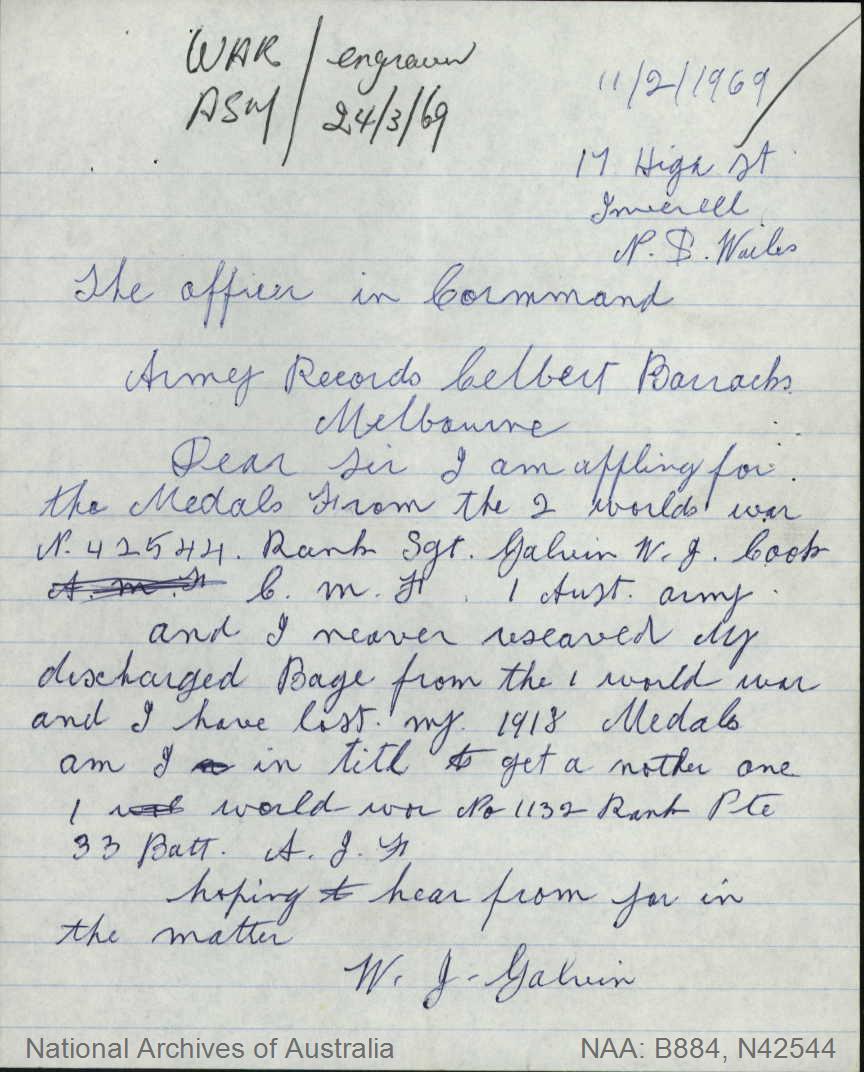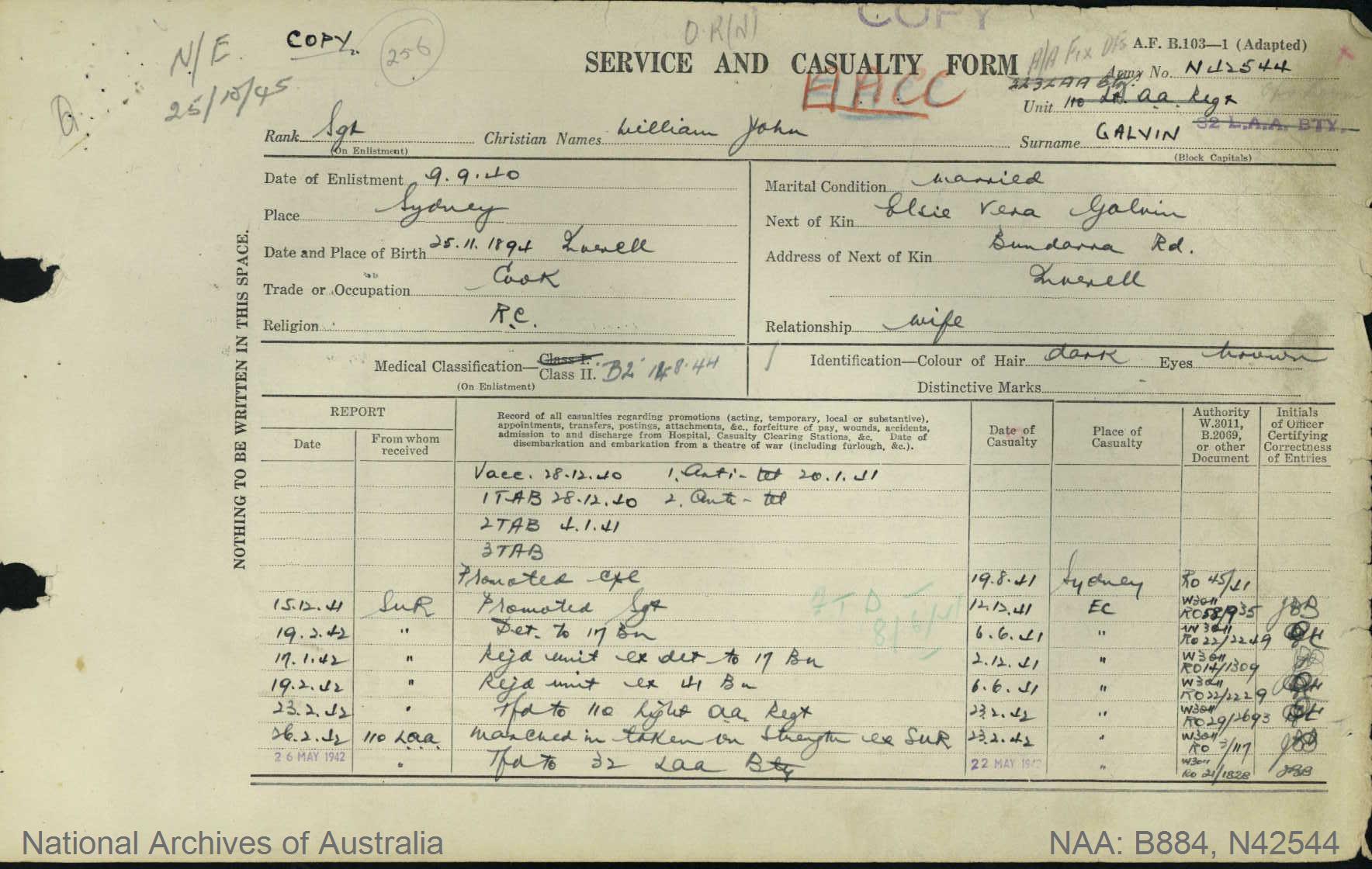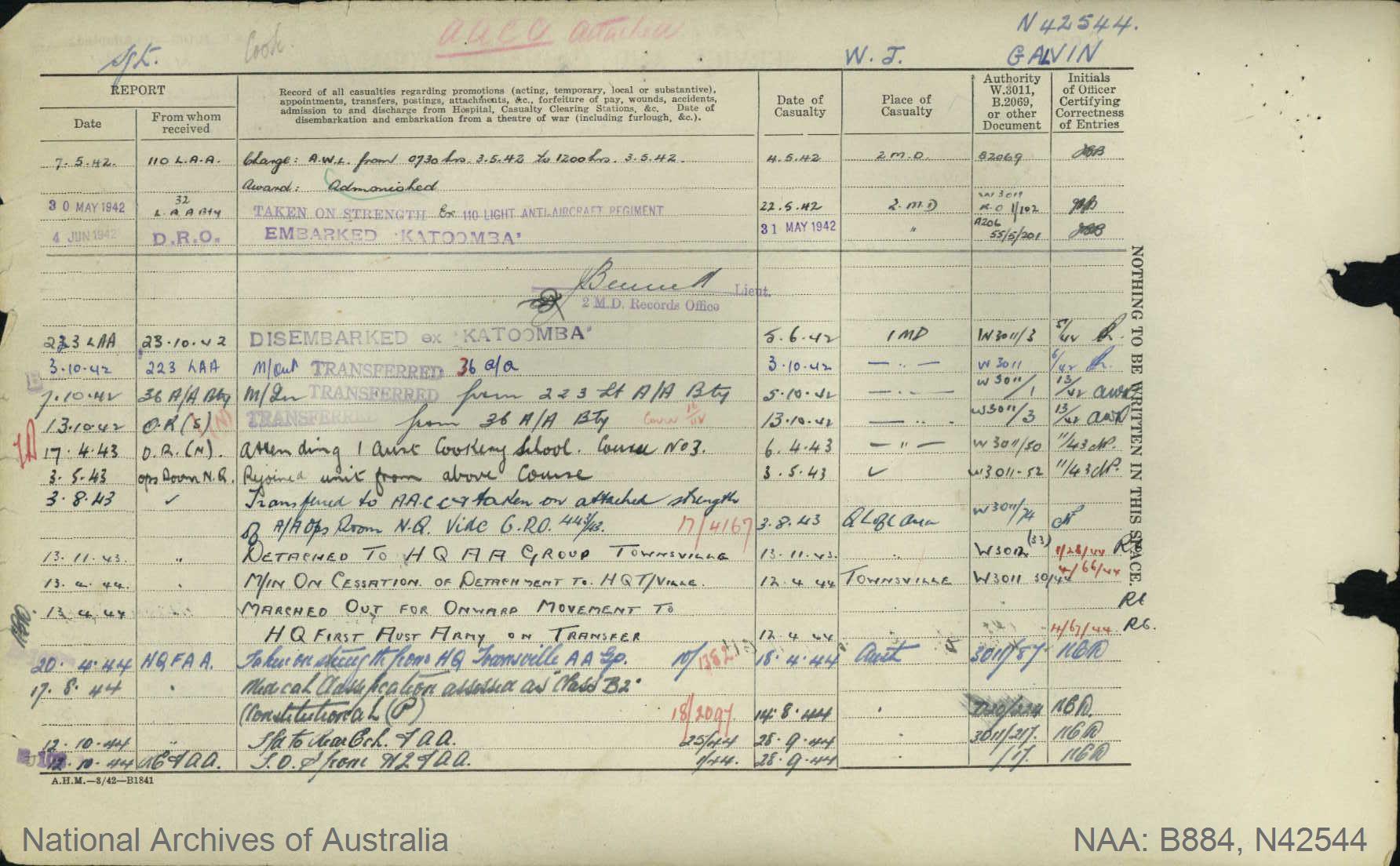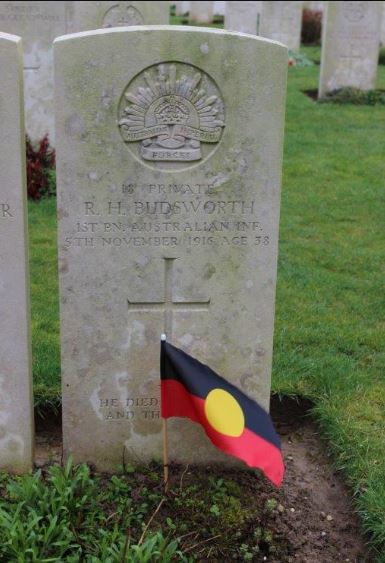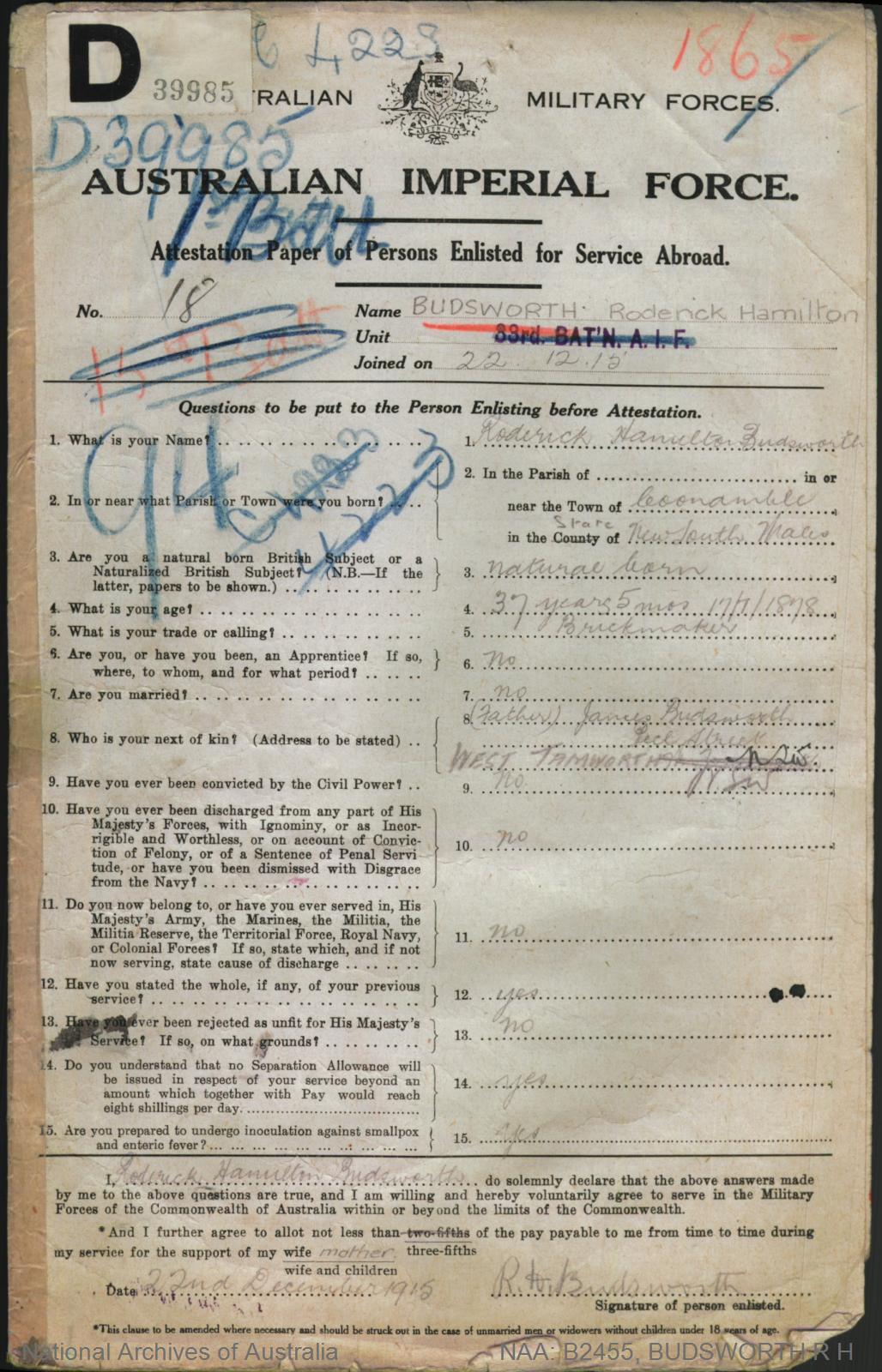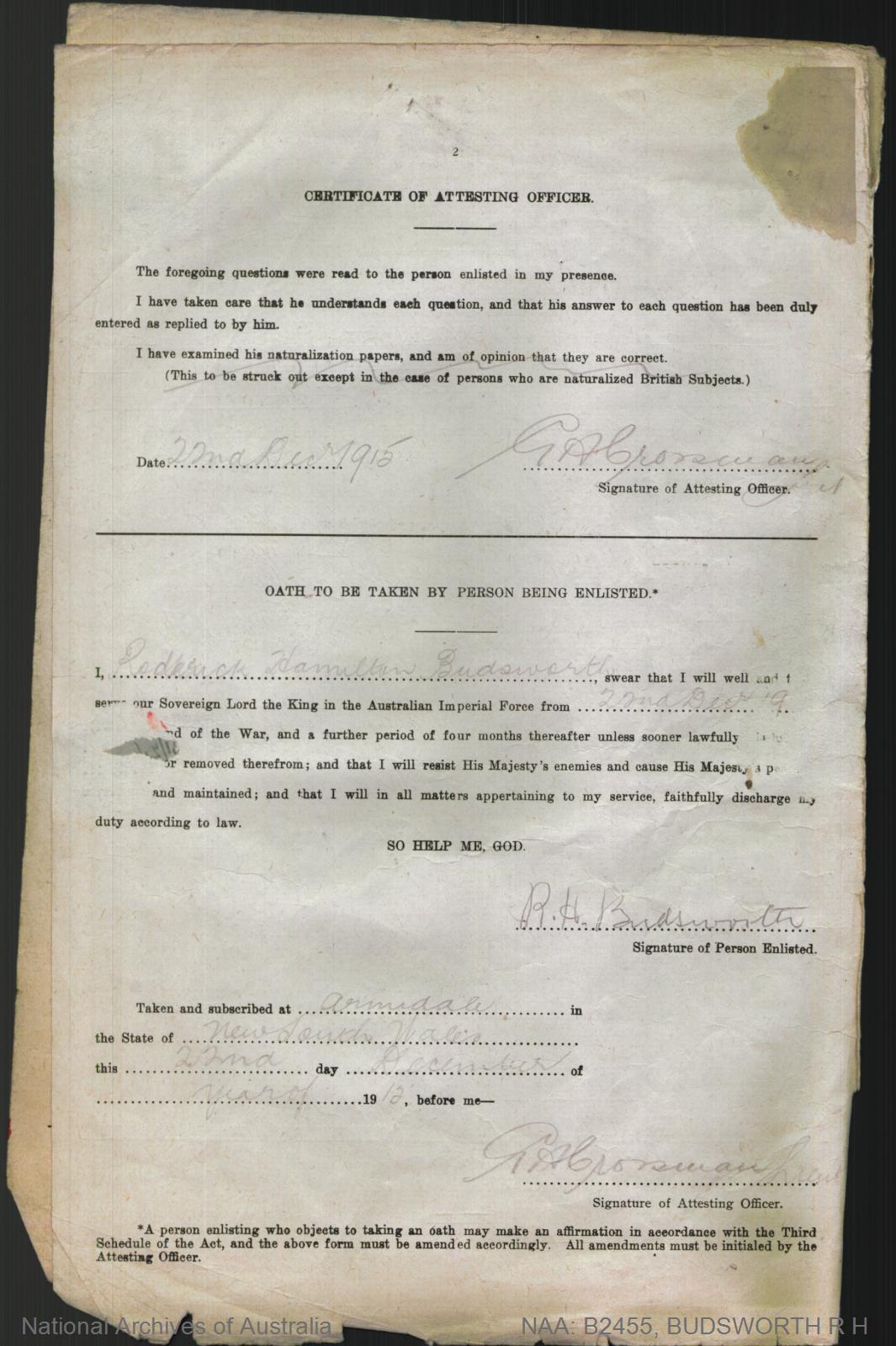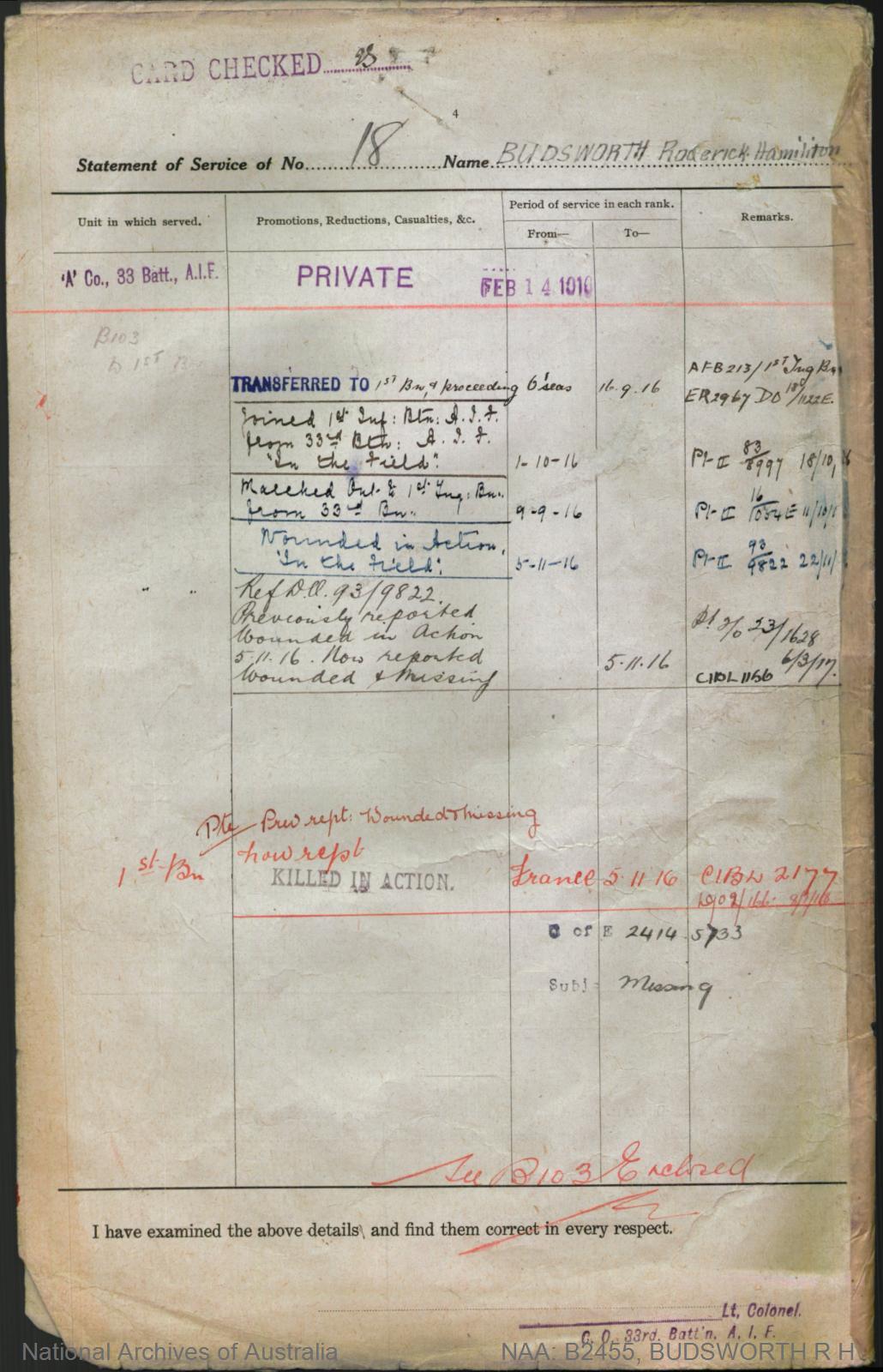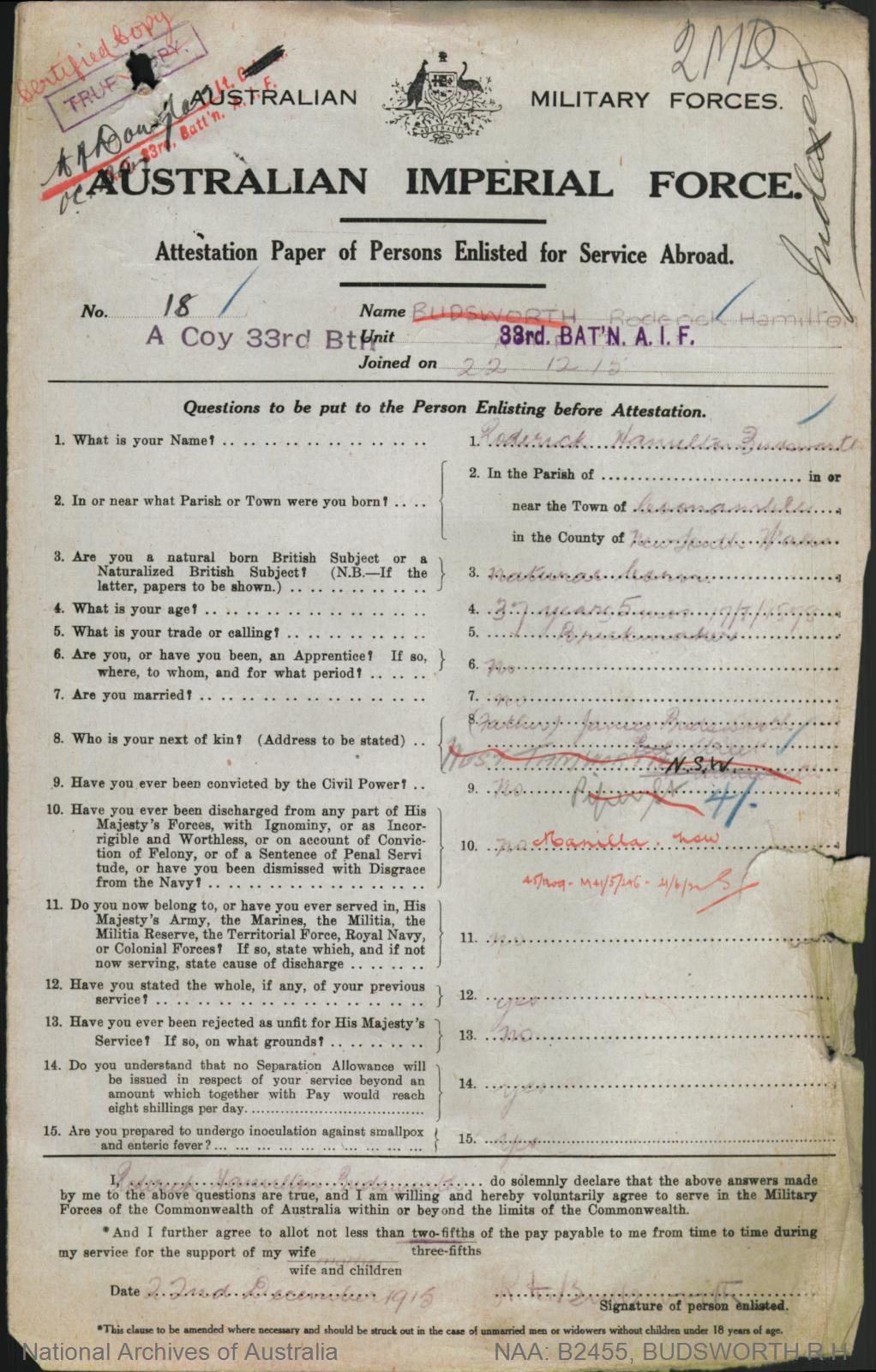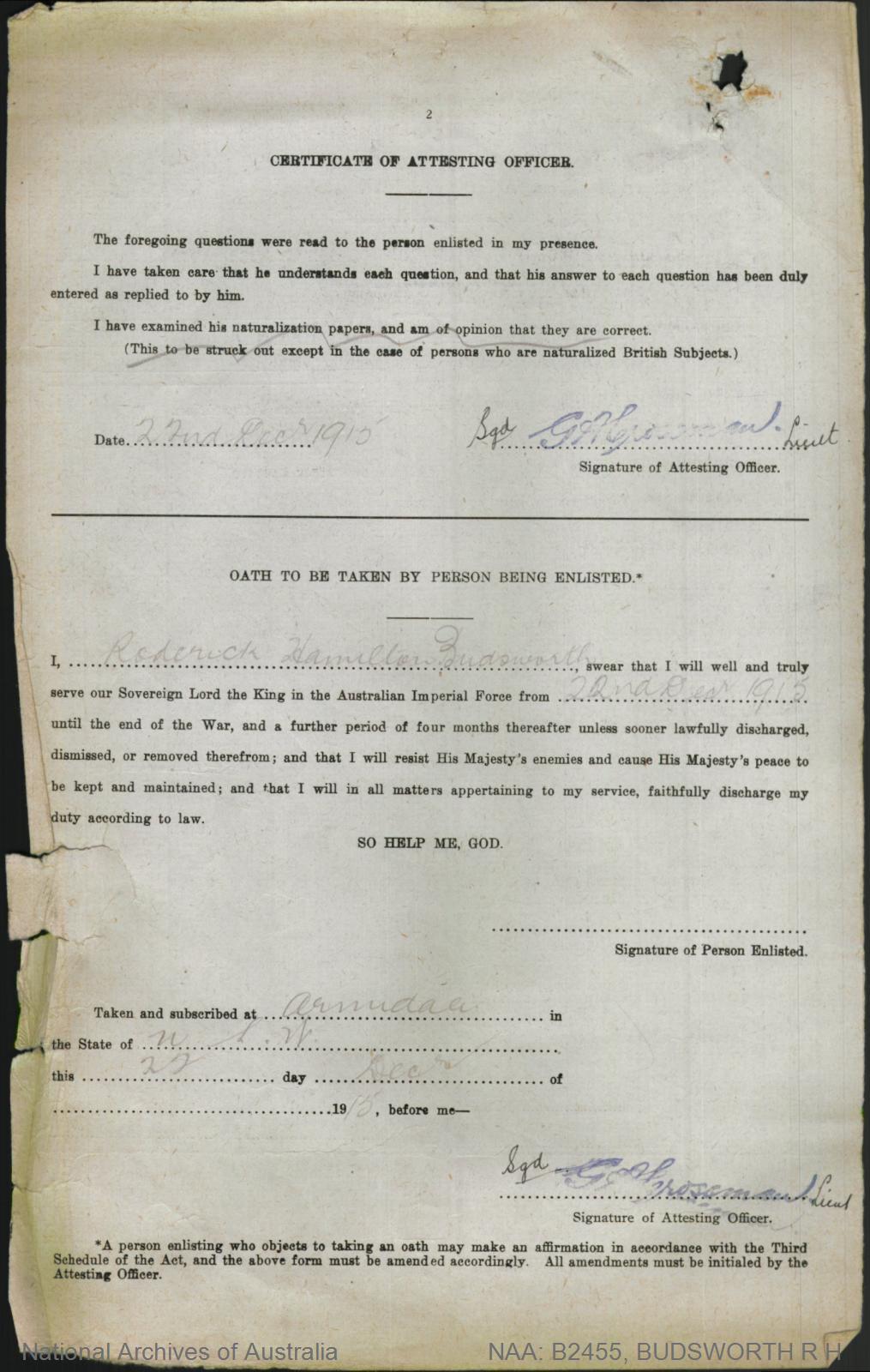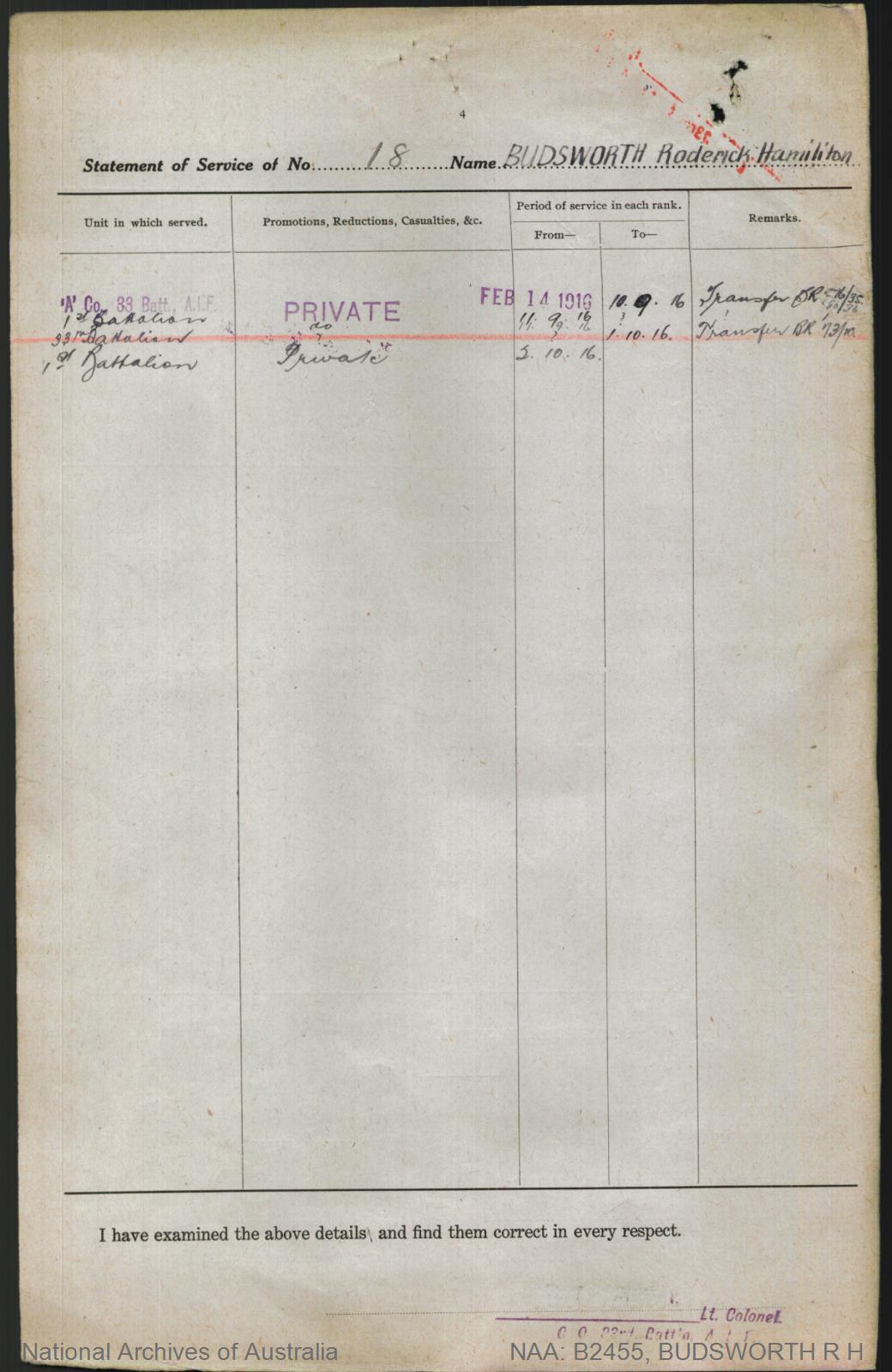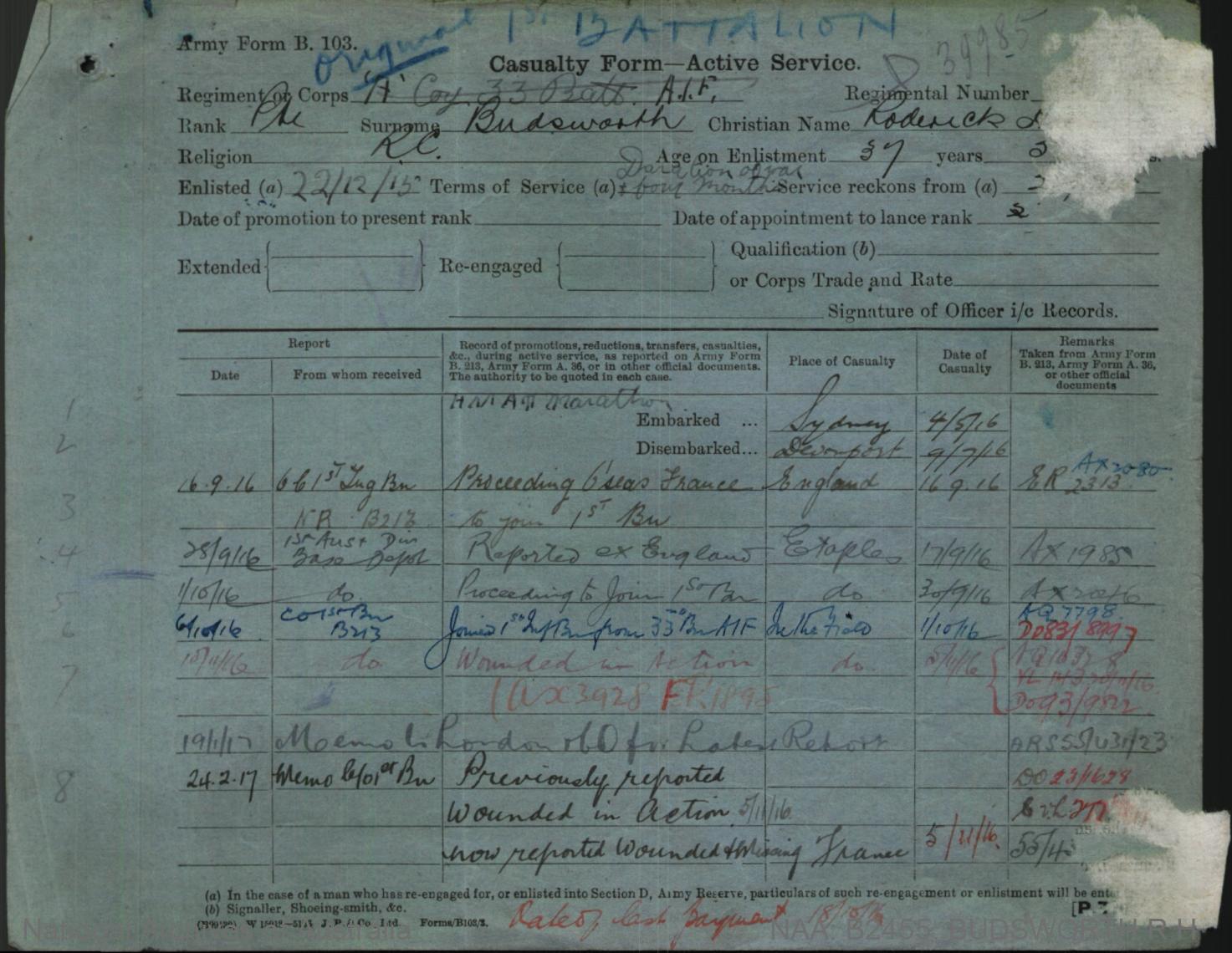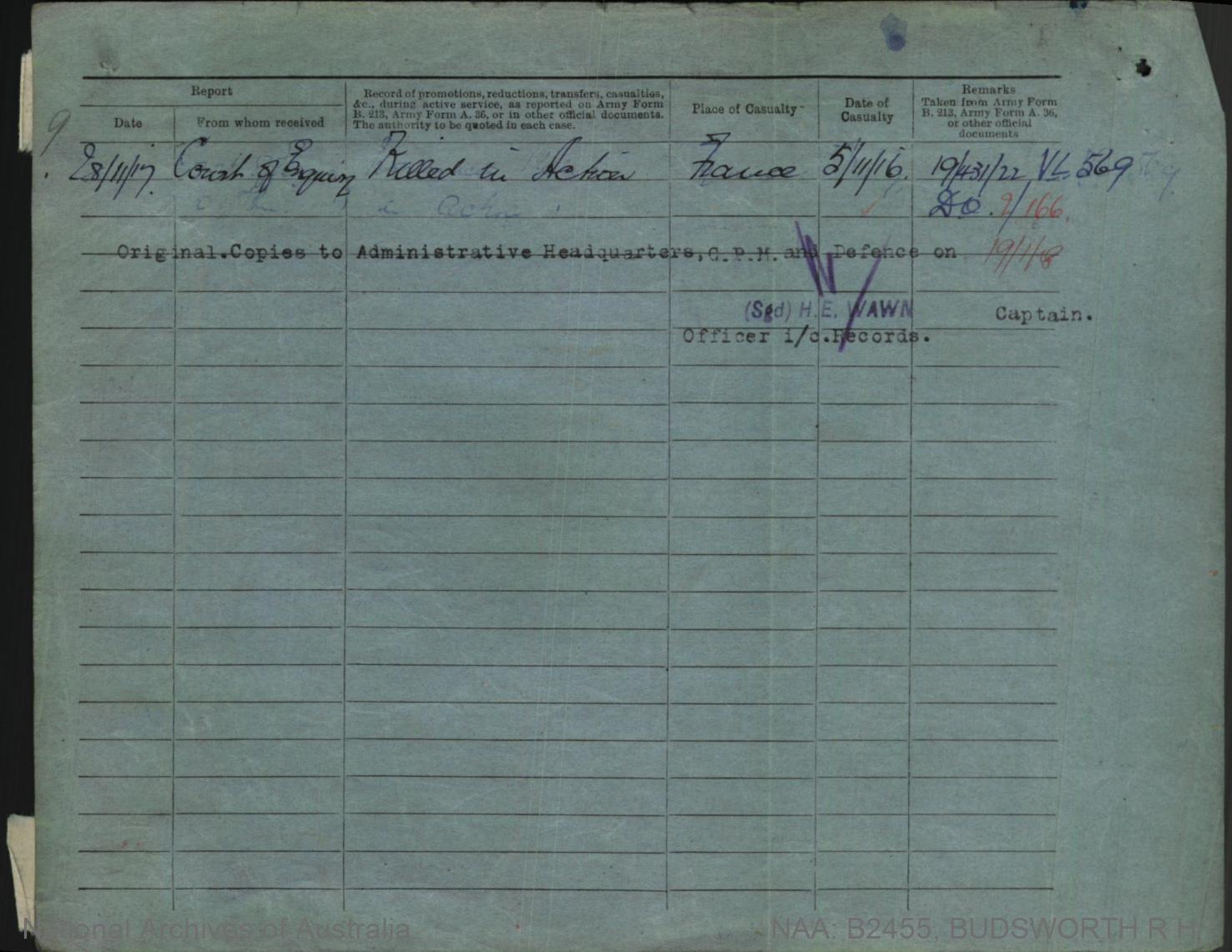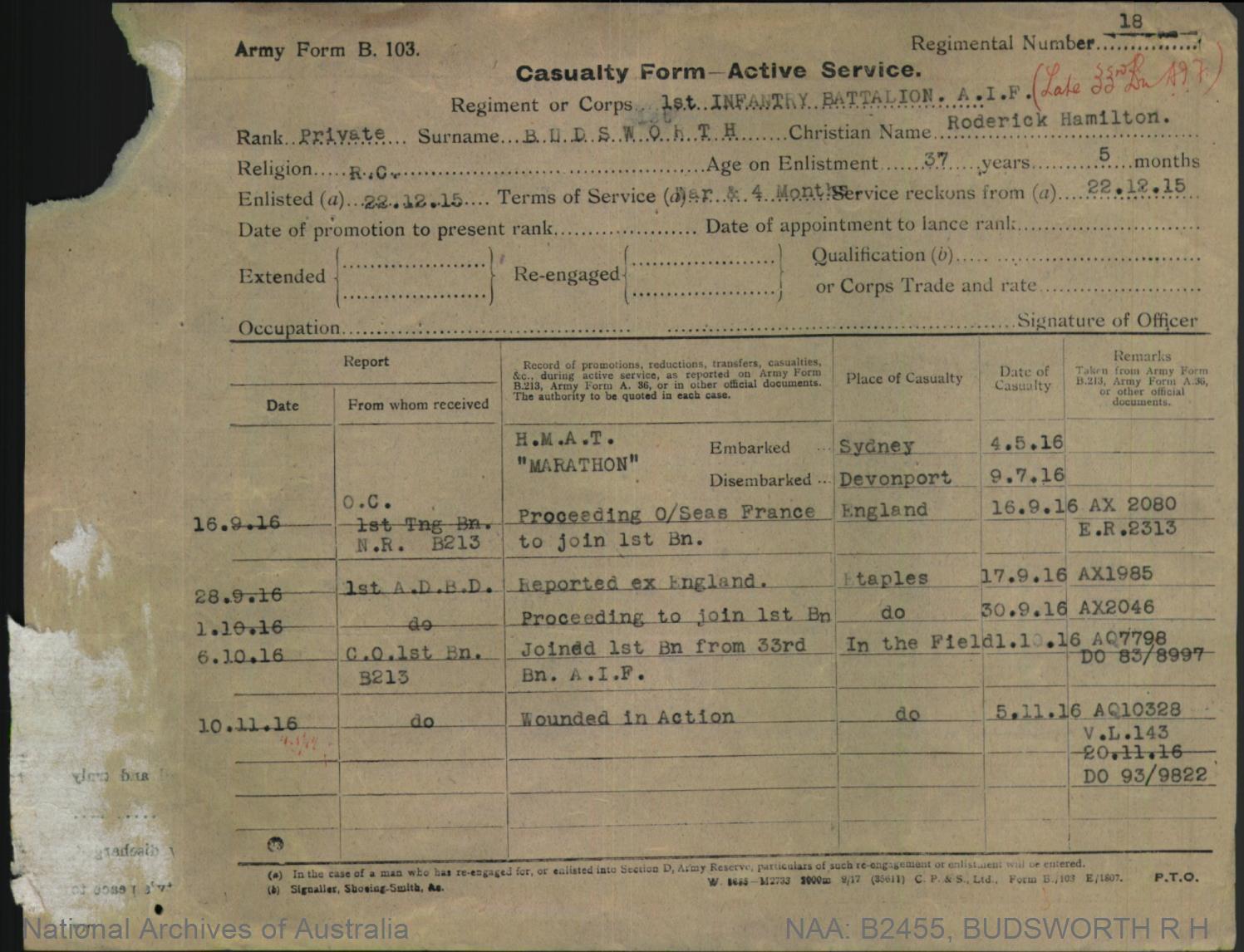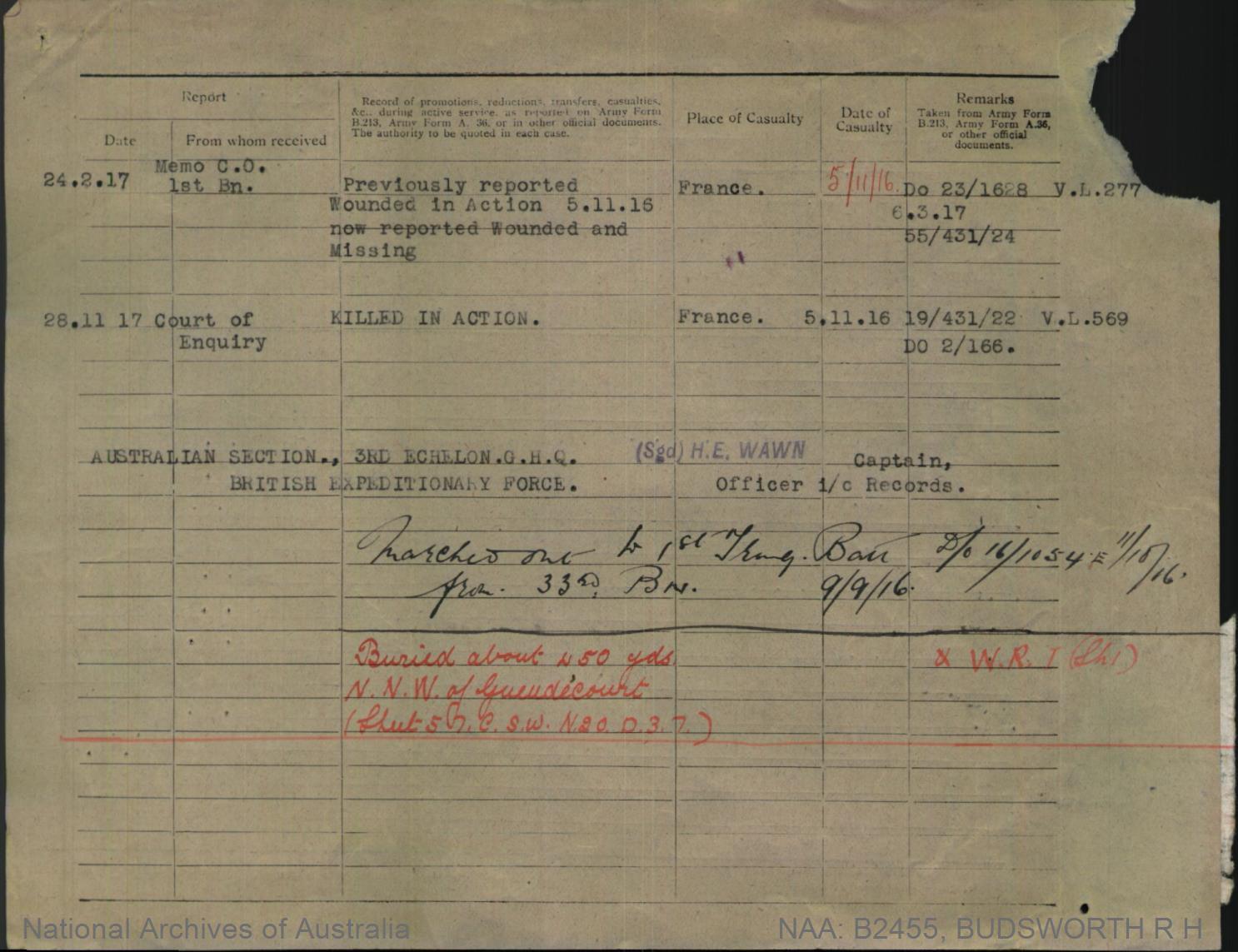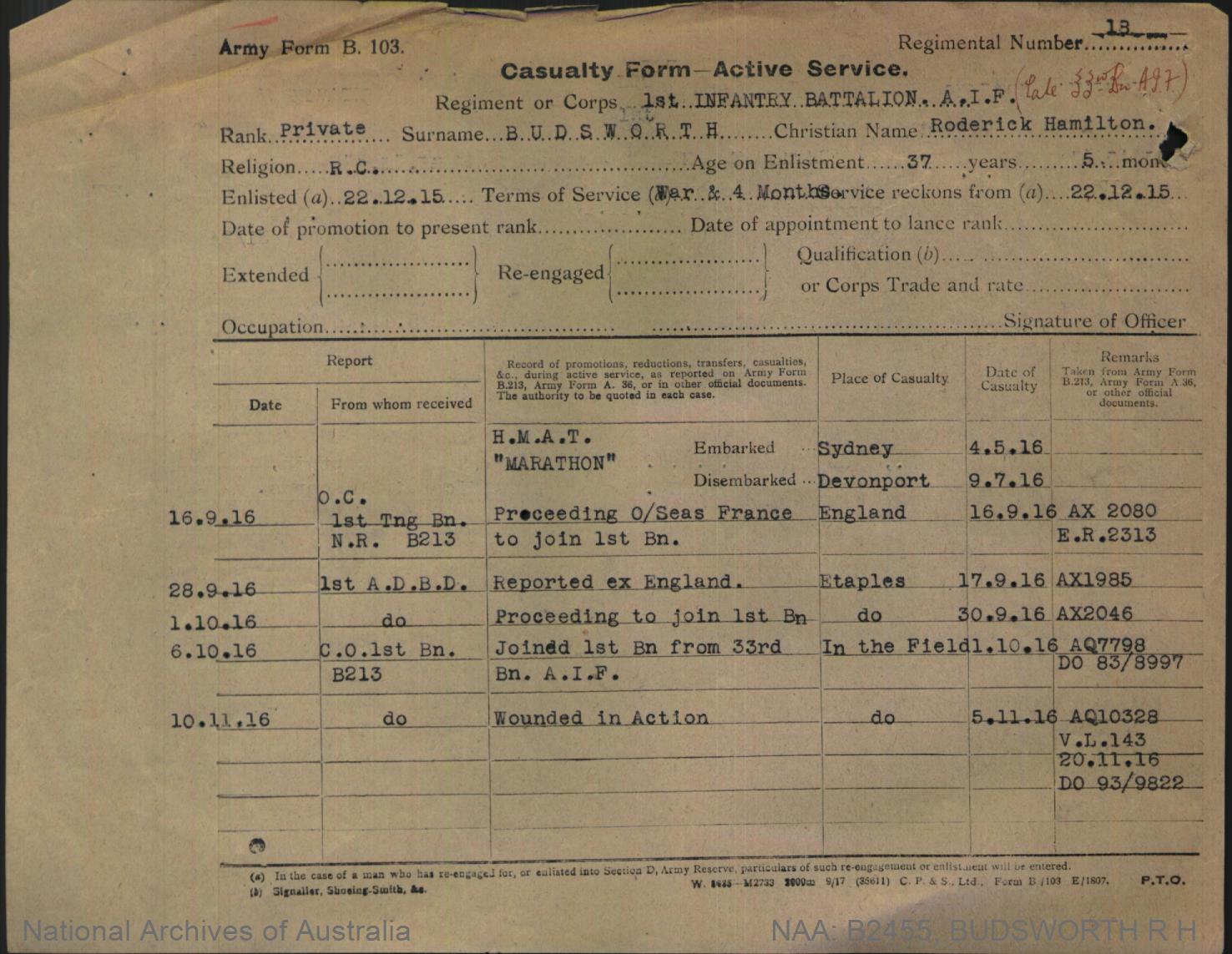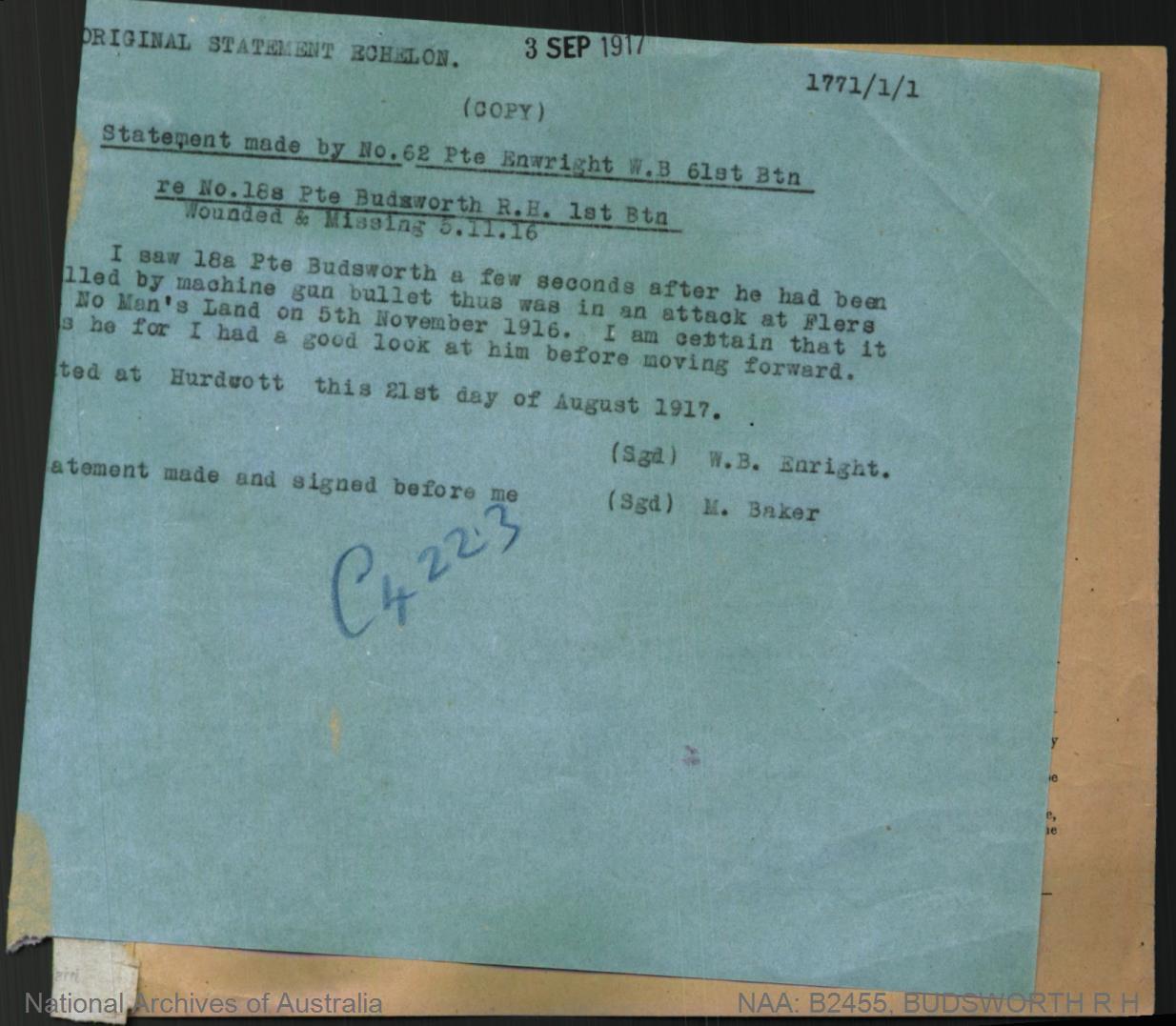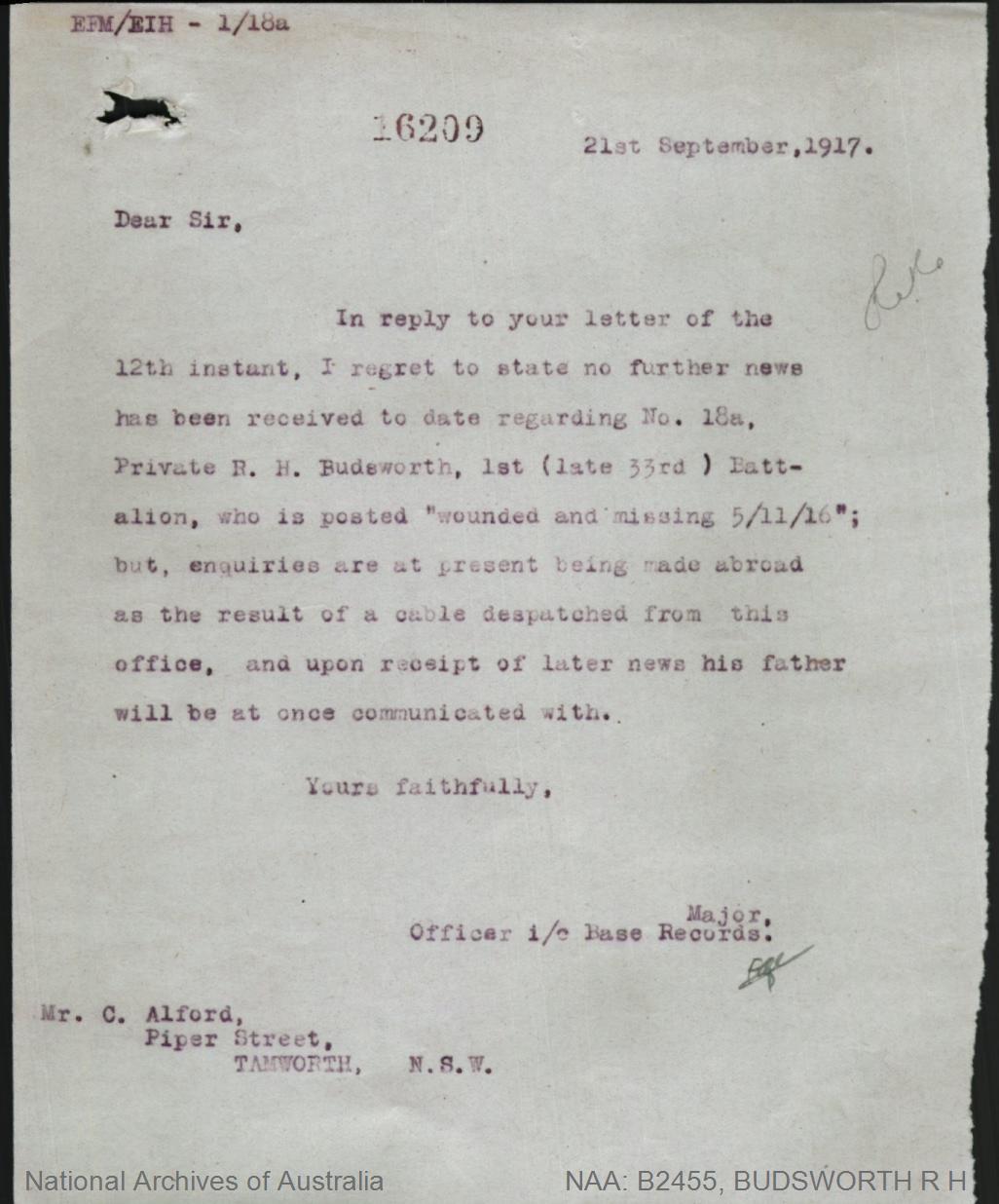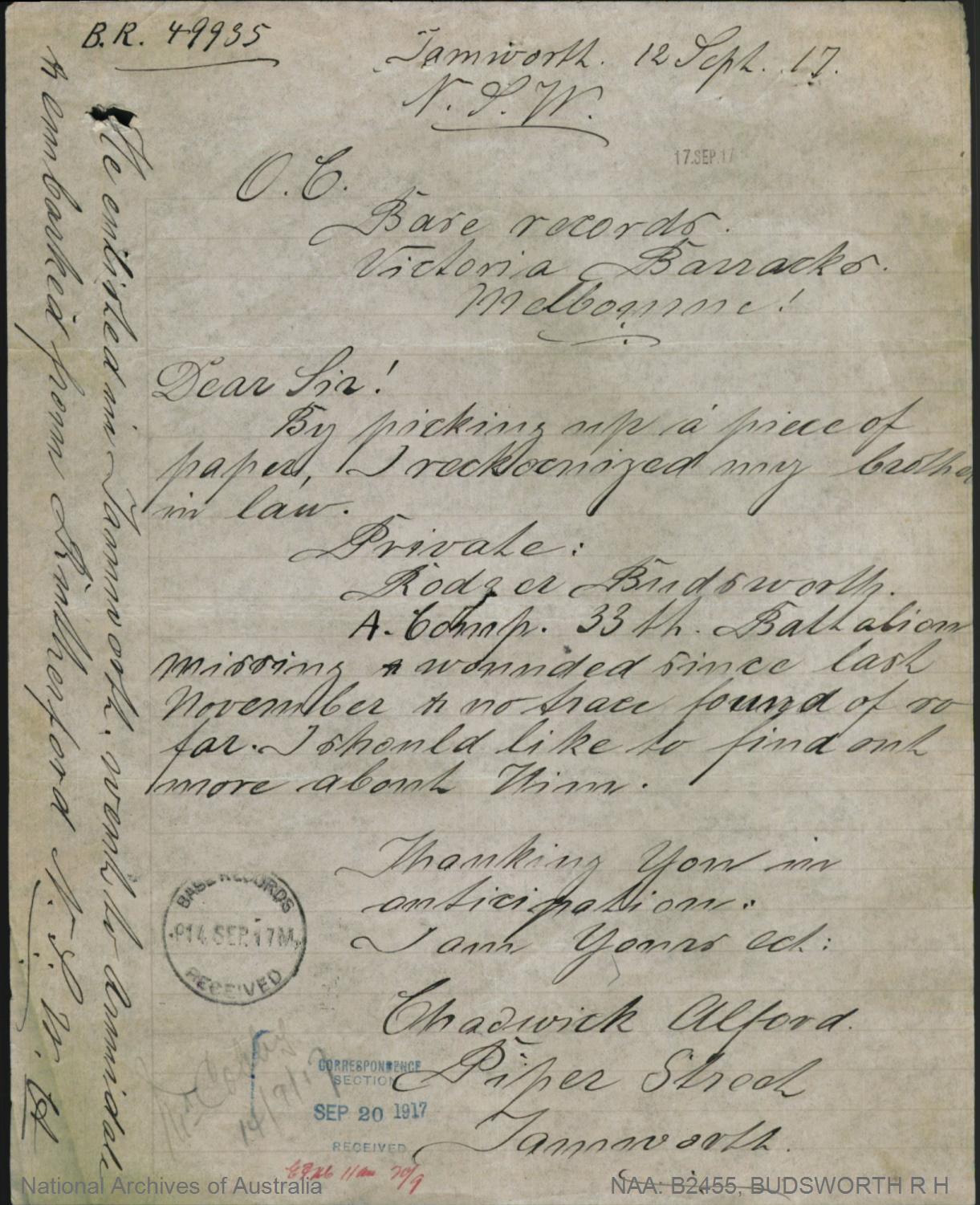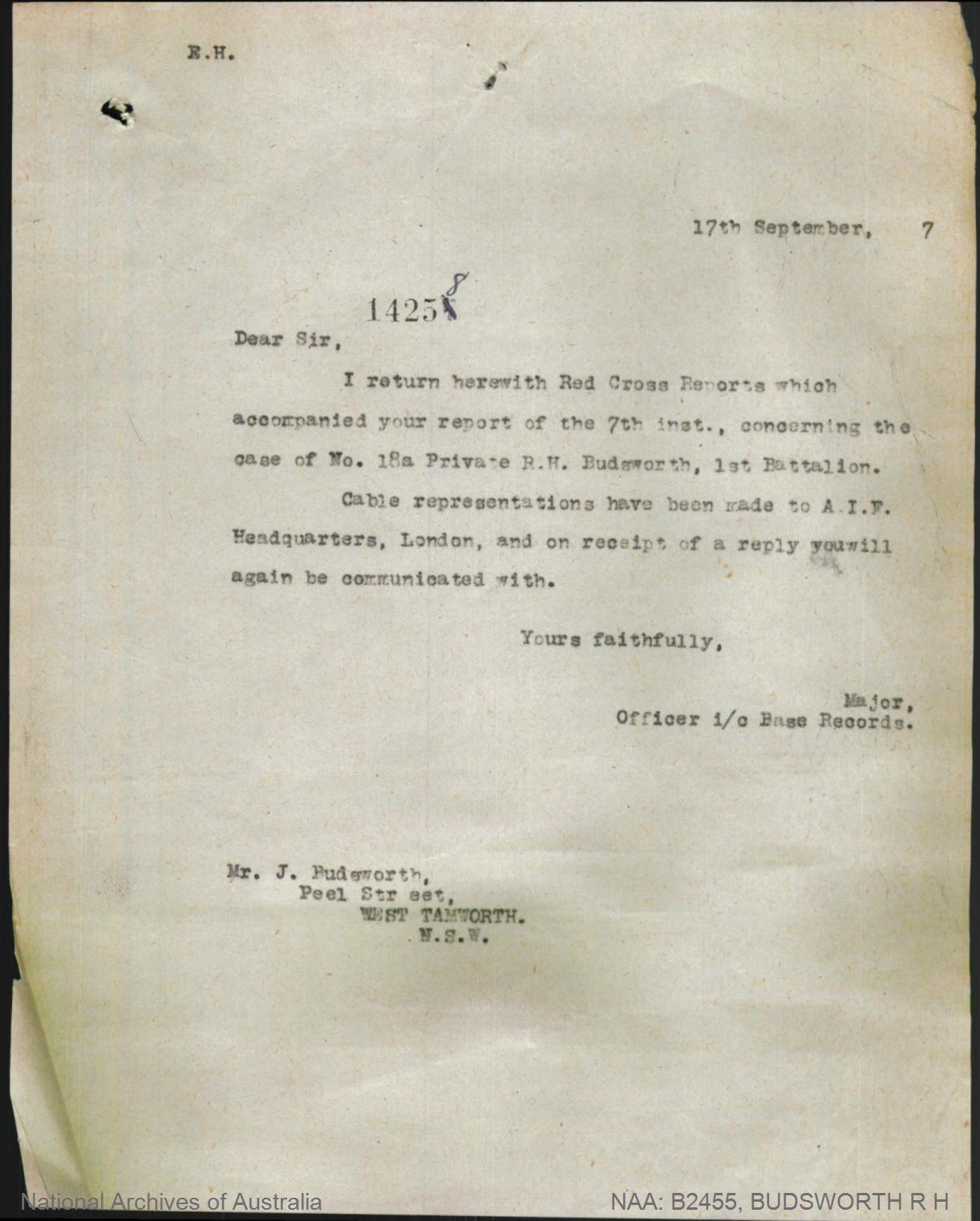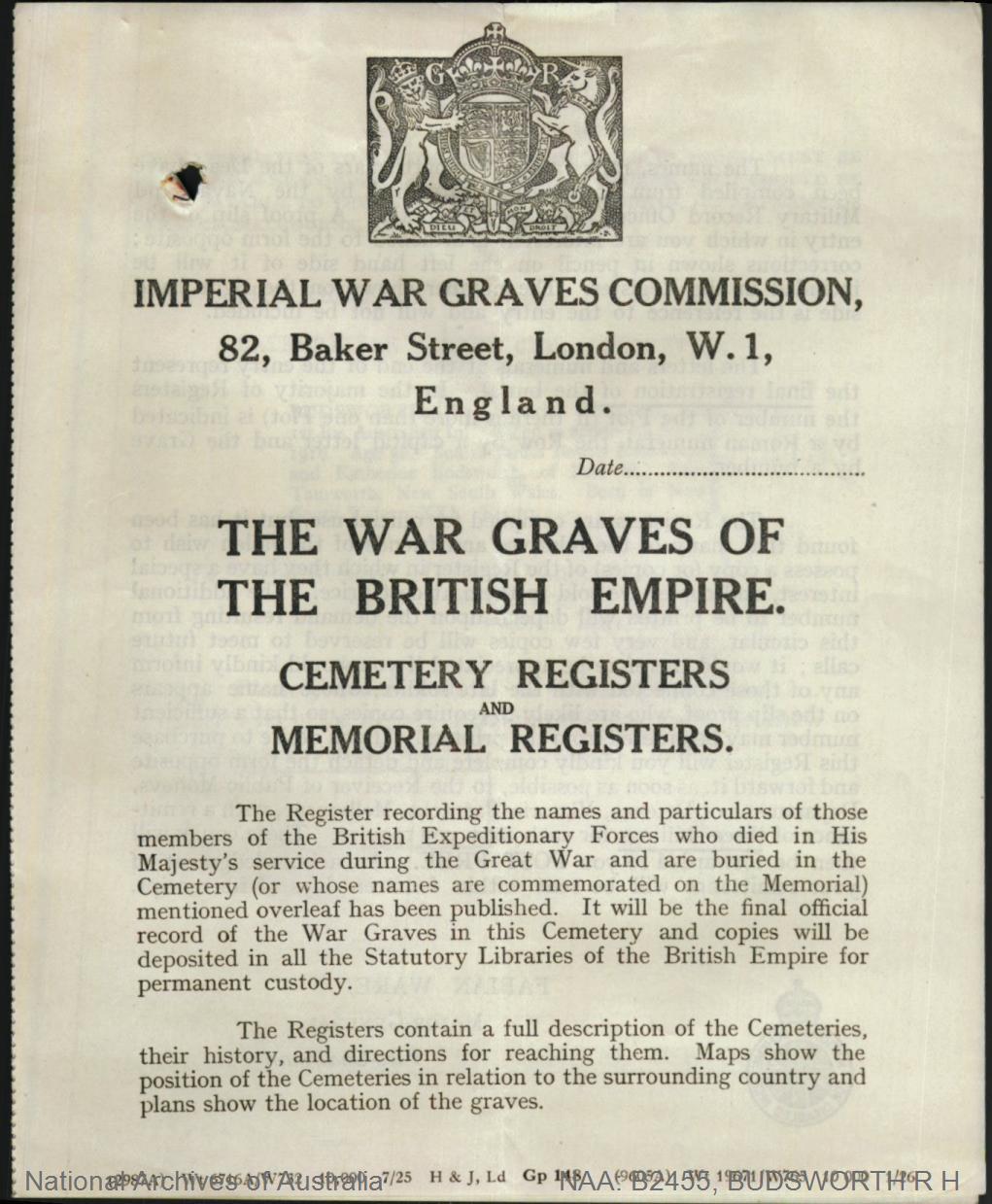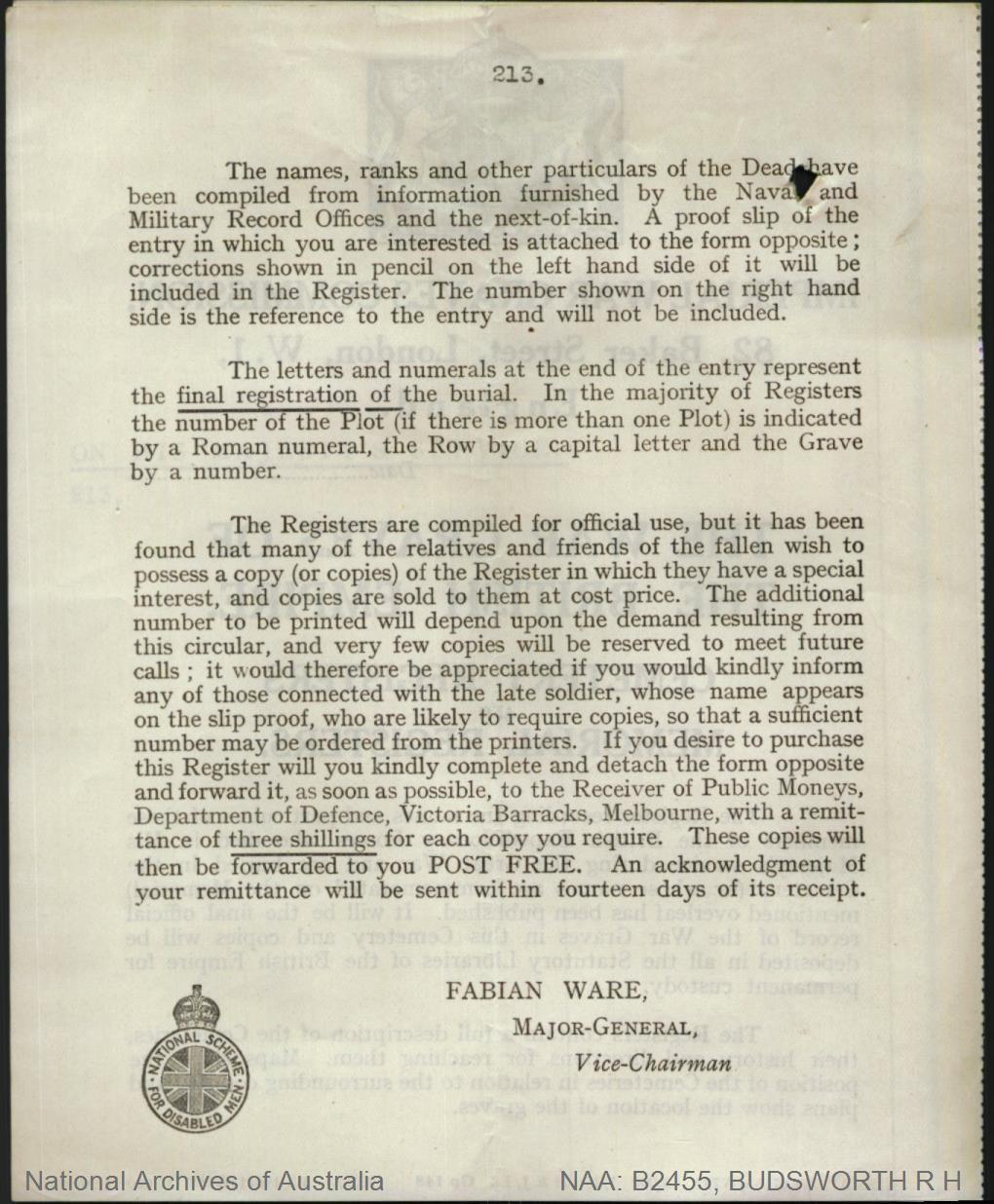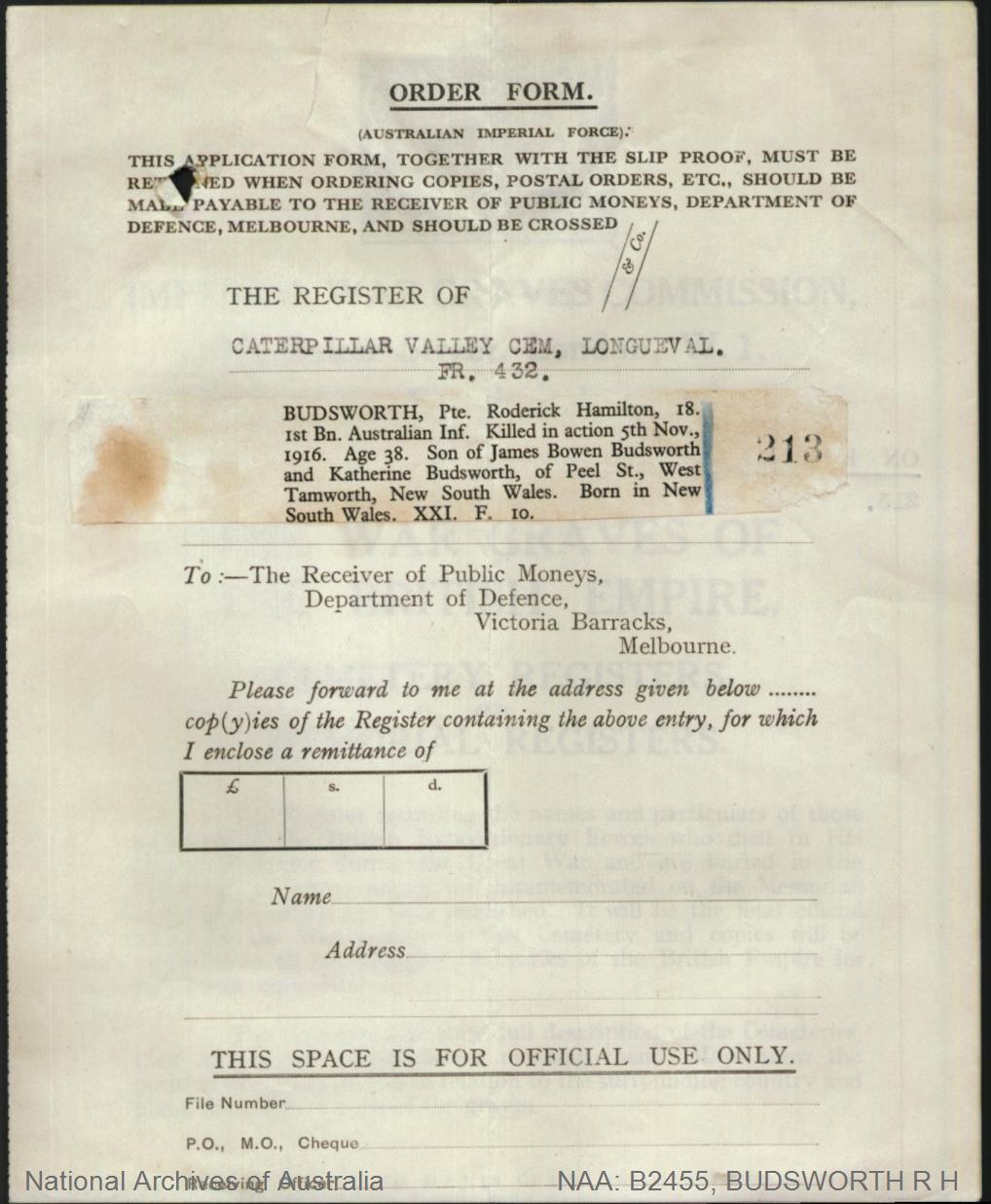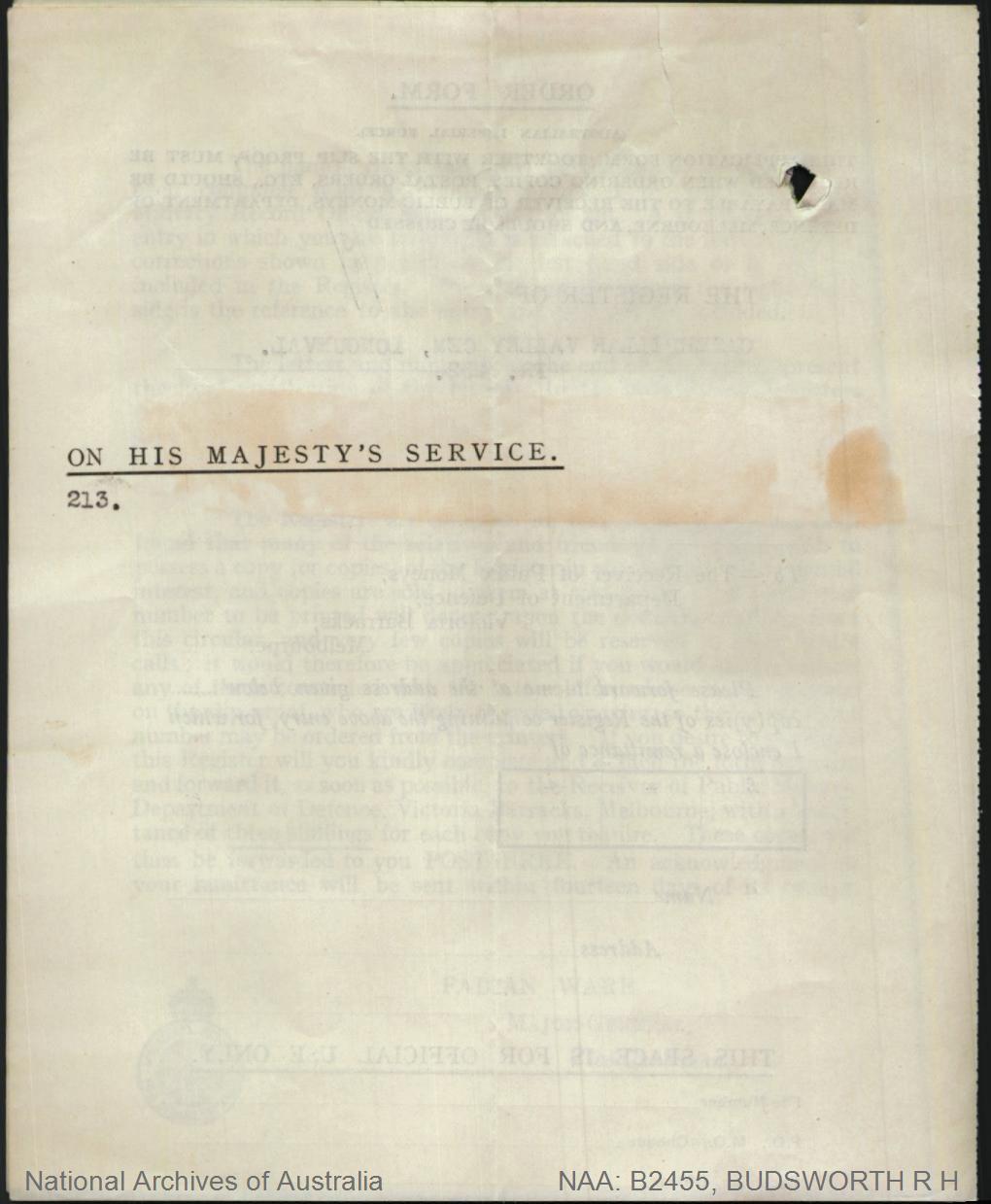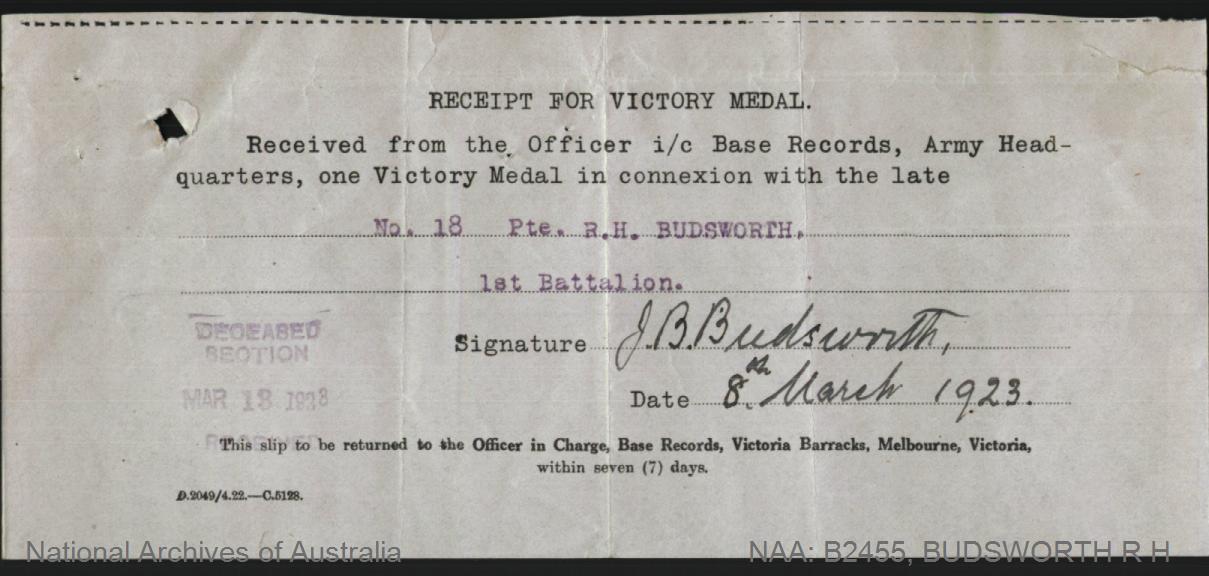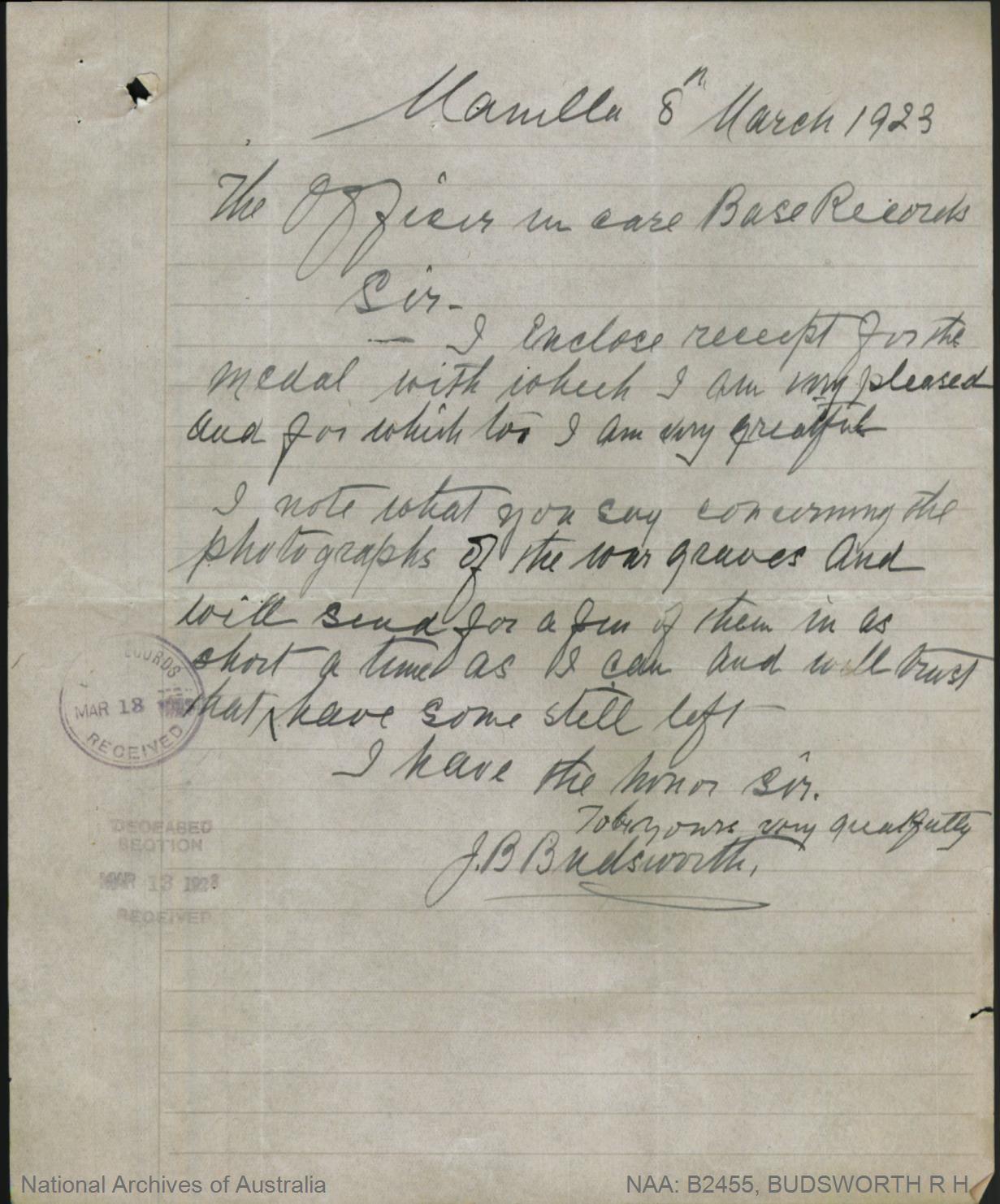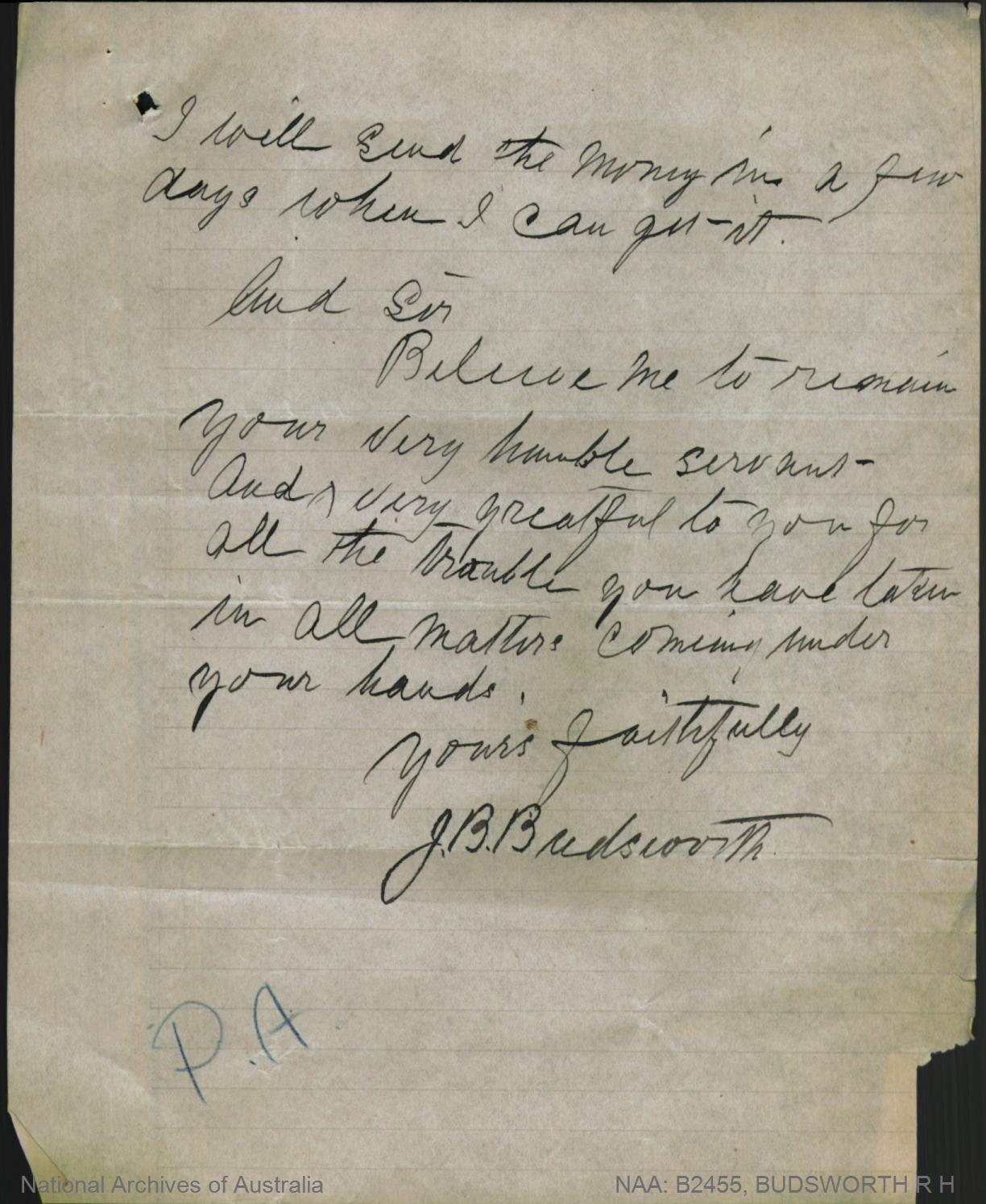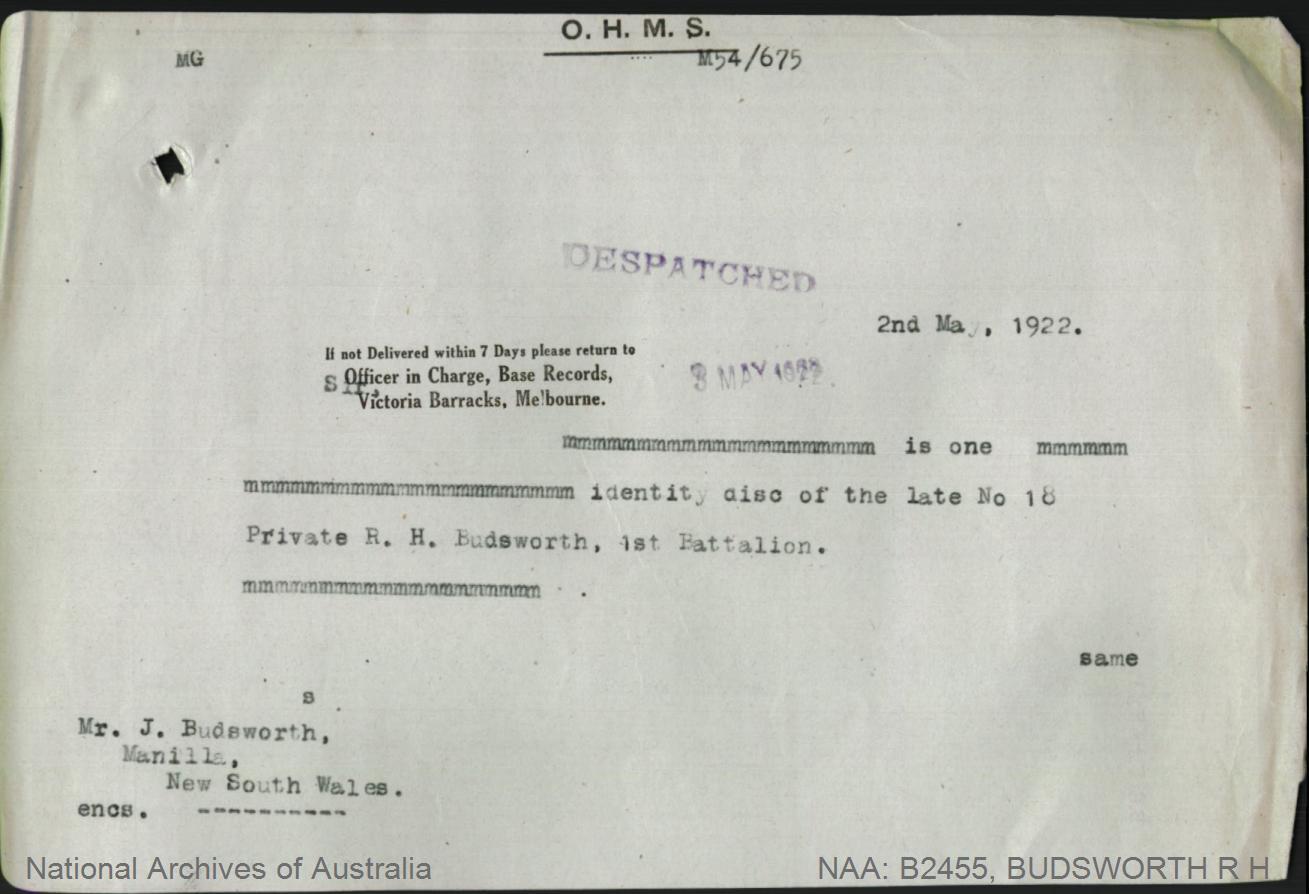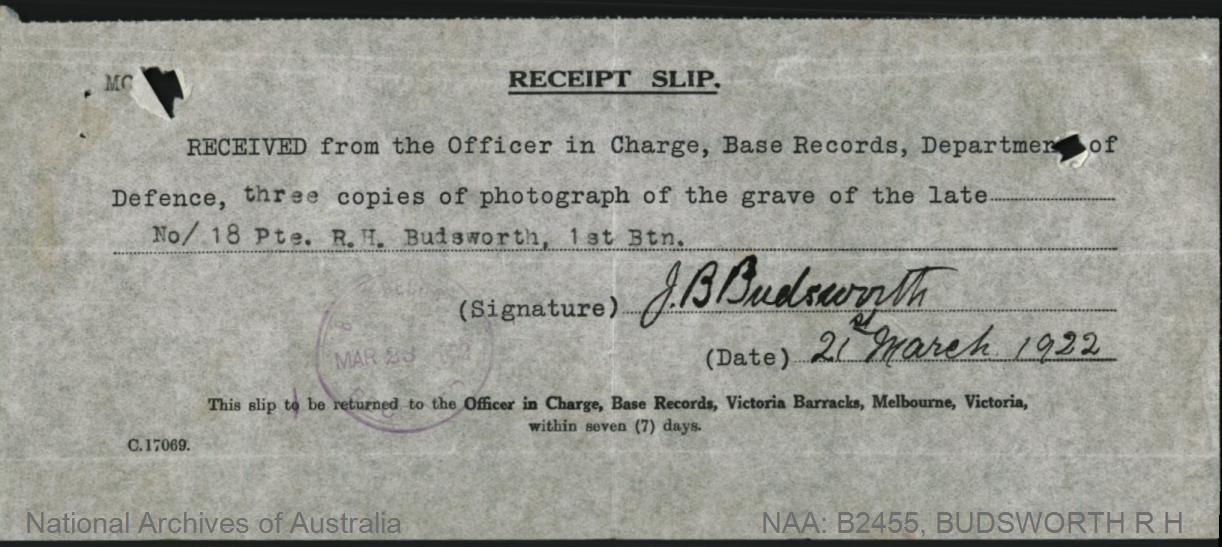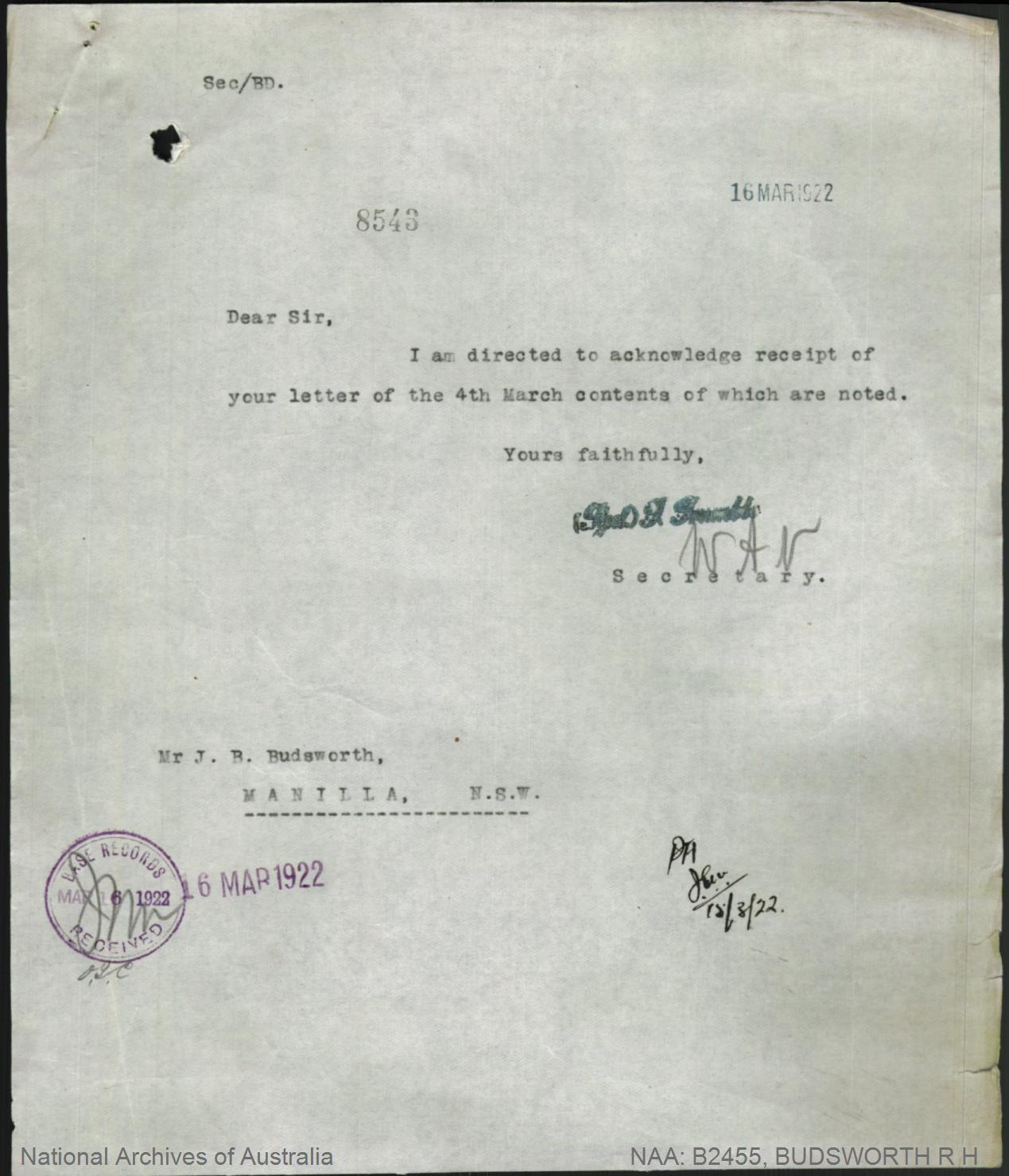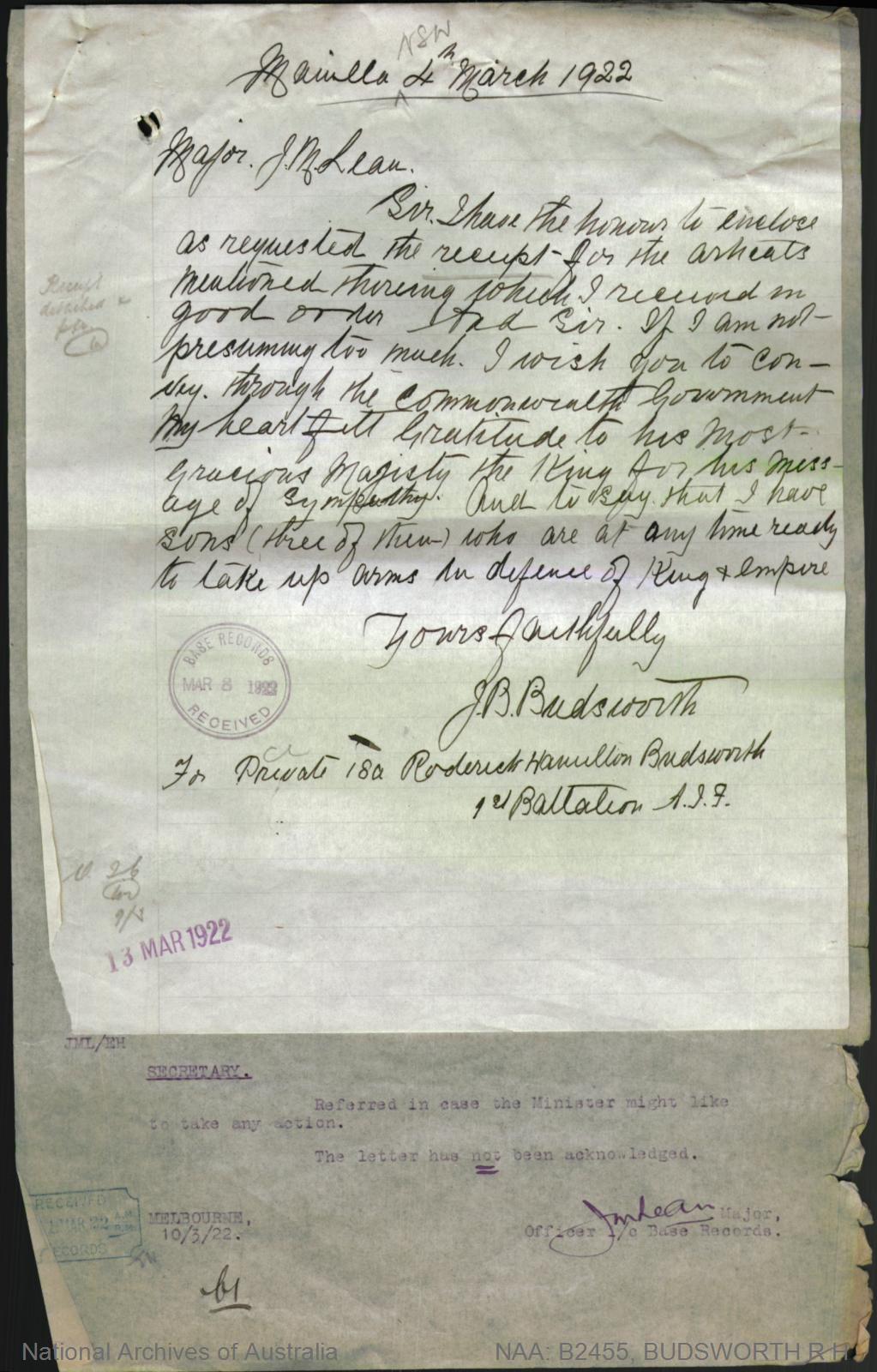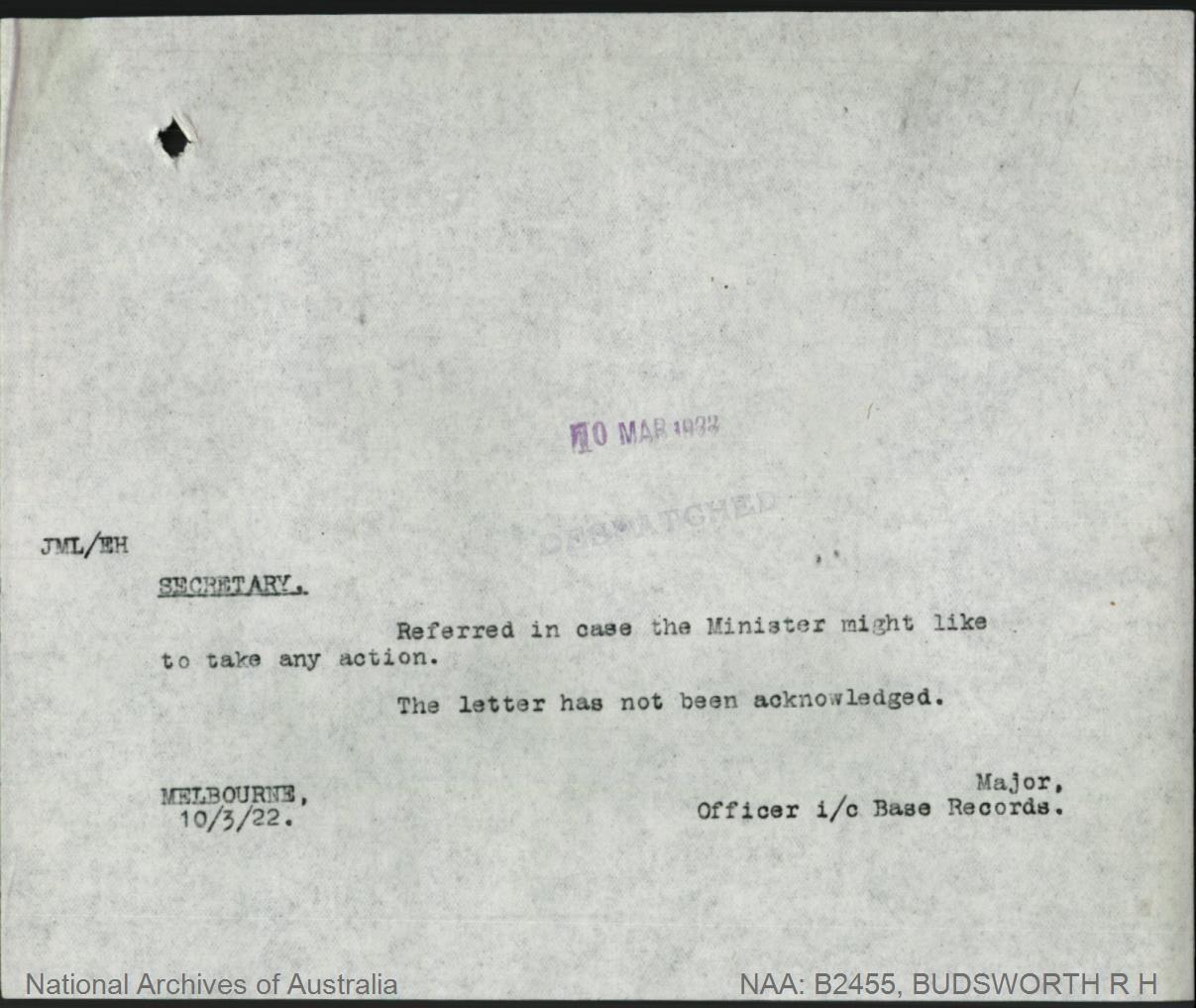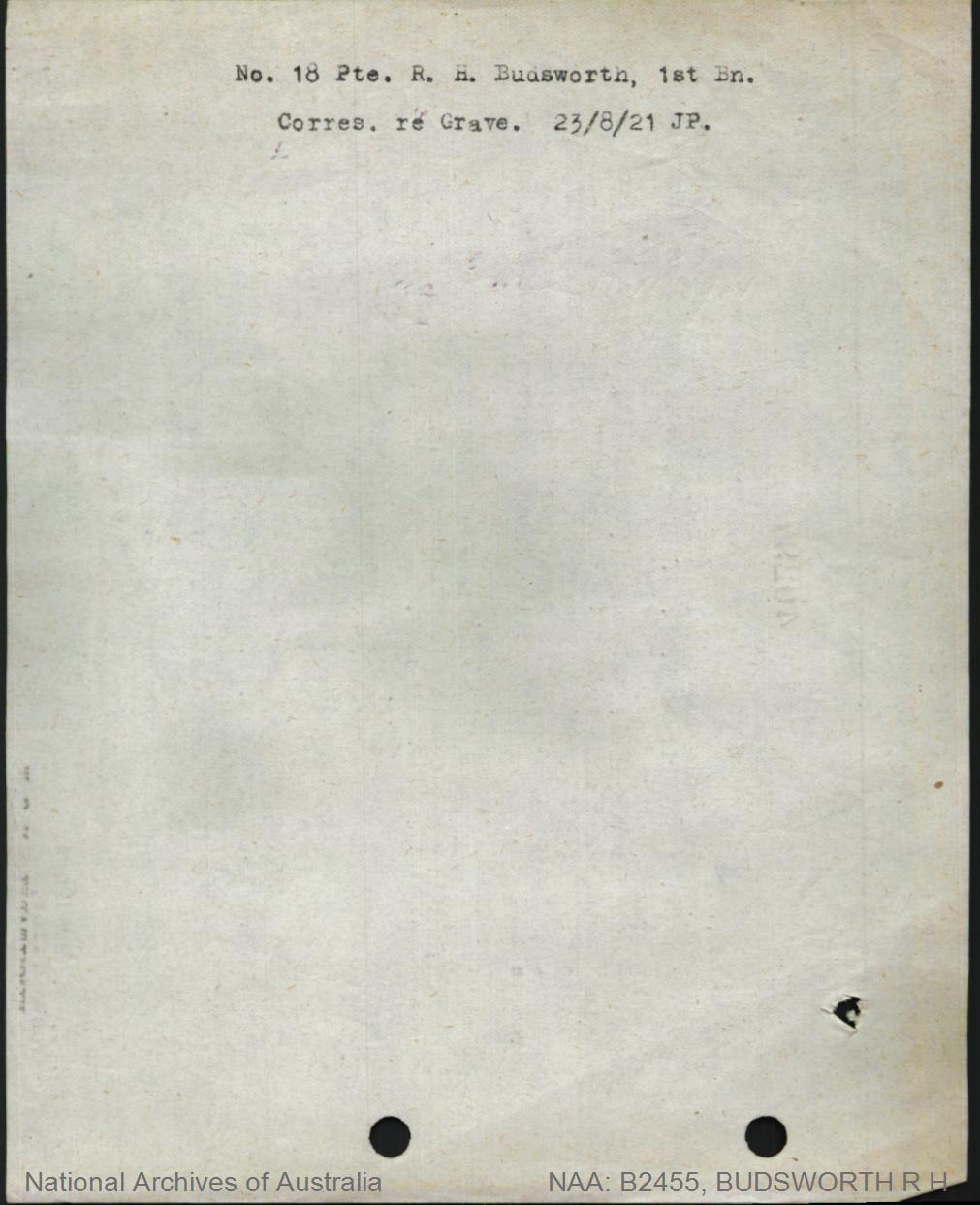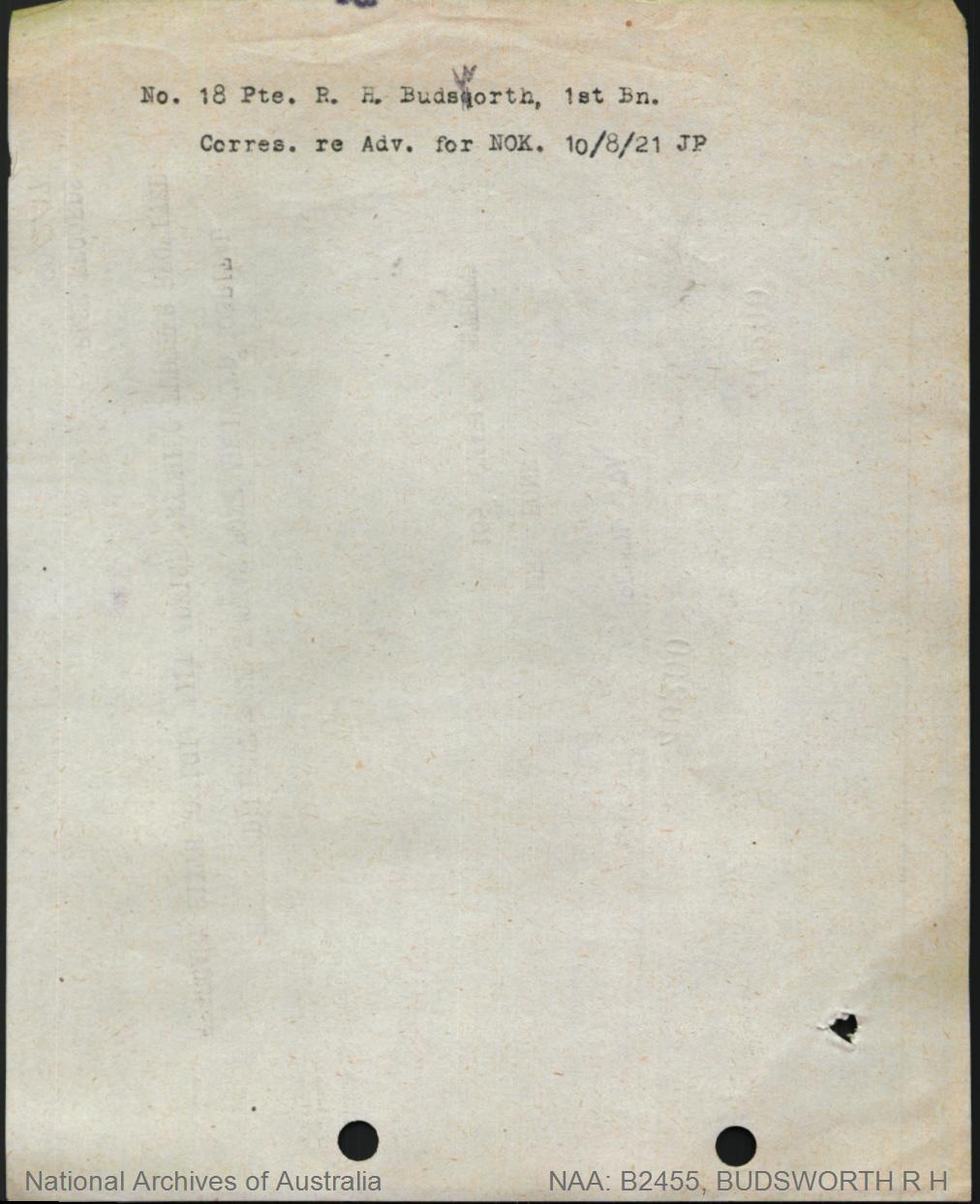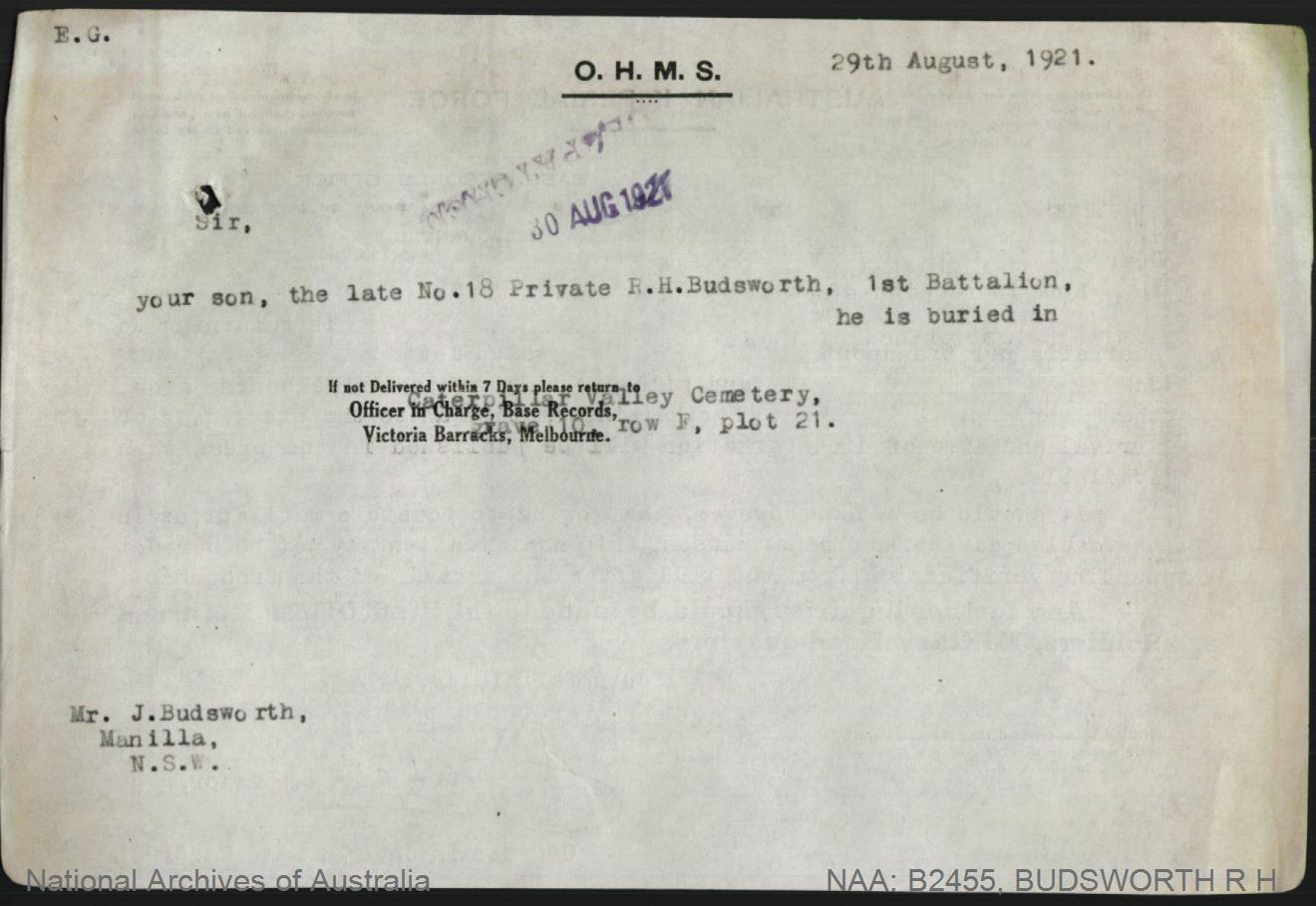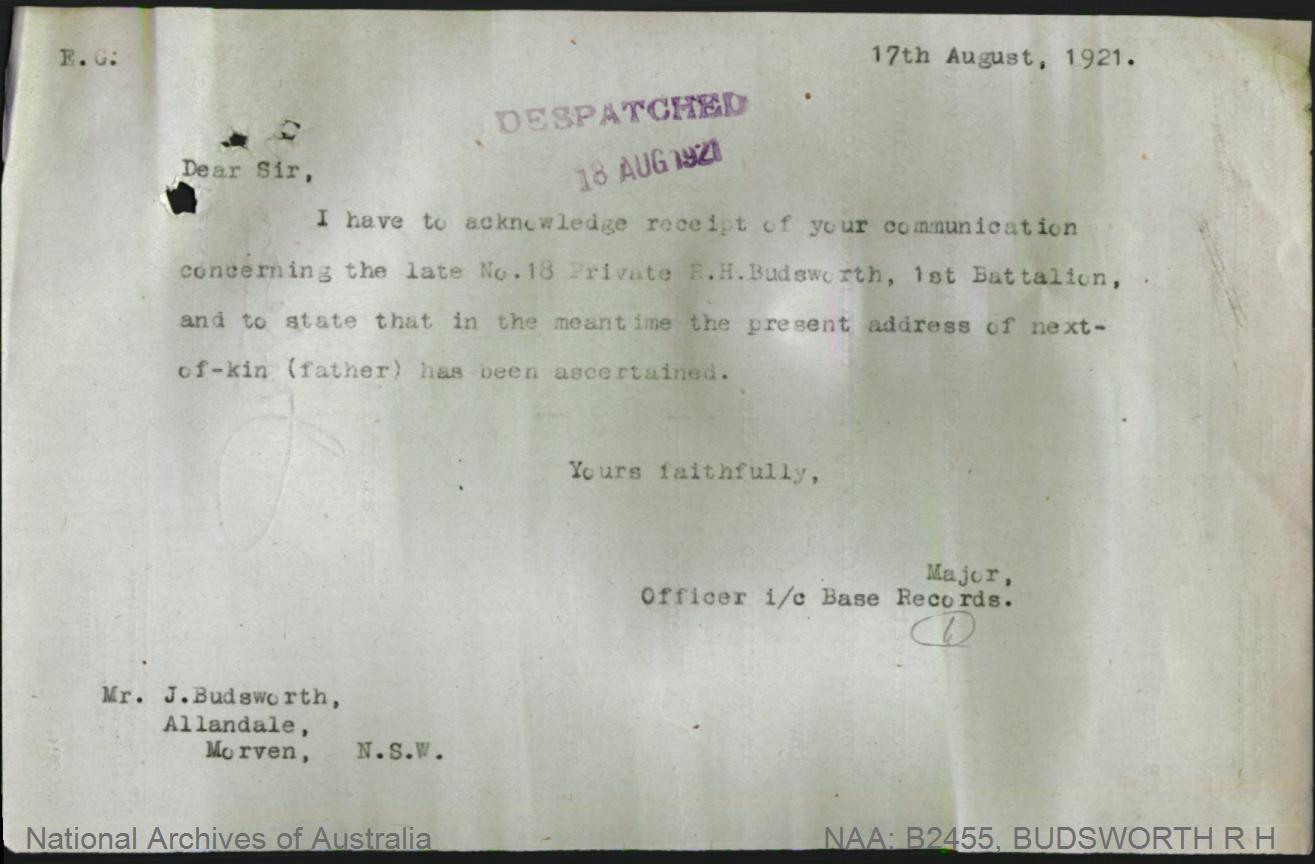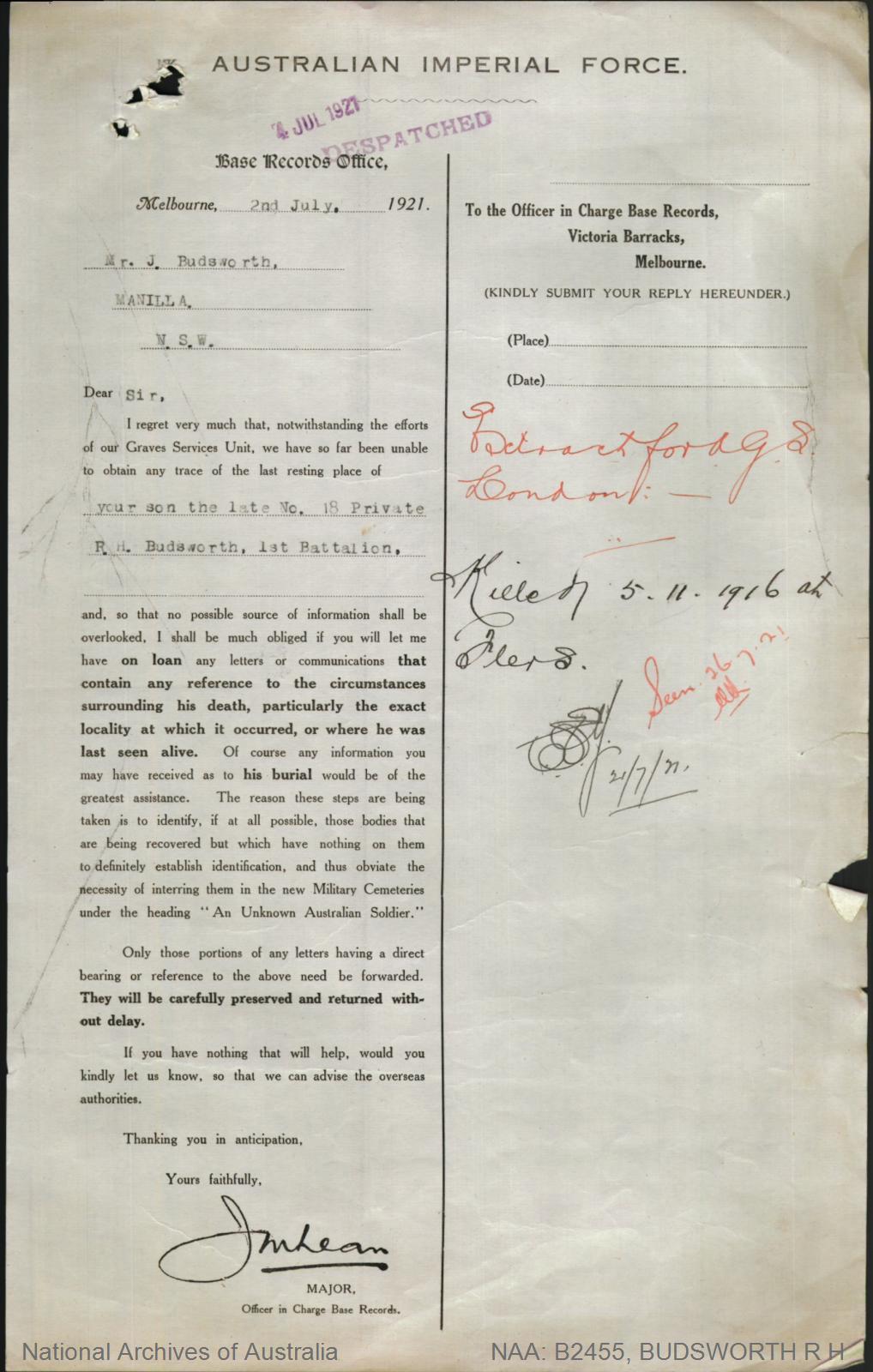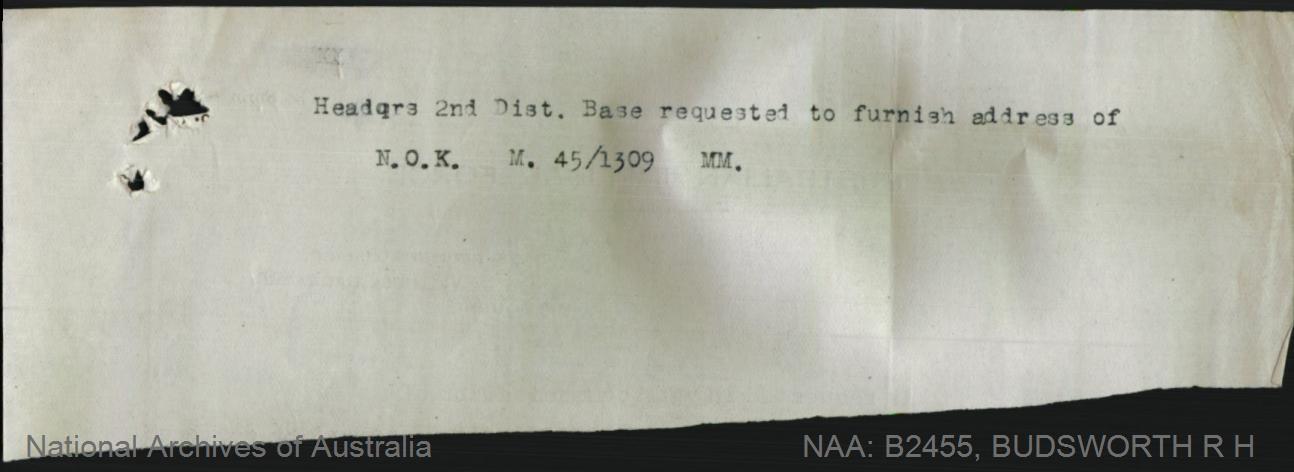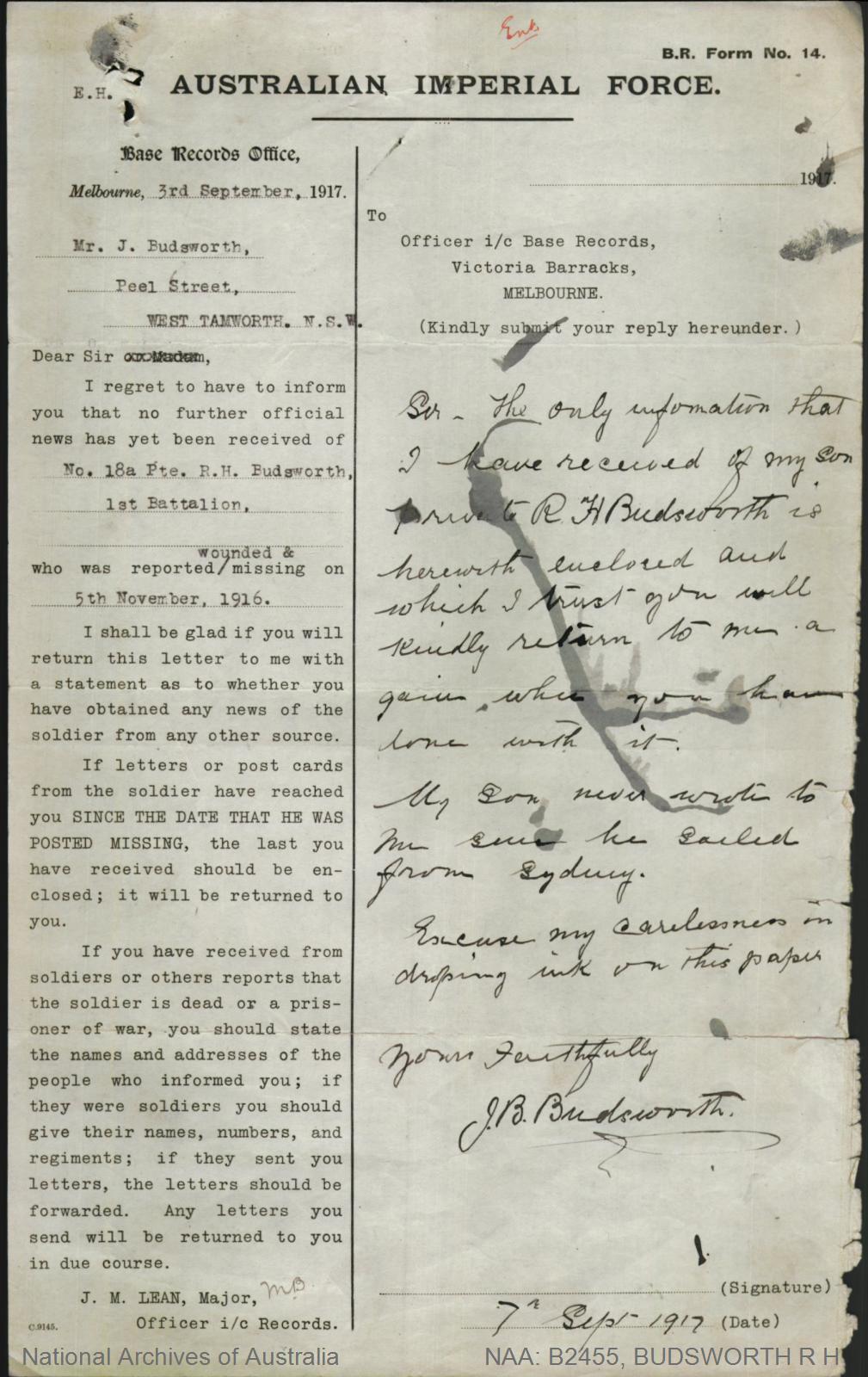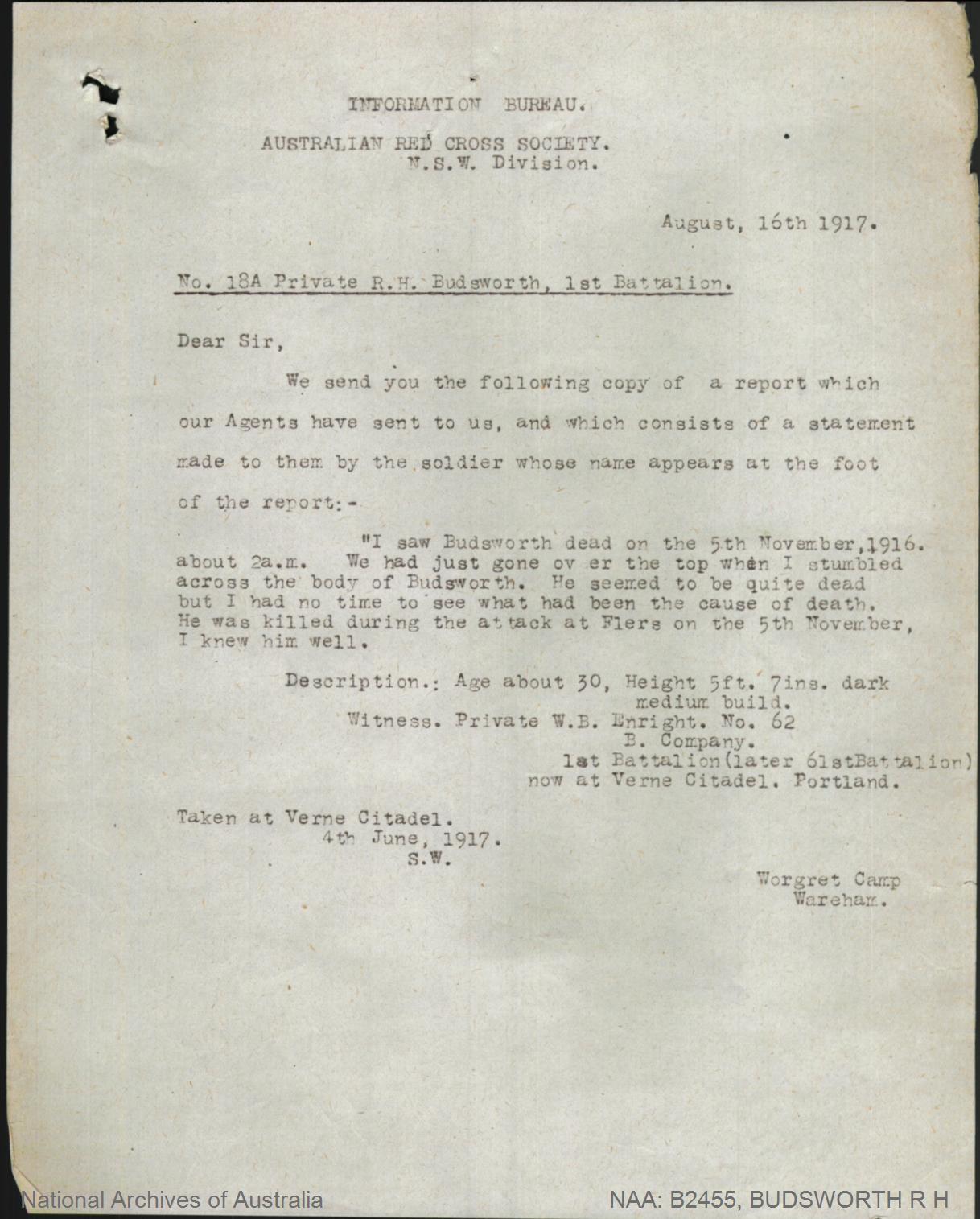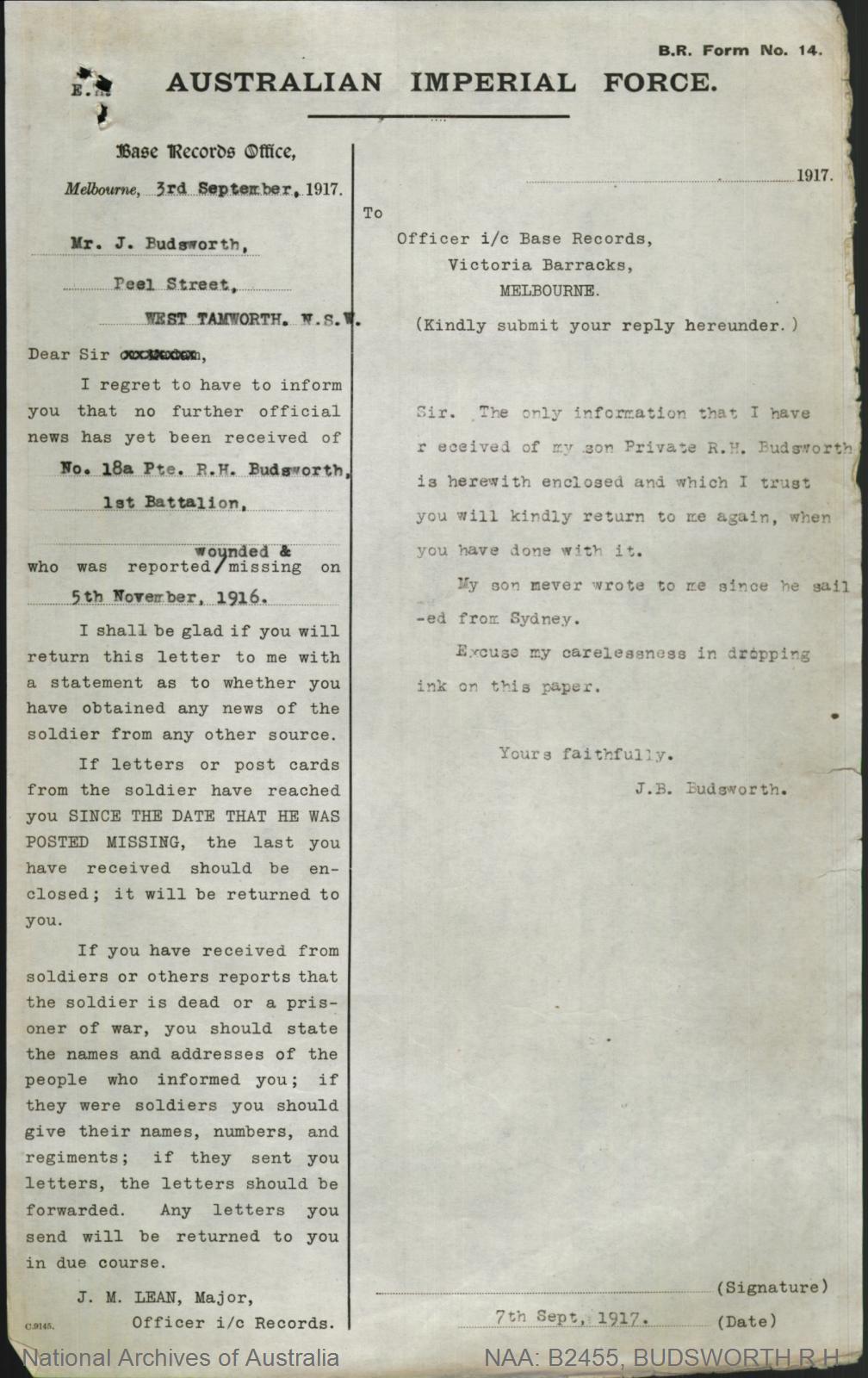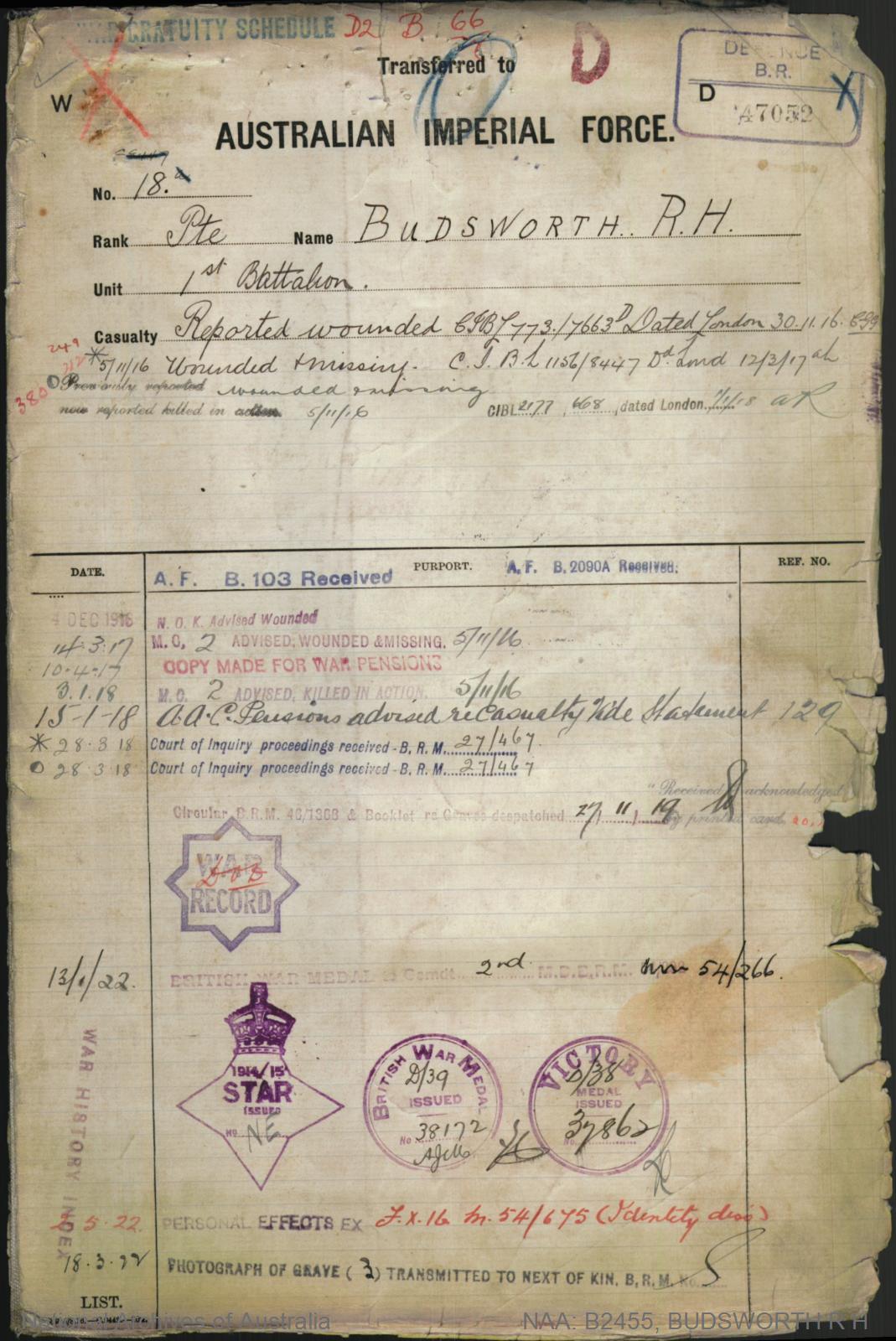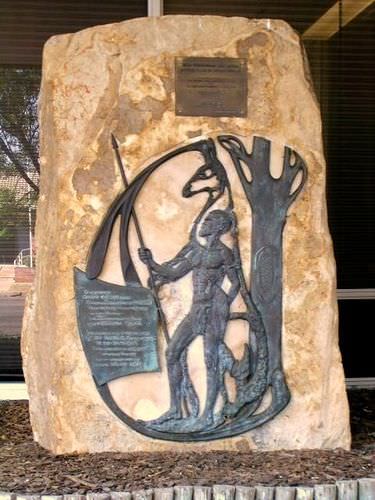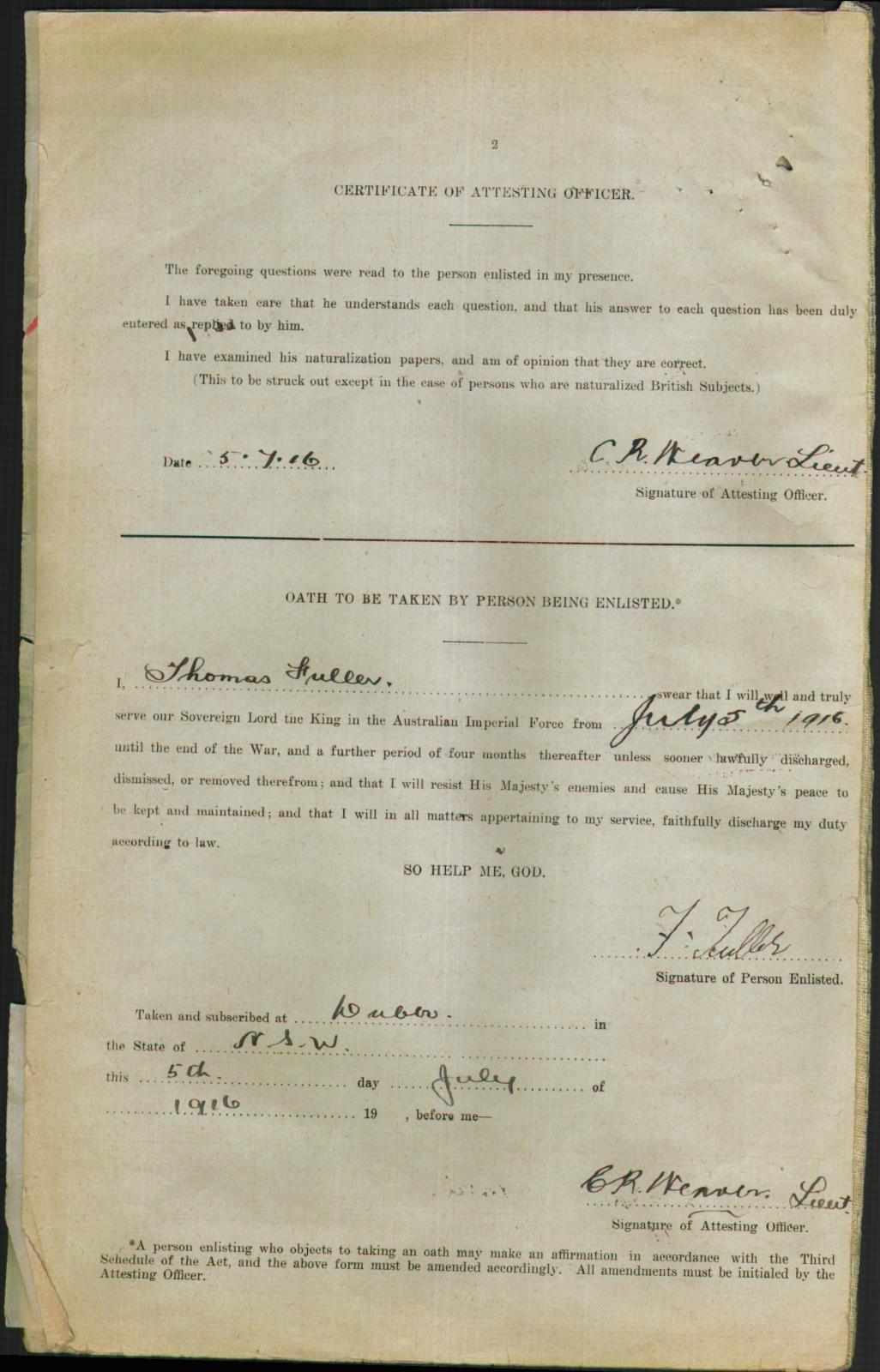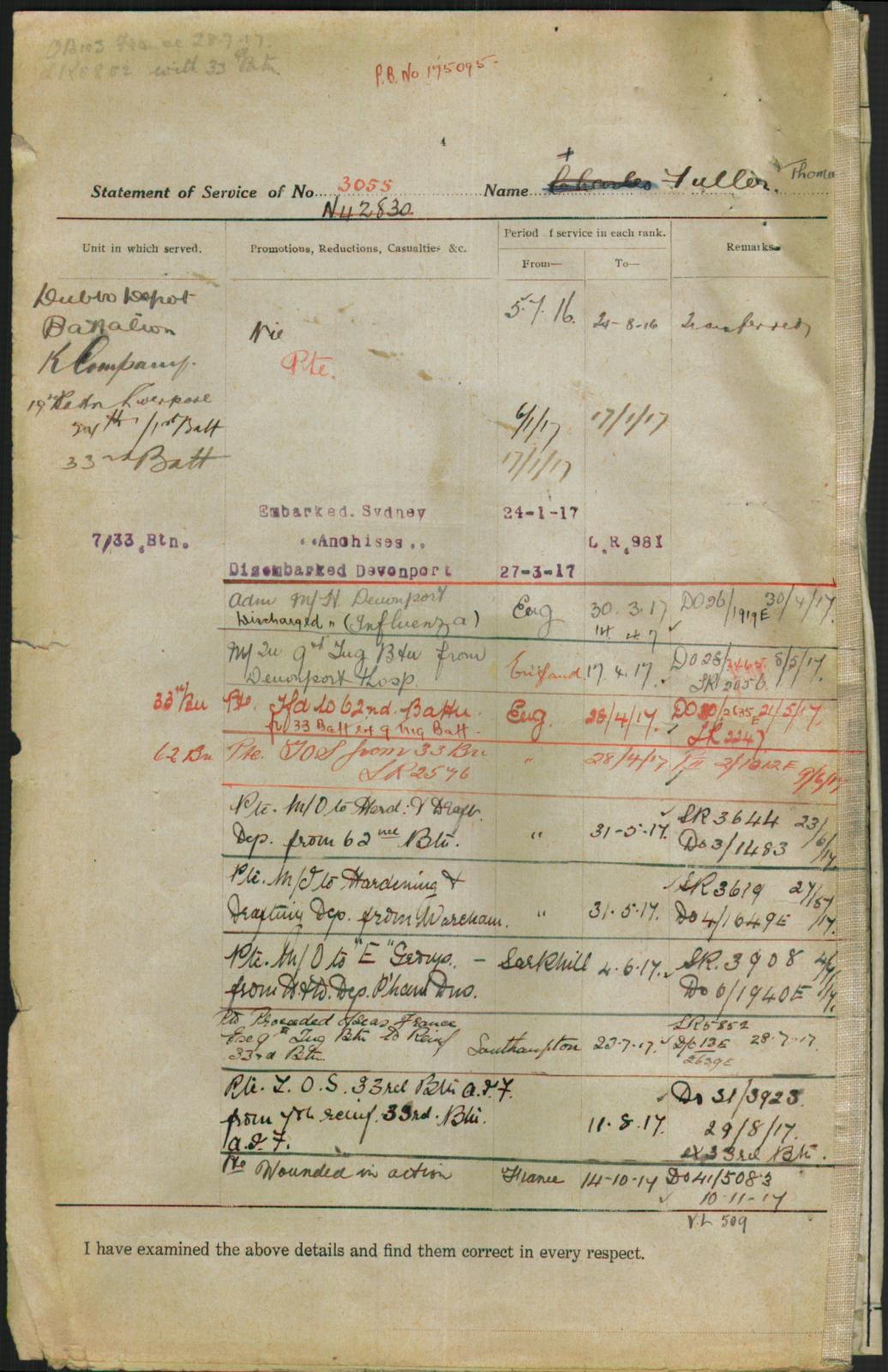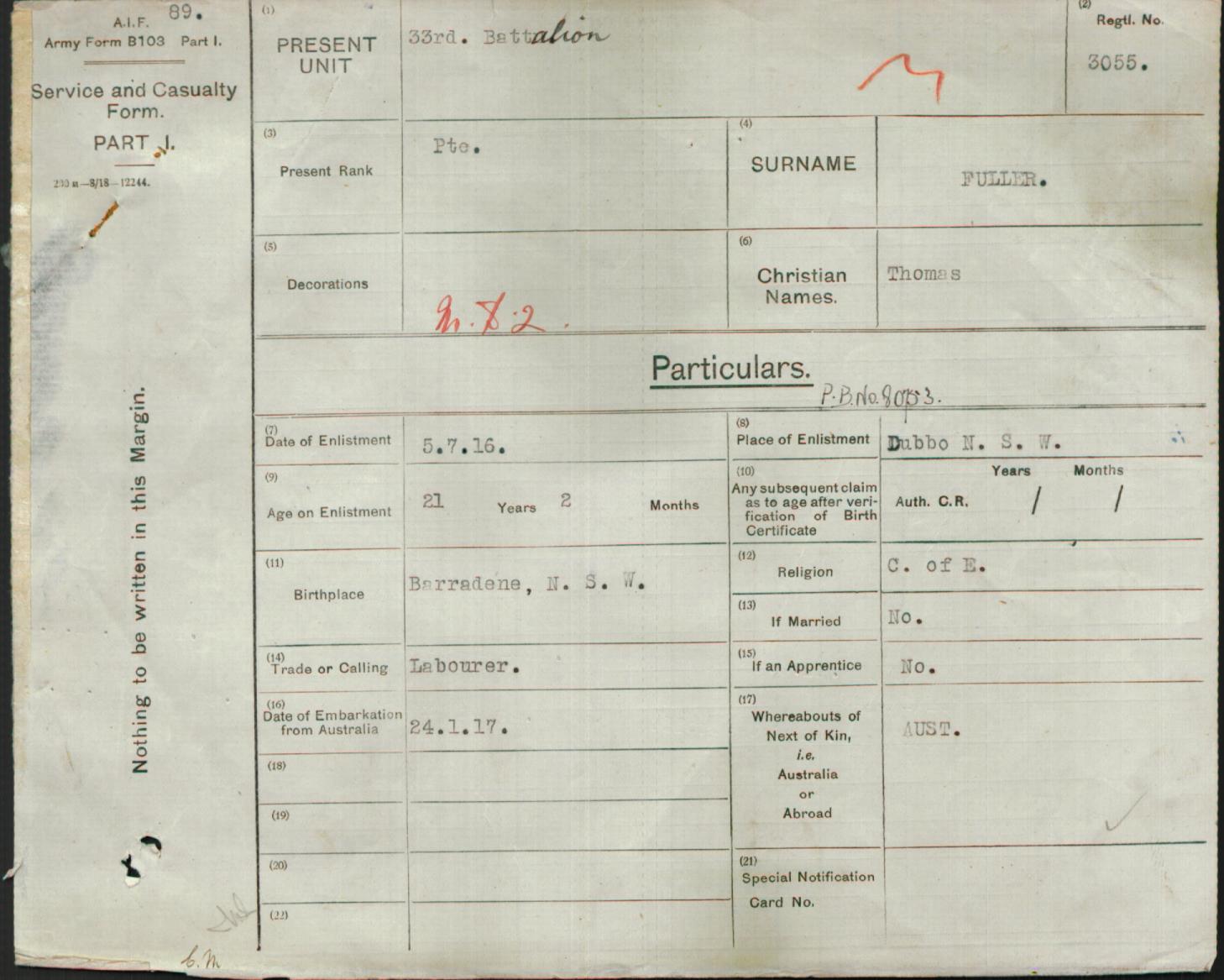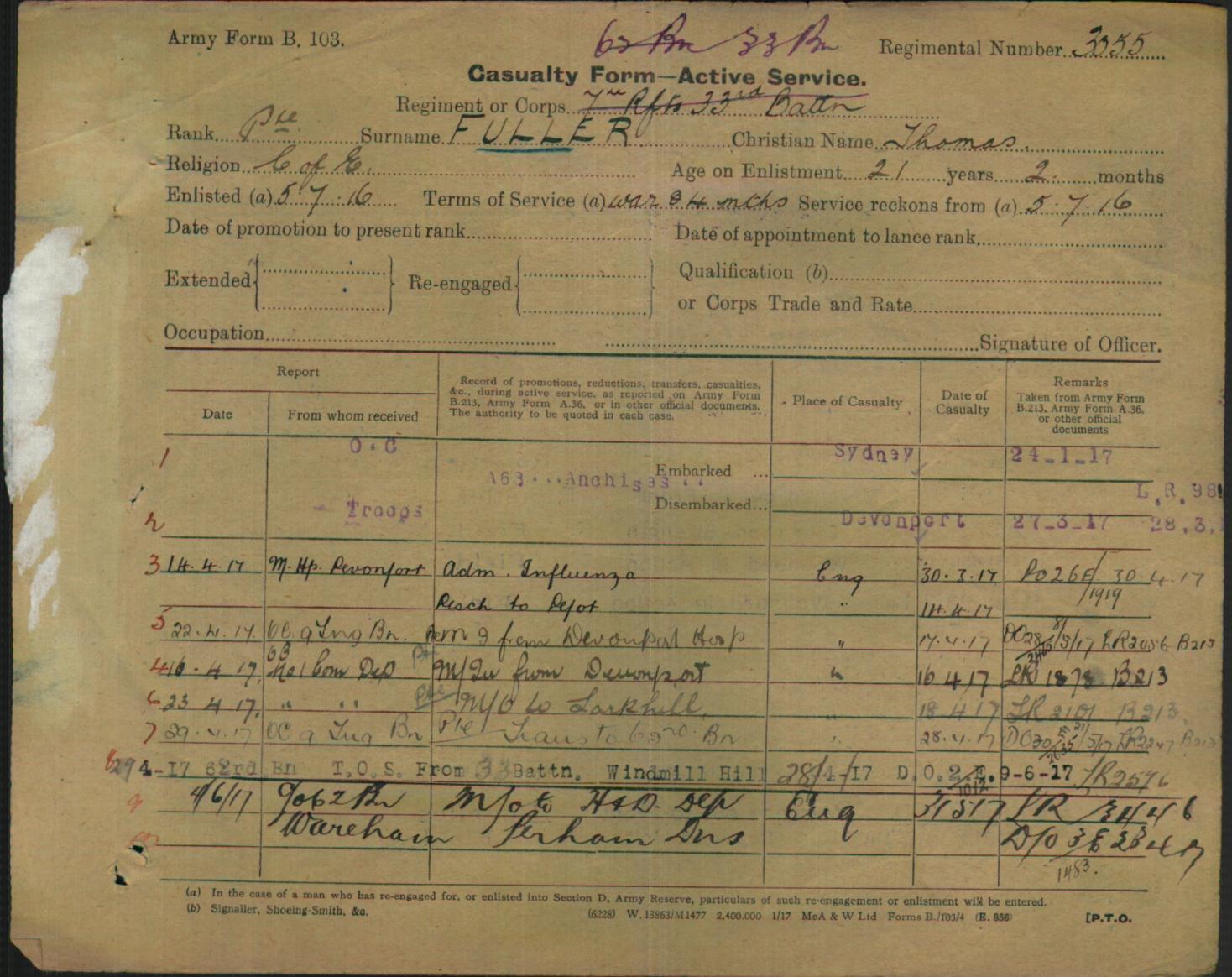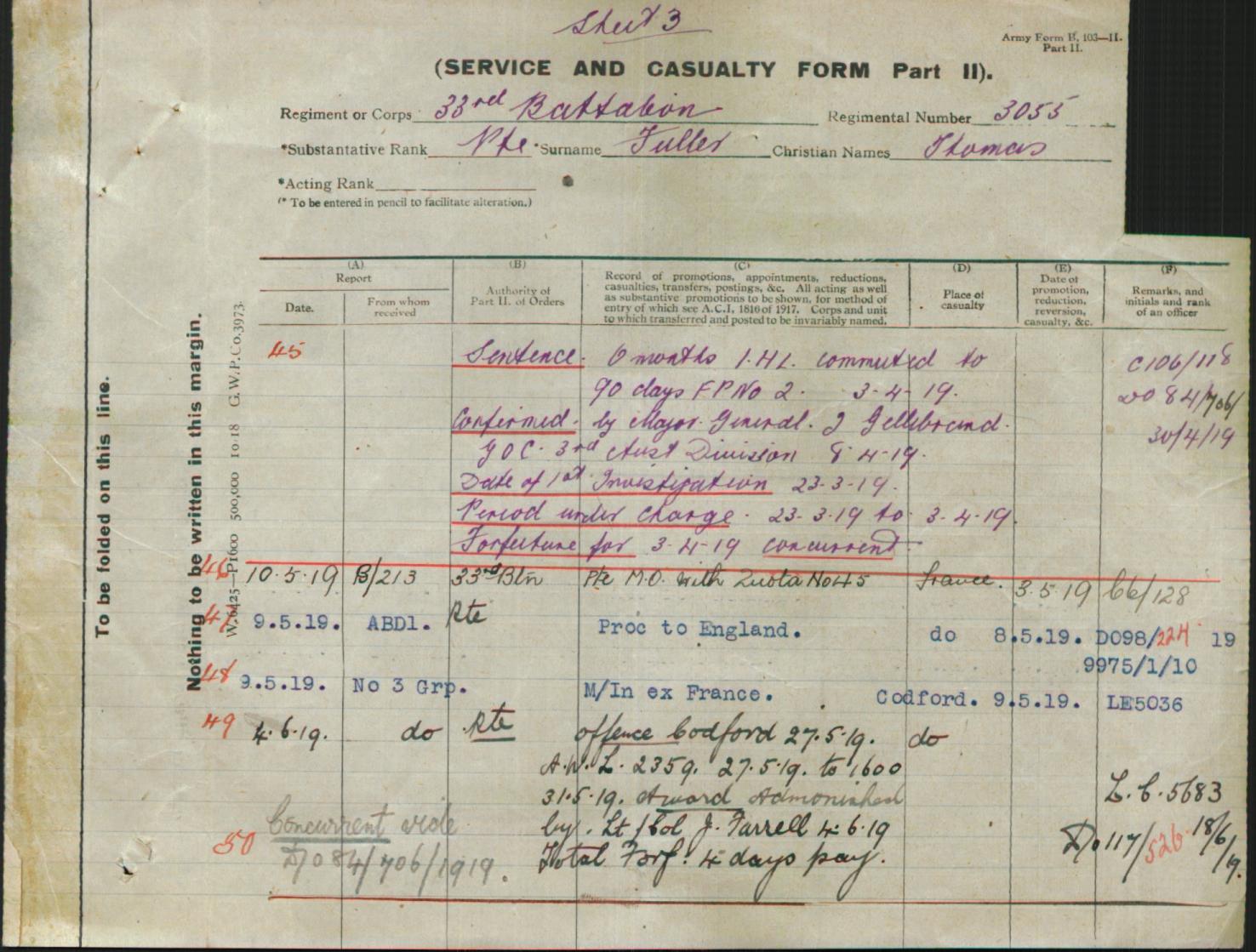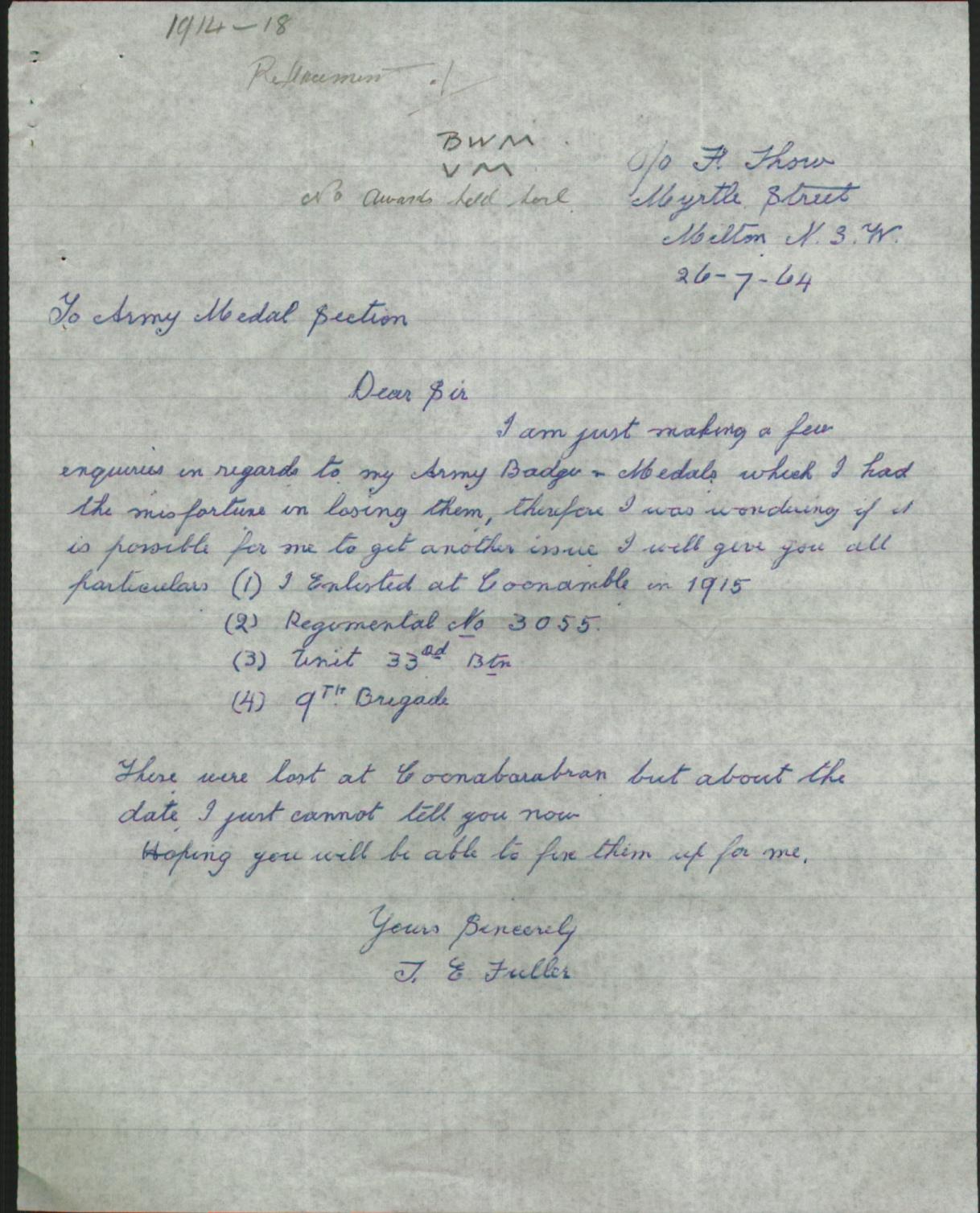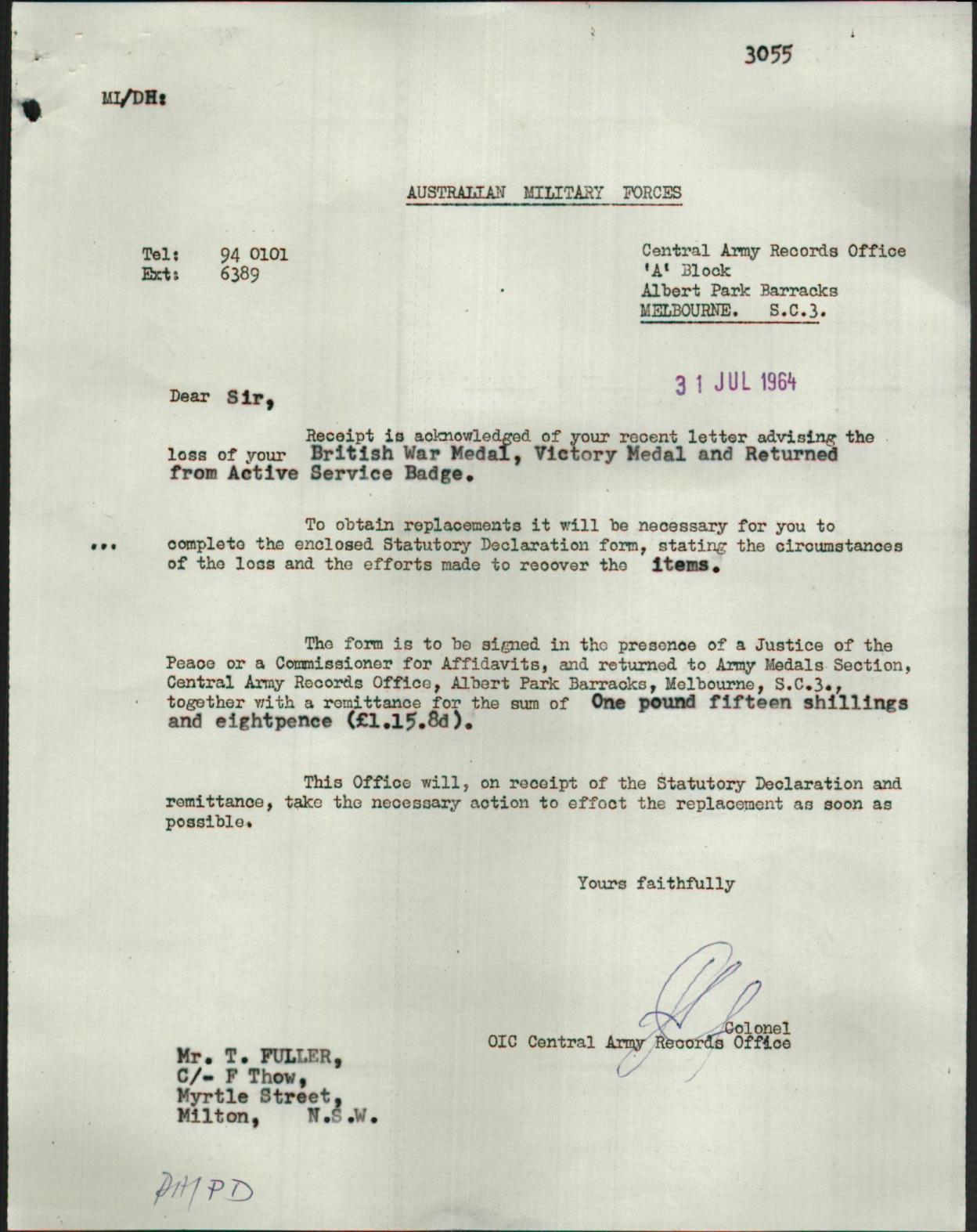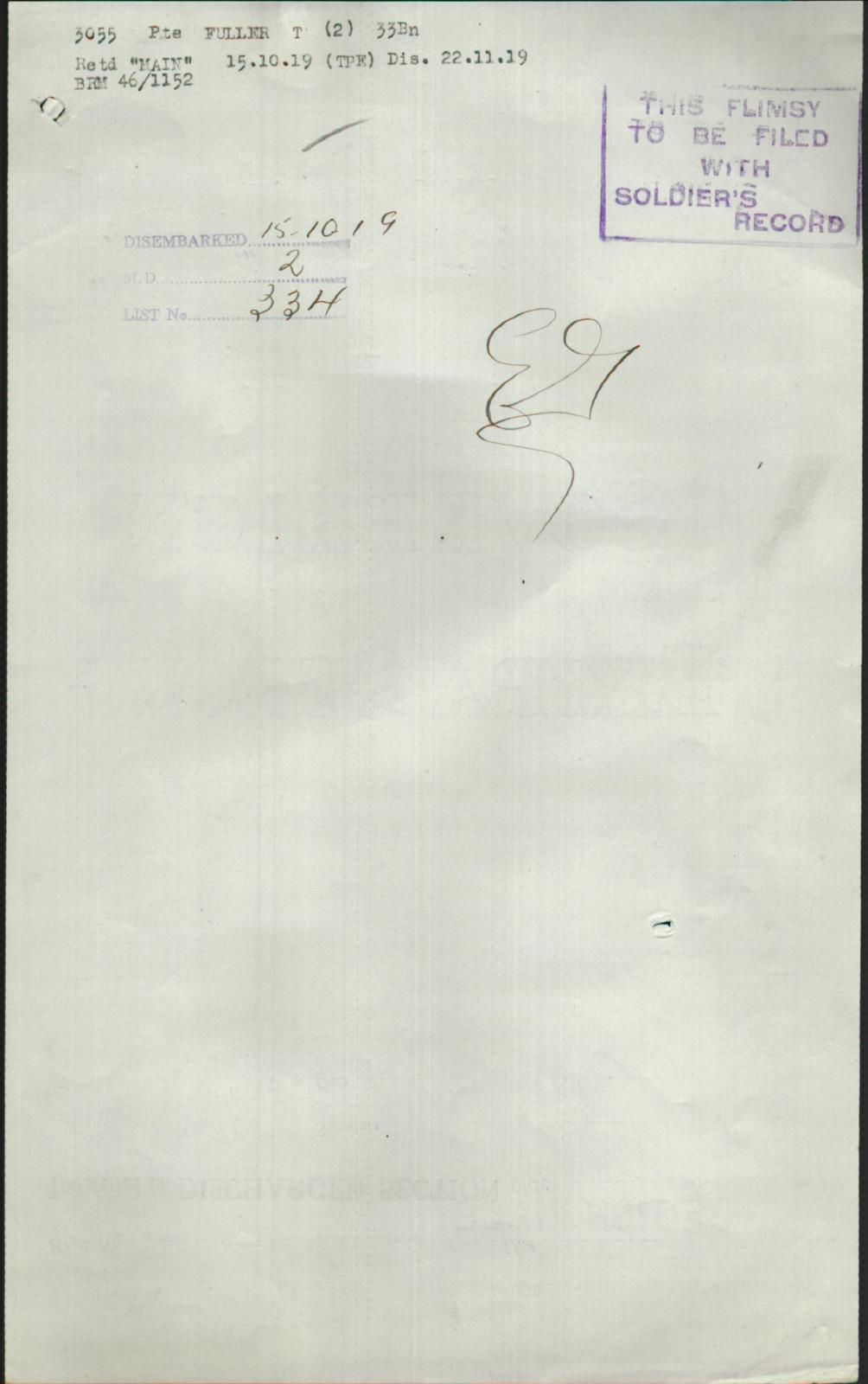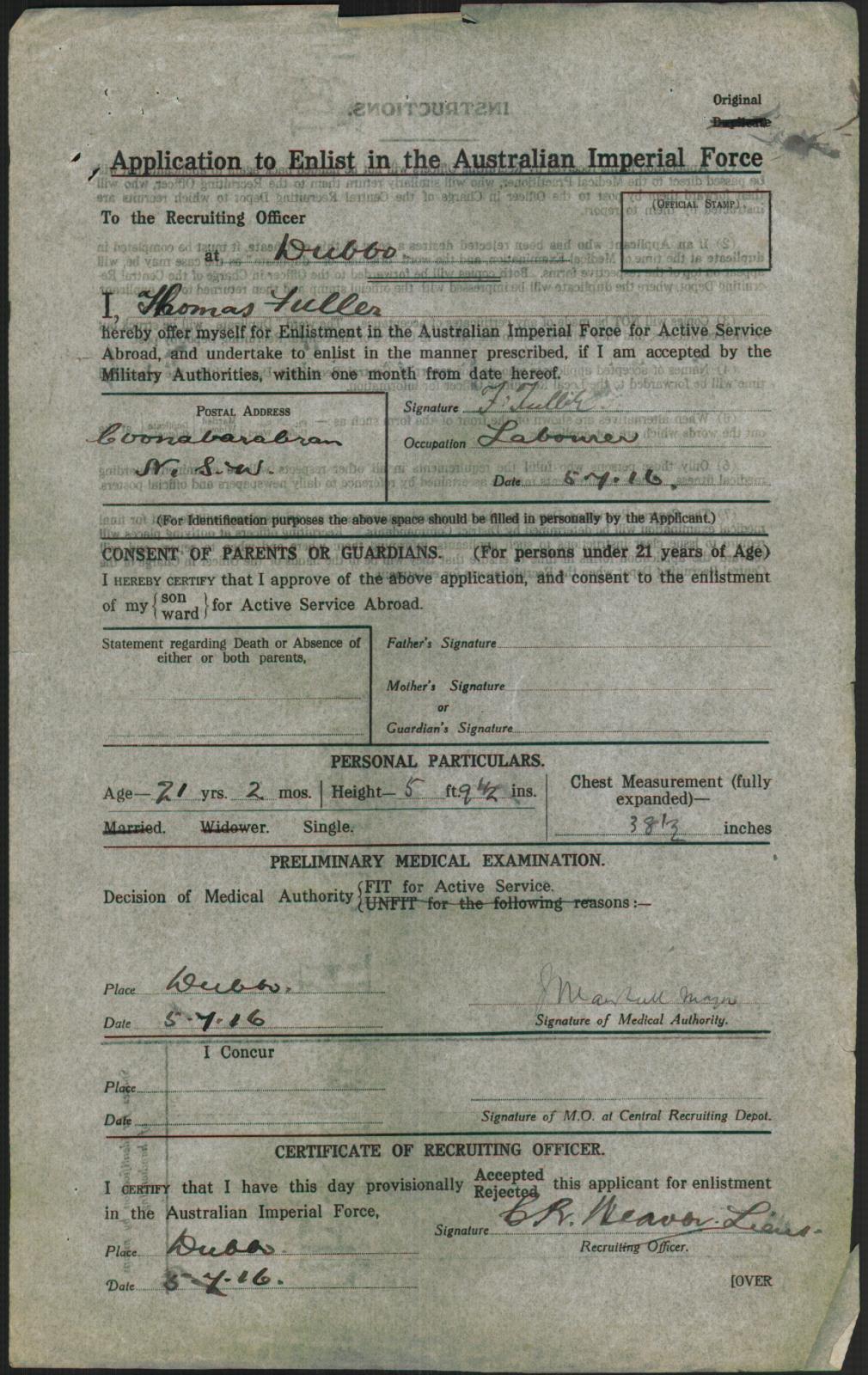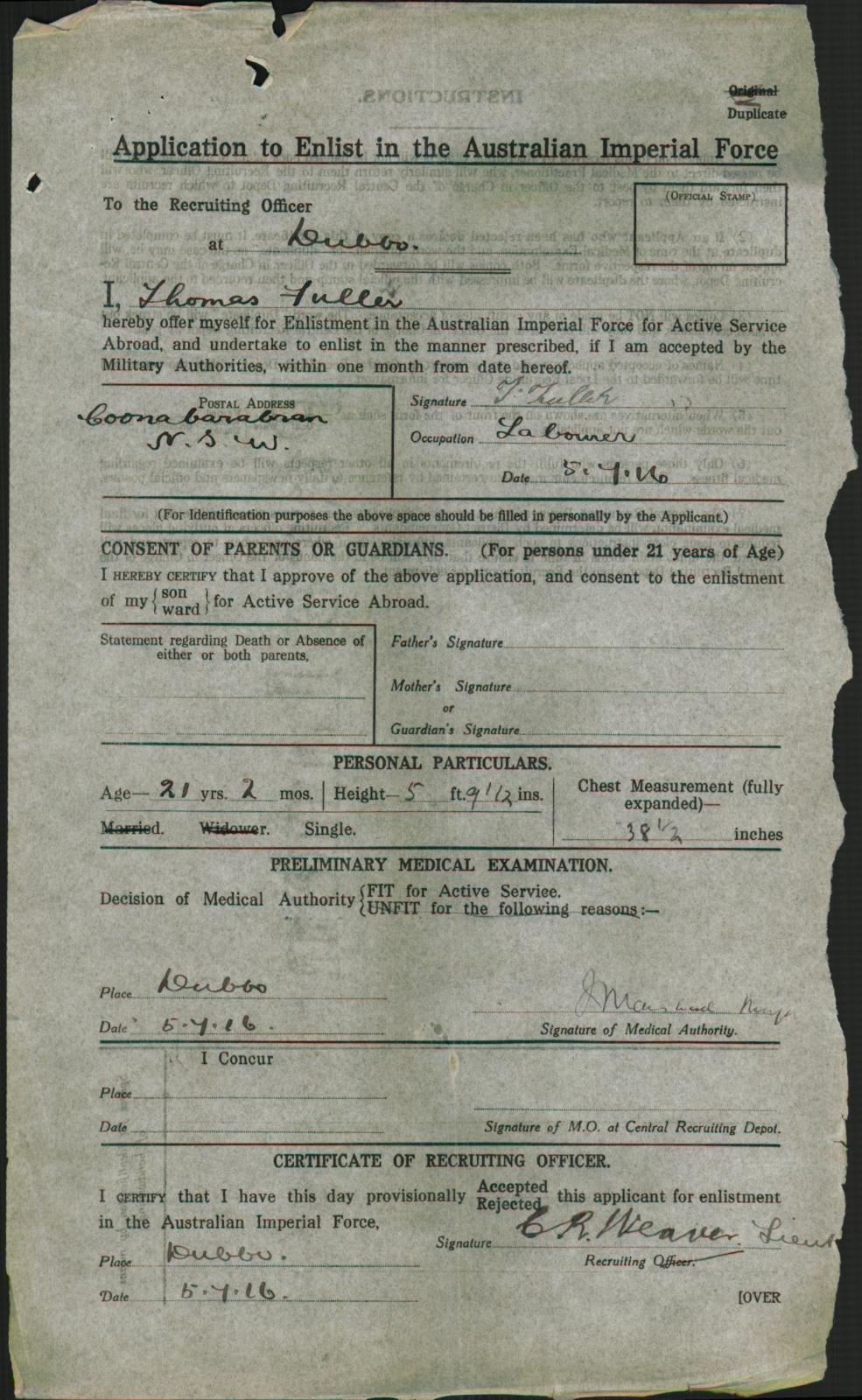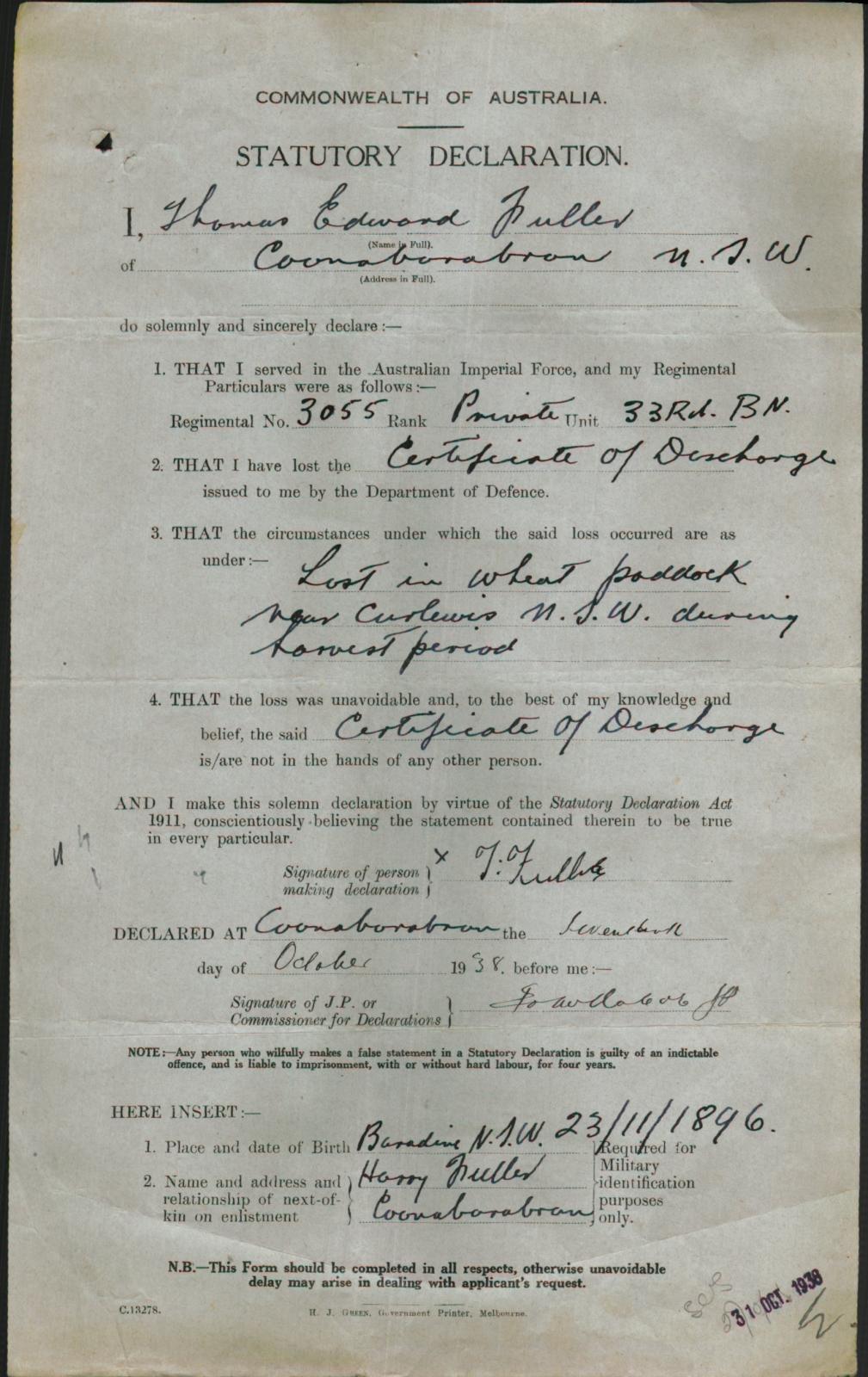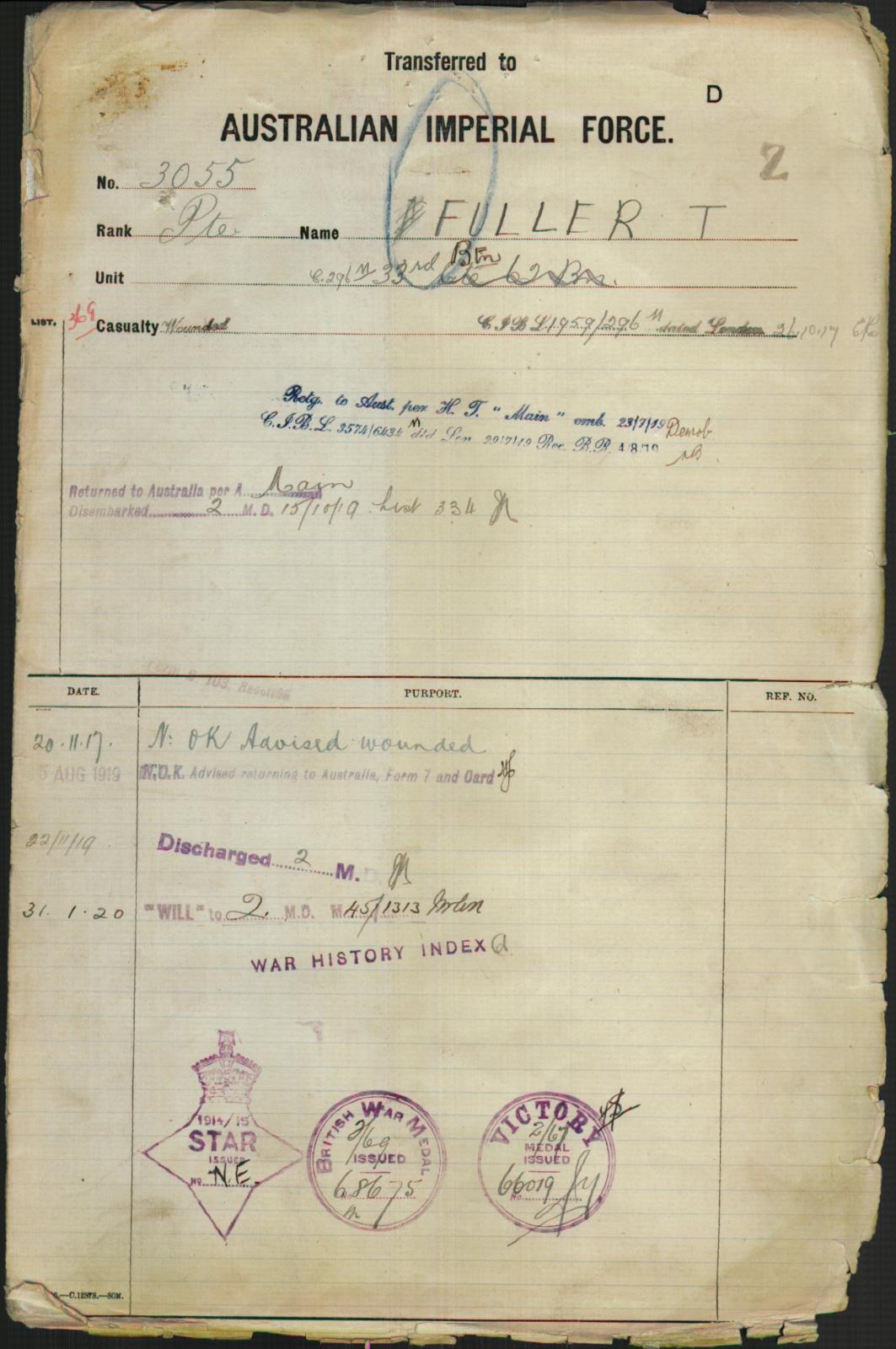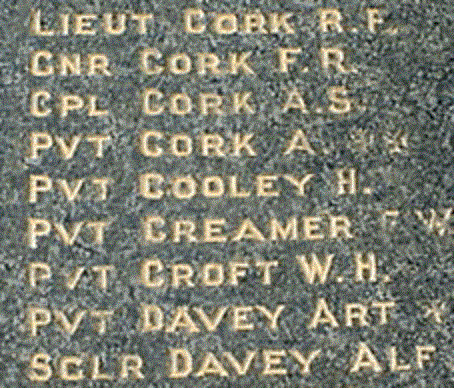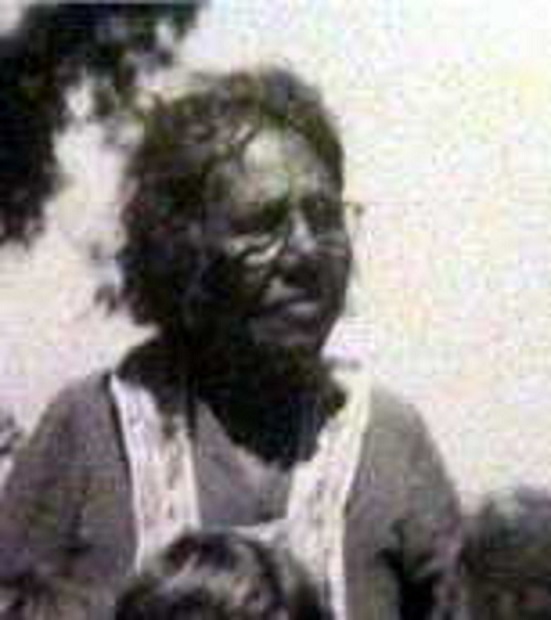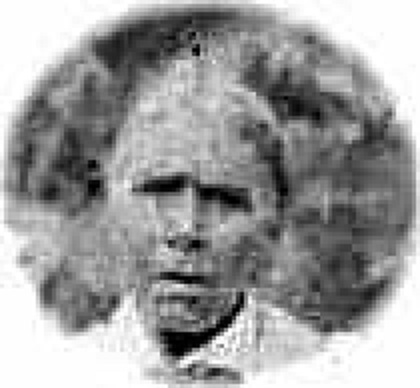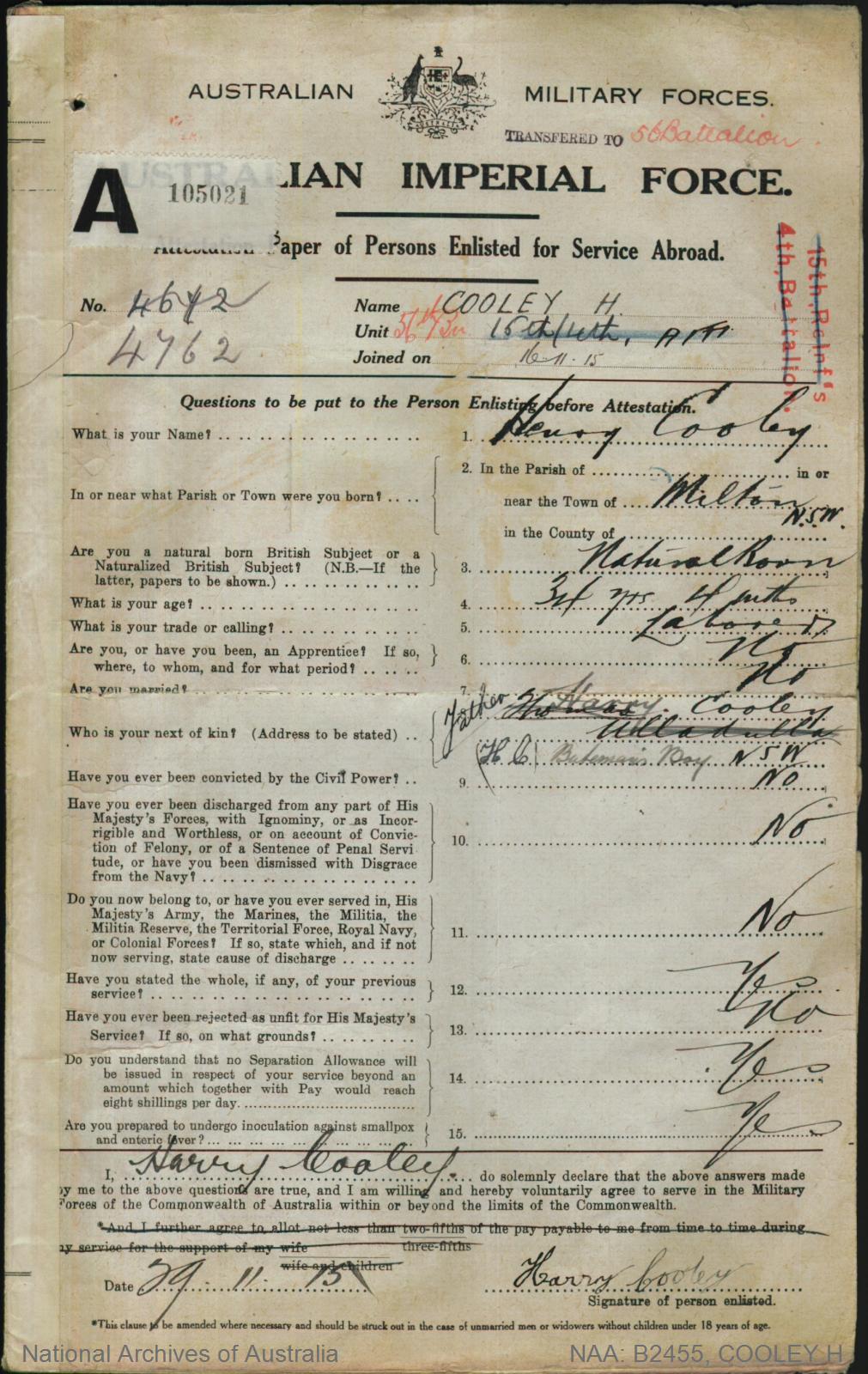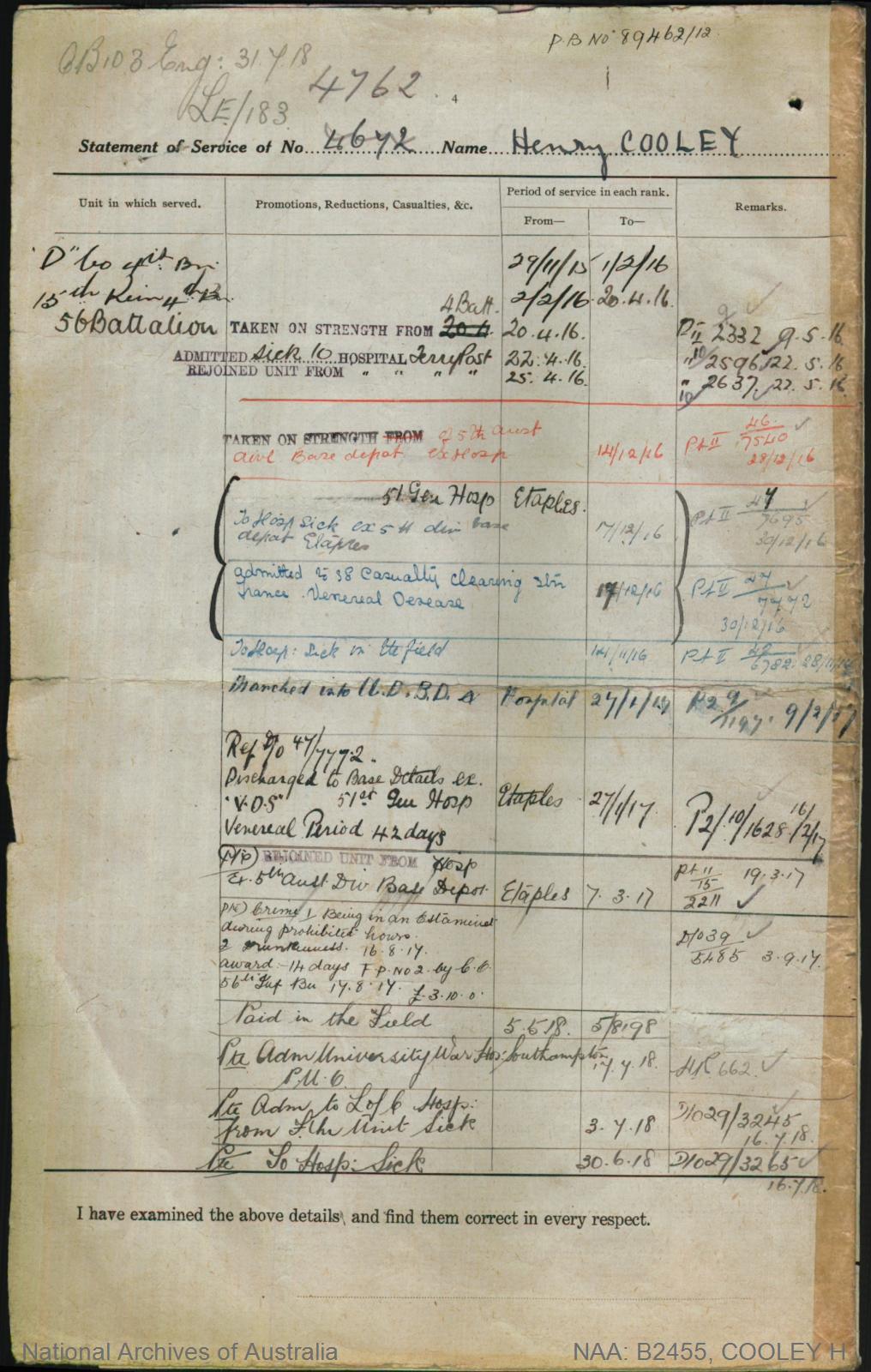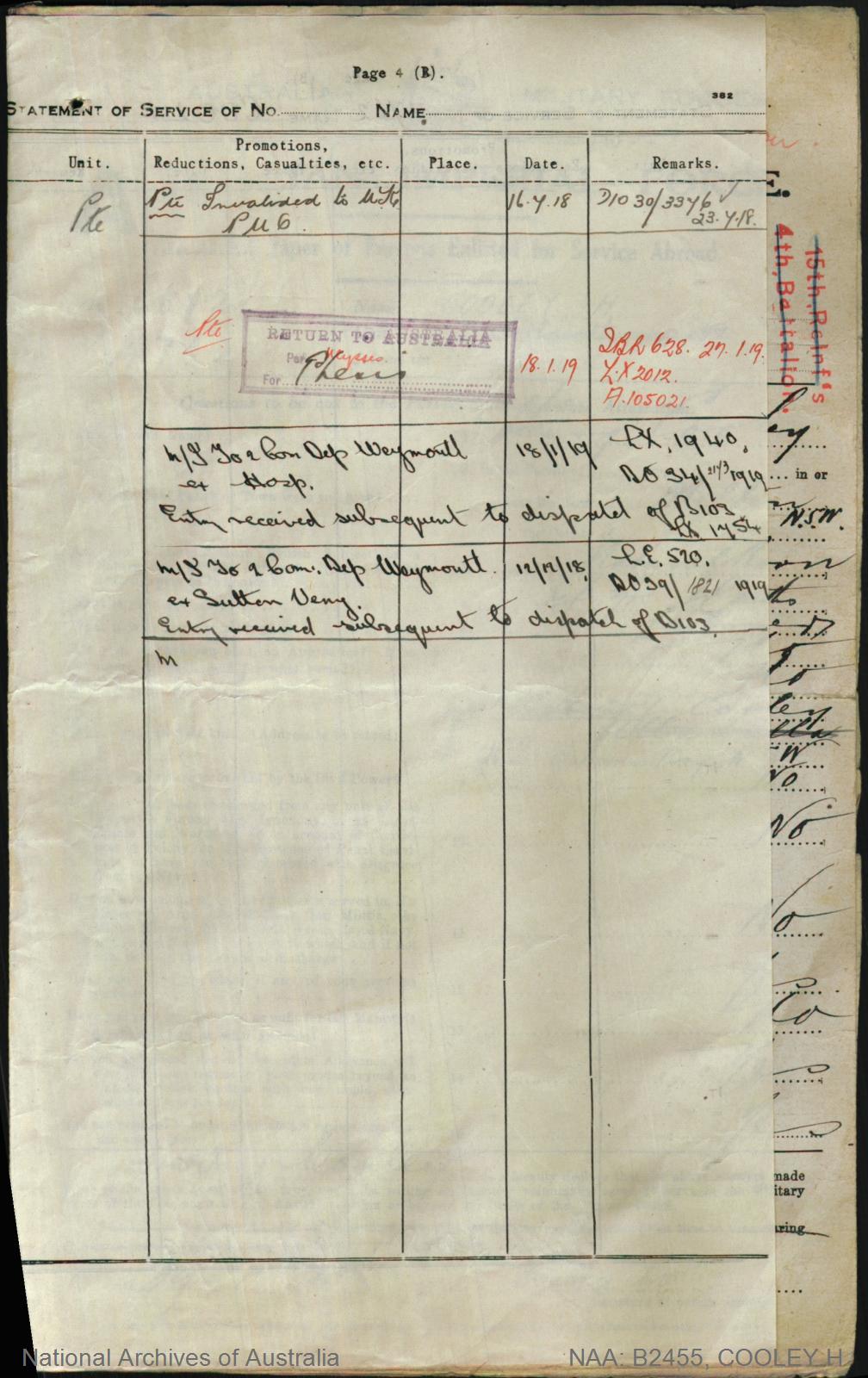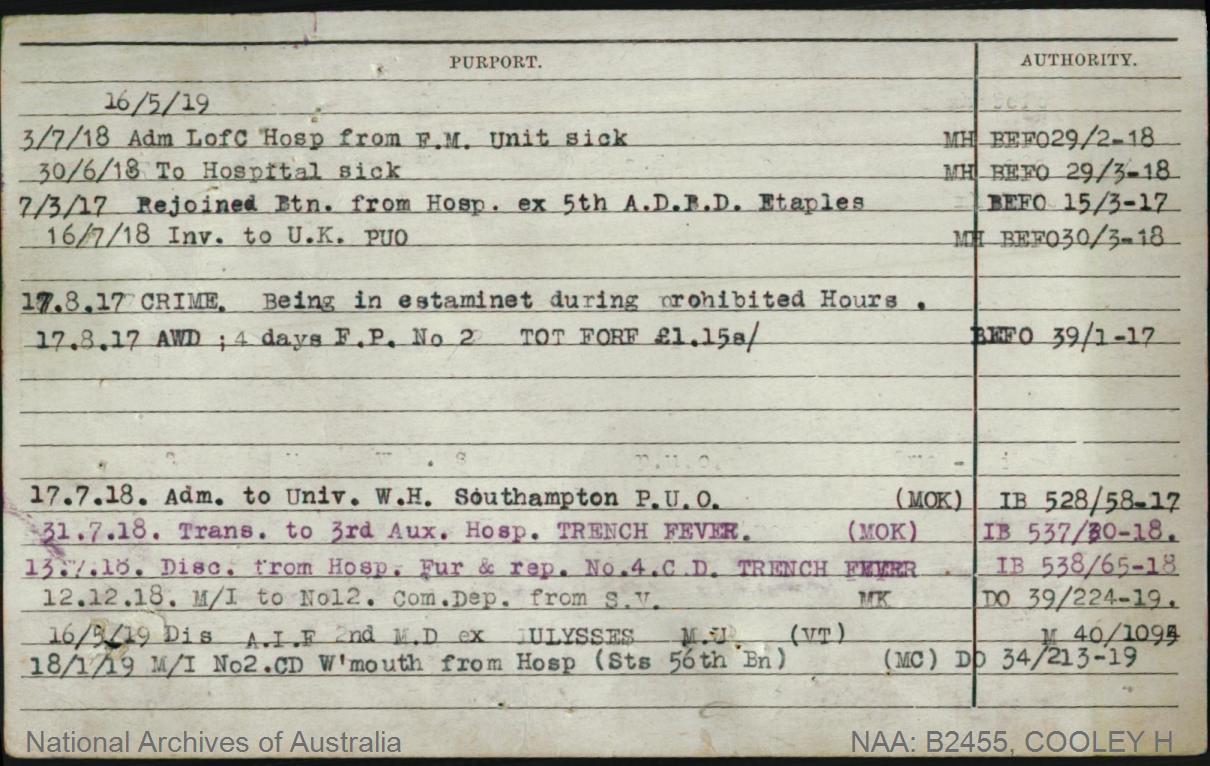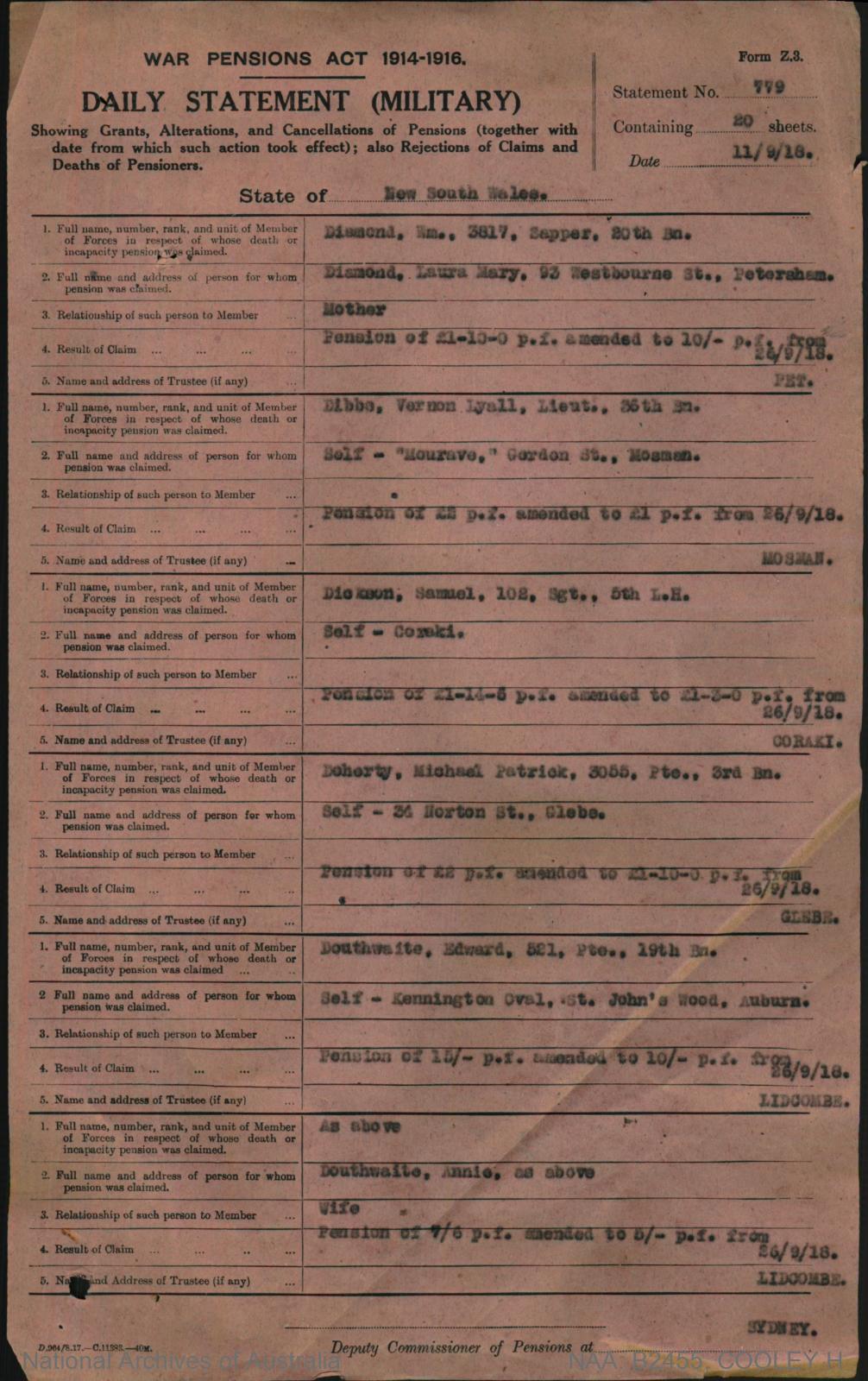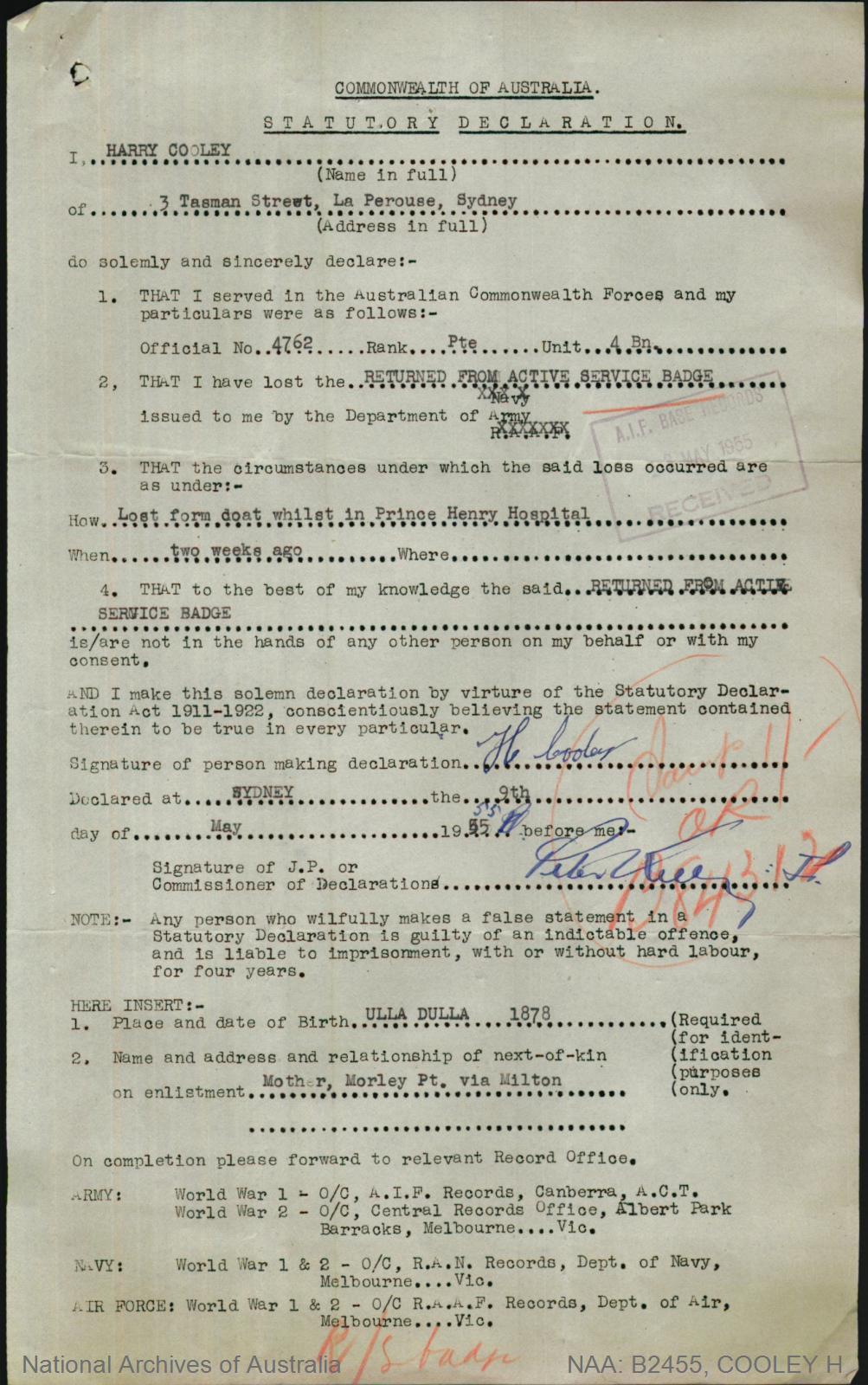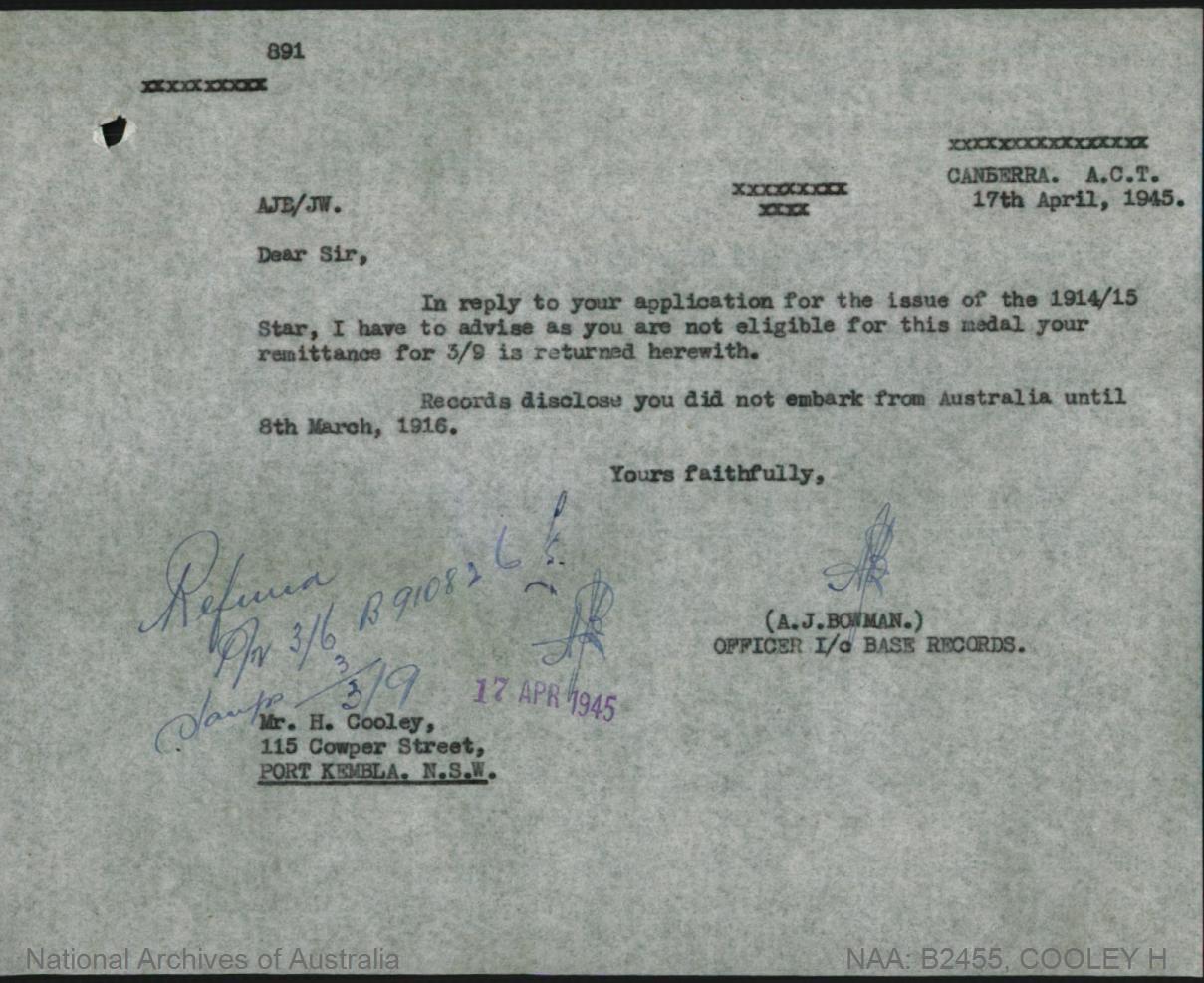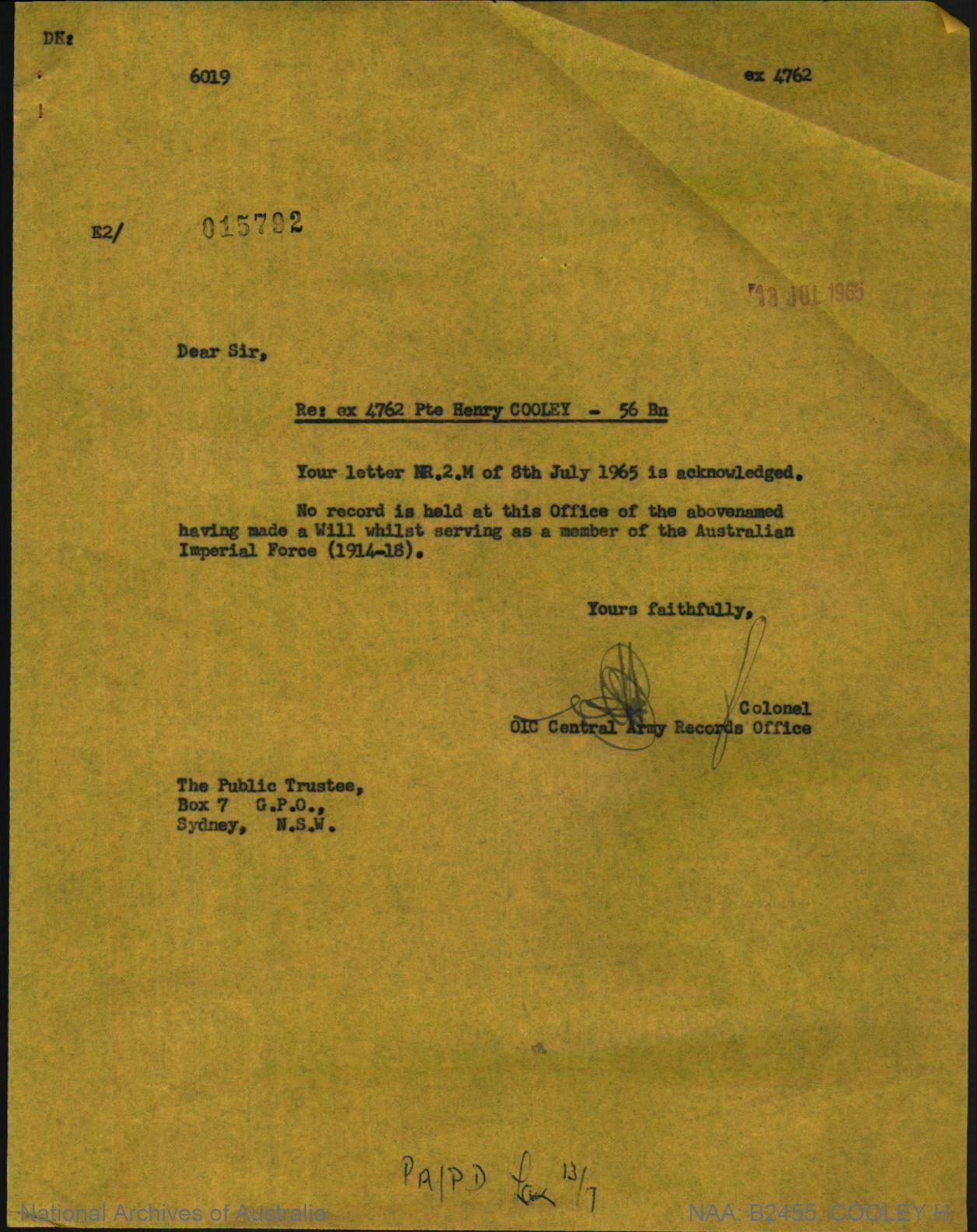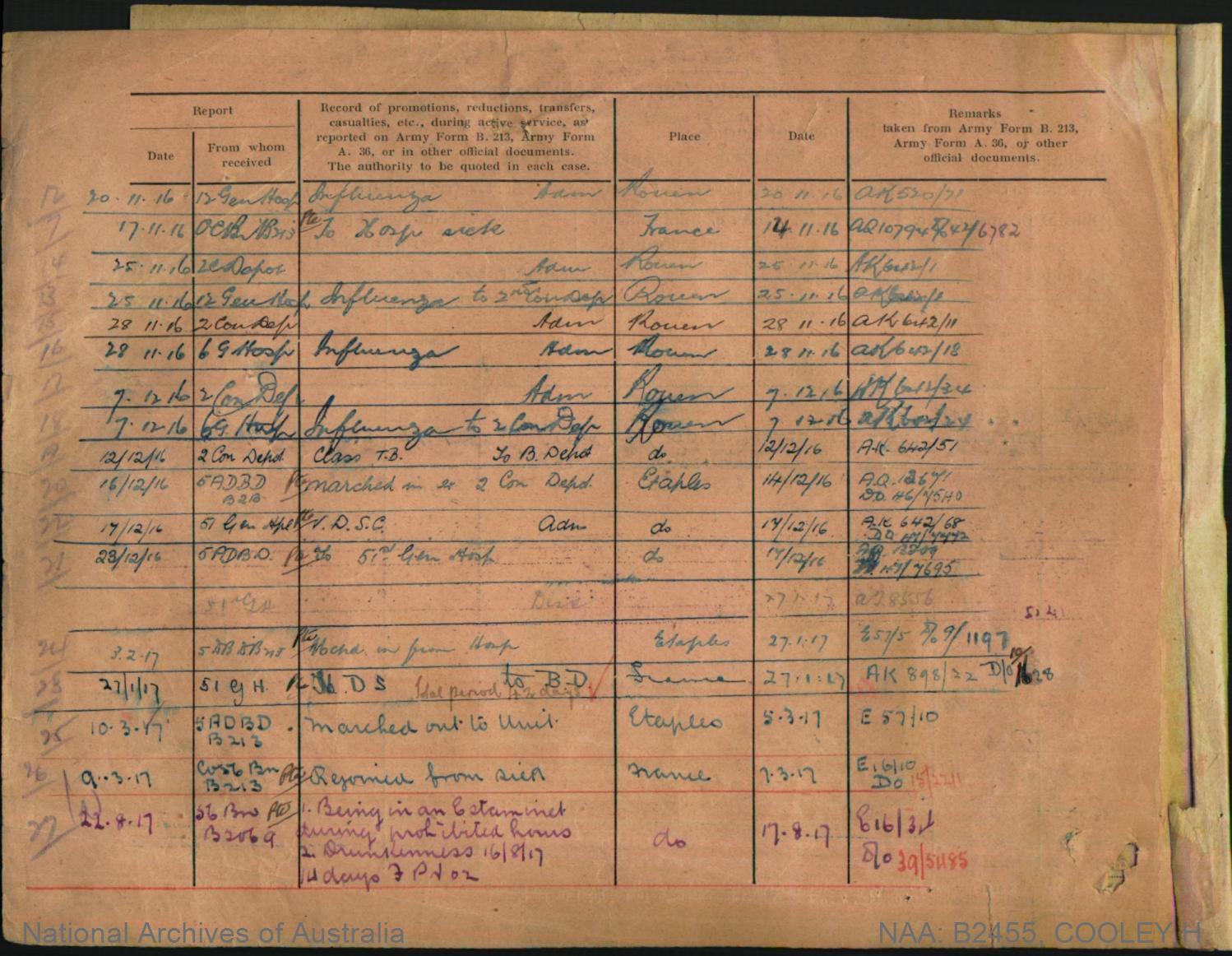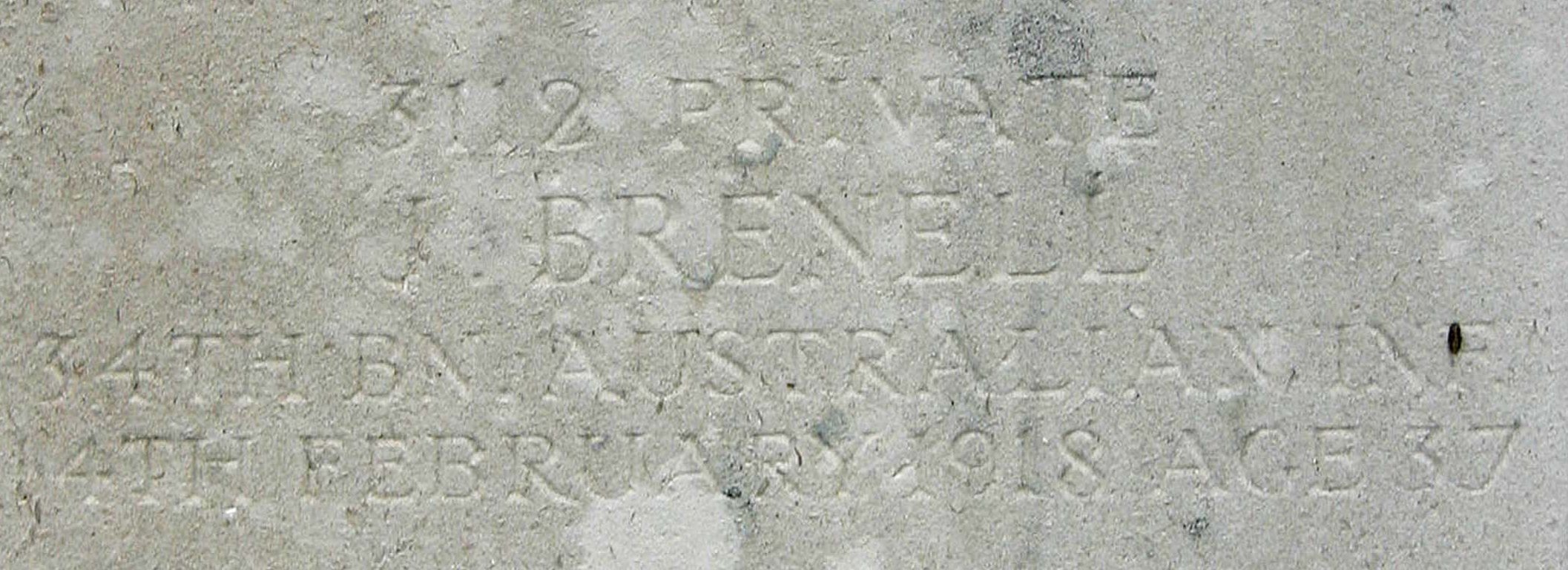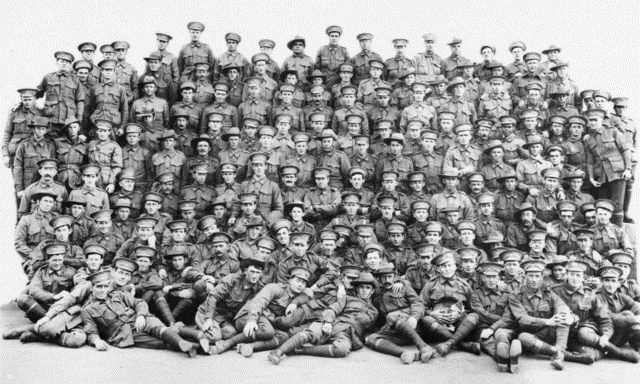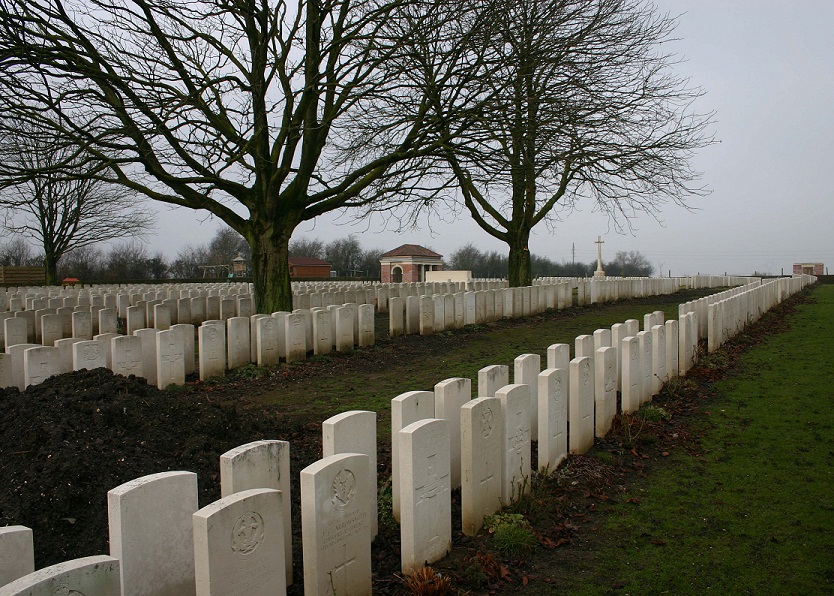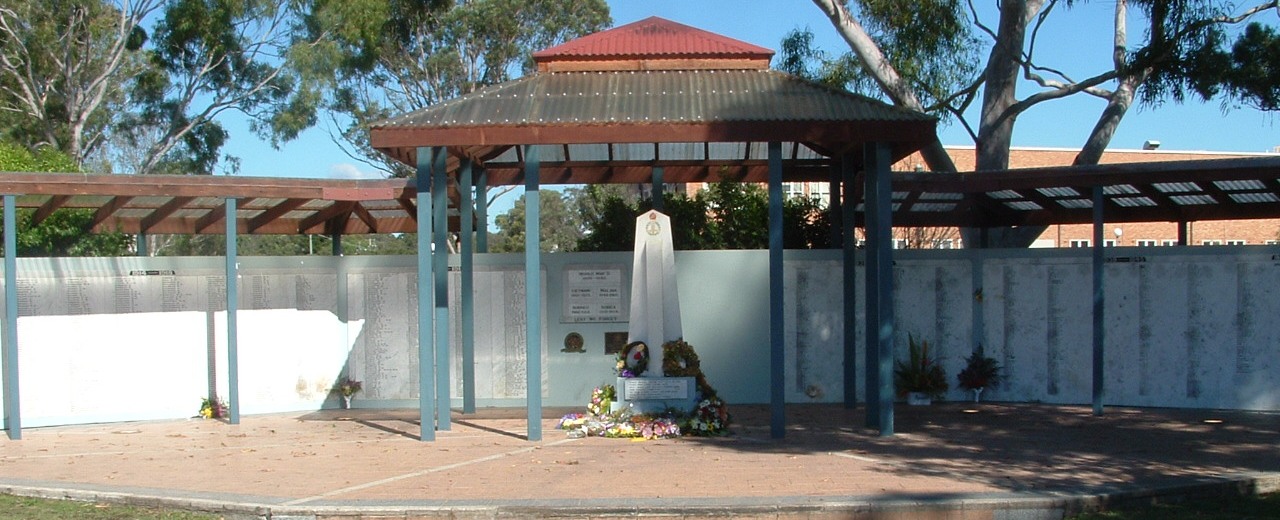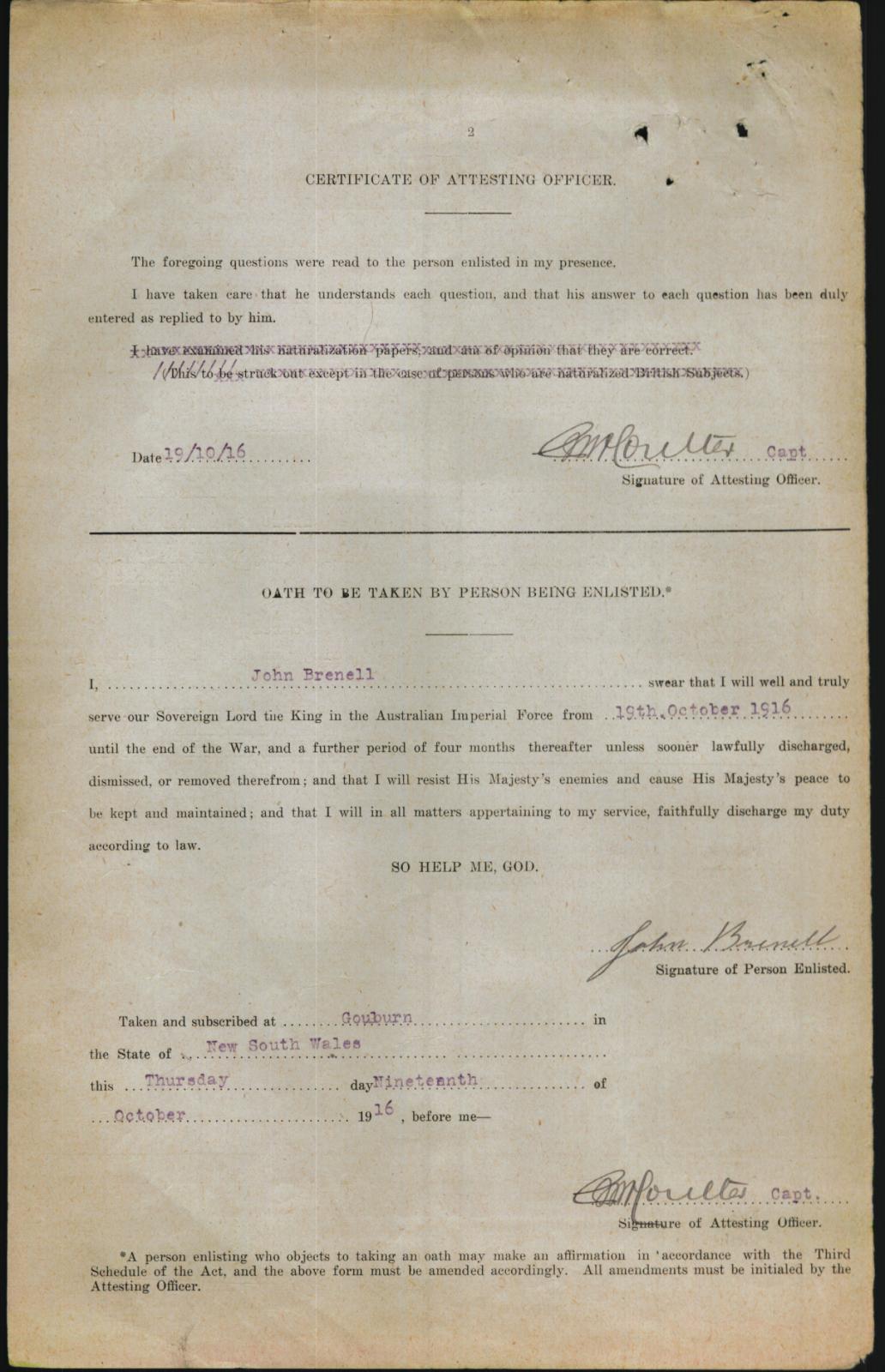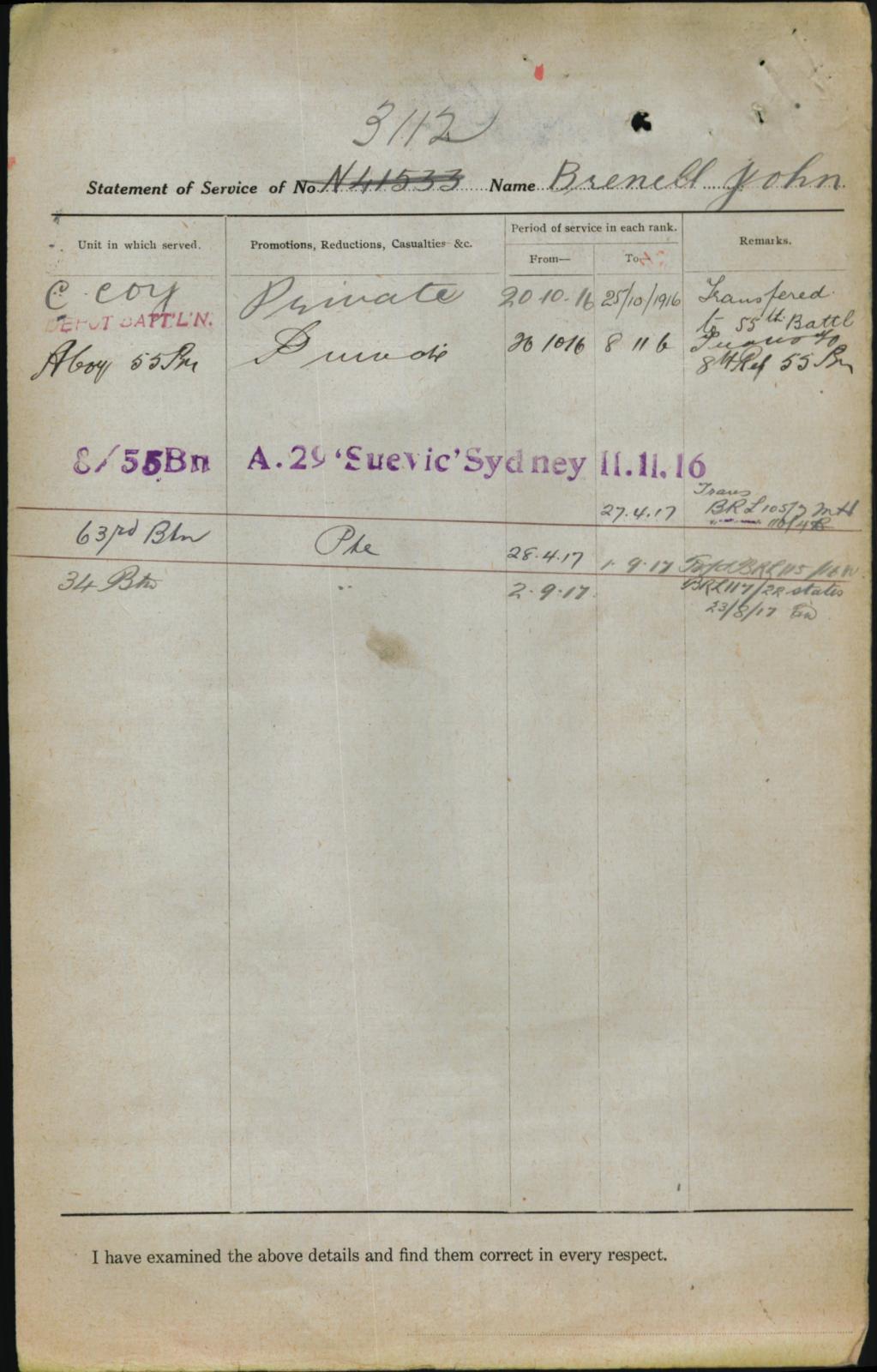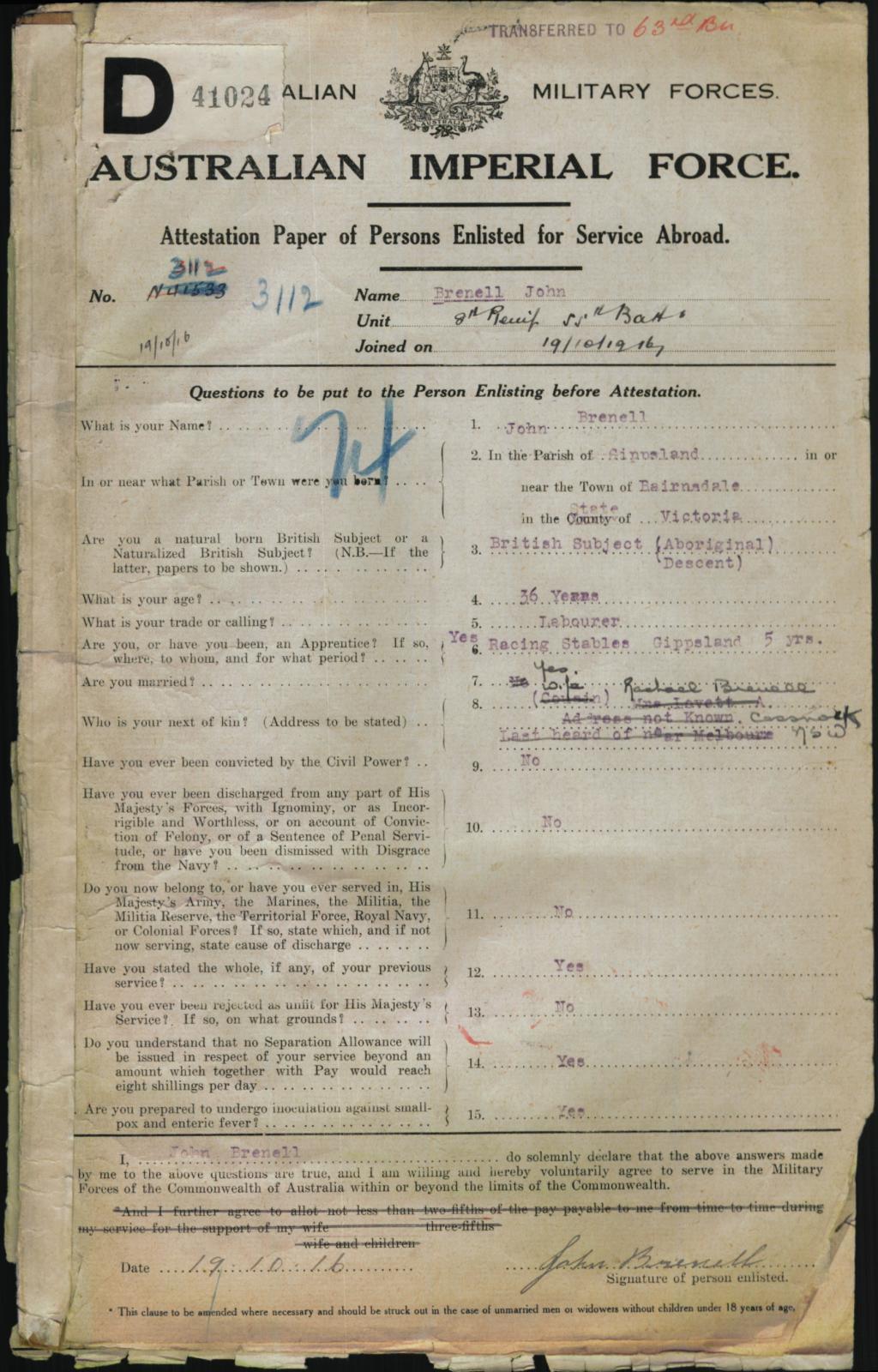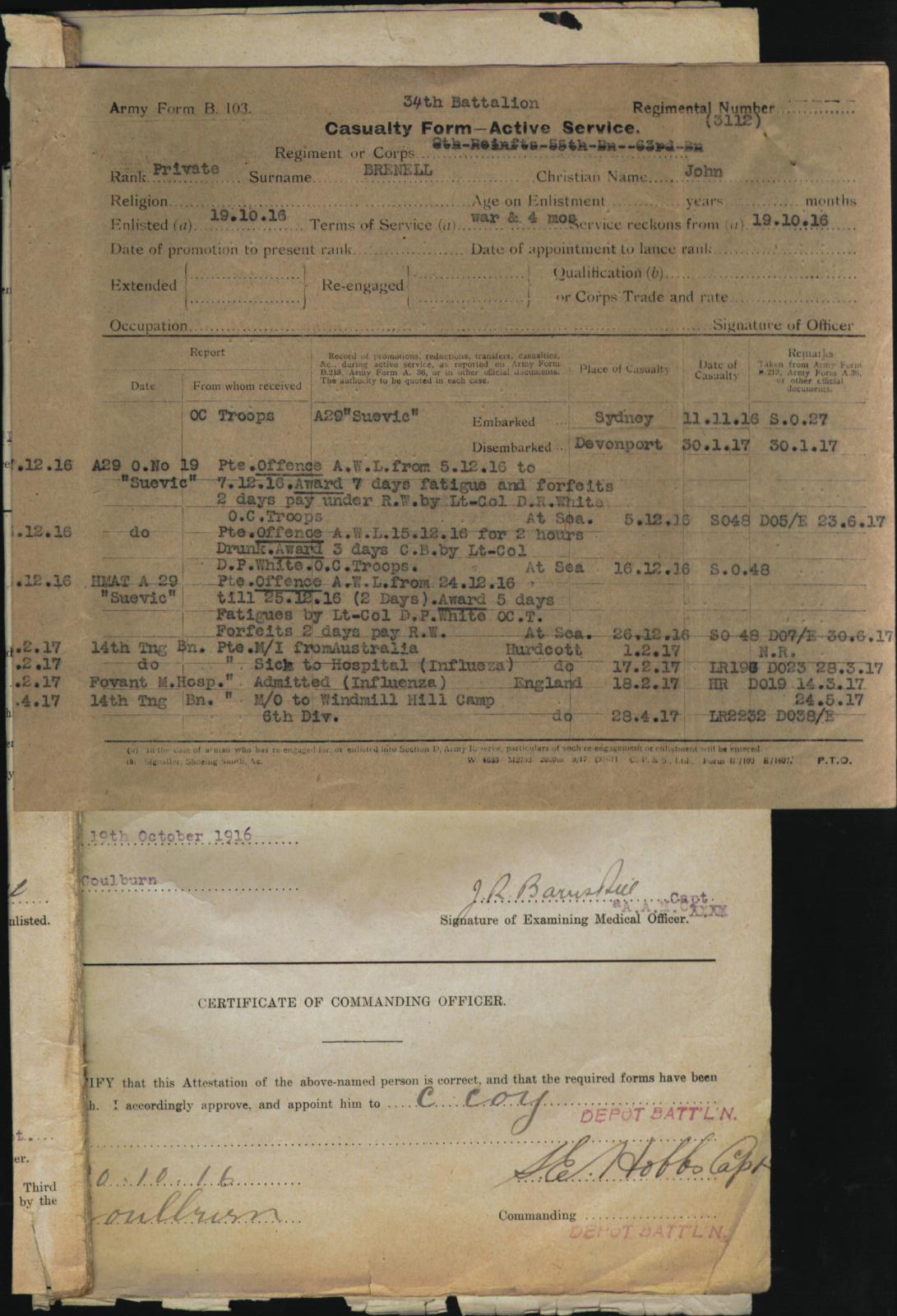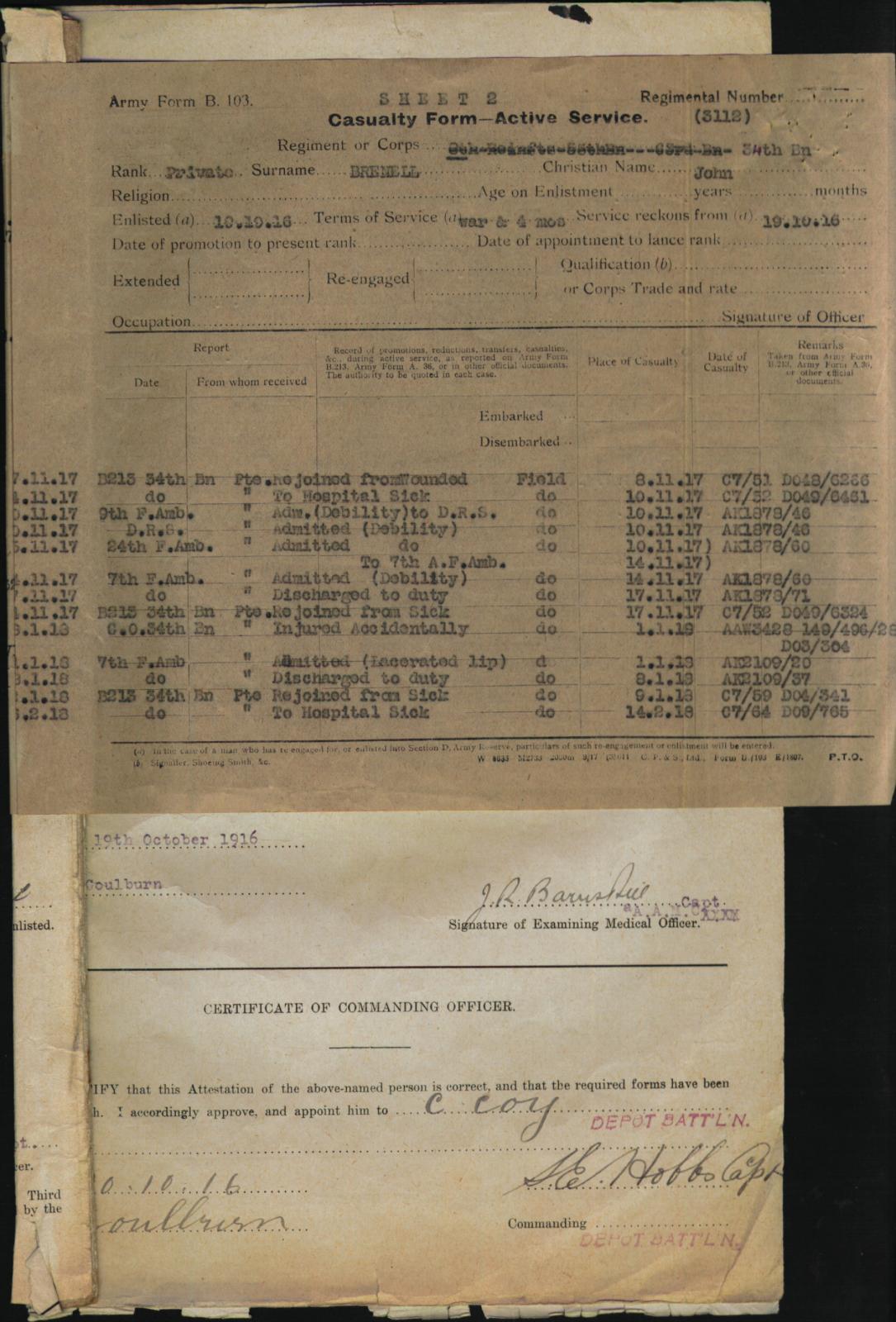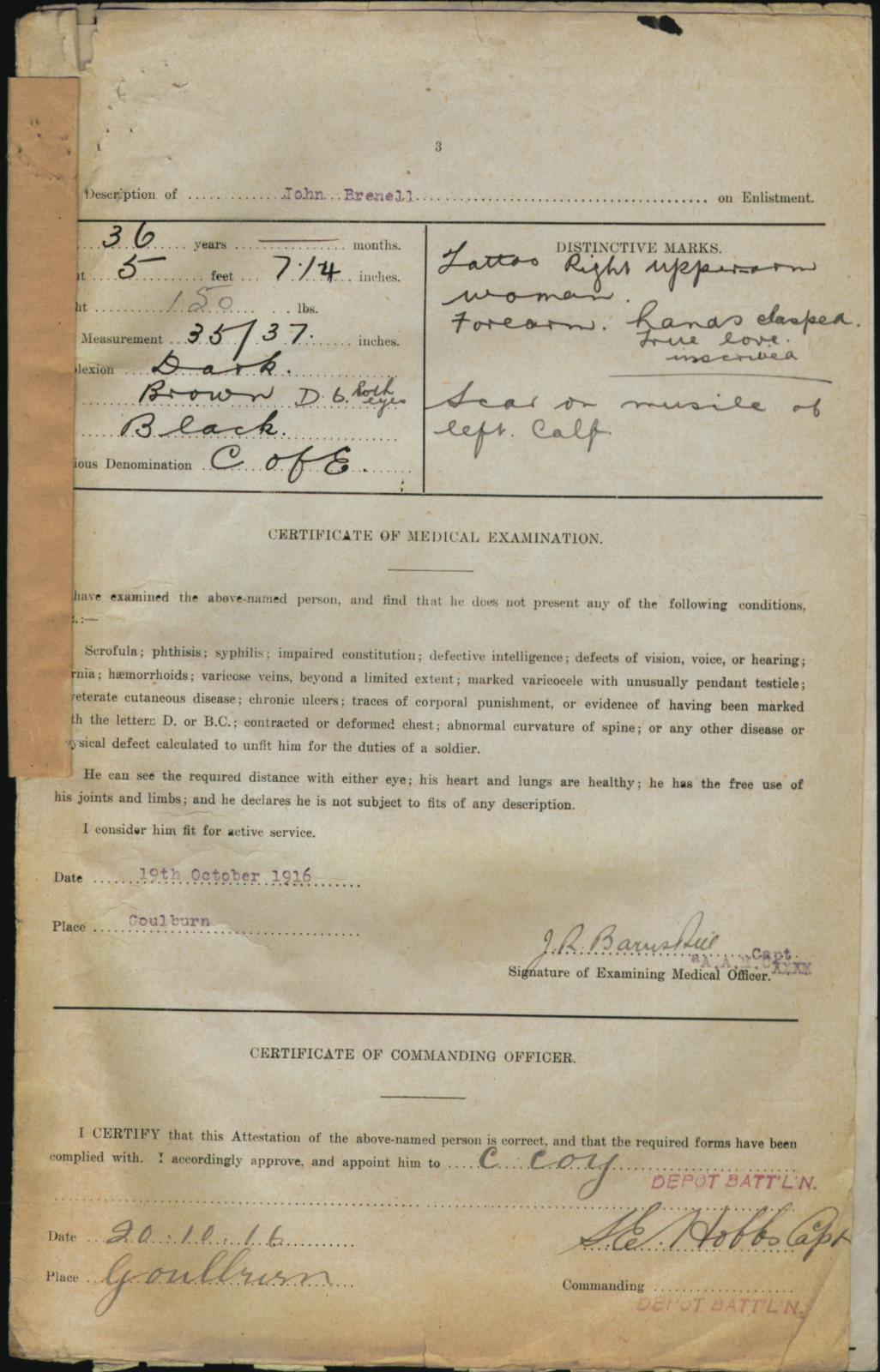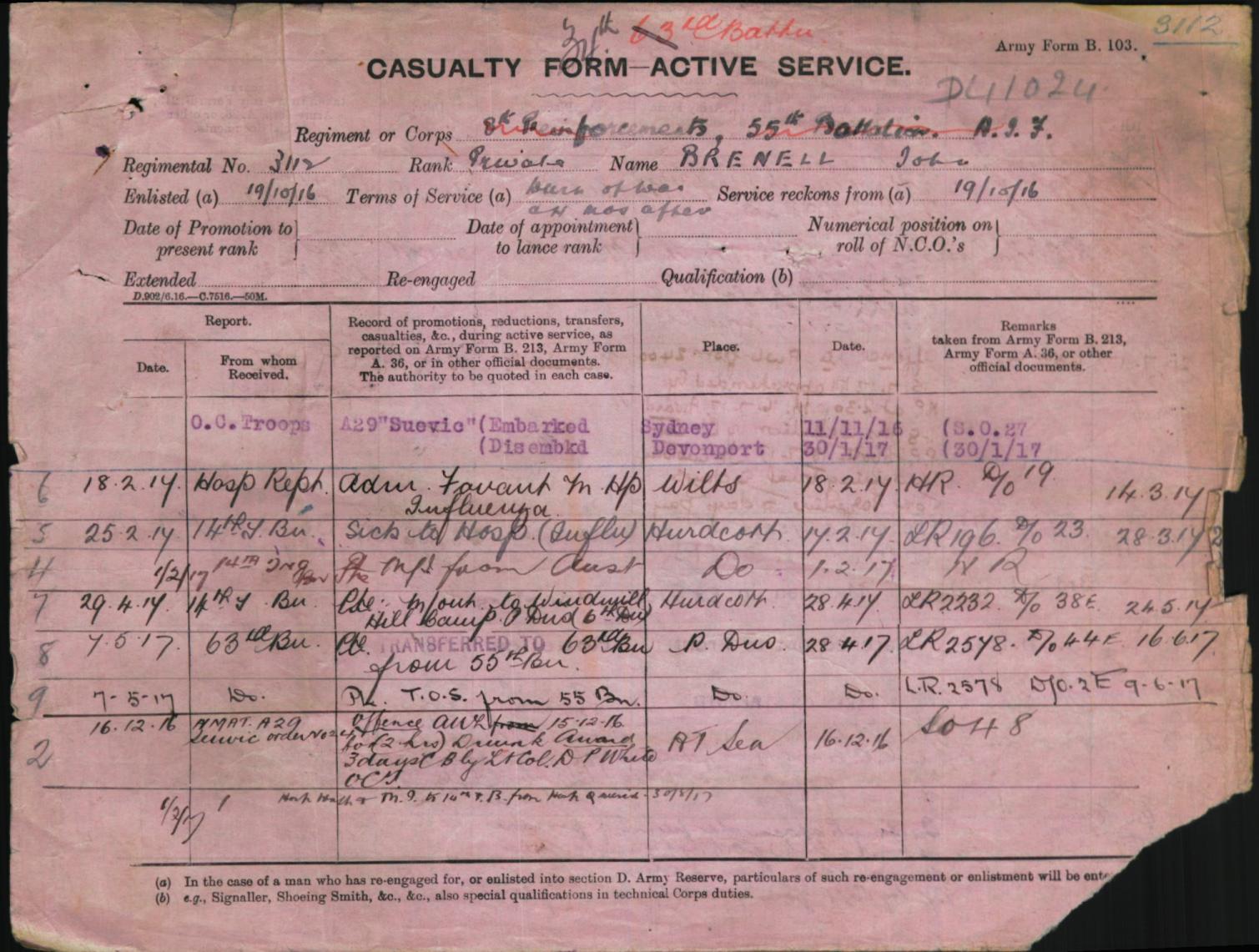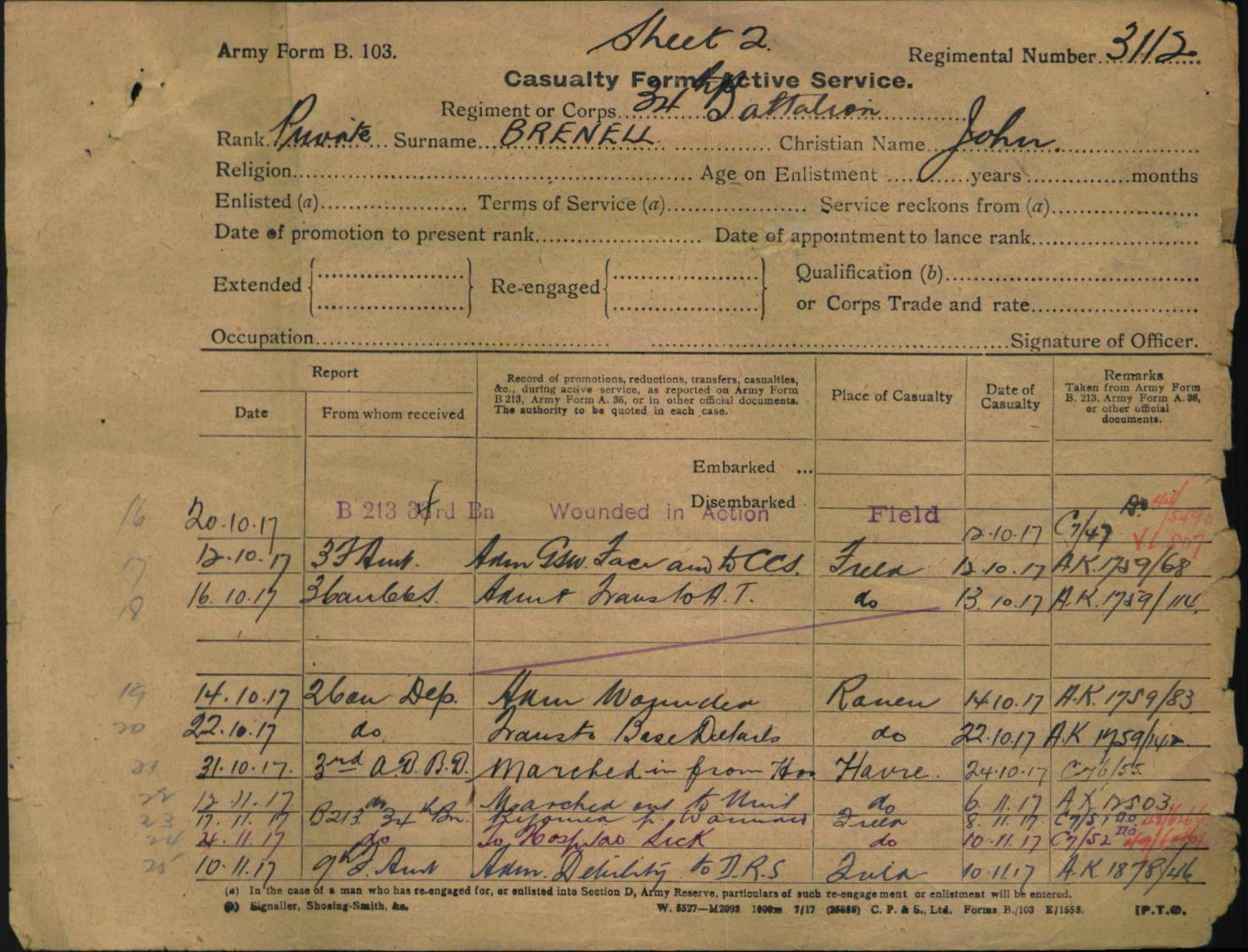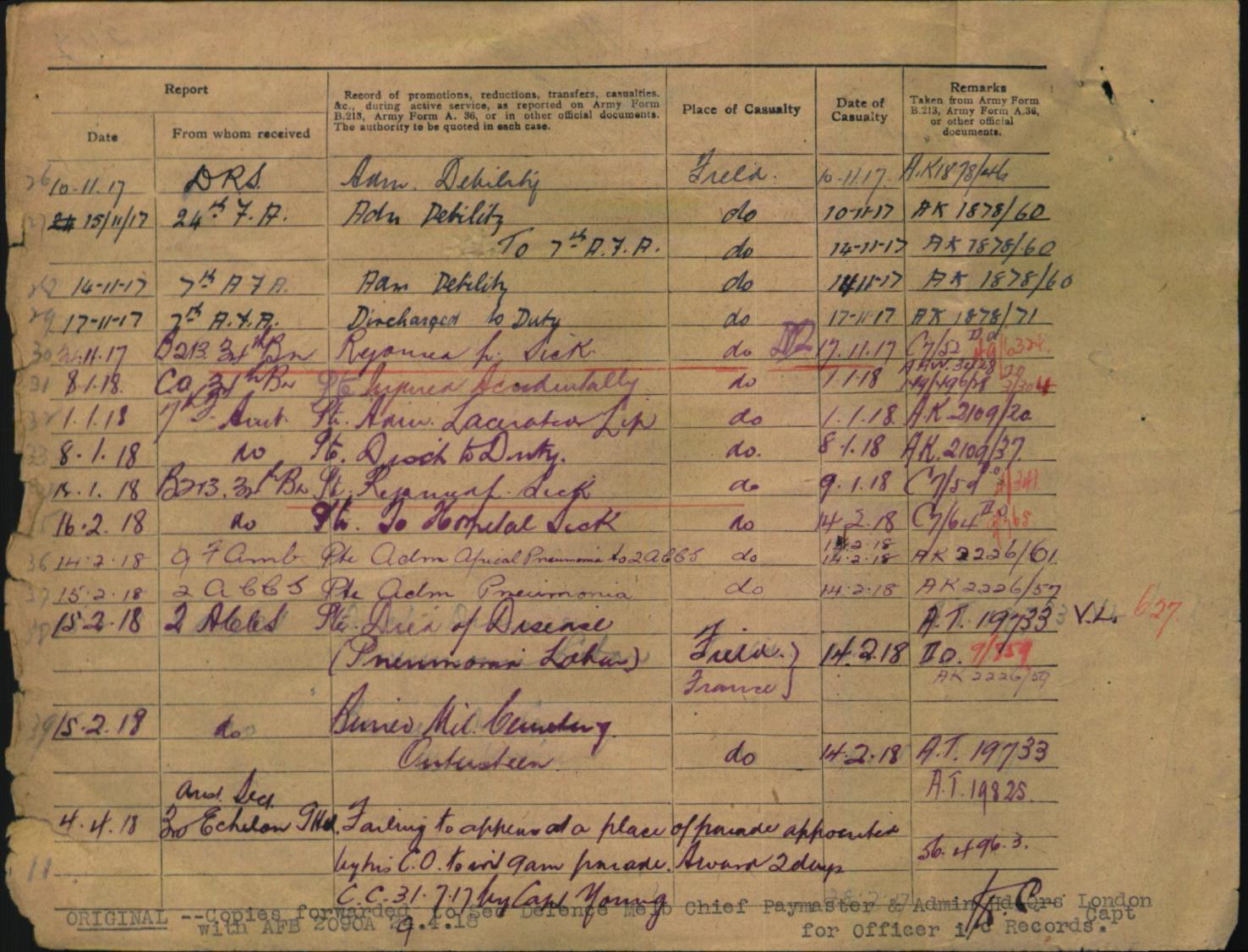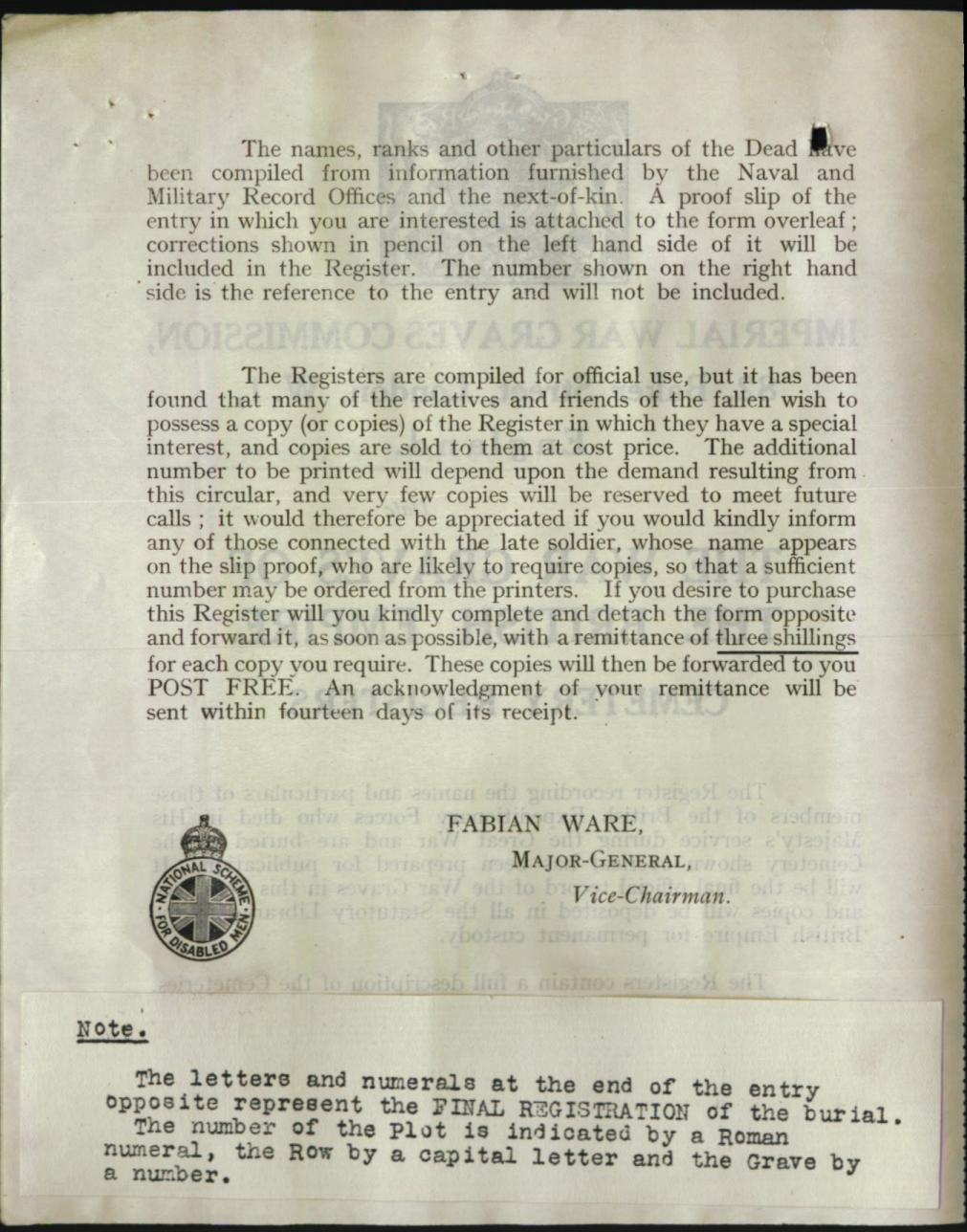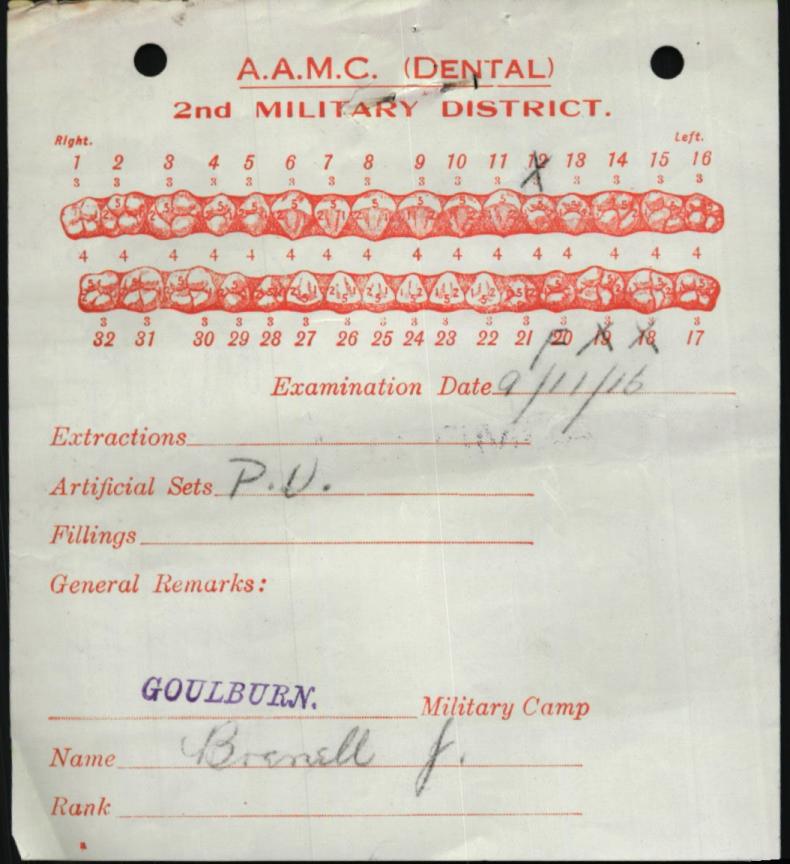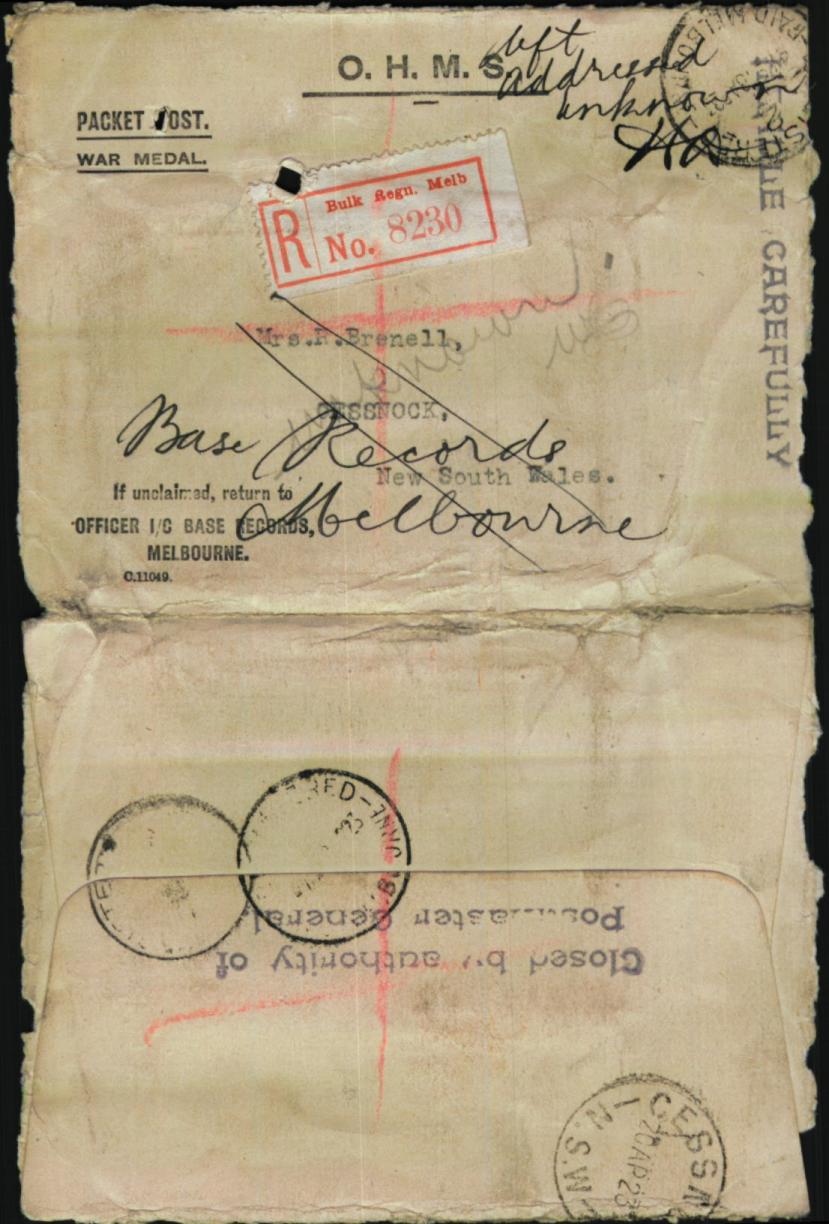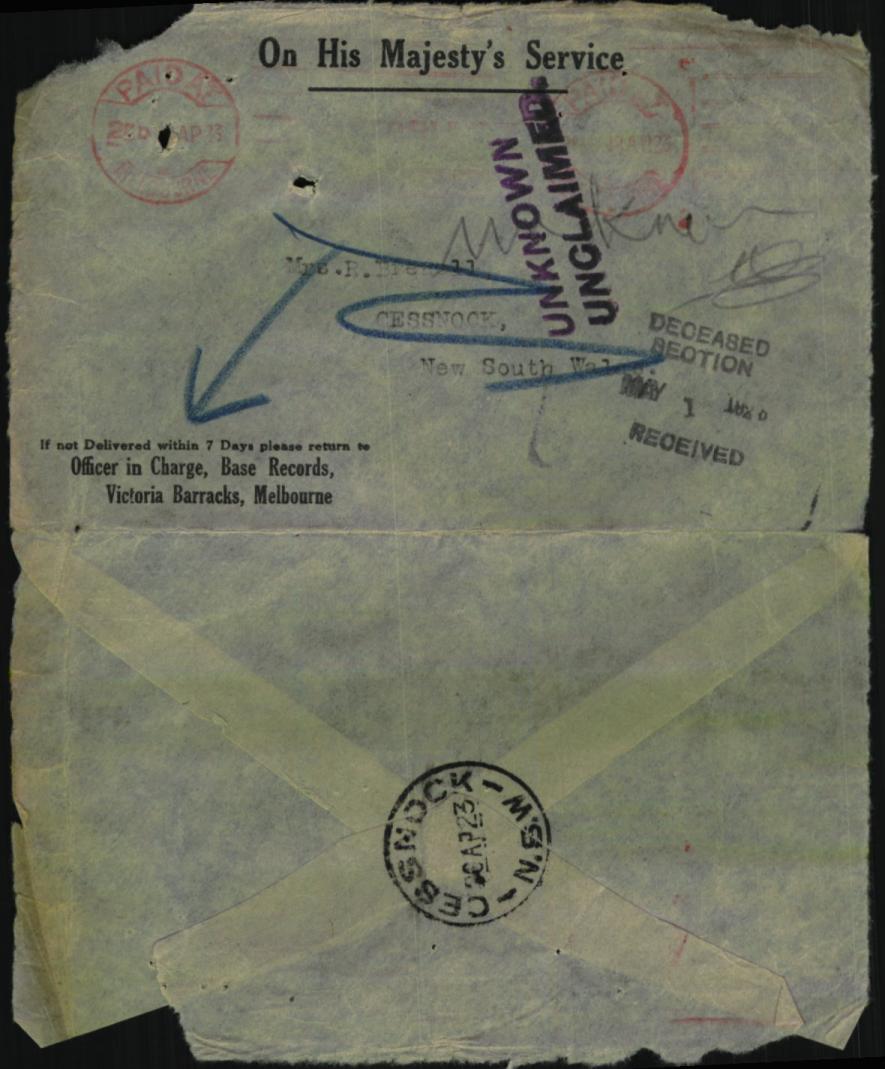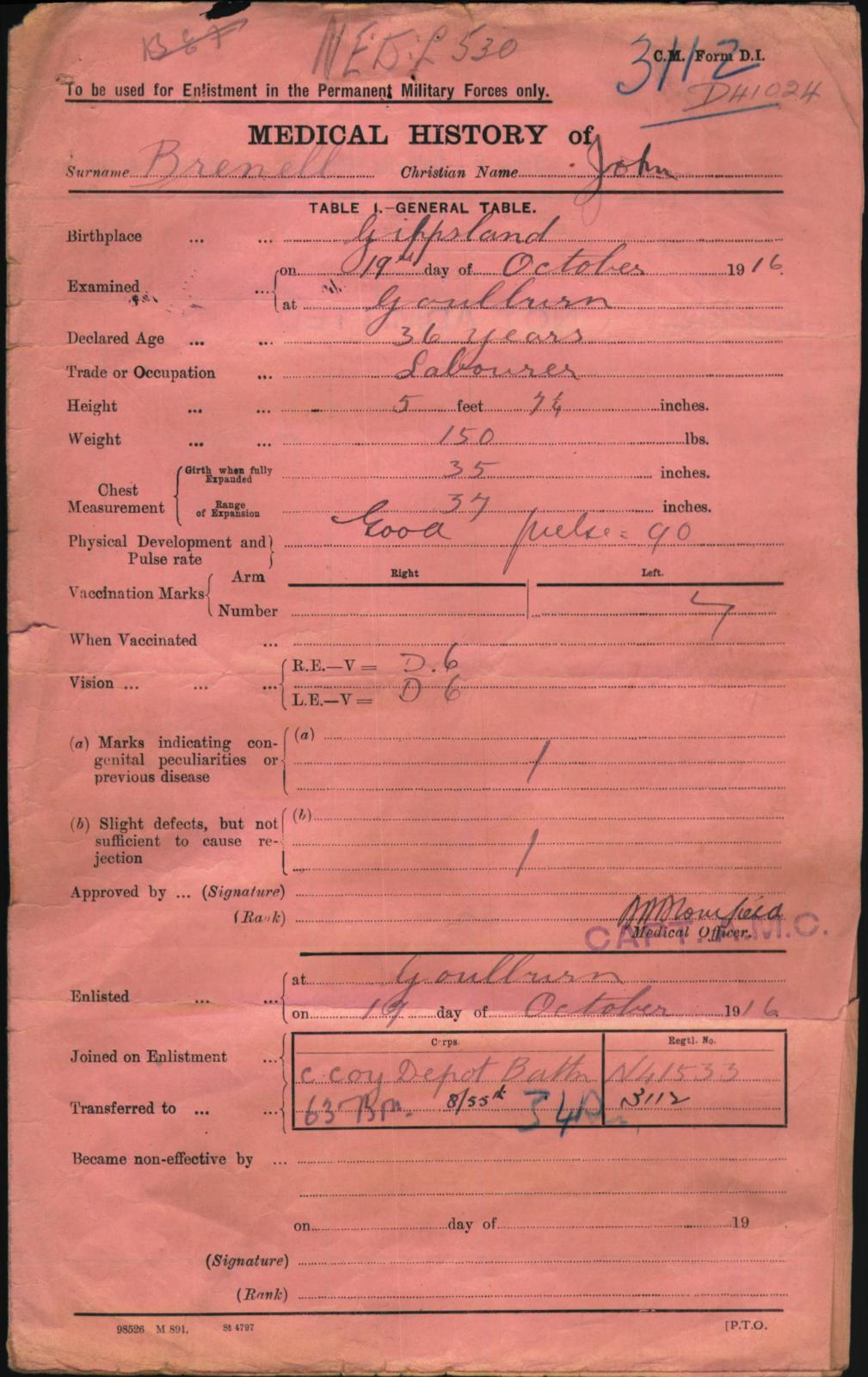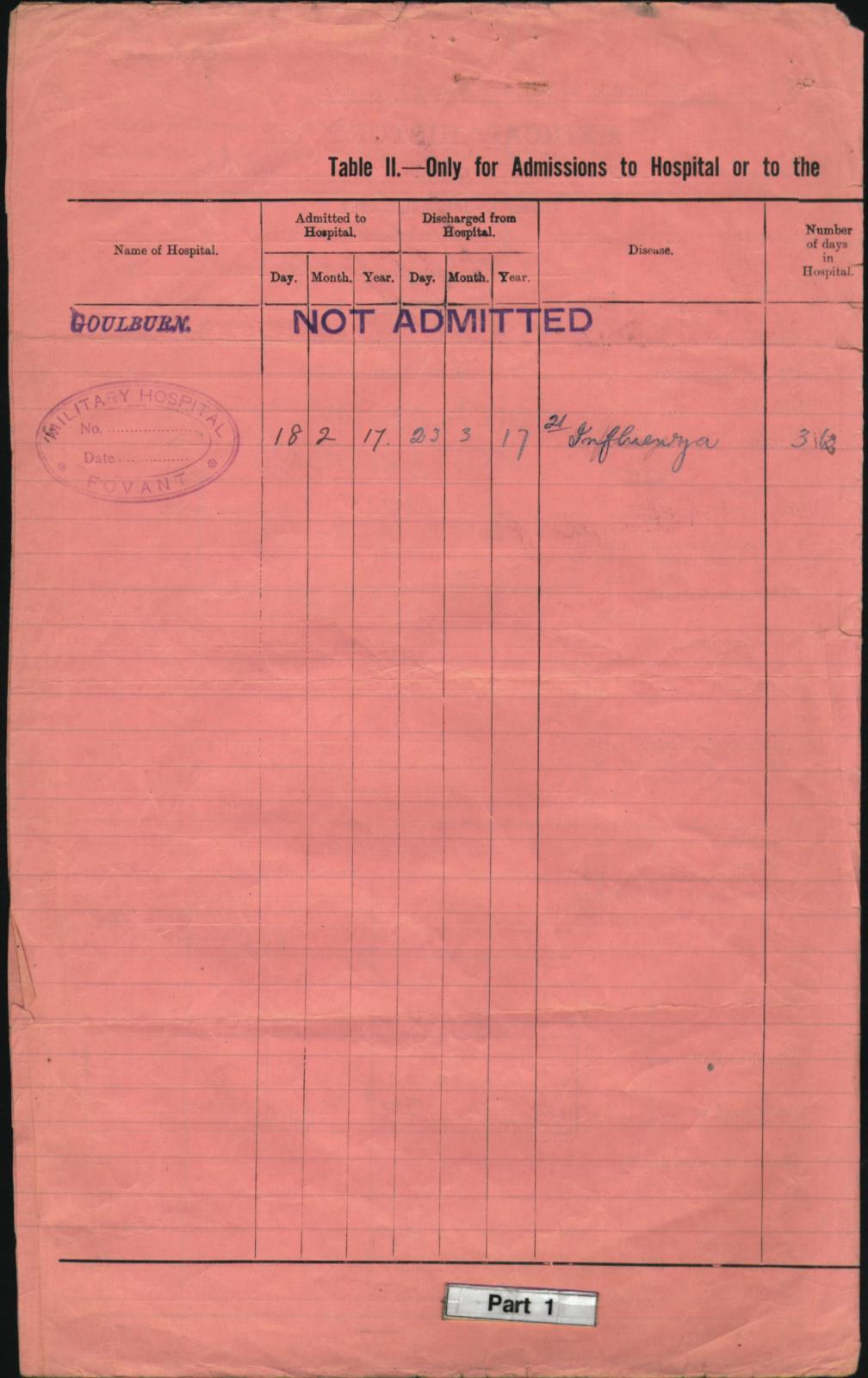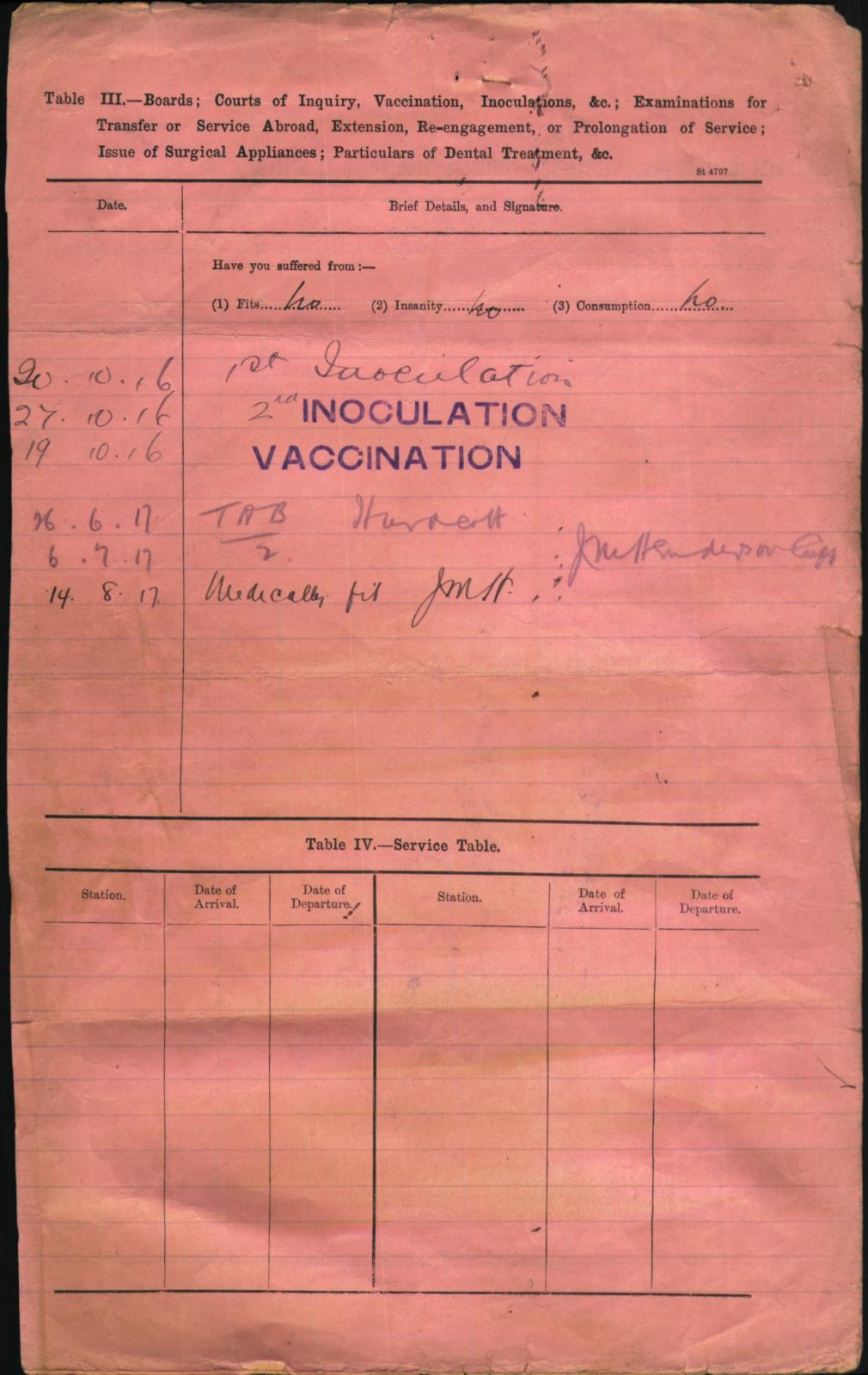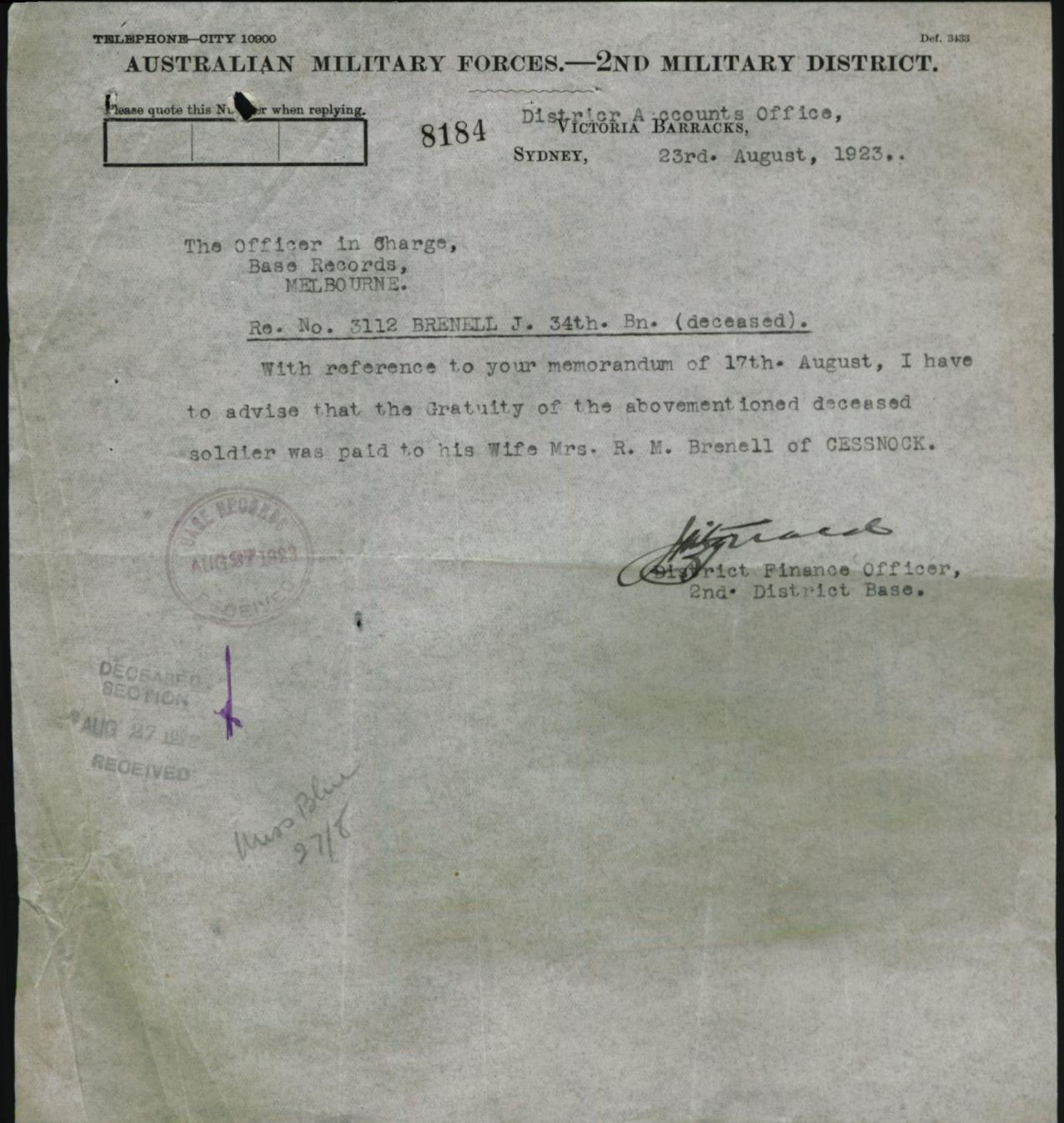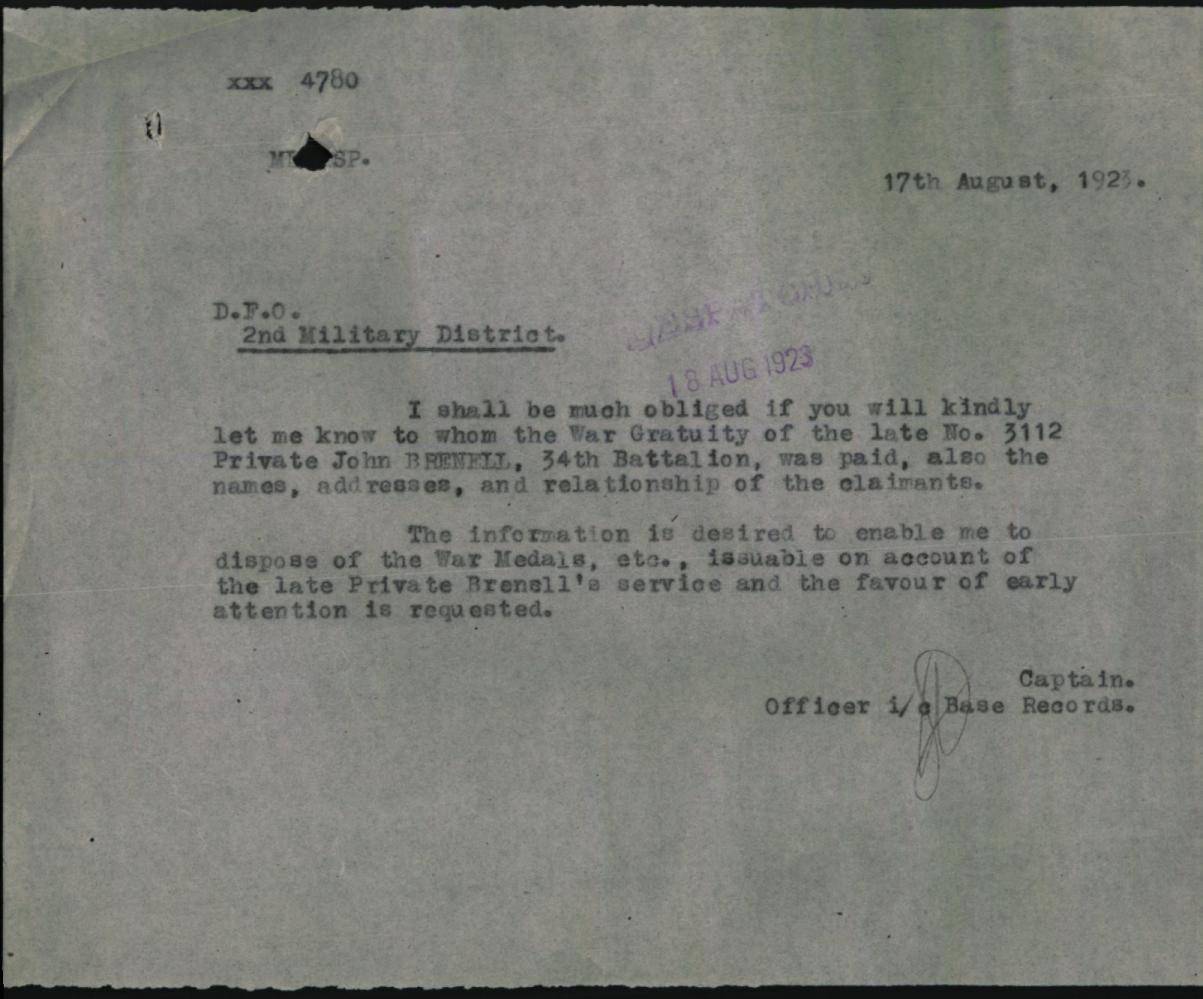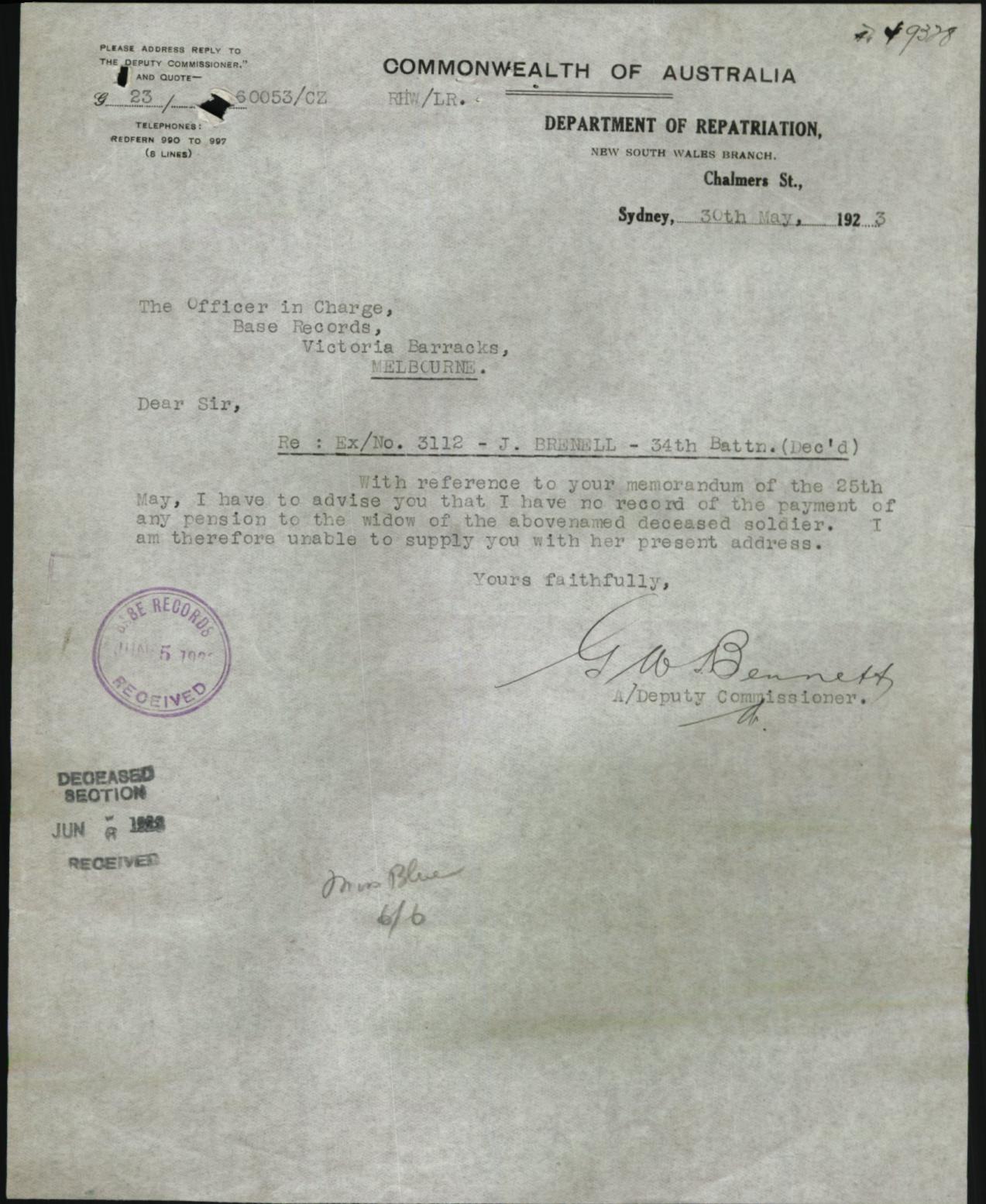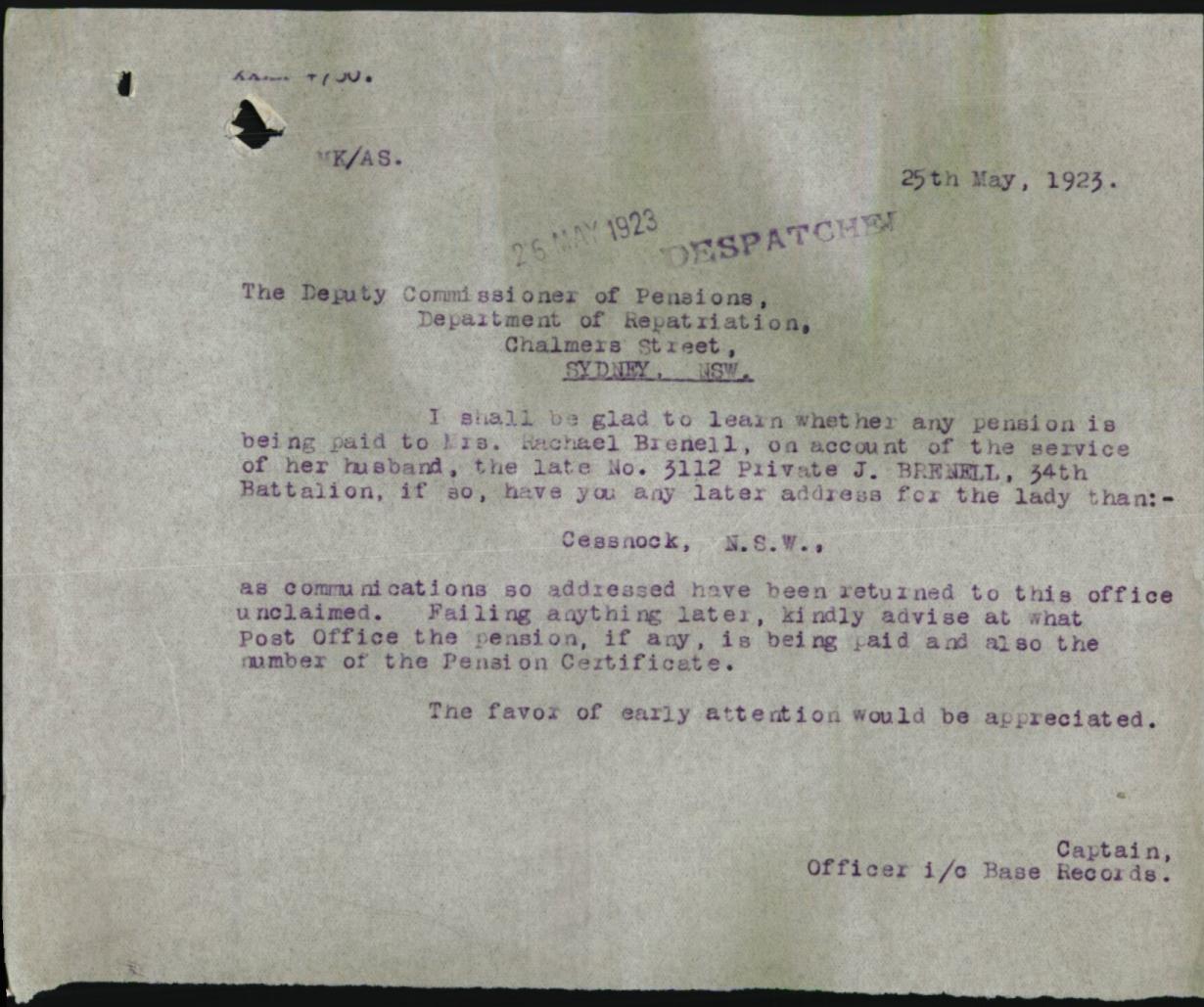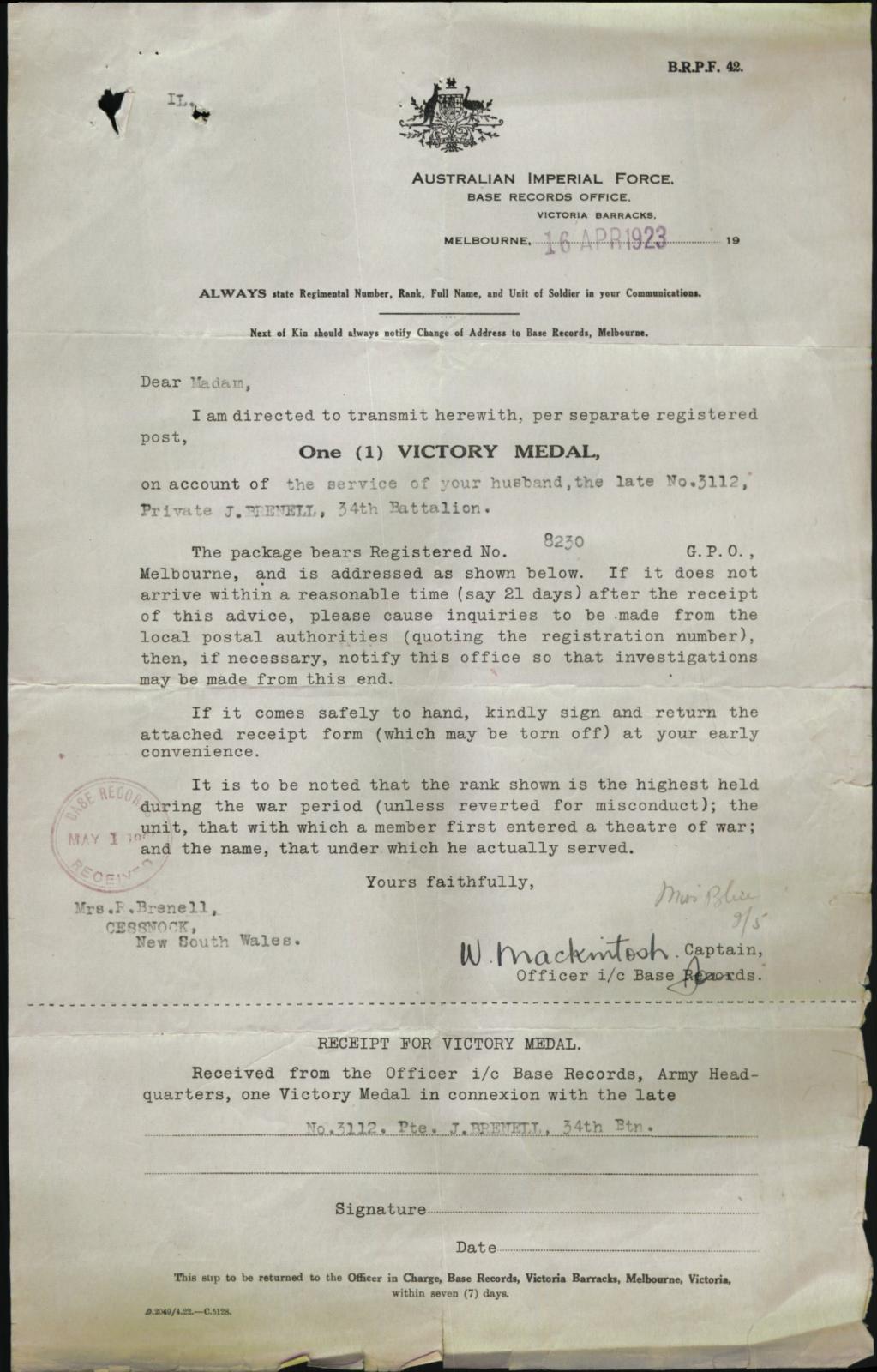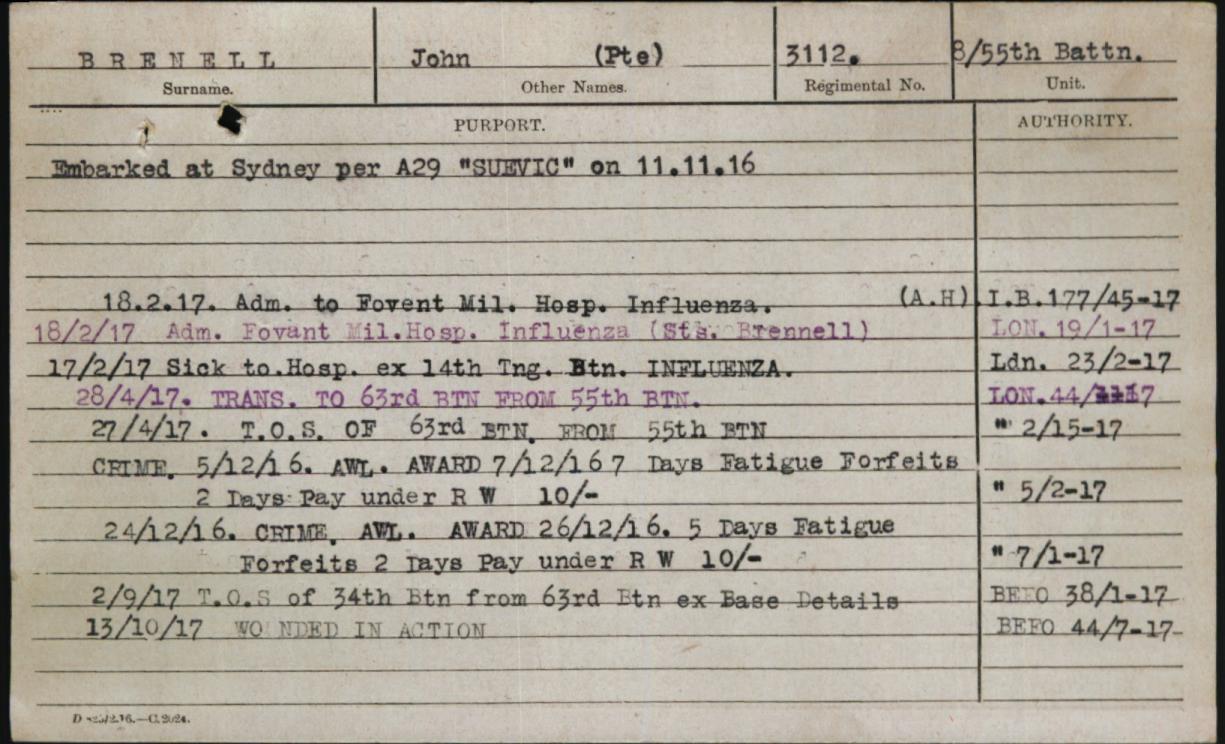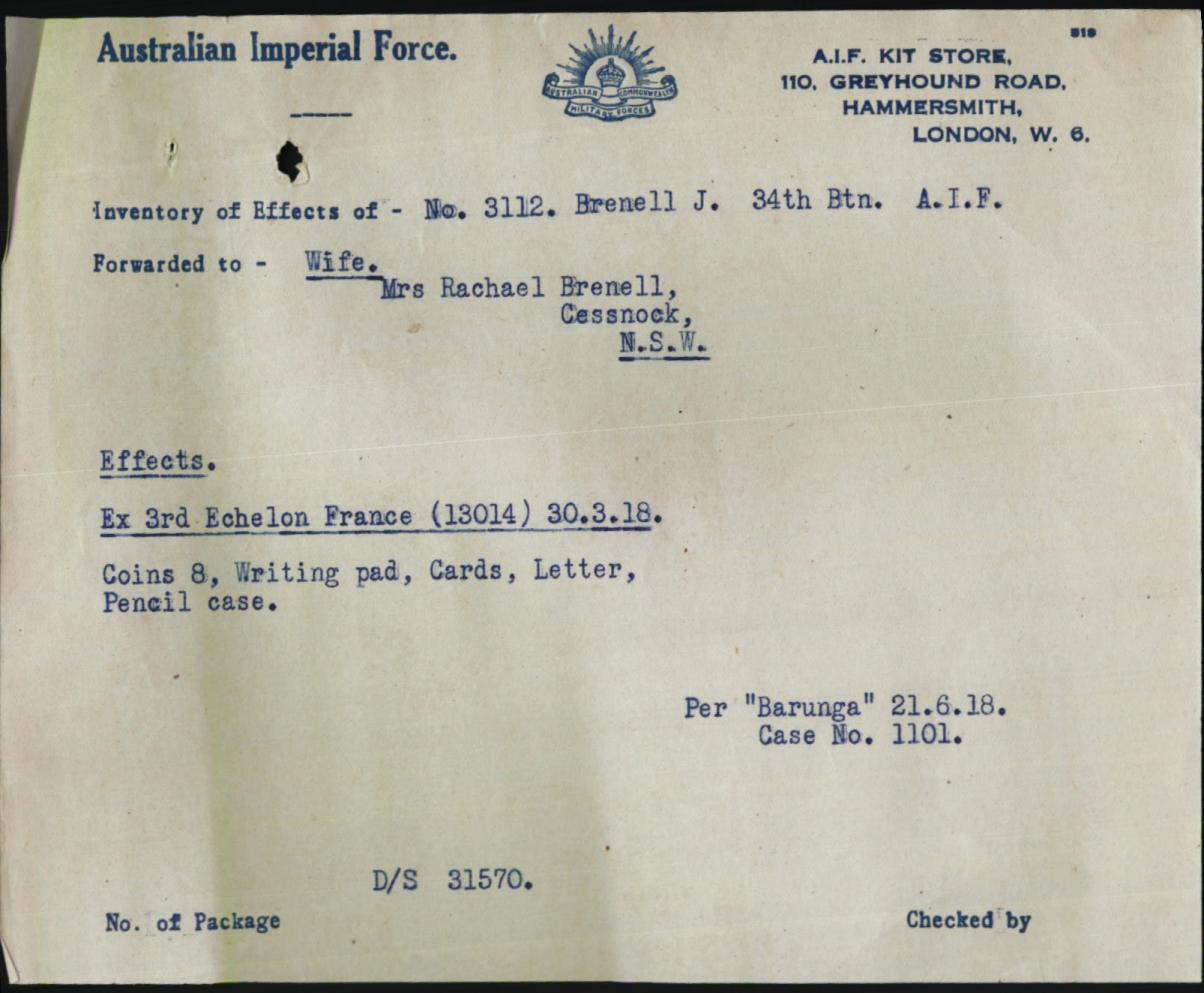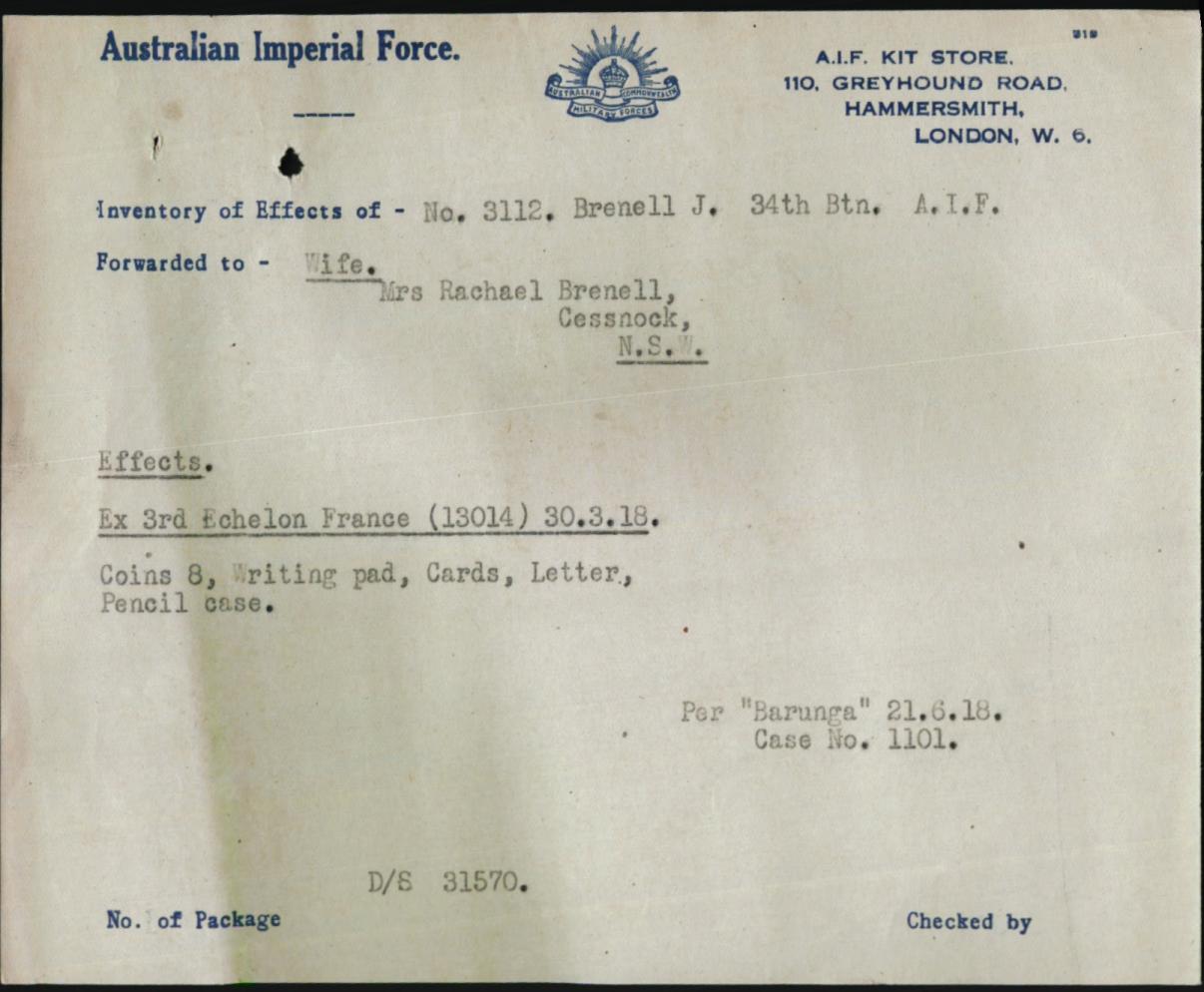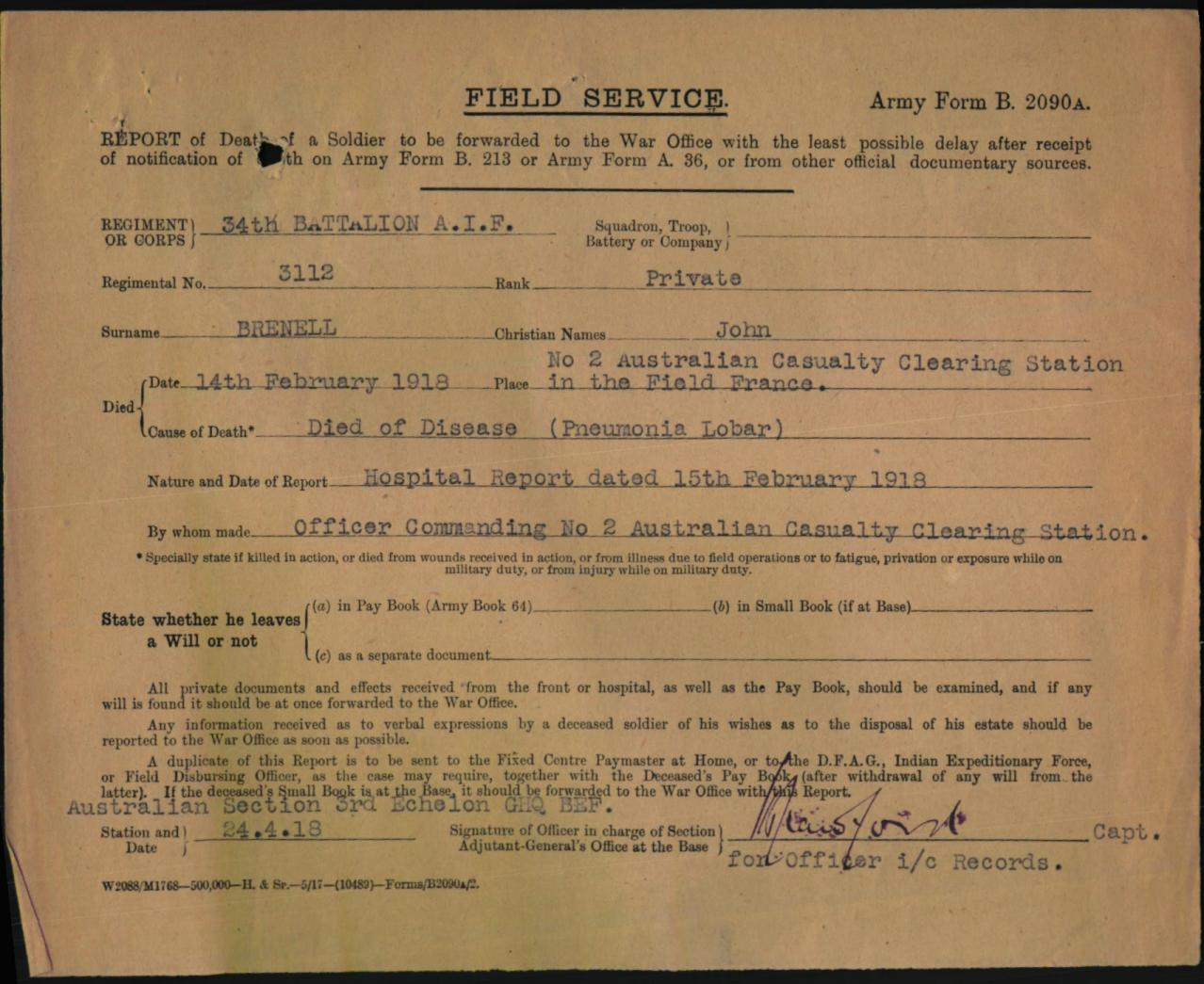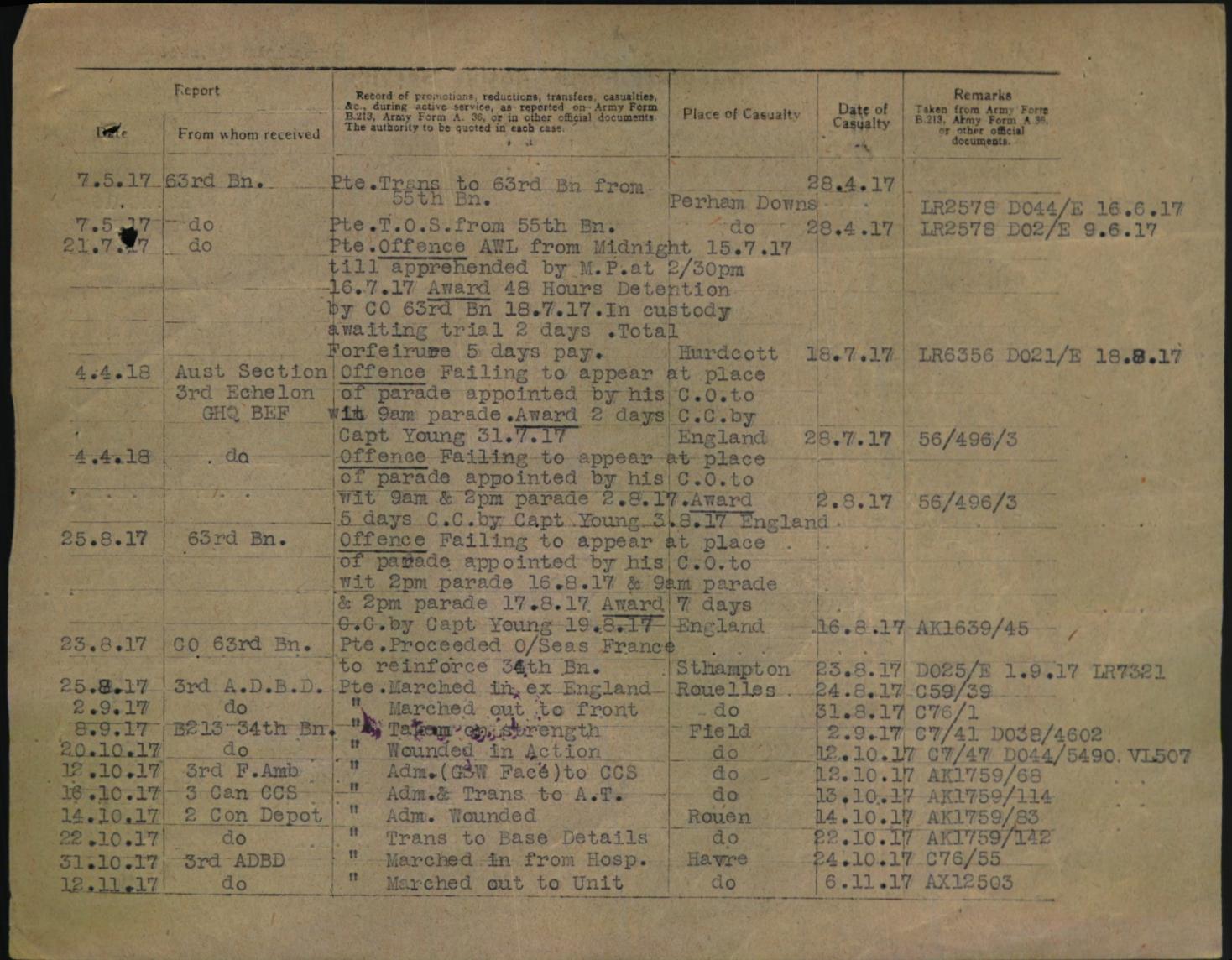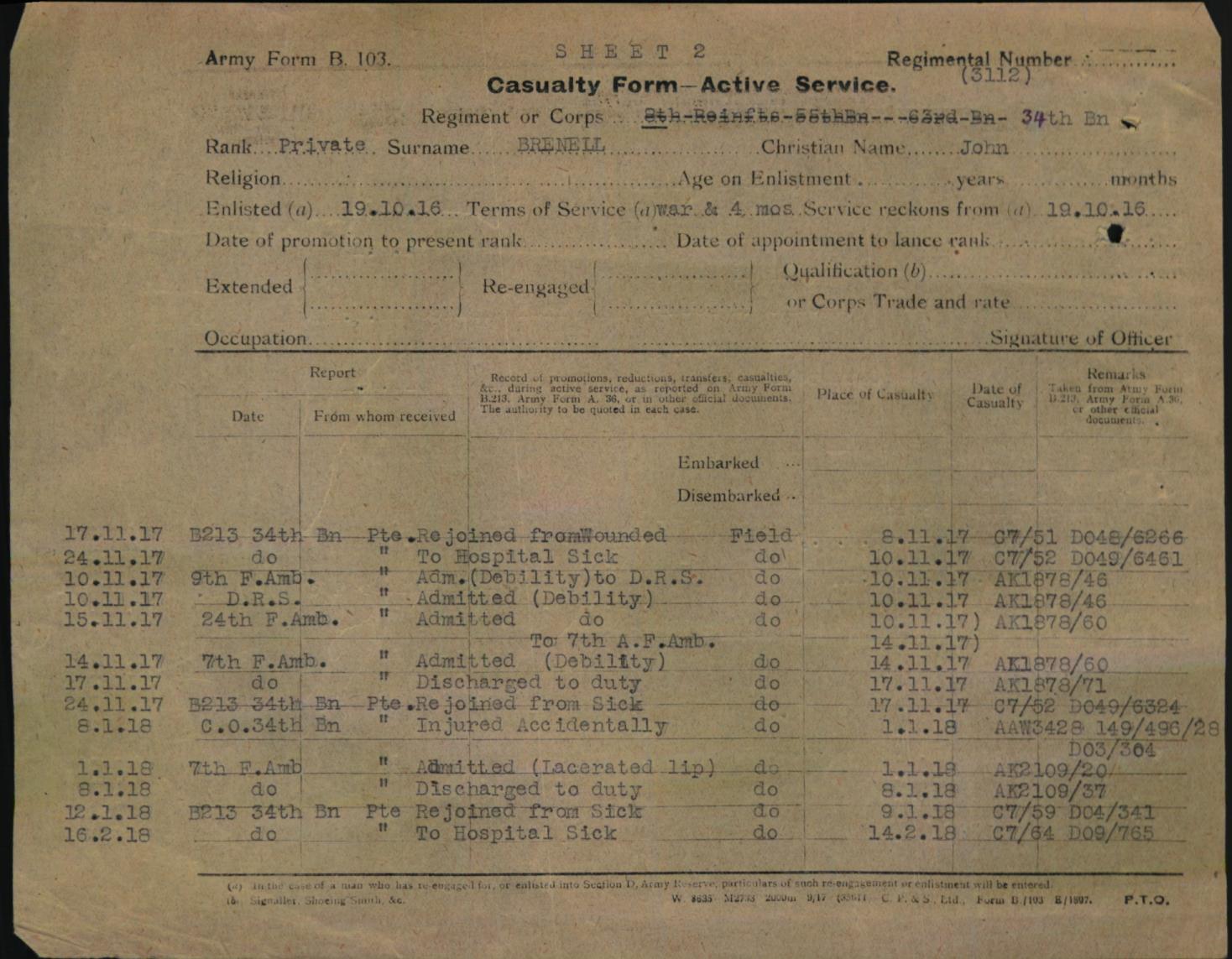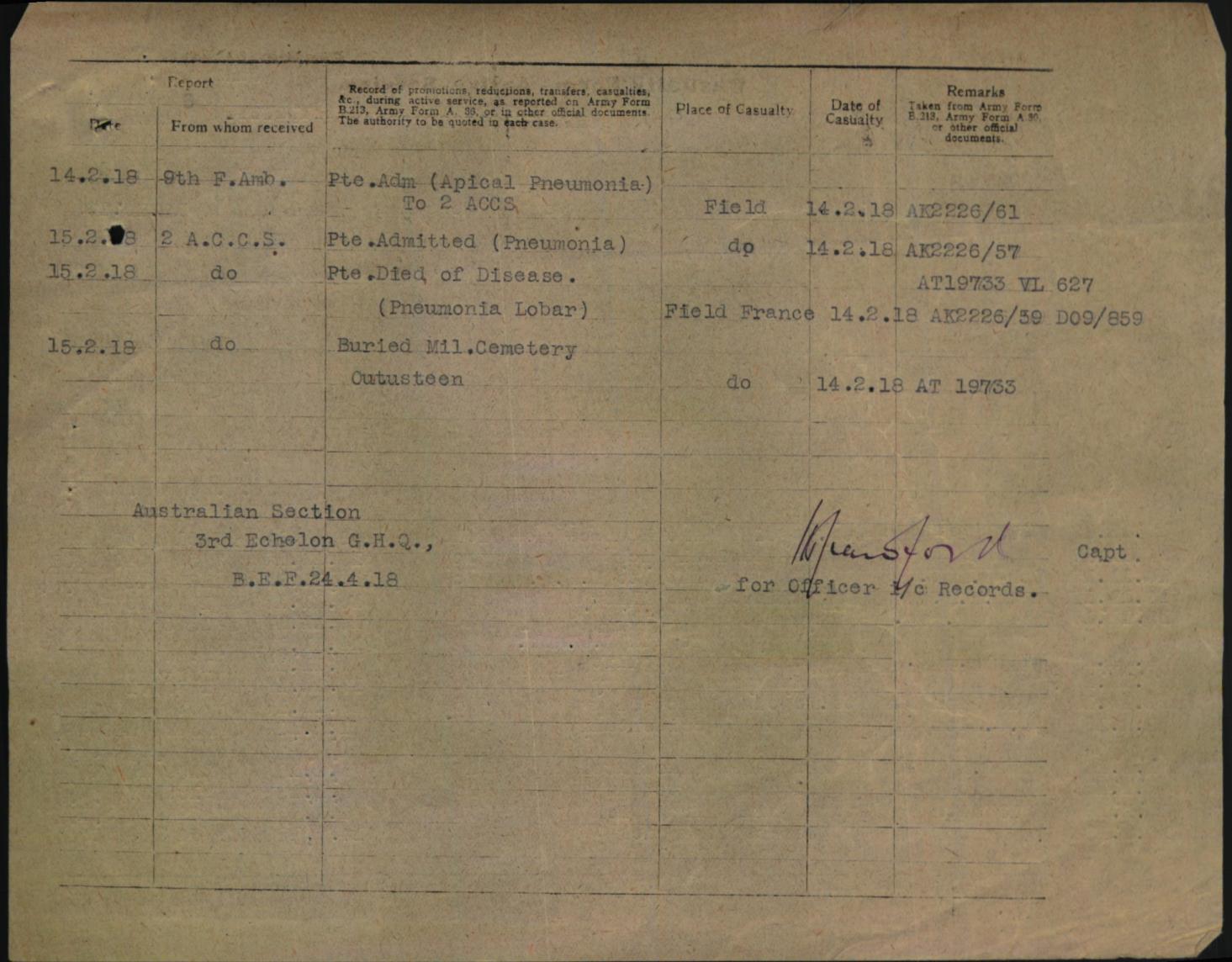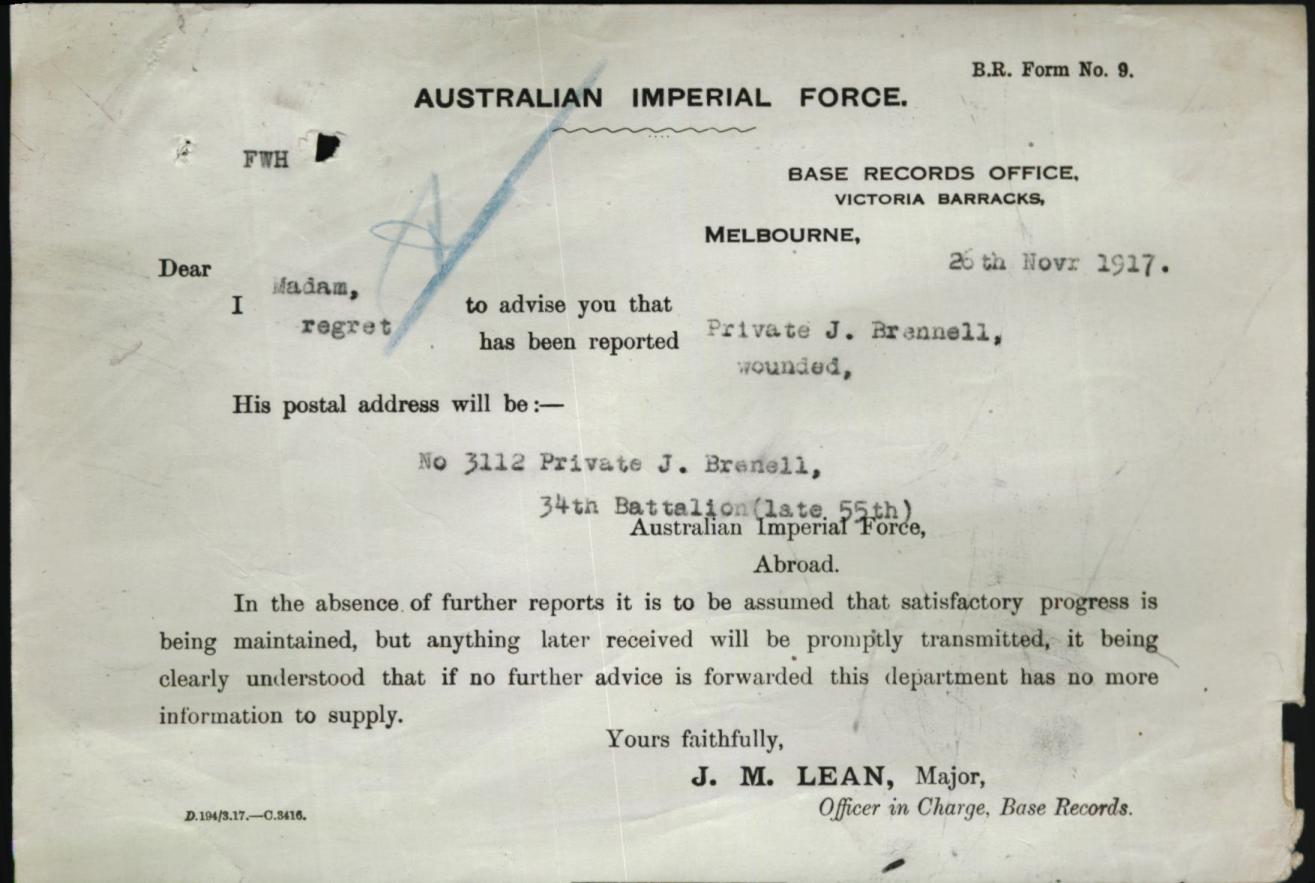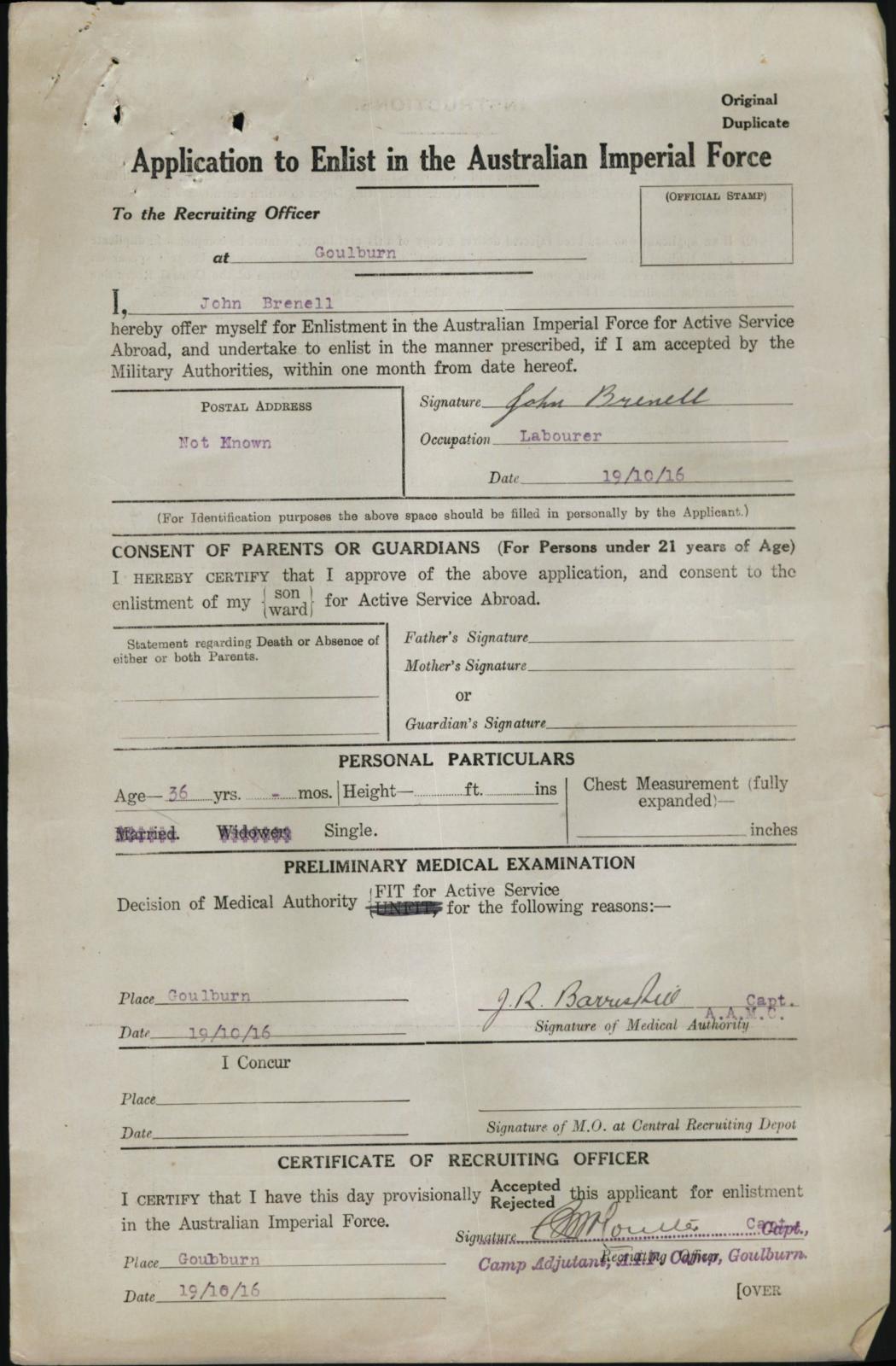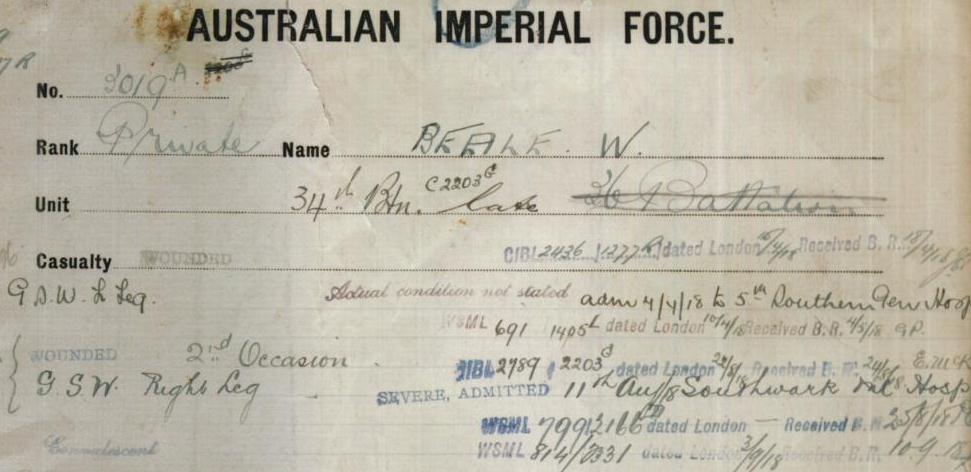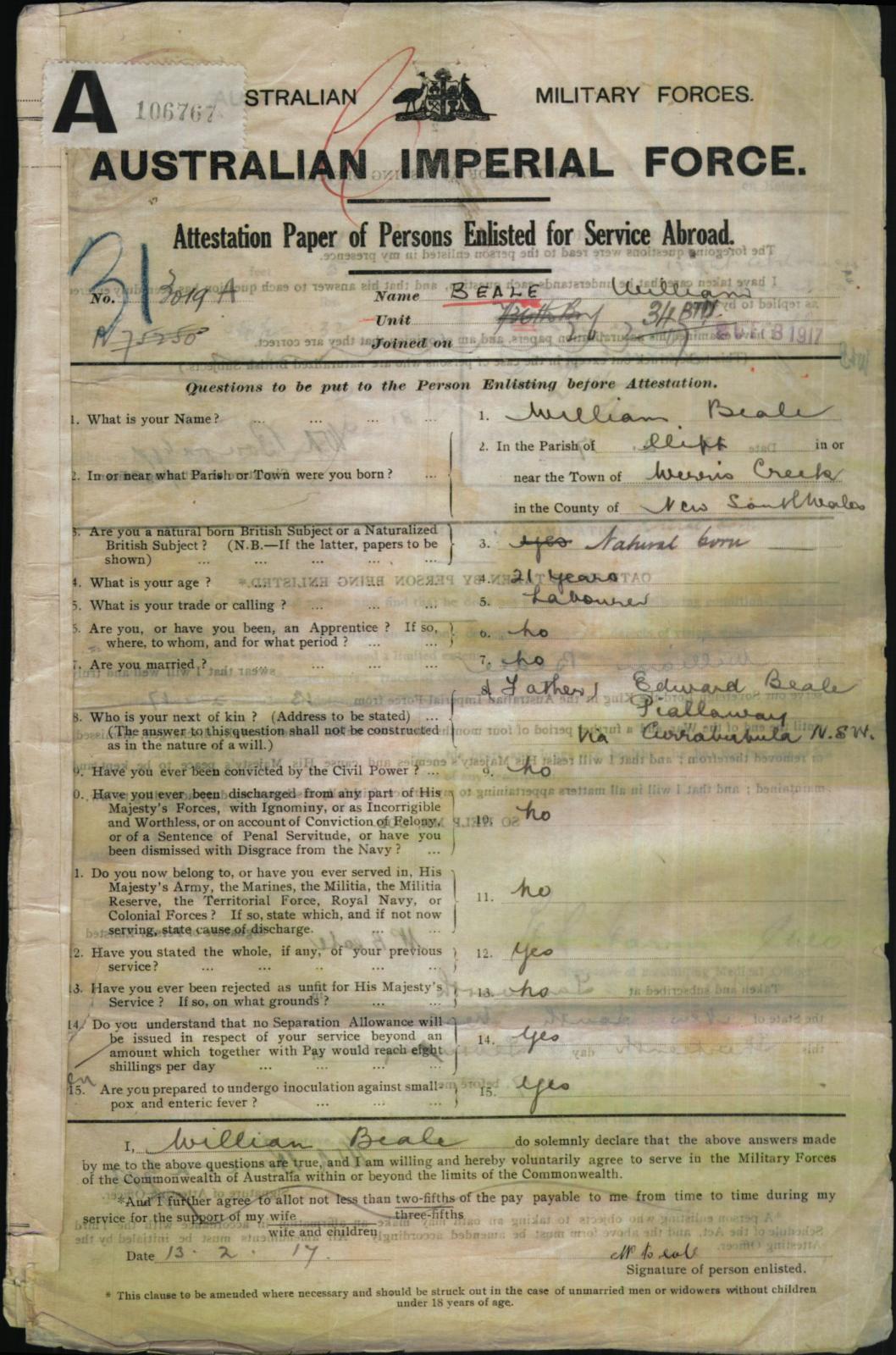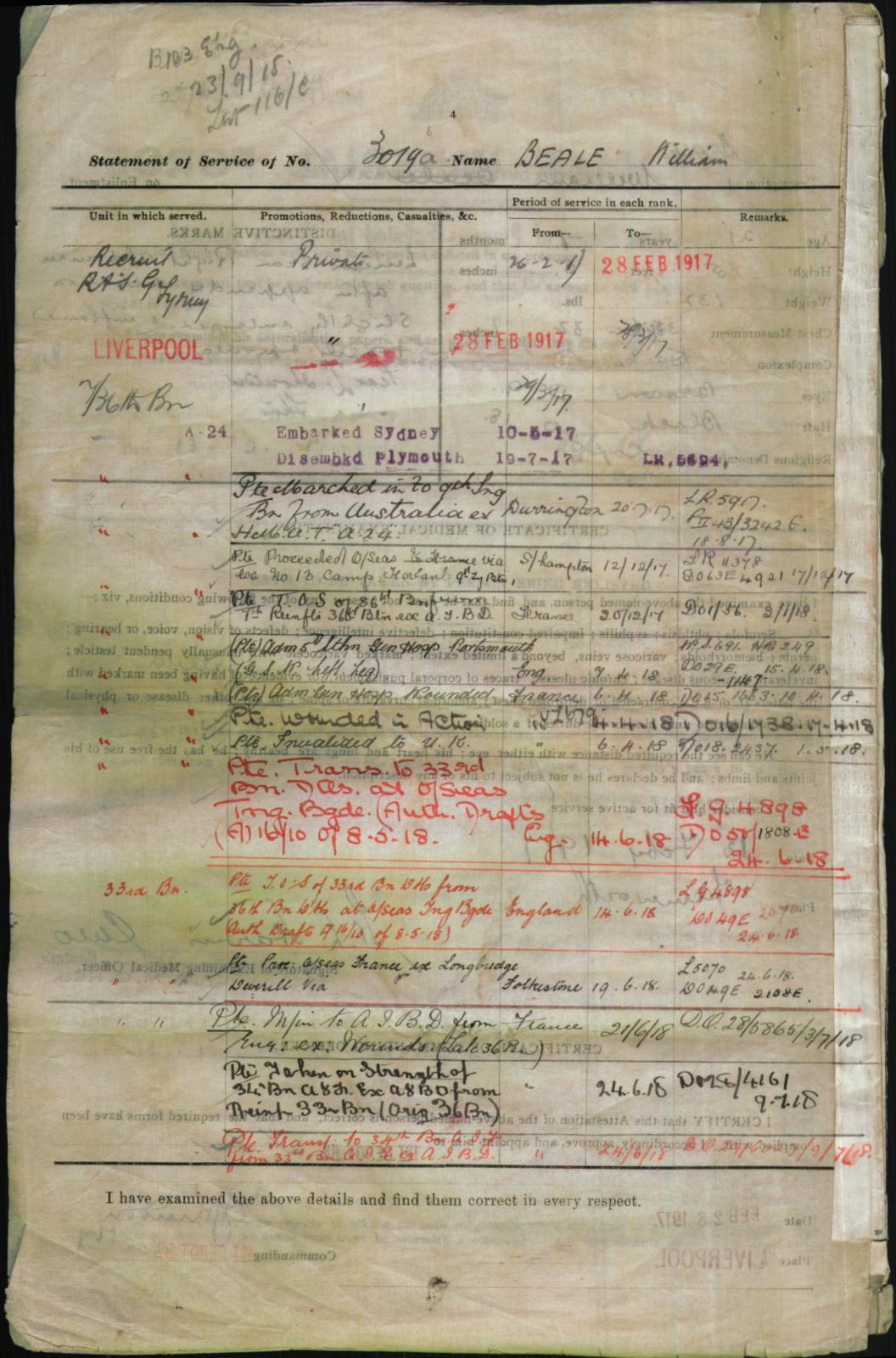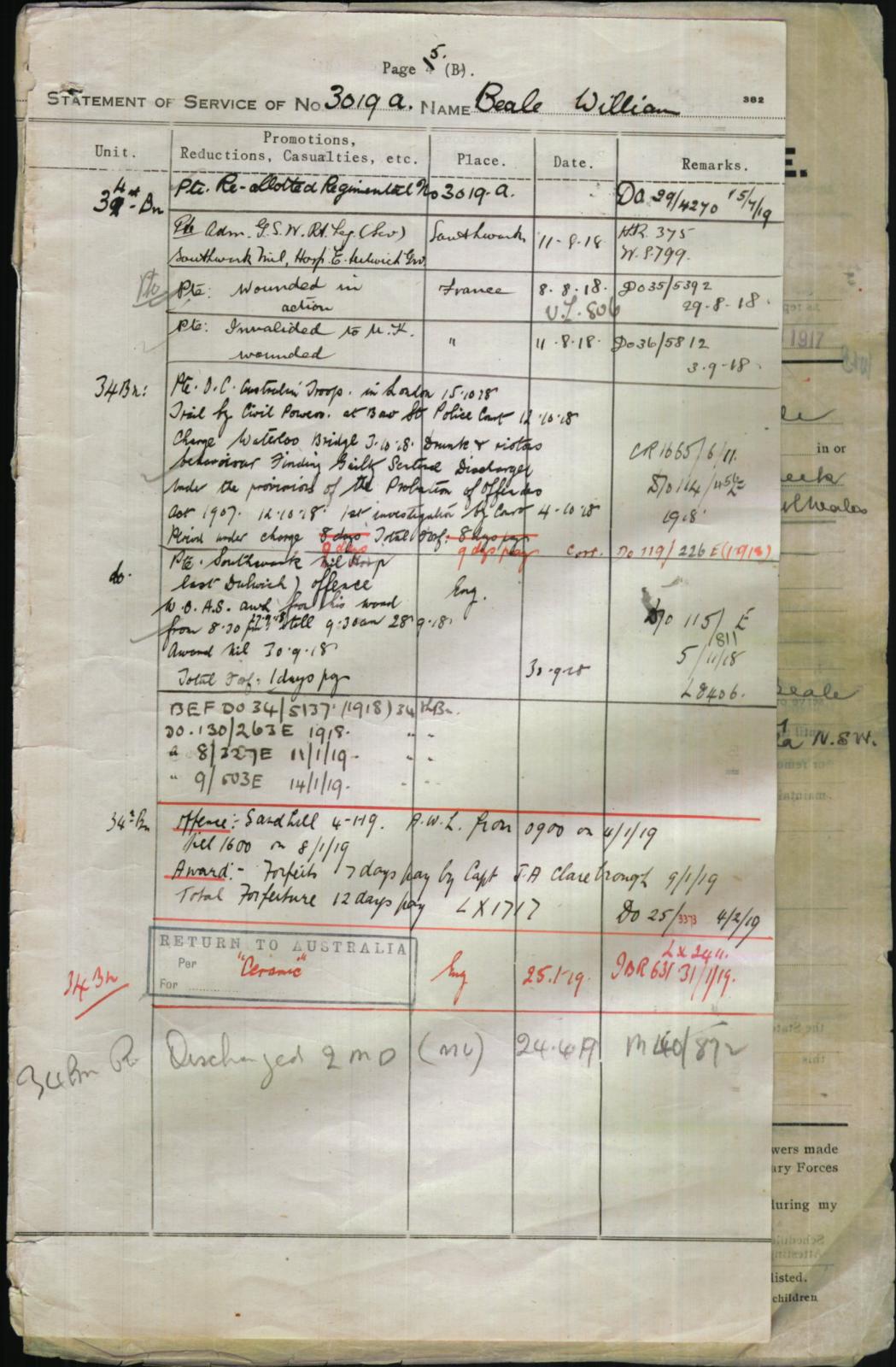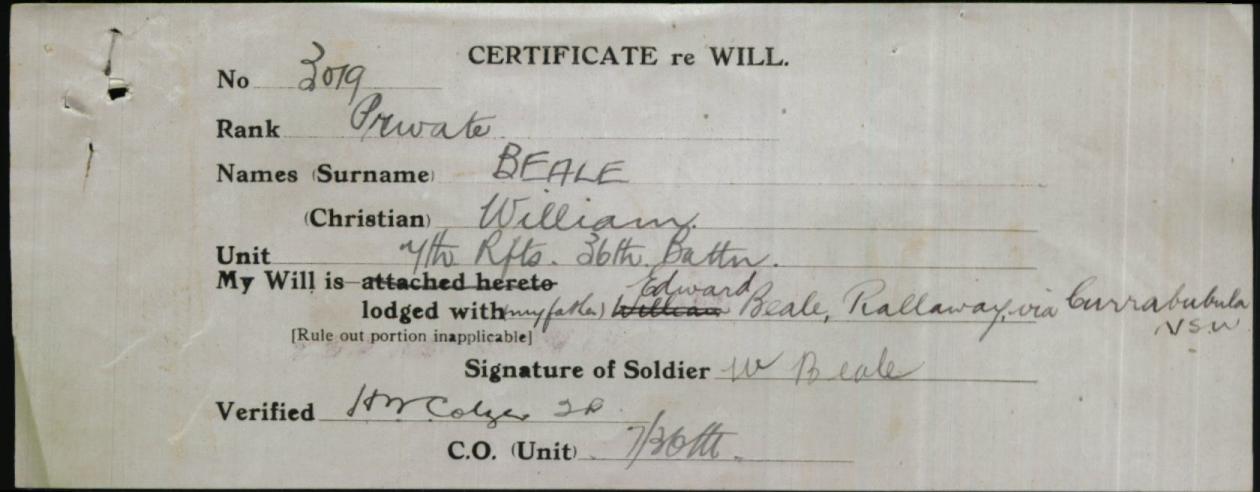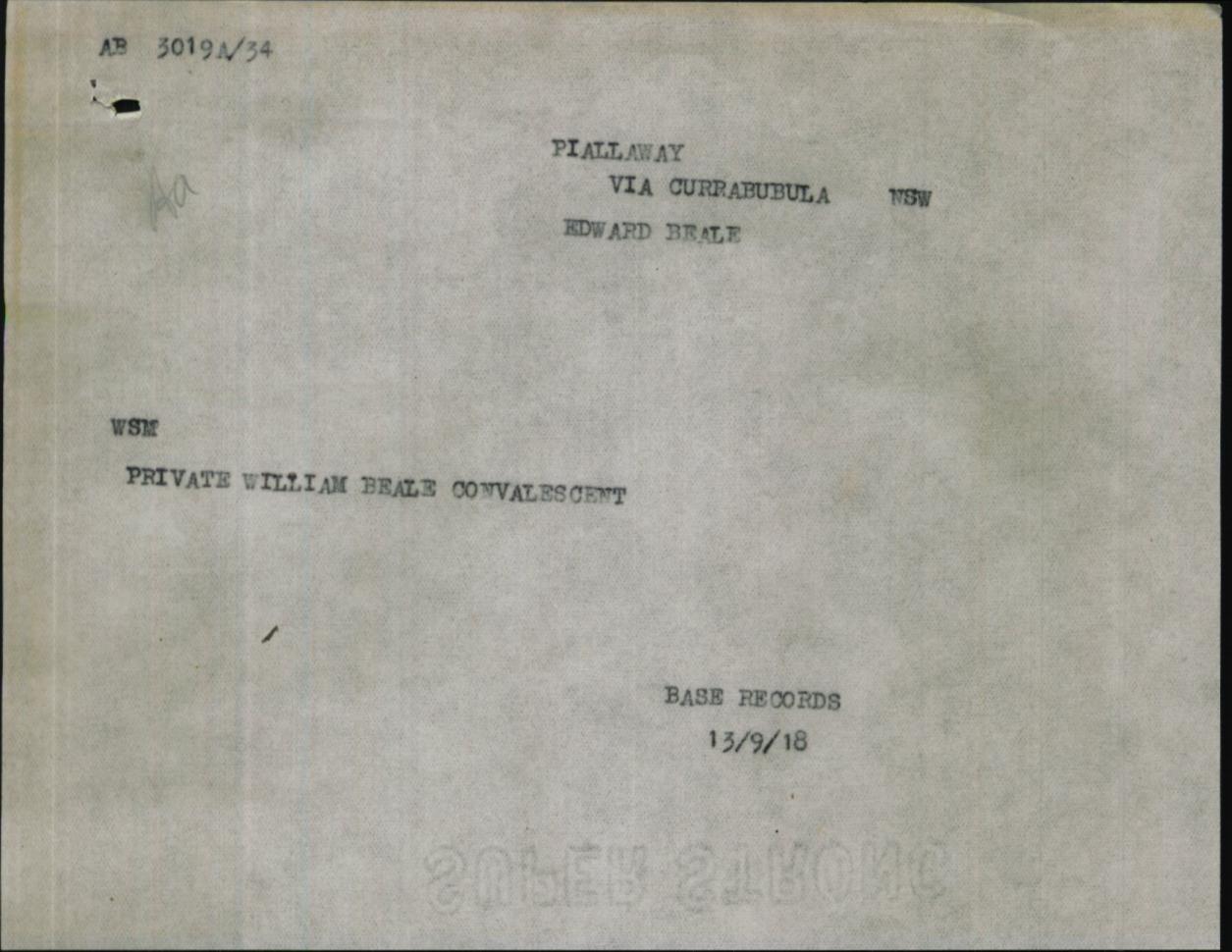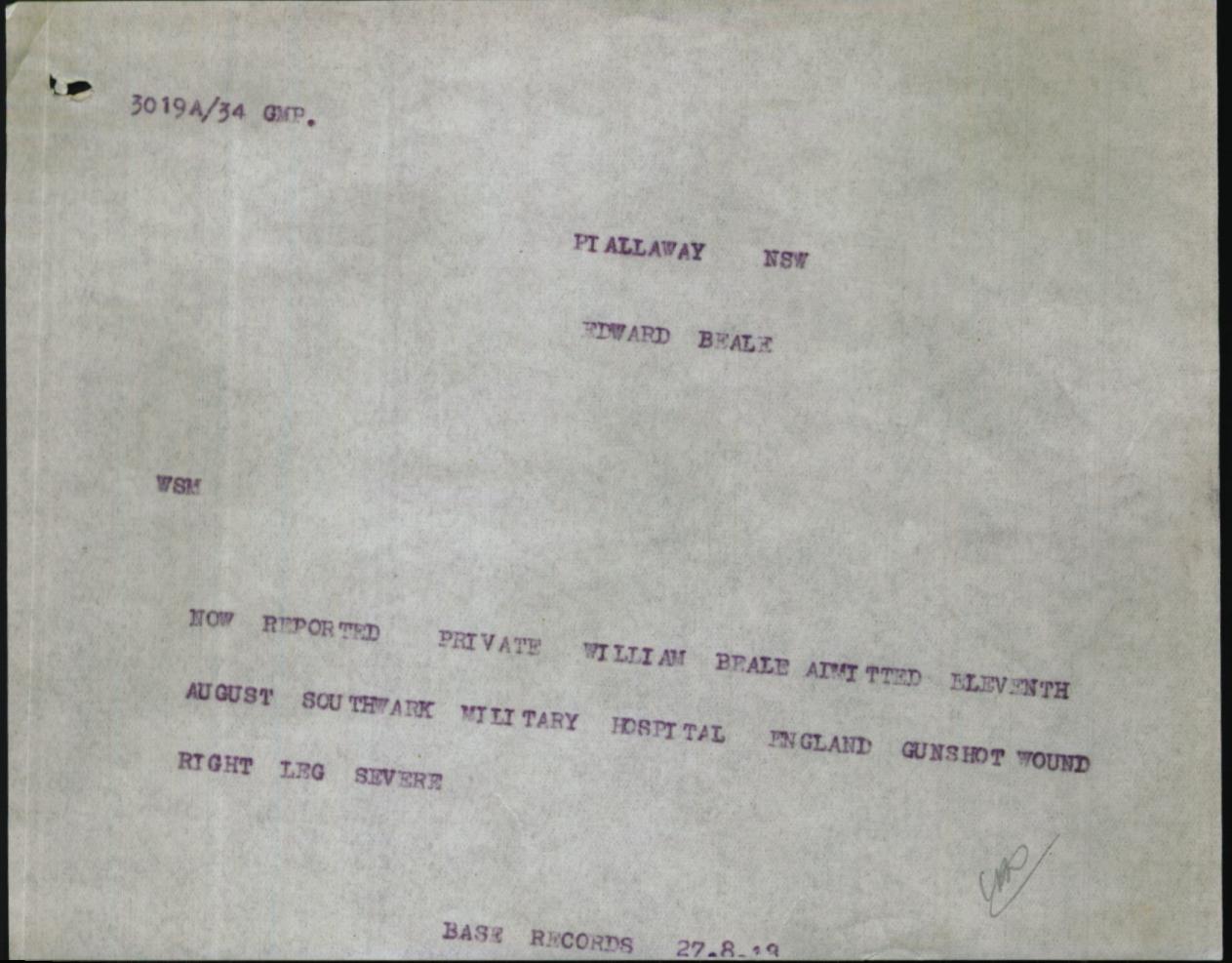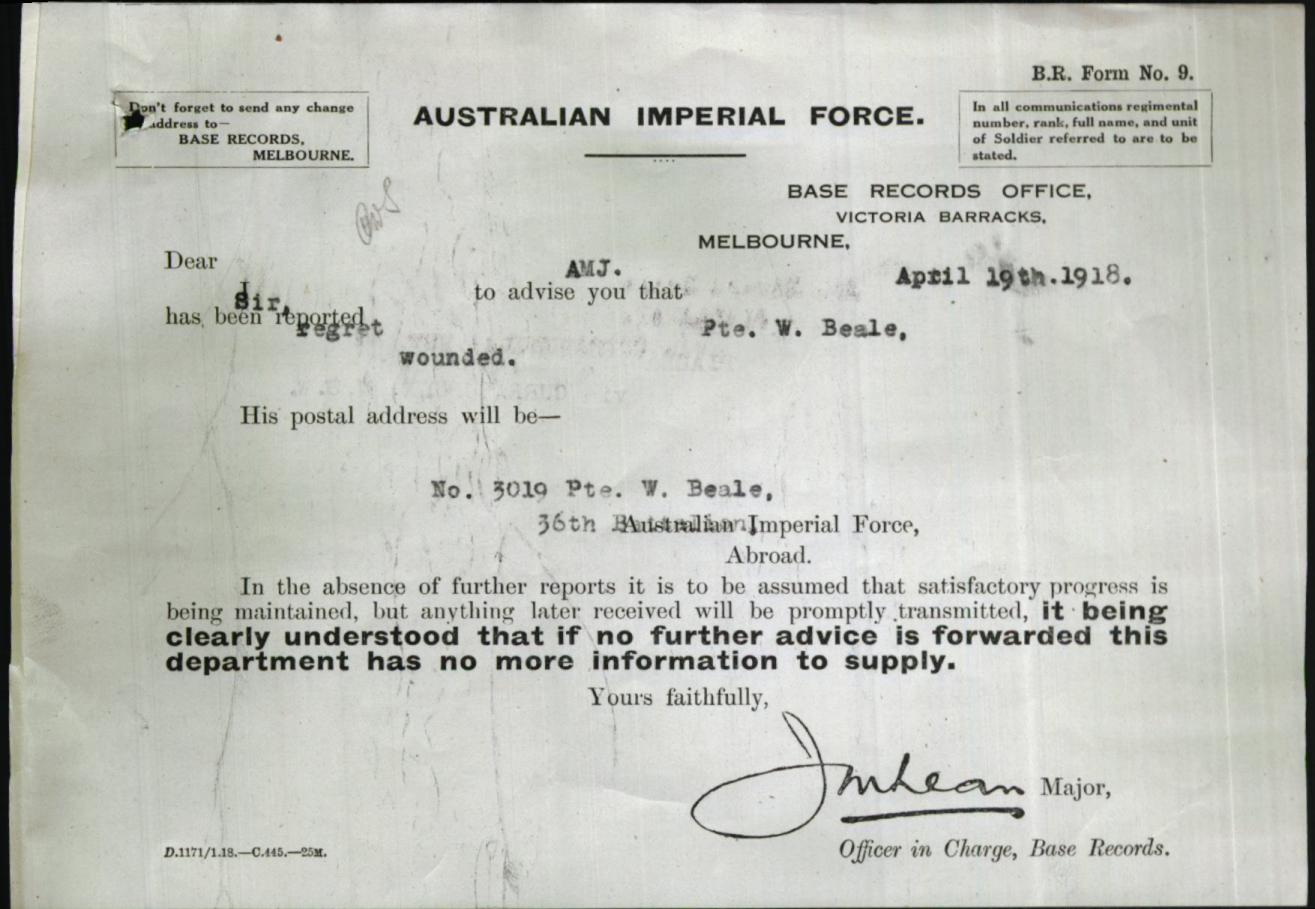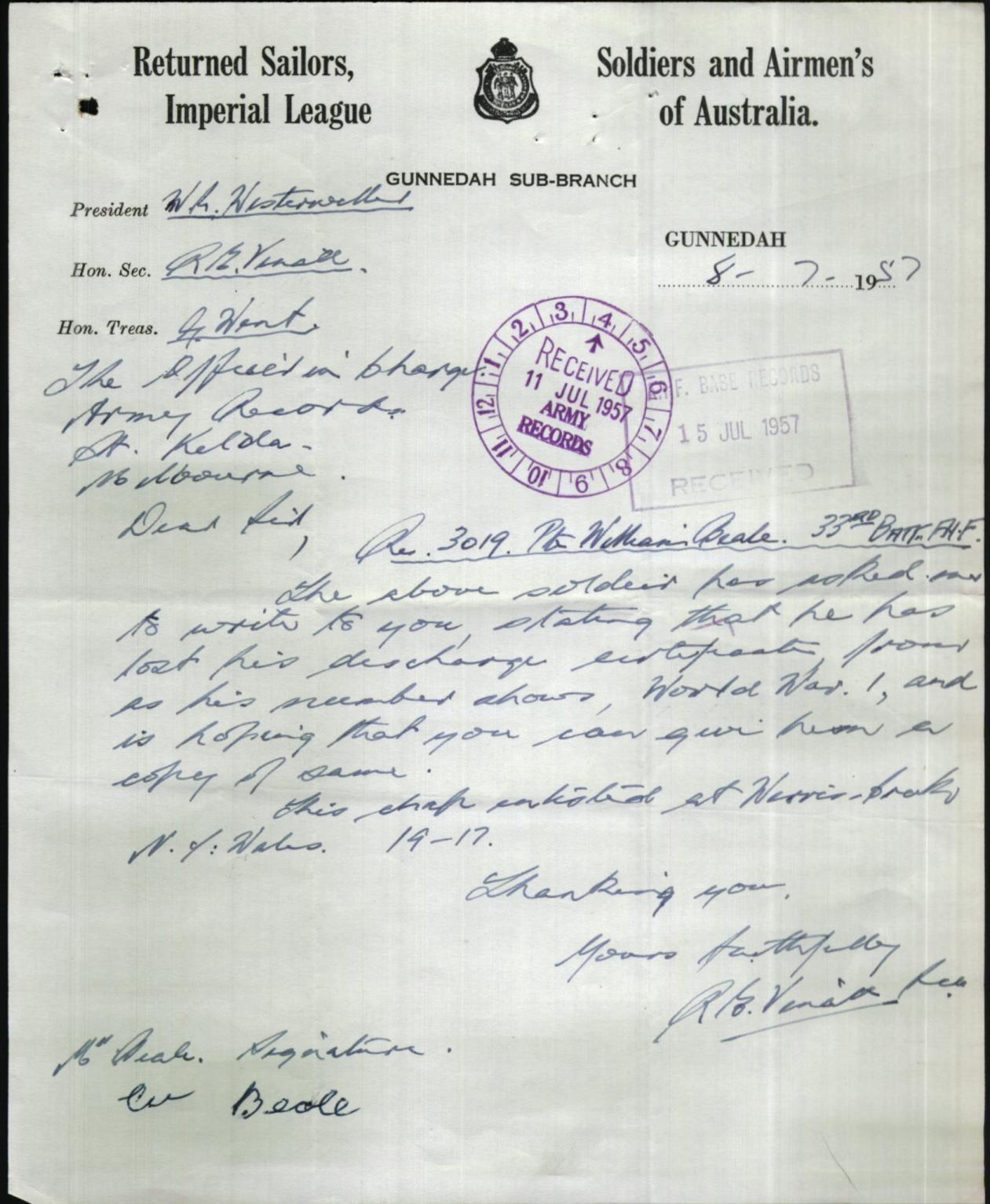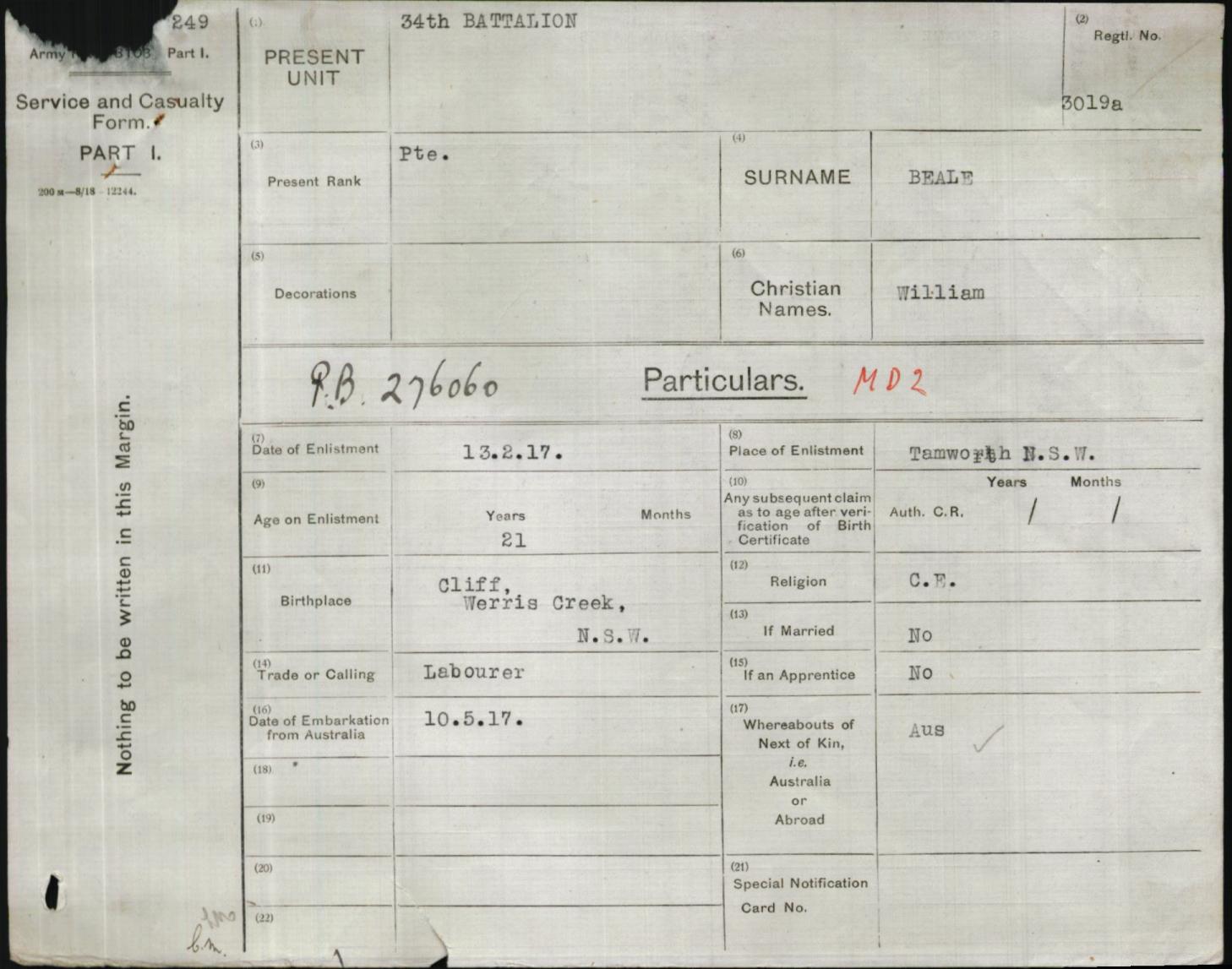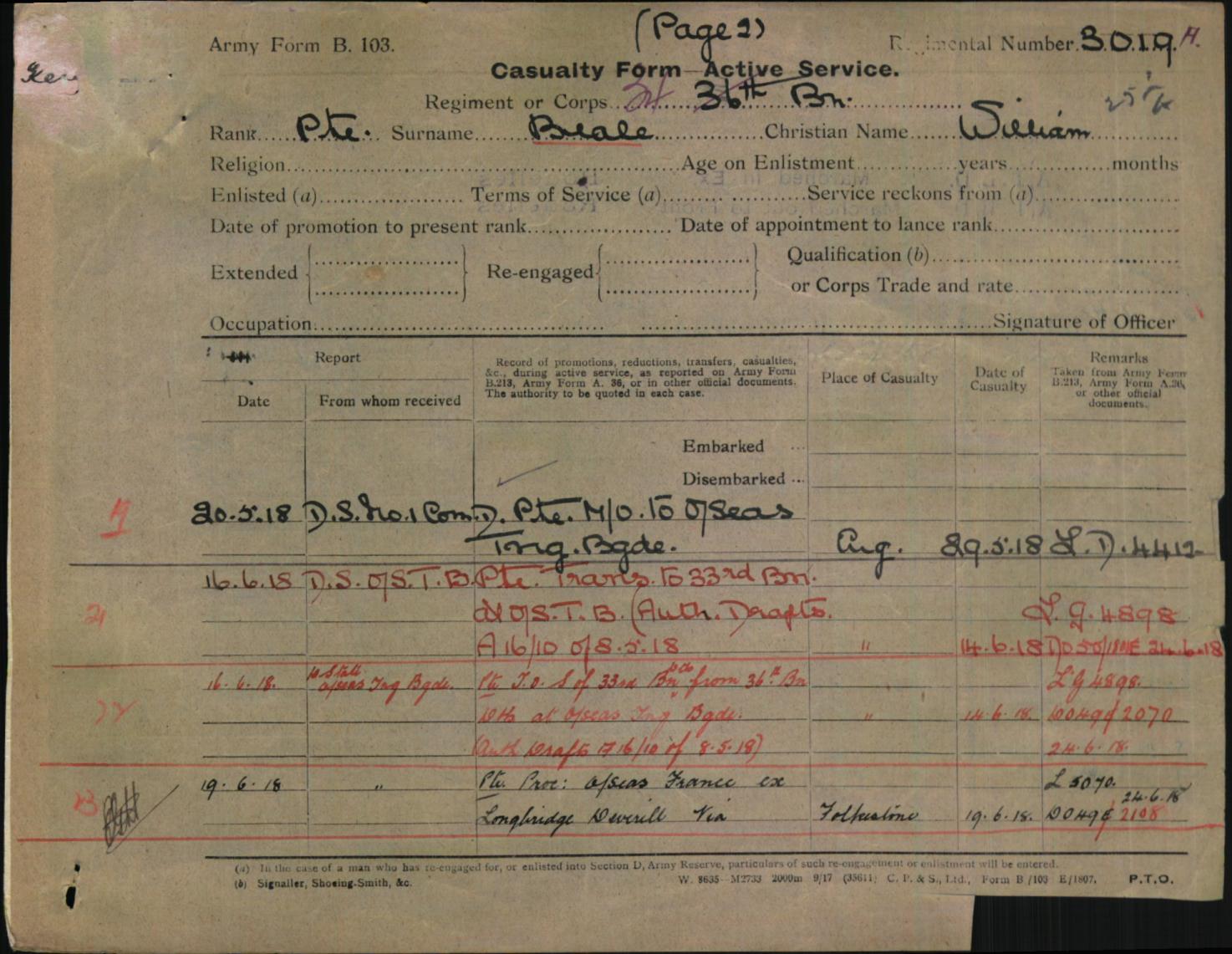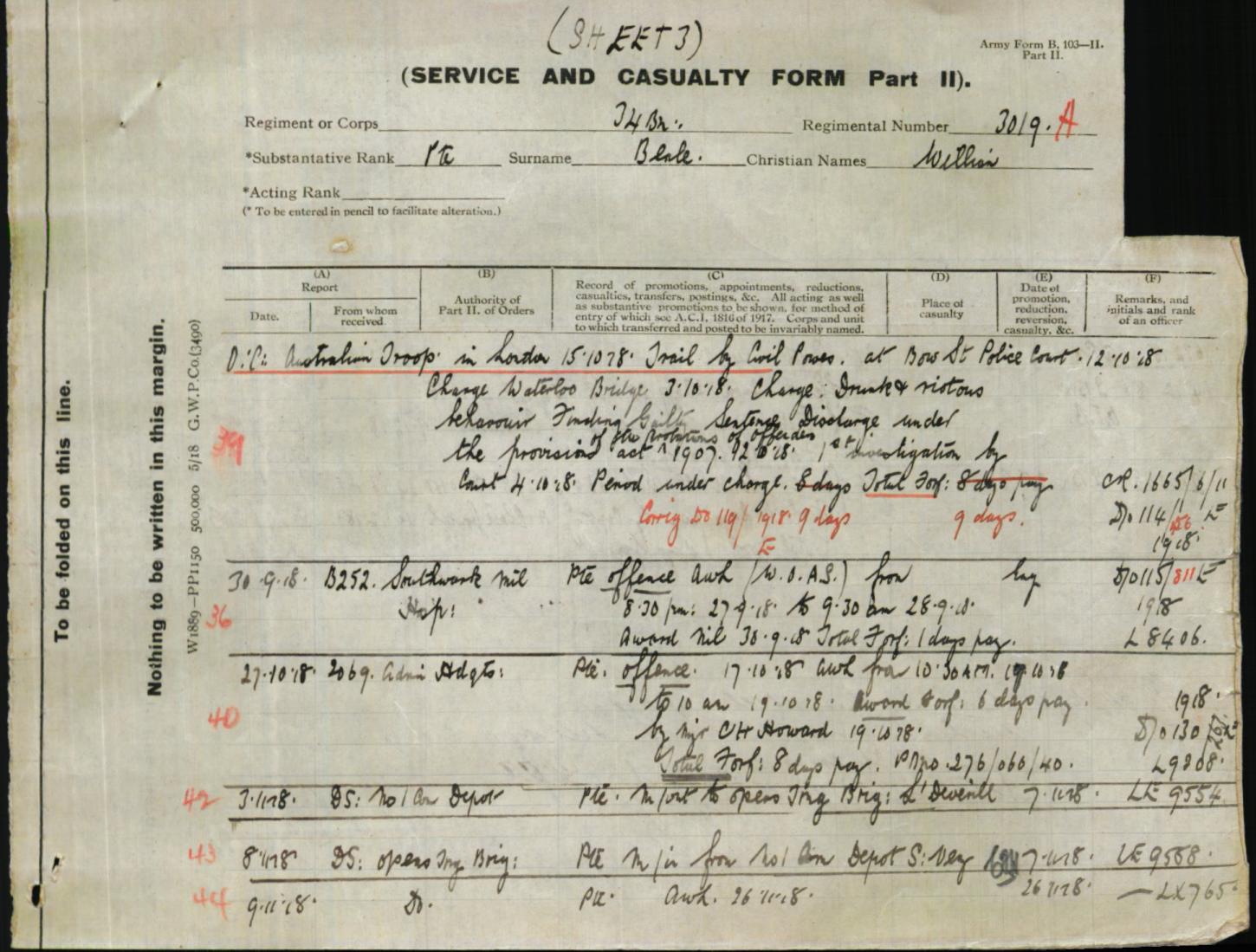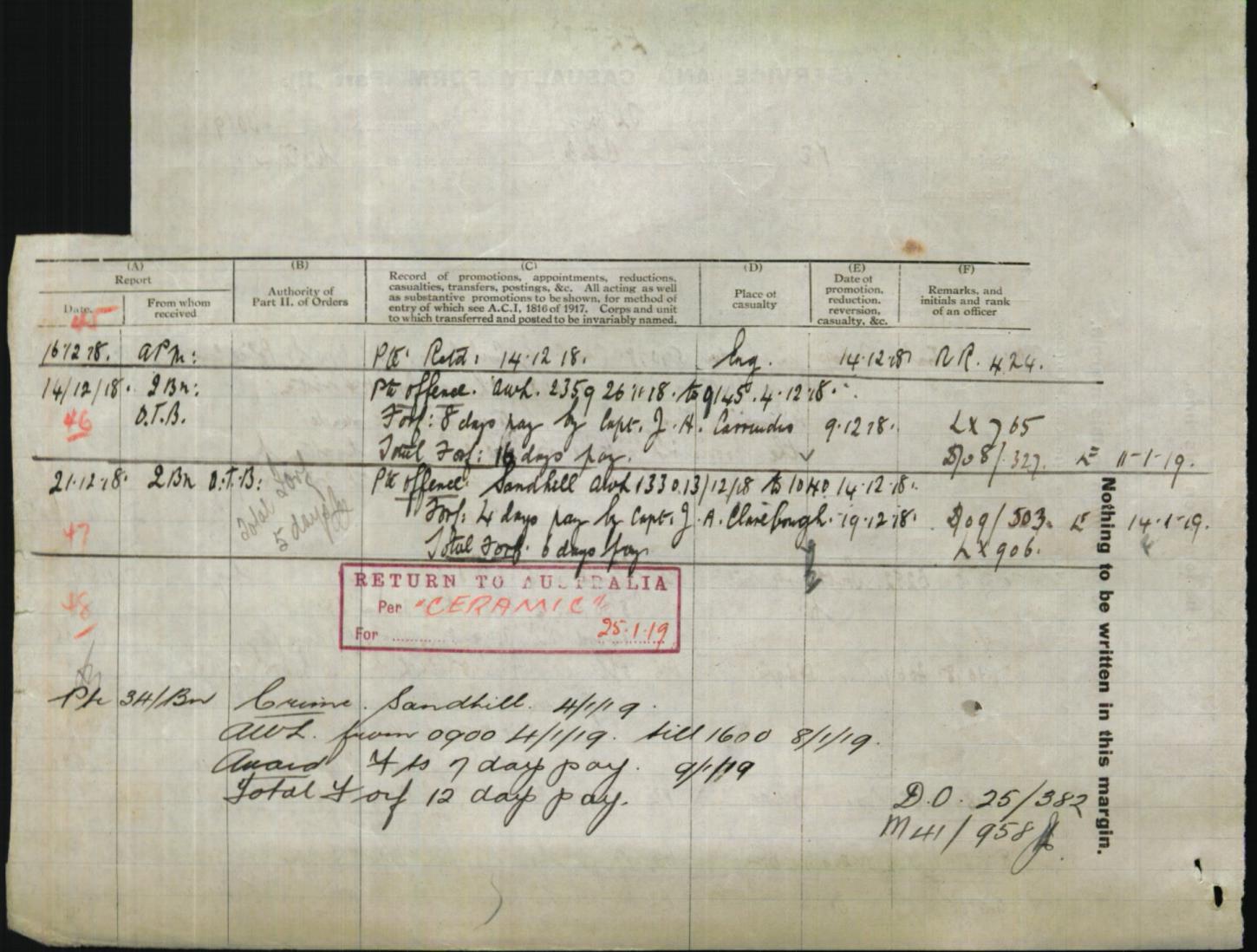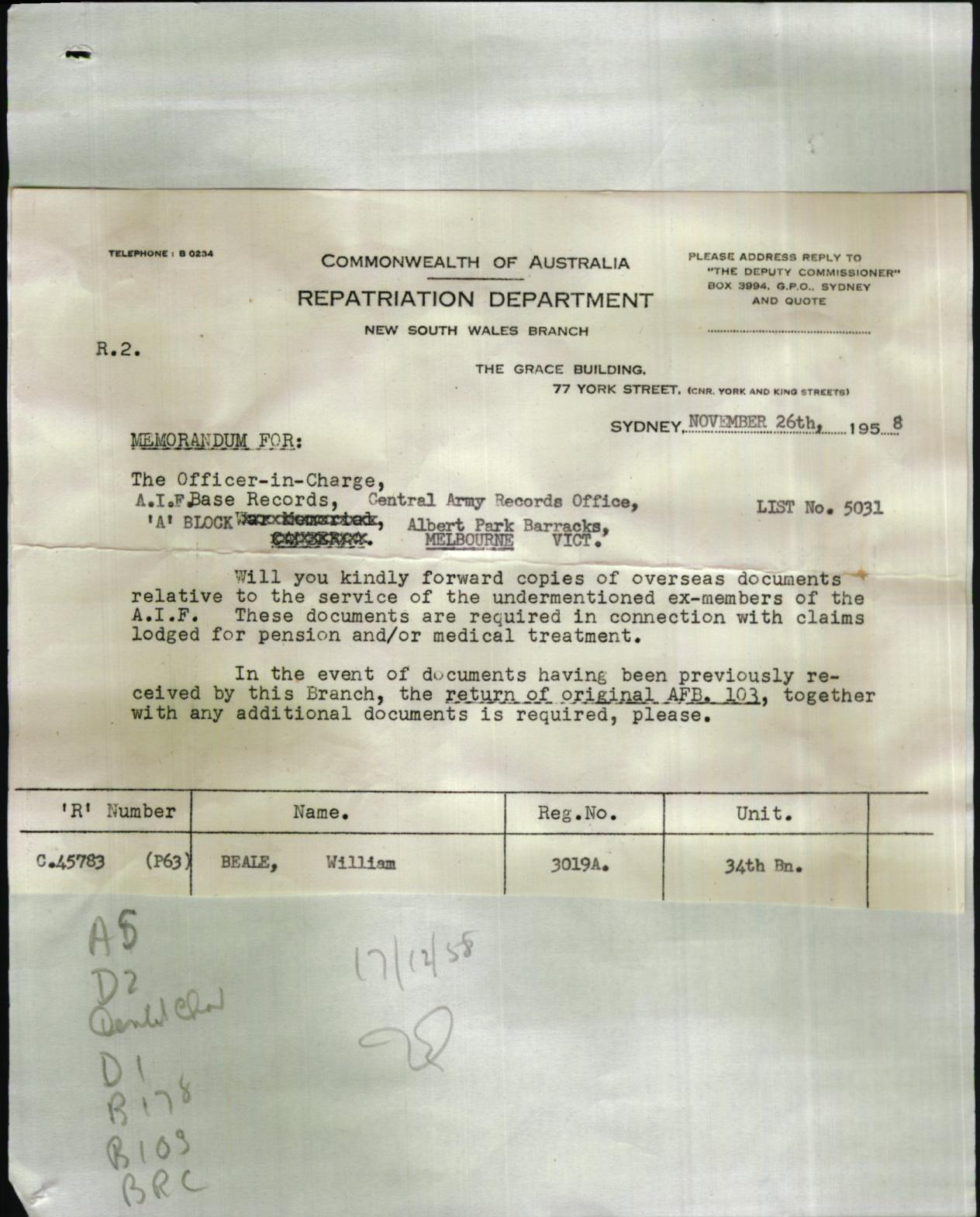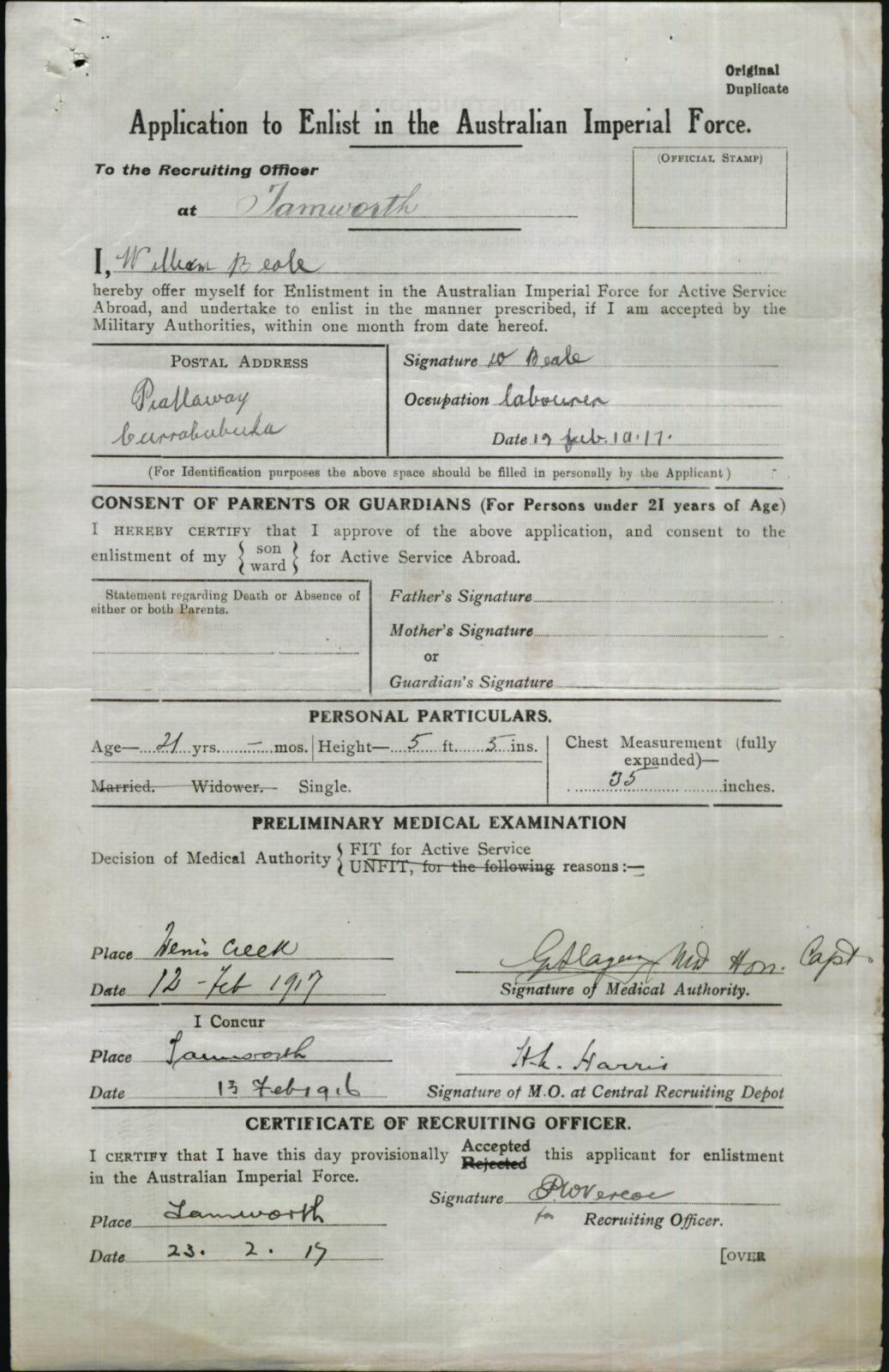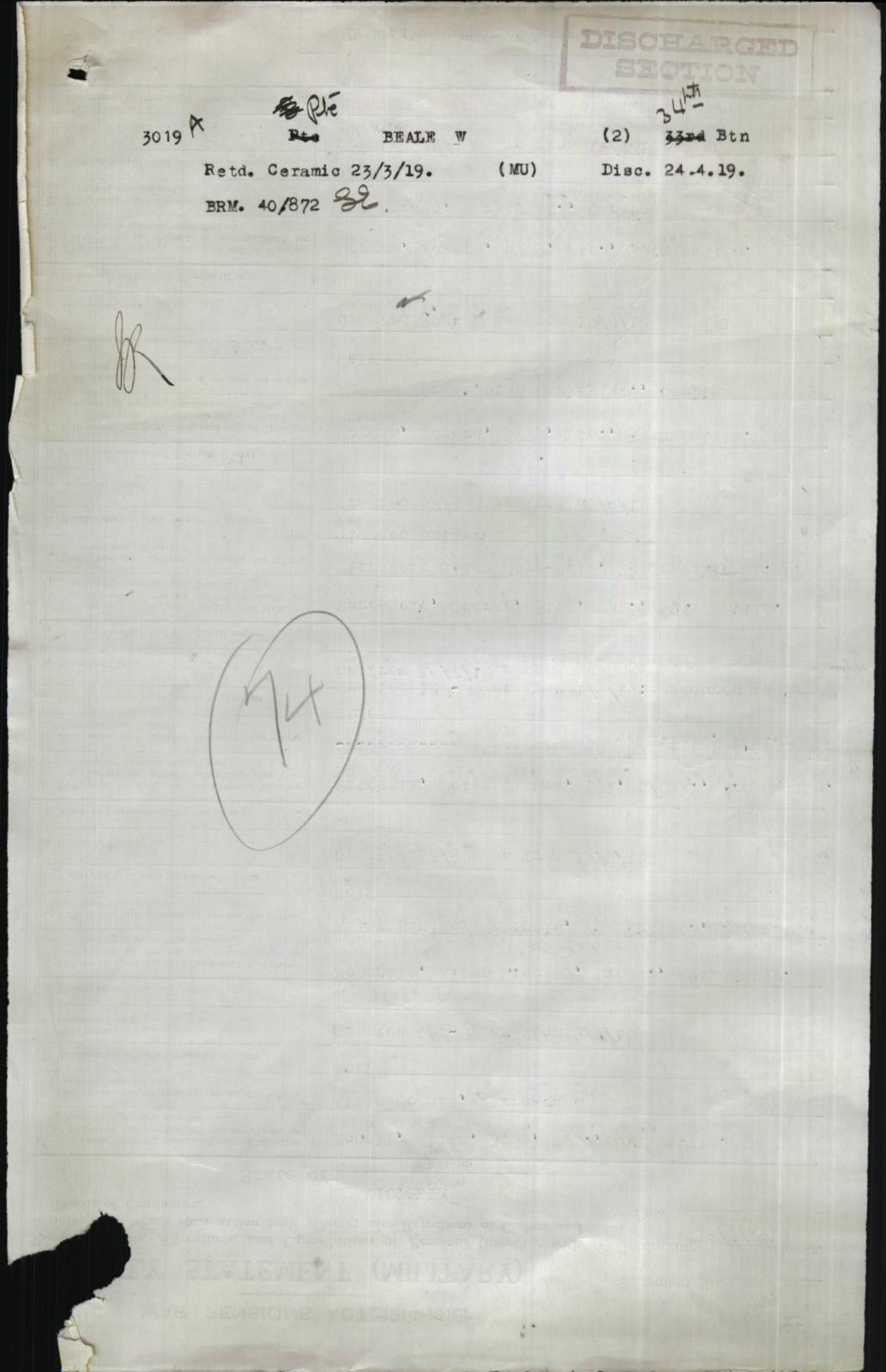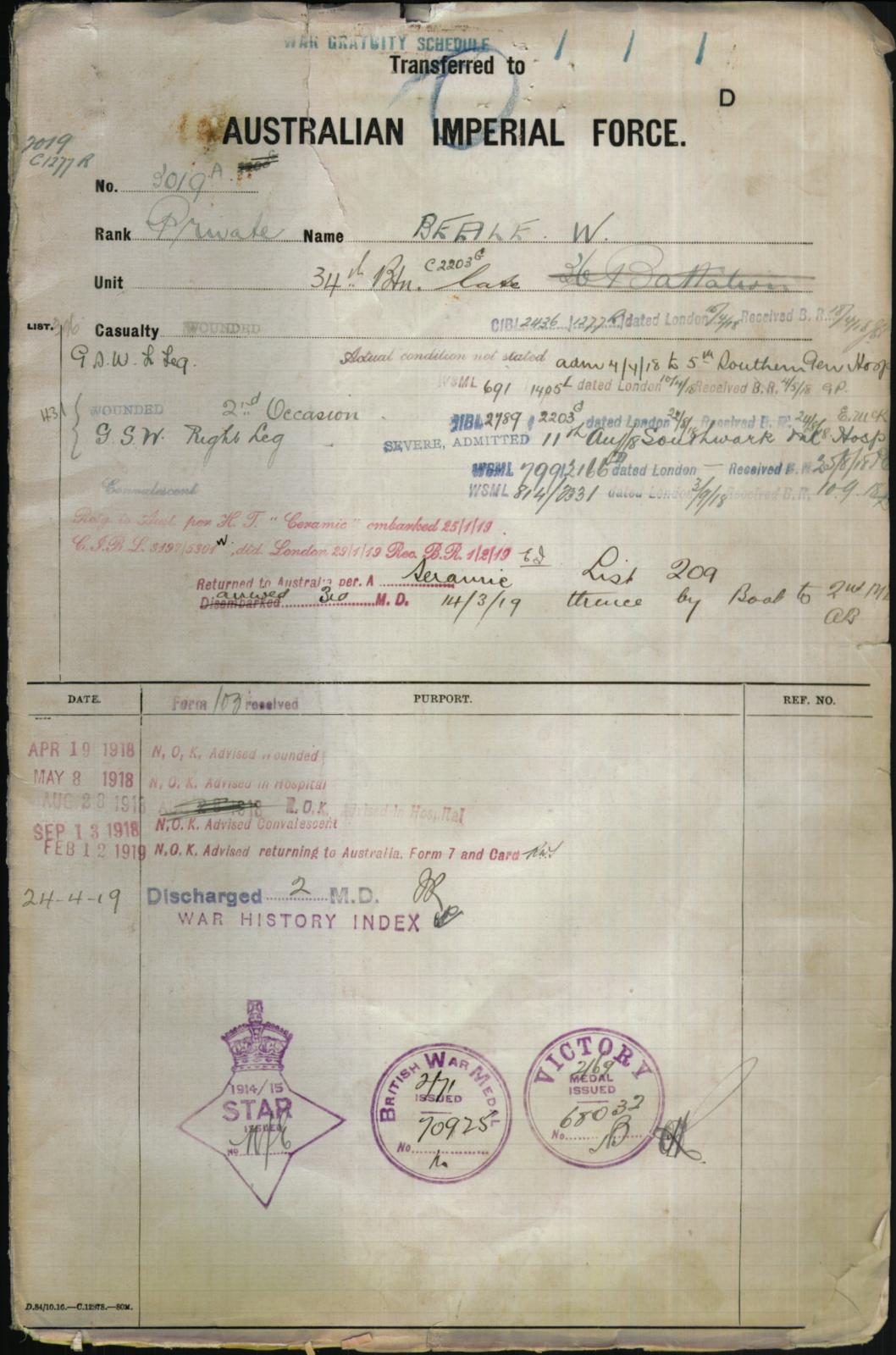
34th BATTALION AIF
Private: 3093 Robert PERFECT. Burramattagal, Darug
Born: 1891. Adelong, New South Wales, Australia. Birth Cert:3758/1891.
Married: 8th July 1917. Christchurch, Hampshire, England. ME:4654.
Wife: Elsie Perfect. nee: Kirk. (1899-1950)
Died: 12th August 1982. Sharpes Creek, Adelong, New South Wales, Australia. Death Cert:20076/1982.
Father: Hubert Perfect. (06/05/1860-1923) Burramattagal, Darug. Died at Adelong, N.S.W. Death Cert:20555/1923.
Mother: Annie Perfect. nee: Goode. (1858-1946) Died at Adelong, N.S.W. Death Cert:14997/1946.
INFORMATION
Robert Perfect enlisted with the AIF at Goulburn, New South Wales on the 21st September 1916 C Company, Depot Battalion until the 25th of October where he was transferred to the 8th Reinforcements, 55th Battalion and was sent to the Liverpool Army Camp on the 18th December where he was transferred again to the 7th Reinforcements 34th Battalion AIF before he embarked from Sydney on board HMAT A11 "Anchises" for England with the 34th Battalion and disembarked at Devonport on the 27th March 1917. Robert was marched in to the 9th Training Battalion and whilst on leave he met and married Elsie Kirk on the 8th July 1917. Christchurch, Hampshire, England. Robert proceeded overseas for France on the 26th September 1917 via Southampton.
Robert was Taken on in Strength on the 12th October 1917 as the Battalion made the advance at Passchendaele.
12th October 1917
THE BATTLE OF PASSCHENDAELE I
At 1:30 am rain showers began. By 2:30 am it was raining lightly but steadily, by 3:30 fairly heavily. the infantry moved through the pitch dark in single file. In some battalions each man held on to the equipment of the man ahead of him; if touch was broken, those in front had to come back. The news that the line as reported by the 66th division was not held only just reached the incoming troops. Accordingly, in the right brigade (9th) the leading Company Commanders Captain: Clarence Smith JEFFRIES. V.C. and Captain: Telford Graham GILDER M.C. both of the 34th Battalion stopped their men at the entrance to Broodseinde railway cutting, and themselves went to make sure that their column might not run into the enemy.
At Keerselaarhoek Cemetery they found the tape duly laid, and met the officer of the 36th Battalion who had laid it, and by 3:00 am the time set, the 34th battalion was extended on its jumping-off position. But during the previous halt and afterwards, as it lay on the tape, the battalion was persistently shelled and suffered many casualties.
The first shell killed three signallers. Lieutenant: Albert Leslie WATSON. a signal officer of the 34th Battalion, a brave and enterprising leader who also was at the head of the column was severely wounded and all his staff hit. After establishing a forward command post Lieutenant: Thomas Fraser BRUCE 36th Battalion was also killed. Lieutenant Colonel: John Alexander MILNE. 36th Battalion supervising the assembly was knocked down by a shell but continued to command. Captain, Chaplain: Charles MURPHY was also wounded.
(BEAN; History of World war 1 Vol IV p911) Charles Edwin Woodrow BEAN
Only one Australian Division, the 3rd, was wholly employed in the days offensive. but the division was to capture Passchendaele an in spite of the depressing conditions, it was eager to achieve the distinction of doing so. One unit carried the Australian flag, to be planted in Passchendaele, and although officers and men in general were not enthusiastic concerning such "stunts" the Commander-in-Chief had been informed, and had told General: MONASH that, when this flag was planted, the news would be immediately cabled to Australia.
Some keen spirits looked on the operation simply as a dash for Passchendaele. One young company commander of Monash's reserve battalion, the 33rd, in face of a strict prohibition, led on his company as soon as the barrage fell. Starting from a line 350 yards in rear of the general alignment, the 3rd Division was out of touch with its neighbours from the outset. The heavy shelling on the tapes had made orderly disposition there almost impossible, as German Machine-Guns, undisturbed by the barrage now opened immediately, no opportunity offered of restoring proper formation.
The 9th Brigade went forward in the utmost confusion and a terrible mix up as reported by Captain: Robert Derwent DIXON D.S.O 35th Battalion at 6:40 am and "Great Confusion" was the description given by Captain: Henry Vince CARR 35th Battalion. Even on the ridge, the mud was difficult, the hope, if there ever was one, of catching up before the quick barrage finished.
The 9th Infantry Brigade's intended direction lay not along the ridge and the Passchendeale road, but diagonally across them, and parallel to the railway, which most of the brigade could not see. As the jumping-off line was practically at right angles to the ridge, the brigade tendered to advance alone the heights. The Machine-Gun fire at the start came, on the 9th Brigade's right, from the ruined house near Defy Crossing; on its center from, "Hillside Farm"; and on its left from Augustus Wood.
The pillbox opposite the center was supported from the rear by a trench in which were Germans with Machine-Guns, and here occurred a delay which threatened to wreck to whole attack. it was not until an hour after the program time that these places were rushed by the neighbouring portion of the line under Captain: Henry Vince CARR and Captain: Robert Derwent DIXON. D.S.O of the 35th Battalion. The trench contained 35 Germans and 4 Machine-Guns. Part of the line was also held up by a pillbox close to Passchendaele road near the highest point of the ridge.
Here there was practically no shelter from attack, but Captain Clarence Smith JEFFRIES. V.C. of the 34th Battalion managed to organise a party, with Sergeant: 21 James BRUCE and another N.C.O Corporal: 2036 Vere Cummings STEVENSON and a dozen men, and outflanking it, charged the place from the rear, capturing 25 Germans and 2 Machine-Guns. These actions set free the advance. The pillbox captured by Captain Clarence Smith JEFFRIES. V.C. being not far short of the first objective, the 34th Battalion dug in there.
Great loss had been uncured; the 34th Battalion had only three officers left and there were wide gaps in the line. The right flank had swung far away from the railway, along which the 4th Division was attacking, but on the left Captain: Telford Graham GILDER M.C. of the 34th Battalion who had been wounded by a Machine-Gun bullet, but was carrying on found the 10th Brigade digging in slightly to his left under Captain: LATCHFORD, 38th Battalion, and fell back seventy yards to join it.
The Advance to the second objective was to begin at 8:25, the low clouds had opened, and fleecy cirrus with patches of blue were widening overhead and the sun had come out. The 9th Brigade had been so late in reaching the first objective that, while most of the 34th Battalion dug in, the 35th Battalion, allotted for the second phase, moved straight on. Standing on the Passchendaele road, Captain: Henry Vince CARR and Captain: Robert Derwent DIXON. D.S.O of the 35th Battalion endevoured to decide where the barrage then was; at first Carr thought it may be behind them, but finally decided that it was ahead.
The confusion at the start had split the brigade into mixed parties of all battalions and many of the 34th went on with the 35th, the main body of which, about 100 in all, now advanced along the south-eastern side of the ridge in order to catch the barrage. The hour was probably a little before that for the second advance. A German Machine-Gun in the gap between the brigade's right and the railway immediately opened with deadly effect.
Major: John Bruce BUCHANAN 36th Battalion, the senior forward officer was killed. At this critical juncture Captain: Clarence Smith JEFFRIES. V.C. of the 34th Battalion, again accompanied by Sergeant: 21 James BRUCE, led out a few men from the first objective and made for the gun. it was shooting in short bursts, and he was able to work up fairly close. Seizing a moment when it was firing to the north, he and his men rushed at it from the west. It was switched round, killing him, and sending his men to the ground.
But when its fire eased they worked round it, rushed the position, seized 25 Germans and 2 Machine-Guns. This gallant and effective action Captain: Clarence Smith JEFFRIES. V.C. was posthumously awarded the Victoria Cross for removing the chief danger to the advance along the crest, but as soon as the 35th Battalion crossed to the eastern side of the hill it became the target of a number of field and heavy guns which, from the hedges and other cover in various parts of the landscape, fired over open sights.
After passing a corpse on its right, the 35th Battalion settled down on what its officers took to be the second objective, although on the extreme right they were actually short of the first. Captain: Henry Vince CARR, now the senior officer on the spot, reported; 8:35. On objective, with about 100 Captain: Robert Derwent DIXON. DSO and three officers. Casualties 25 or 30 per cent. Captain: Henry Charles Dight CADELL M.C Lieutenant: Charles Teesdale MAIN Lieutenant: Keith Maitland DAY reported killed and Lieutenant: Frank HORNE Lieutenant: Christopher Kyffin MEARS Lieutenant: Charles John HENRY were wounded. Prisoners sent back 400-500. Contact on flanks uncertain, being heavily shelled.
Three posts were established under surviving officers, right Lieutenant: Norman Beade D'ARCY M.C centre Lieutenant: Joseph Francis ADAMS left Lieutenant: Harold Sydney WYNDHAM. In this brigade the battalion for the final objective was the 36th, and a report came along that it had gone through. Actually, it had advanced with the 35th, but, on the left, penetrated to the second objective, which bad been reconnoitered during the previous halt by the commander of the company Captain Robert Austin GOLDRICK. M.C.
He went up the road towards Passchendaele. The barrage, he said afterwards was no hindrance to him, although he left the line lying as close to it as possible "or where he thought it was." He was unable to detect the intensification of the barrage for the second phase, but led his men forward at the proper hour.
As no other battalion was there, he now established the line with its left on the road 600 yards from the church, about the point reached by the 66th Division's troops on October 9th. In front of the position Captain: Robert Austin GOLDRICK. M.C. and Lieutenant E.H FLEITER (39th Battalion) found hidden in a shell hole men of the 66th Division. One had a broken arm, the other trench-feet. They took the Australians at first for Germans. When reassured, "we knew the Australians would come," they said, 'We prayed hard."
From the direction of the church, which lay straight down the highway, no fire came. two Germans ran up the road and surrendered. South-east of the village, along the Moorslede road, were the Germans who seemed "very windy," and near the road two 5.9-inch howitzers began to blaze at the troops digging in.
The 9th Brigade had taken its second objective and the 10th its first, but the position of the officers in charge of these advanced lines was full of anxiety. On the eastern slope Captain: Henry Vince CARR 35th Battalion, the senior officer in this part of the 9th Brigade's front, could see the 4th Division somewhat ahead of its right, and by 10:55 he had discovered that the 36th was on the left, but farther left than the 10th Brigade was far behind on its first objective . The German Guns ahead were sniping with dreadful accuracy. Carr on the western slope, sent back for instructions: "what am I to do?"
Word of the true situation reached headquarters slowly. As on the 9th, the first news was all encouraging. General: MONASH in the Ypres ramparts heard shortly after 7 that both brigades were "well away"; but by 8:26 he had ample evidence that the first objective was taken. At 9:25 the intelligence officer examining prisoners (Lieutenant: Frederick Morley CUTLACK Official War Correspondent) reported having heard from the wounded men that the second objective had been reached.
At 10:28 headquarters was informed of a statement of a wounded man, that the 38th Battalion had gone through. A further report that Australians had been seen at Crest Farm although quickly contradicting but probably true nevertheless. Which confirmed Monash's impression that his division was succeeding. Concerning the New Zealand brigade on his left, however, there was no word until, at 10:50, there arrived the tragic information that the New Zealand Division was stopped by the enemy alone the entire front.
Monash has already heard at 9:55 that the 10th Brigade was held up by fire from Bellevue Spur. Believing that his division was still advancing, he asked that every gun that the New Zealand Division could spare should be turned upon that ridge to suppress the fire. Meanwhile, he would order the reserve (39th) battalion of the 10th Brigade to be ready to assist in holding the ground already won. The reserve battalion the (33rd) of the 9th Brigade he was still keeping back to assist in the capture of Passchendaele.
Shortly after noon news of the true situation arrived. Lieutenant Jackson of the 40th Battalion had established at Waterfields pillbox near the Ravebeek a forward report-centre from which a series of messages, admirably accurate, was flashed by lamp to the headquarters of Lieutenant Colonel Lord of the 40th Battalion. Thus Brigadier General McNicoll of the 10th Brigade was able to inform Monash of the precise position of Giblin's Line. He added that the situation was very serious and the casualties very heave. At the same time from the front line of the 9th Brigade arrived a pigeon message, sent by Captain: Richard GADD of the 36th Battalion.
We are on the Blue Line (second objective) with composite force all three battalions, both flanks in the air.
The New Zealand Division was to make a second attempt at 3:00 pm, and Monash was of the opinion that from the 9th Brigade, well forward on the ridge, patrols might still work northward around Crest Farm. His reserve, the 33rd Battalion (9th Brigade), was accordingly ordered to attempt this at 4:30 pm and the 10th Brigade's forward line being meanwhile reinforced by its own reserve, the 39th Battalion.
These orders went out, but none of them were fulfilled. The New Zealand Division had been defeated by obstacles which no hastily renewed bombardment could have overcome. no infantry in the world could have crossed the Ravebeek mud, penetrated the dense wire, and attacked the crowded pillboxes of Bellview with the assistance of a barrage which did not even screen the advance. No blame can attach to the artillery. Its commander, according to the New Zealand official history, had reported on the previous day that his guns might be unable to give efficient support.
This magnificent division, which lost nearly 3,000 men, had been held up in almost exactly the same position as the 49th three days before-the left brigade penetrating half-way to the first objective, the right stopped almost at the start. The Germans were reinforcing. The New Zealand battalion commanders knew that their men had no chance of succeeding by renewed attack, and the order was eventually cancelled.
As for the Australians, of the two battalions that MONASH had now ordered to participate, the 39th had already to a large extent been involved in the fighting, and the 33rd, endevouring to reach its position of readiness for outflanking Passchendaele, had suffered great loss. No less than 6 of its Officers were killed or mortally wounded. Captain: Wilfred Frank HINTON in command of the forward company, Lieutenant Leonard Rockley BROWNLOW Lieutenant: Thomas Acheson ARMSTRONG Lieutenant: Albert George KILPATRICK Lieutenant William REES-REYNOLDS and Lieutenant: Norman Francis GOBLE.
By the time Lieutenant Colonels Henderson DSO 39th Battalion and MORSHEAD attempted to carry Monash's orders, they found that the attacking force of both brigades was back almost at its starting point. What had happened was as follows.
Neither Major: GIBLIN near the Ravenbeek nor Captain: Henry Vince CARR on the ridge had received their messages sent several hours earlier. The 9th Brigade's line was still being battered by the German Guns. Captain: Richard GADD 36th Battalion, whose troops were being wiped out, informed Captain: Henry Vince CARR 35th Battalion that Lieutenant Colonel: John Alexander MILNE D.S.O 36th Battalion had now come forward to Hillside Farm. CARR accordingly sent Captain: Robert Derwent DIXON. D.S.O with GADD to explain to Milne the desperate nature of their situation. Milne said that he would try to get their troops relieved after dark, but till relieved they must hold on.
(BEAN; History of Word War 1 Vol IV page 921) Charles Edwin Woodrow BEAN
Meanwhile, however, the German artillery was annihilating some parts of their line. All leaders of Carr's three posts were out of action. Lieutenant: Joseph Francis ADAMS was Killed in Action and Lieutenant: Norman Beade D'ARCY M.C and Lieutenant: Harold Sydney WYNDHAM were wounded. Of the remaining officers of the 36th Battalion, Major: John Bruce BUCHANAN and Lieutenant: Fredrick William PUTNEY had been Killed in Action and Captain: Robert Austin GOLDRICK M.C wounded. Farther back Lieutenant: Sydney COOK had been Killed in Action and Lieutenant: William WAND and Lieutenant: Herbert Reginald MAILER were wounded.
At 3 o'clock rain began to fall steadily. at 3:15 pm Captain: Richard GADD 36th Battalion, thought agreeing with Captain: Henry Vince CARR 35th Battalion that to hold on meant annihilation, refused, in view of his Colonel's orders, to retire. Carr consented to wait while Gadd again sent word to Lieutenant Colonel: John Alexander MILNE D.S.O. Carr himself at 12: 30 had sent Captain Robert Derwent DIXON. D.S.O to the headquarters of the 35th Battalion at " Seine", from which no word had been received all day.
At 3:45 pm, no reply having come from Milne, and Dixon not having returned as he had been kept at 35th Battalion headquarters awaiting the arrival of an order from brigade headquarters concerning the projected operation by the reserve battalion, Gadd agreed to withdraw and Carr sent along the line a note: The 35th Battalion will retire.
When visiting Gadd, Carr had warned the troops of the probable order to withdraw, and he now saw that the left had already begun to retire. He told men whom he passed to get back as fast as they could to the 34th Battalion (which he believed to be on the first objective). Captain: William James GORDON M.C 36th Battalion, strongly dissatisfied with the order, went straight to Lieutenant Colonel: John Alexander MILNE D.S.O urged that the forward position was tenable, and with Milne and Major: John Martin HAWKEY M.C rushed out to stop the withdrawal. But it was too late.
The 34th was not, as Captain: Henry Vince Carr 35th Battalion, believed, on the first objective. The Commander of the line, Captain: John William RICHARDSON 34th Battalion, on hearing of the extreme weakness of the force at the second objective, had reinforced it. He and his only remaining officer's Lieutenant: James Clement BURGES Lieutenant: Bruce Gray McKENZIE Lieutenant: John Abbott LONGWORTH had all been Killed in Action while organising on the first objective, and the first objective now lay empty. The retiring troops, being without orders as to the position to be taken up, streamed back past Milne's headquarters.
All that Hawkey, Gordon, Gadd, and others could then do was to lead a fraction of them forward again to the first objective, where they remained during the night. Captain: Robert Derwent DIXON. D.S.O. with Captain: John Grieve PATERSON adjutant of the 35th, went up to organise the 35th there, but could find none of it's men. When eventually re-formed the remnant of the 35th was temporarily attached as a Company to the 33rd Battalion.
9th-12th October 1917 saw the 3rd Division, 9th and 10th Infantry Brigade in action during the Battle of Passchendaele, which saw massive losses and suffering in the Australian ranks. The casualties numbered 3,199 men in 24 hours during the height battle. The 34th Battalion lost every officer that day, either killed or wounded including their Medical Officer, Major: Gother Robert Carlisle CLARKE and some of his staff were killed while dressing the wounded. The spirit of some of the wounded is illustrated by the case of Corporal: 3170 Winsleigh Alexander MURRAY 35th Battalion, (formerly a Methodist Minister from Newcastle) gave up his place in a queue waiting for stretcher bearers and was never heard of again.
The Battle of Passchendaele saw 60 Officers and 1,322 other ranks loose their lives.
9th Infantry Brigade Casualties.
| 33rd Battalion. AIF | 11 Officers | 273 Other ranks |
| 34th Battalion. AIF | 15 Officers | 323 Other ranks |
| 35th Battalion. AIF | 18 Officers | 296 Other ranks |
| 36th Battalion. AIF | 15 Officers | 383 Other ranks |
| 9th Machine Gun Company. AIF | 1 Officer | 36 Other ranks |
| 9th Light Trench Mortar Battery. | - Officer | 11 Other ranks |
17th October 1917.
Brigade Transport Lines near CAVALRY FARM were bombed by enemy aeroplanes. Two horses were killed and three wounded. Enemy shelled Batteries near Brigade Headquarters constantly throughout the afternoon. On the 18th of October Brigade Transport Lines were again bombed by enemy planes. Two grooms wounded, 1 horse killed and 1 horse wounded.
(9th Infantry Brigade War Diary)
27th November 1917
PONT ROUCE
7:a.m. The Hun heavily strafing Post 28 and 26. Post 26 was blown in, no casualties. 7.7 and light minnies thrown into 15 and 16 Posts, no material damage. 3:p.m. Hun fired 4.2. H.Es and Gas into CONVENT LANE UNA AVENUE and AYR STREET, no casualties. Trenches knocked about a bit. 7:55p.m. A party of the Enemy about 30 strong endeavoured to silently raid our trenched at 21 Post. The Lewis Gunner caught them in the wire and fired on them and they immediately retired. A party under Lieutenant:1790A Russell Stanley BROWN went out to clean up the enemy situation, but were bombed by a second party of the Enemy from an old trench in front of N_21 Post.
As this party of the Enemy retired through PONT ROUCE it was engaged by Lieutenant: Thomas Clifton PITTAWAY and four Scouts but there were too many of them to cut off. He called Lieutenant: William Harold RICHARDSON who had 20 men an a Lewis Gun on the right flank of PONT ROUCE as a standing Patrol. A second party of enemy got into grips with our left Patrol who fired and the Hun rapidly retired over the PONT ROUCE BRIDGE. One dead Bosche was found and several rifles, Identification normal, 7th I.R 3 M.G. Coy.
(34th Battalion War Diary.)
Robert was granted leave to England where he was granted indefinite leave awaiting a family ship before he and Elsie embarked from England on board the "Runic" and disembarked in Australia on the 11th February 1920 and Robert was discharged from the AIF on the 27th March 1920.
Family Information
The Yackandandah Times (Vic. 1890-1931) Thu 1 Jul 1920 Page 1
At the Quarter Sessions at Cootamundra, before His Honour Judge Bevan, Jonathan Perfect, Hubert Perfect, Robert Perfect, and John Perfect (four brothers; three of whom wore returned soldiers' badges) were charged that they did at Adelong on February 14th, 1920, assault George Henry Newton, a police constable, thereby occasioning him actual bodily harm. Constable Newton, who was at one time stationed at Albury, received very severe injuries, and was as a consequence three months off duty. The jury found each of the accused, guilty, and in passing sentence on them His Honour said it was a most dreadful thing to send four young members of one family to gaol- Jonathan and Hubert were each sentenced to eighteen months' imprisonment in Goulburn Gaol with hard labour. John was sentenced to 9 months' imprisonment in Goulburn Gaol with hard labour and Robert was sentenced to 9 months' imprisonment in Goulburn Gaol with hard labour.

Goulburn Gail records. Jonathon PERFECT. 13th October 1920
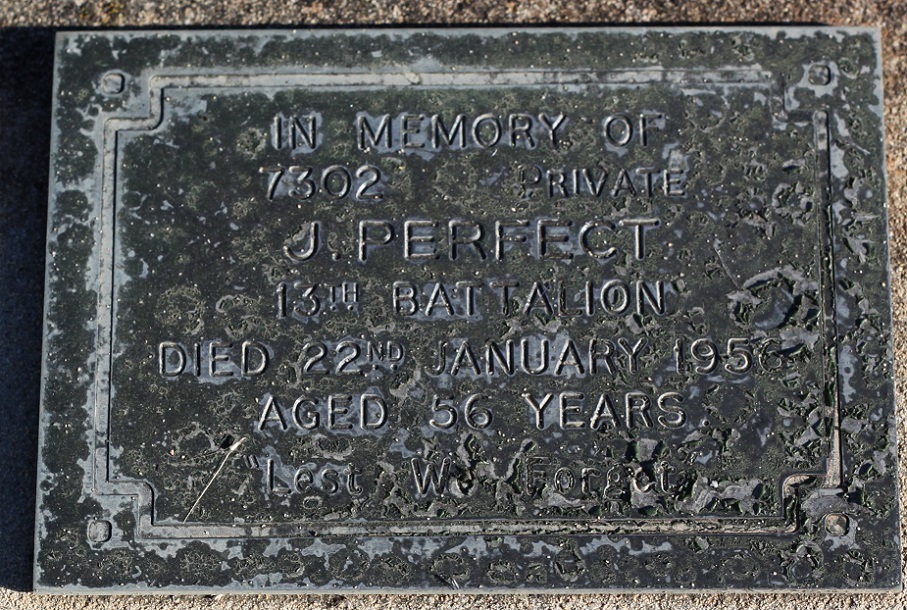
Private: 7302 Jonathon PERFECT. 13th Battalion AIF. (1899-1956) Adelong Cemetery.

Grave of Private: 3093 Robert PERFECT. 34th Battalion AIF (1891-1982) Adelong Cemetery, New South Wales.
Robert's cousin Private: 3441 George Percy PERFECT 54th -35th Battalion AIF is buried at Rookwood Cemetery, photo courtesy of Gary Heap March 2022.
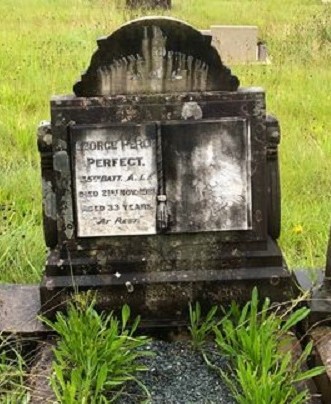
Geroge Percy PERFECT 54th -35th Battalion AIF (1888-1921) Rookwood Cemetery.
Roberts Grandmother was Margaret "Peggy" Reid (1815-1898) Burramatta
Peggy's Aboriginal Roots

Margaret "Peggy Reid (1815-1898)- Jonothan Goldspink (1801-1876) married 6 Dec 1832
Posted 05 Aug 2020 by morrowbasil49
Margaret Reid, known as "Peggy" was from the Burramatta clan of the Dharug (Eora) nation in Sydney. Records show that she was removed from Kissing Point (close to Ryde) and put in the first Native Institute which later became the Parramatta girls home.
There has been lots of research done on her history and family tree. The Darug Tribal Aboriginal Corporation have a research centre which holds much of this information.
The traditional clans of this area are the Burramattagal, as in ‘burra’ the eel (Parramatta area) and the Wallumattagal (Ryde area) as in ‘wallumai’ the snapper fish of the Dharug language group. Wallumattagal and Burramattagal are the Saltwater people who make up the clans at Parramatta. Wallumattagal territory followed the north bank of the Parramatta River up to Turrumburra (Lane Cove River) in the east. Burramatta territory was located from the head of the river to the west.
The curves of the fast moving tidal river was once scattered with sandy beaches littered with midden piles; the leftover shells from the oysters and shellfish the Dharug fished from the river. The settlers later used this as a source of lime for their building mortar. Many of my mum’s family, who were living at Harris Park and later Parramatta in the 1930’s, remember a crescent-shaped beach on the Parramatta River known as ‘Little Coogee’ (known in colonial times as the Crescent). It was where the eels congregated and was known as a great place for camping and eating. My uncles, as young boys, regularly caught eels from the river in a canoe they fashioned out of bitumen and corrugated iron and would take them home to Nan who would cook them up for dinner.
Many stone tools have been found around here; spear points, axes, anvils and grinding stones. These were used to crush grass seeds to make flour for johnny cakes. Larger stones were also used in the camp fires to retain the heat for warmth and cooking. These rounded stones were not from here but were valued trade items brought in by the Hawkesbury and Grose River clans.
The Burramattagal had special sites set up along this river. Some were marked as women’s places and further away, hidden from camp, men’s ceremonies would be carried out. On the north bank of the river is where the female convict factory and later the institutions for girls were built. Before the construction of the institutions, this place was said to be a used as a site for women’s ceremony. It is where the saltwater from the harbour meets with the freshwater of the river.
In 1821 the convict women were relocated to the Female Factory a short distance up river from the gaol and 20 years later Australia’s first Catholic orphanage was built beside the Factory, the orphanage later became Parramatta Girl’s Home – a place where once all I knew of Parramatta were its enclosed sandstone walls.
On the north bank of the river is where the female convict factory and later the institutions for girls were built. Before the construction of the institutions, this place was said to be a woman’s place for collecting and gathering and a site for women’s ceremony. It is where the saltwater from the harbour meets with the freshwater of the river.
On a rise overlooking the river where salt and freshwaters blend beyond the horticultural grounds an allotment of land was set aside in 1827 for a Roman Catholic Chapel for the mostly irish convicts and their families. Here was to be Australia’s earliest Catholic Parish School, the earliest mortuary Chapel, and the first convent (Sisters of Charity).Dedicated to St Patrick by Bishop Polding in 1836 the original building was replaced with a Gothic style structure in 1854 but was badly damaged by fire in 1996. Rebuilt from the ashes St Patricks was once again consecrated in 2003.
Not to be outdone the protestant ruling class determined to build a school and chapel between the Catholics and the river and so rose an imposing edifice- a
In the 1828 Census Margaret Reid is recorded as a "native of the colony".
She is believed to be an aboriginal and was at an early age, placed into a "church home" .
The Rev Thomas Hassall and his wife Ann, (Ann was the daughter of Rev Samuel Marsden), were in charge of the "home" where she was placed.
Margaret Reid was very religious; literate; an extremely fine seamstress; stern and fair. She was a very well respected member of the community, (during her married life).
Margaret Reid (according to the Marriage Banns), was aged 19 when she married Jonathan Goldspink in 1832. This would make her birth date as 25 December 1813. Apparently all aboriginals were "given" their birth date as either "25th December" or "1st July". She would have been "put into service" at the age of 12 or 13. Jonathan was working for Thomas Hassall's son James Hassall (so this is apparently how Jonathan and Margaret met). They were married by Chaplain Thomas Hassall, who, prior to the Goldspink's marriage, had already organised construction of Heber Chapel, (where Jonathan and Margaret were married). The two witnesses on Jonathan and Margaret's Marriage Certificate were Elizabeth Fish, aged 18, daughter of William Fish, who was a groomsman for Hassall; and the other witness was George Horne who was a convict working for, or assigned to Hassall. Their first daughter Ann Goldspink was actually born before they were married and this was possibly because Jonathan already had a wife in England, and seven years had to pass before he was allowed by law to re-marry.
Apparently some of the children of Jonathan and Margaret were named after "influential" people who were probably friends of Thomas Hassall and his wife. (their middle names mostly). Ann, their first daughter was probably named after Ann Campbell, who was the wife of Robert Campbell, who owned a property named "Harrington Park". Margaret was probably working for them, before her marriage, as the Application for Marriage states " late with Robert Campbell". Their son, Samuel Goldspink's middle name was Atkinson, and there was a magistrate who was a friend of the Hassalls around at that time. Another son Edward Walker Goldspink was named similarly. It was apparently really unusual for a convict or an aboriginal to be held in such high esteem, that they would be very successful in their life. (they apparently knew how to curry favour with influentials around them).
Successful they were, for when Jonathan died in 1876, Margaret was a wealthy widow. They had owned Bago Station, (wool sheds), at Tumbarumba, up until they retired to live at Yass NSW, where two months before Jonathan's accidental death, (he was thrown from his horse), he had become an "Alderman" on Yass Council. Margaret did not die until 1898, but had an ornate fence constructed, surrounding Jonathan's grave, with provision for herself, beside him, when her time came. In 1898 she was buried beside Jonathan, but, because she was an aboriginal, was not allowed to have any gravestone or inscription.
Military Records
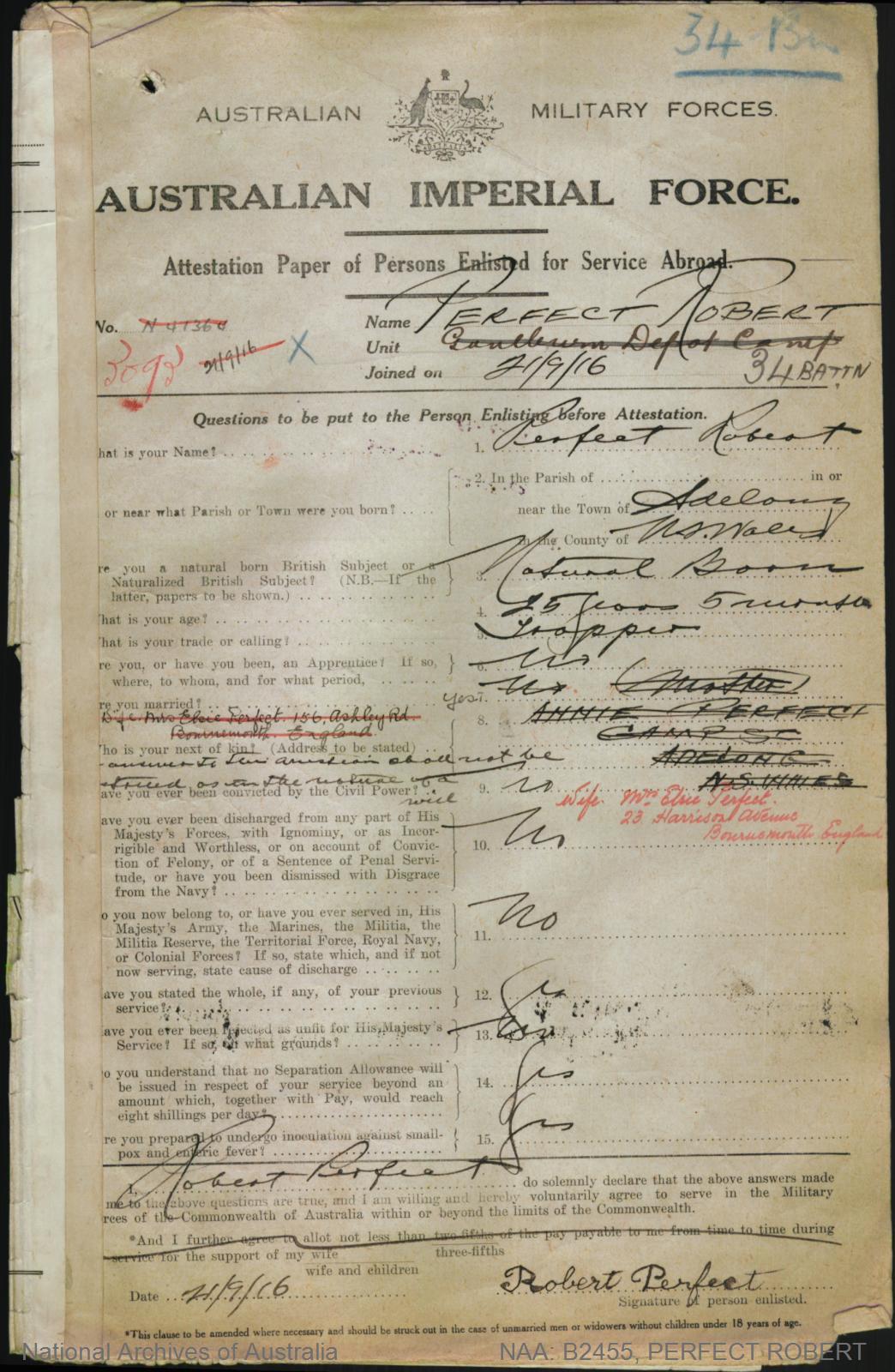

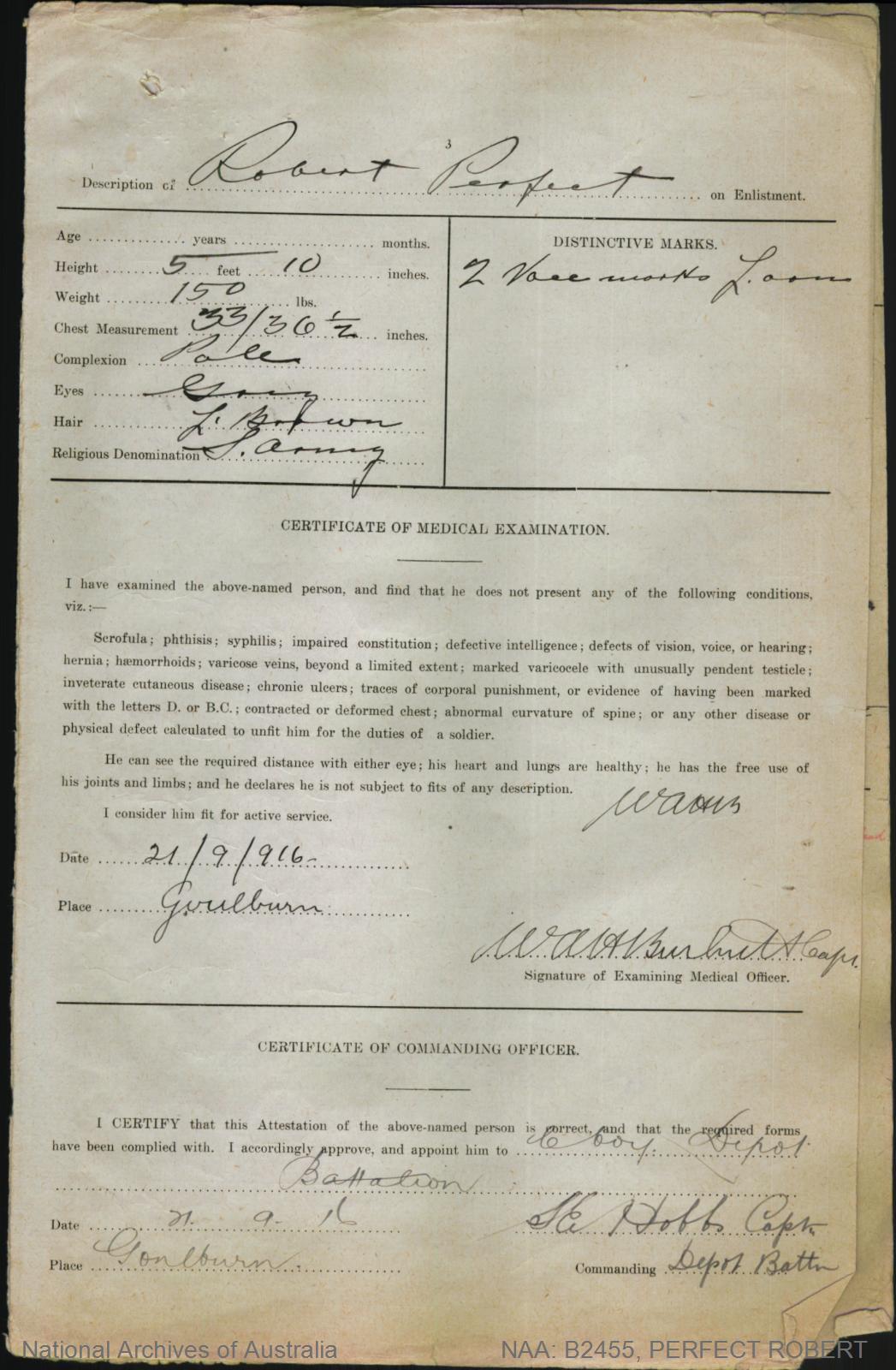
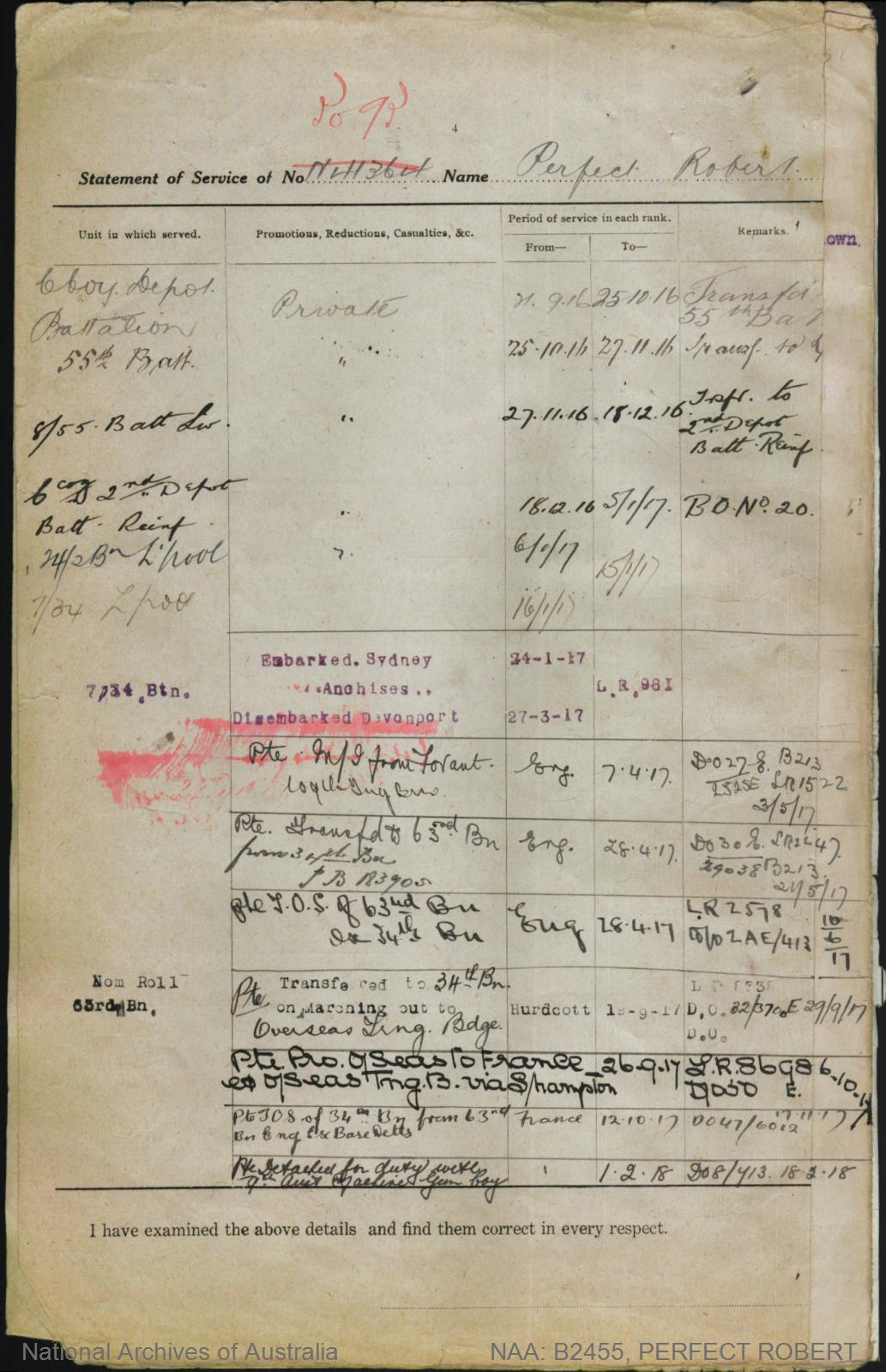

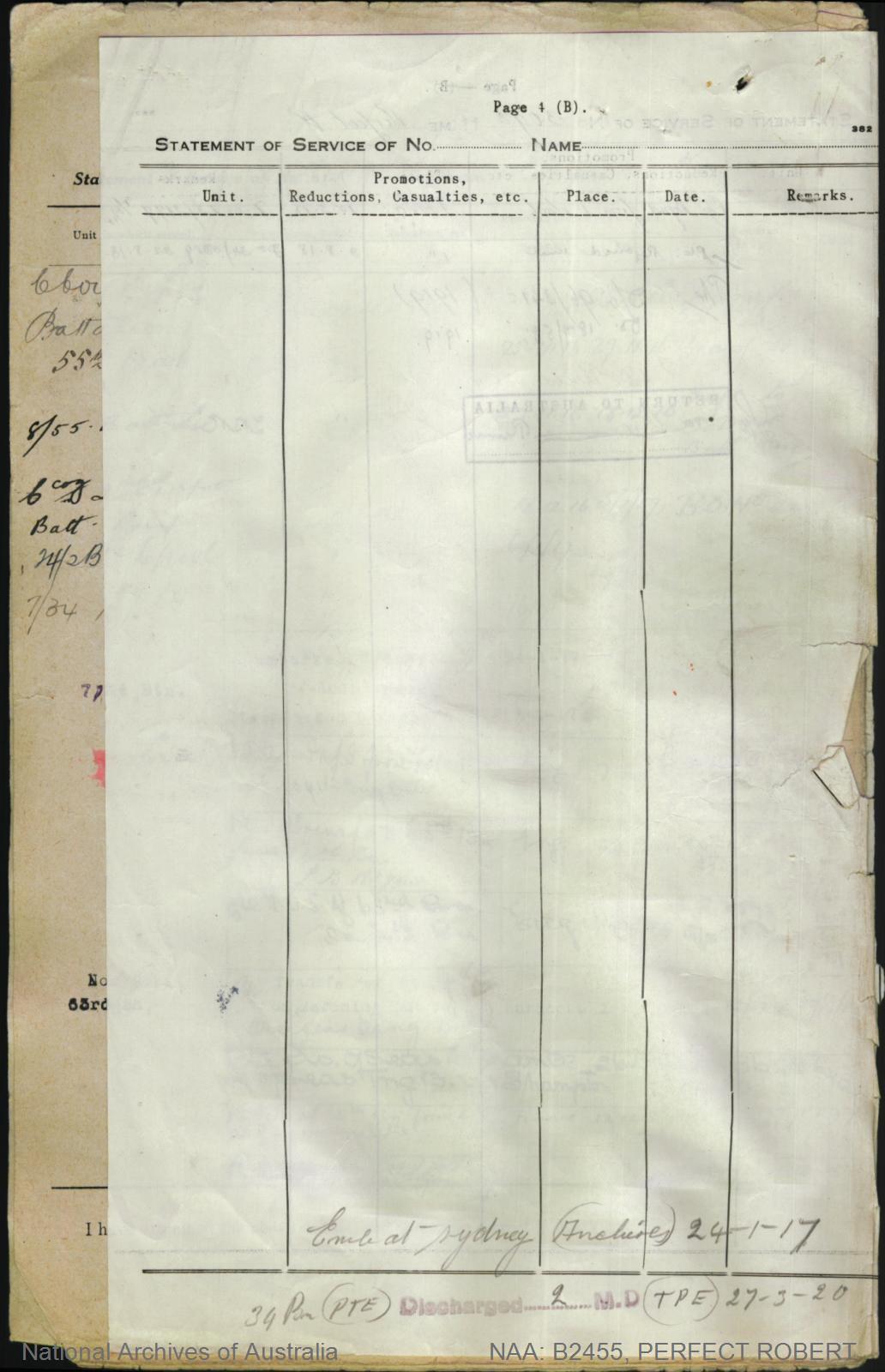
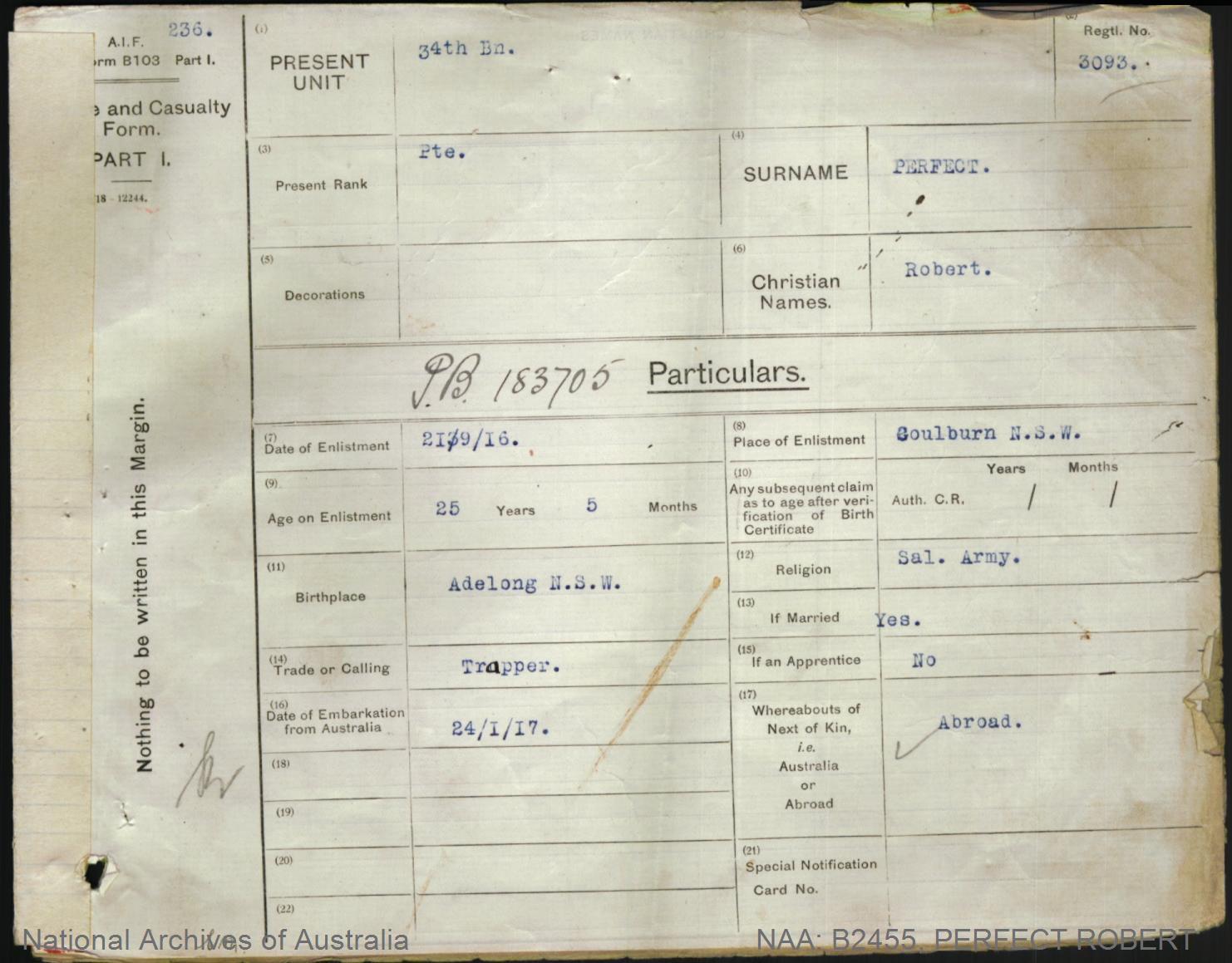
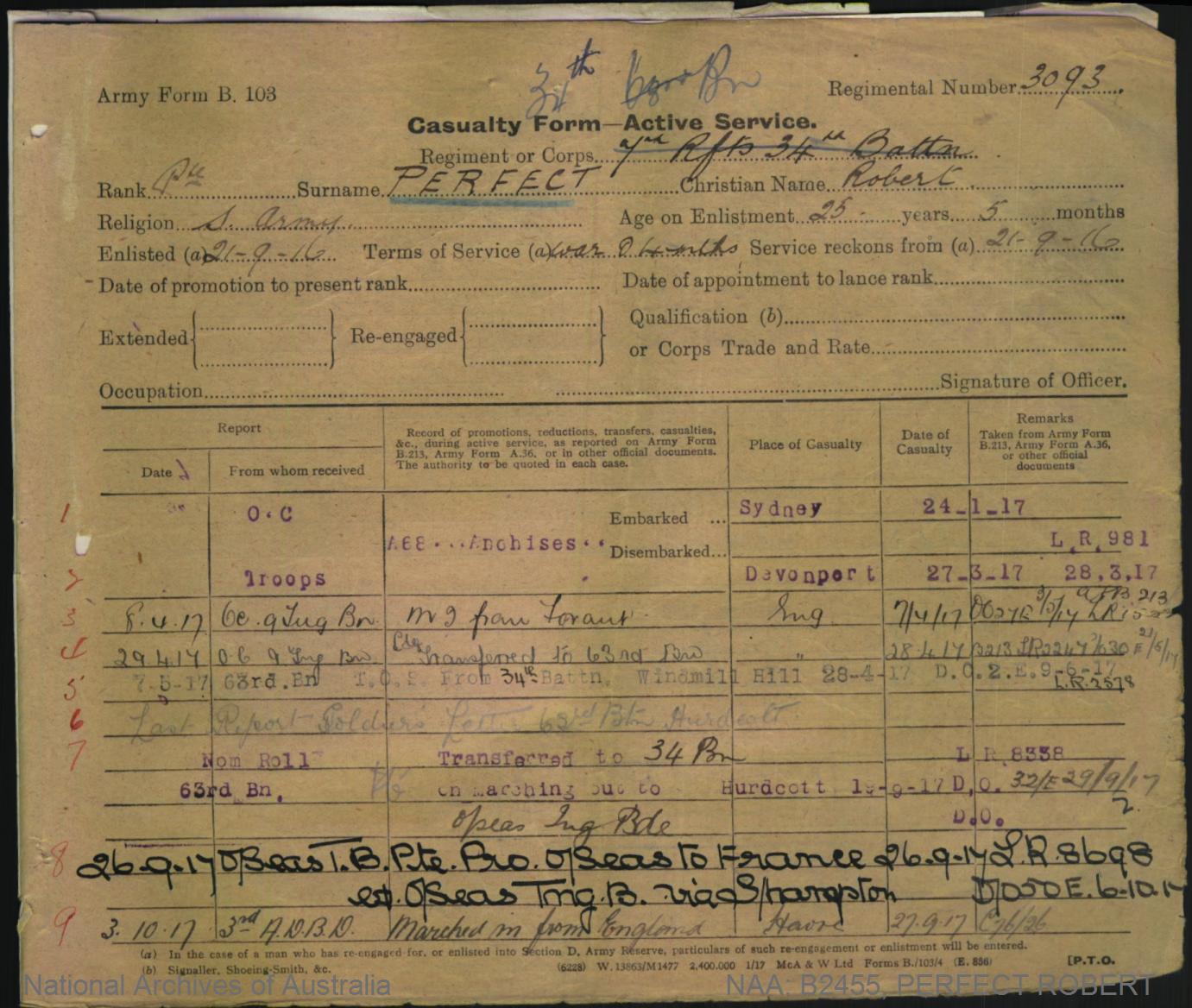
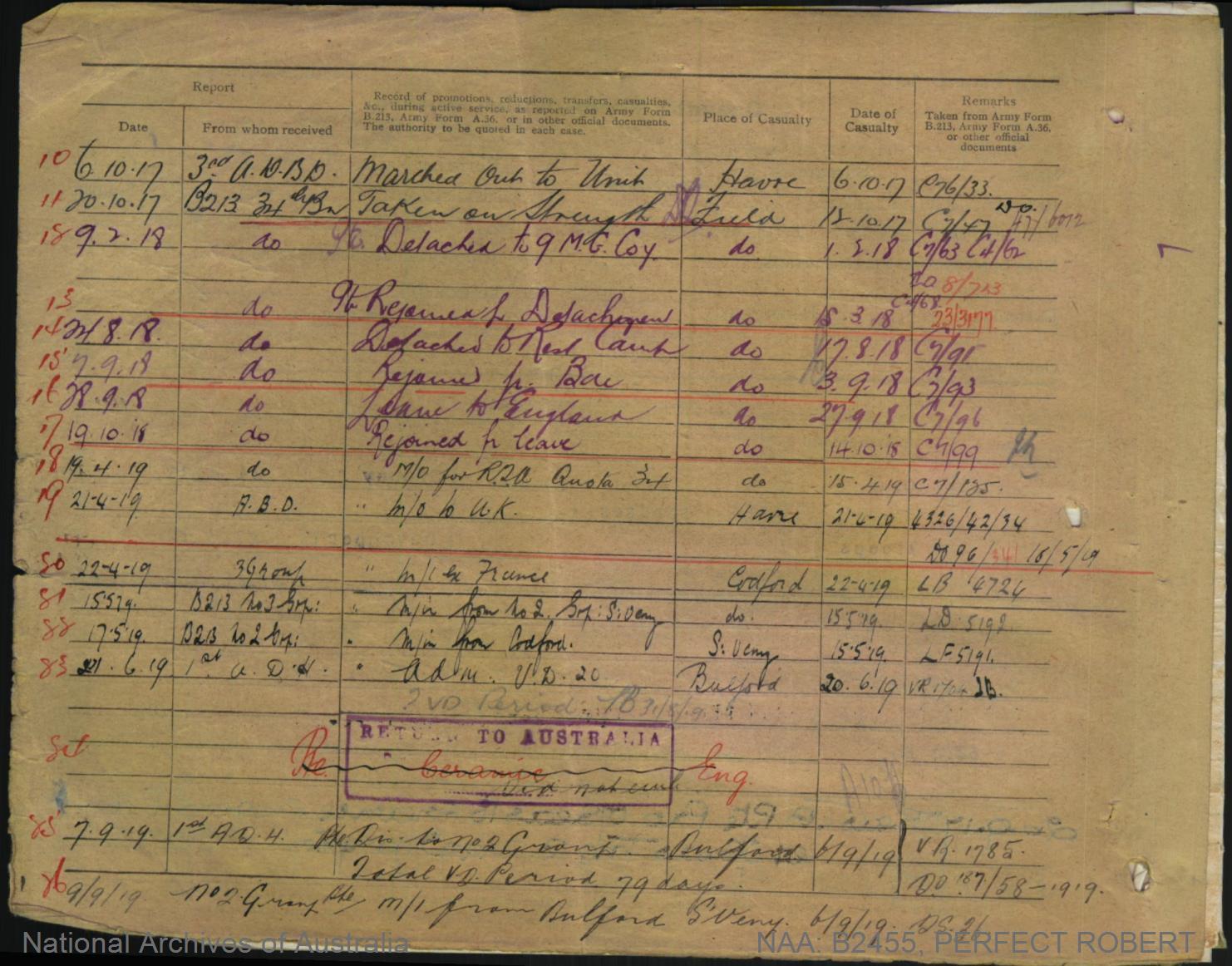




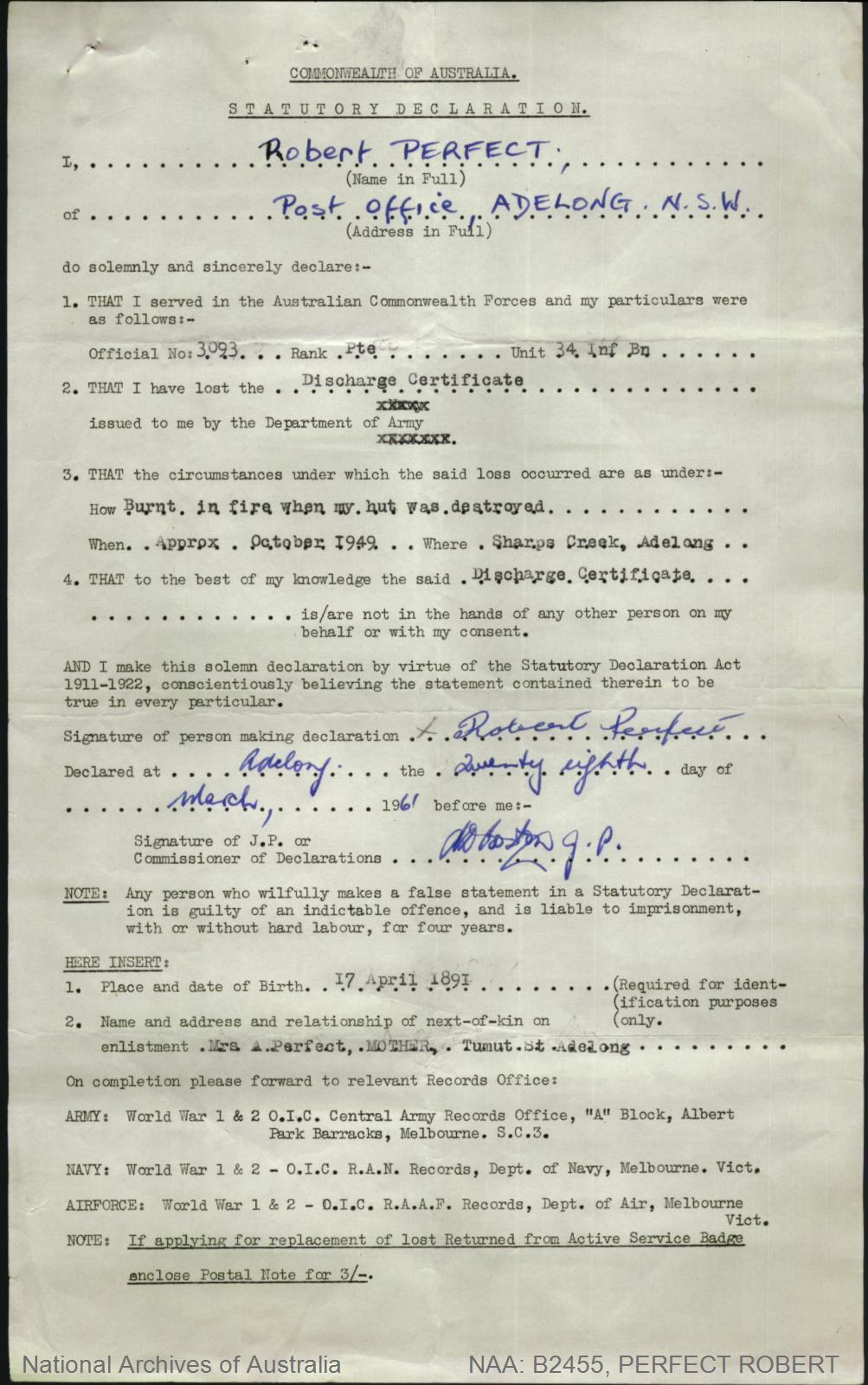
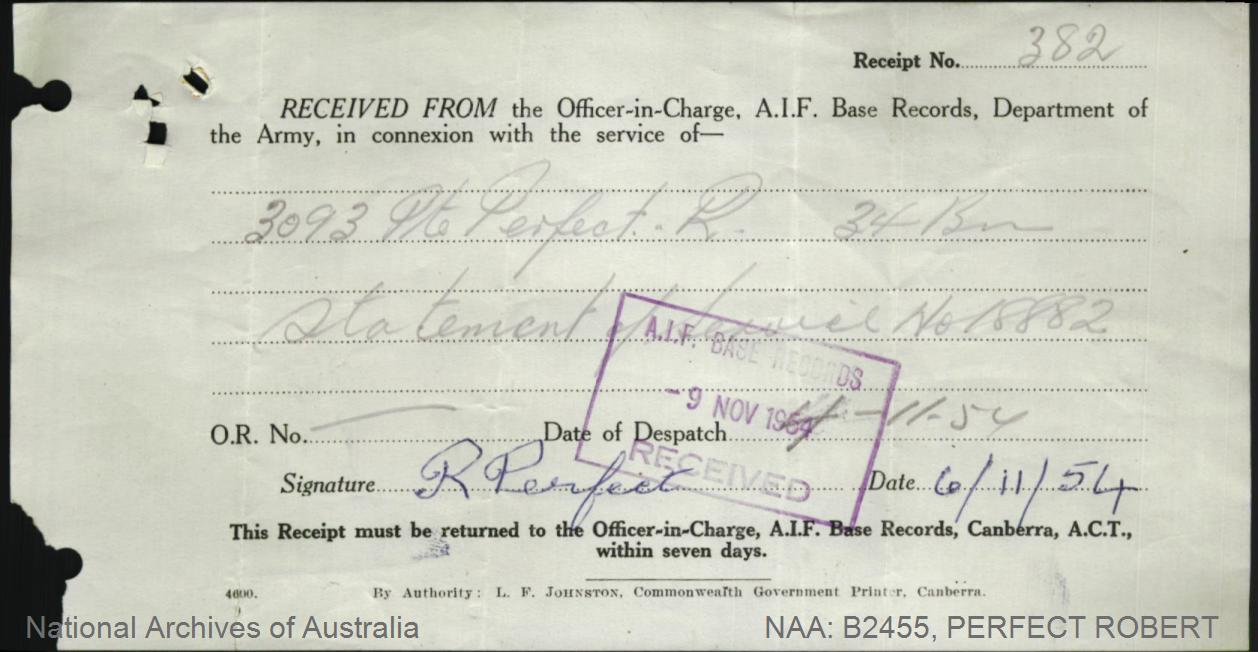
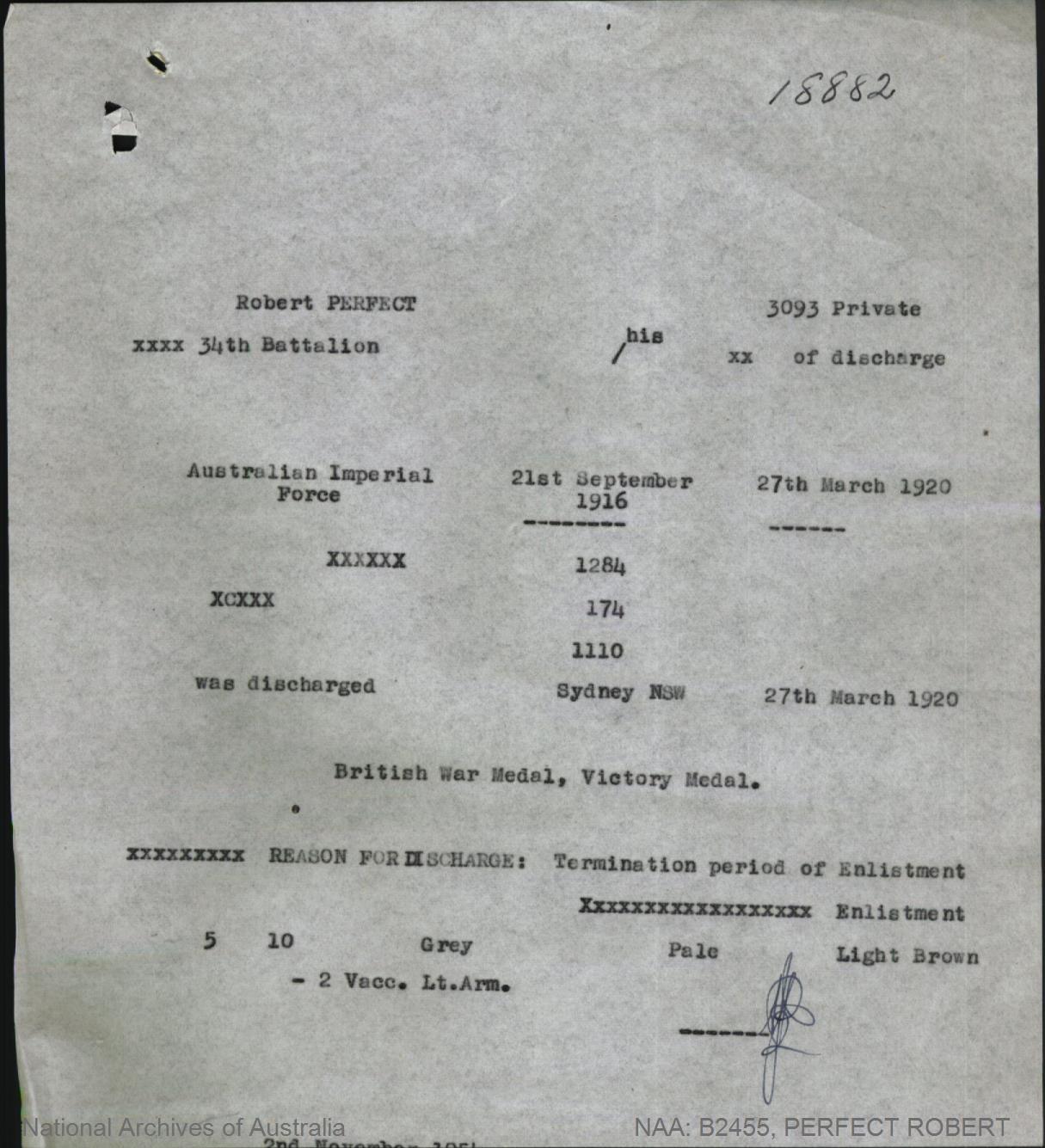


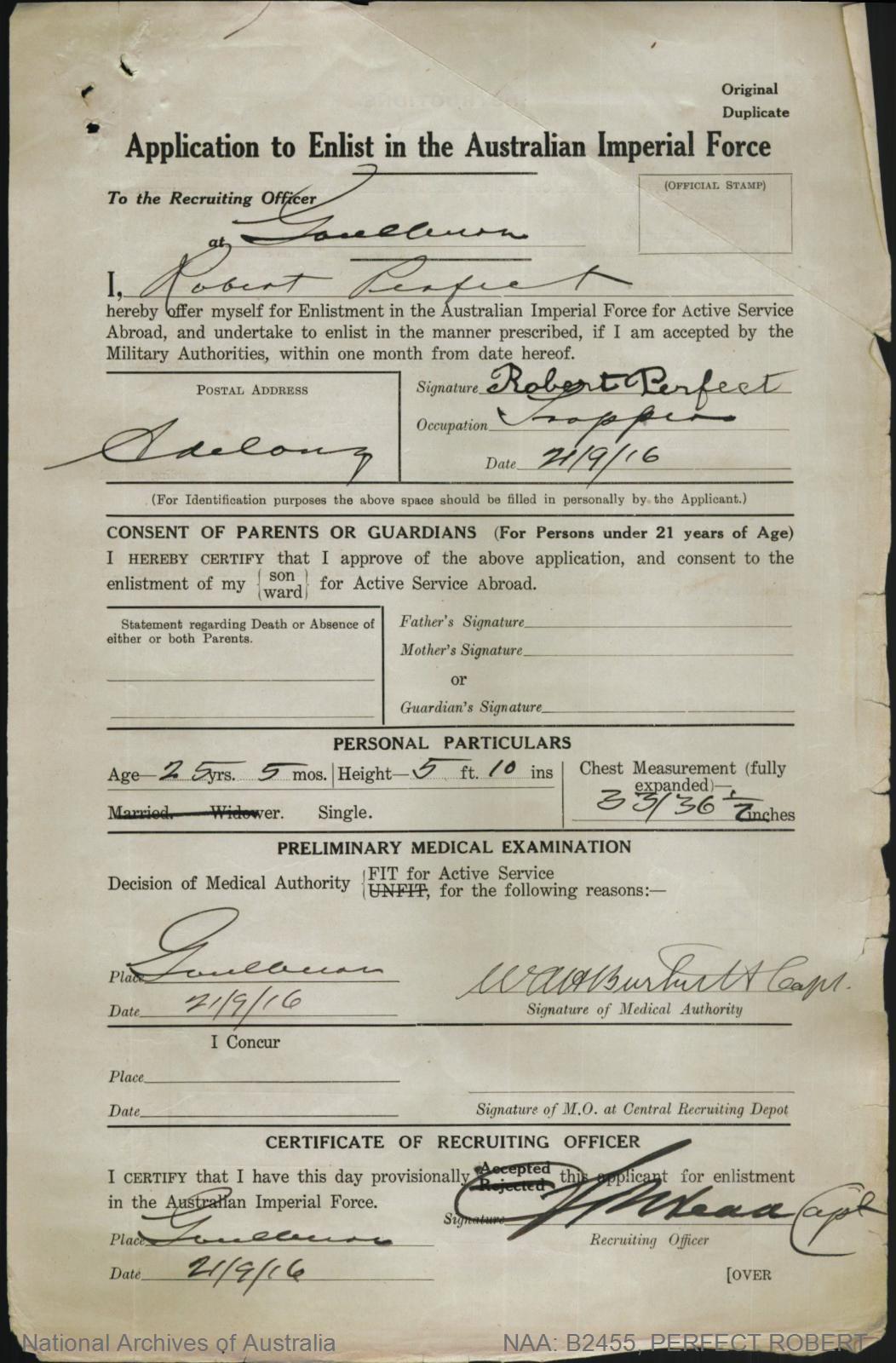
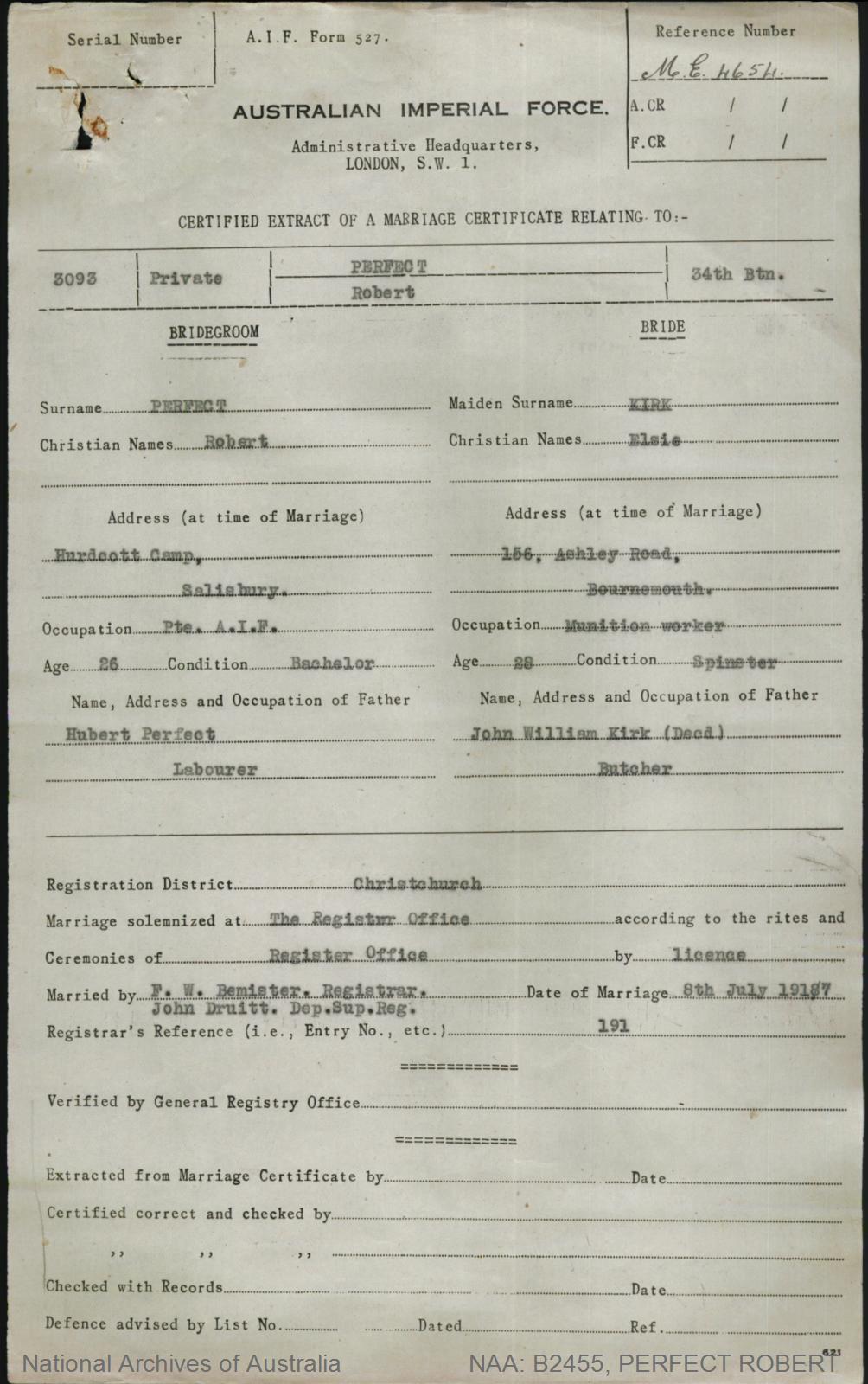
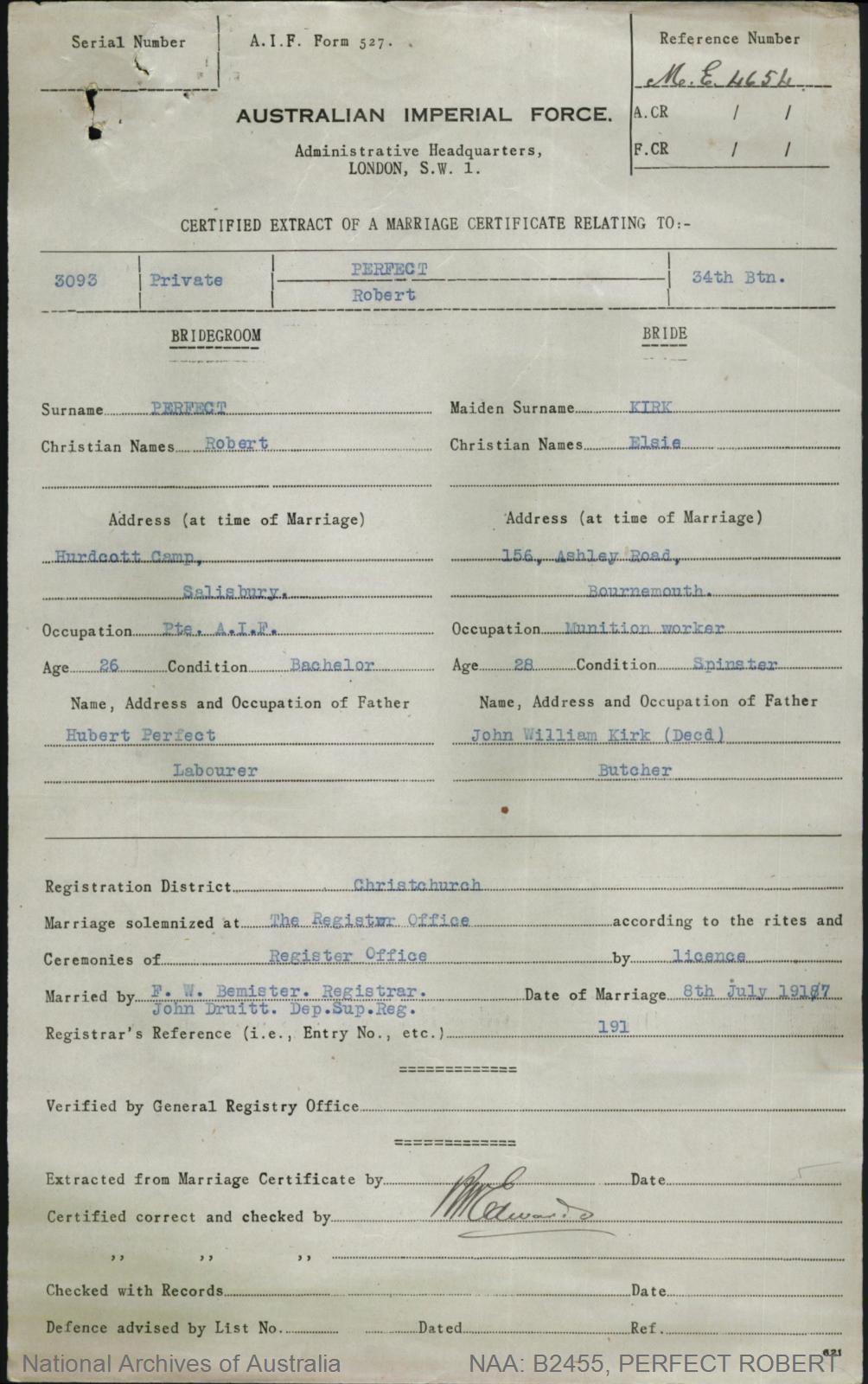

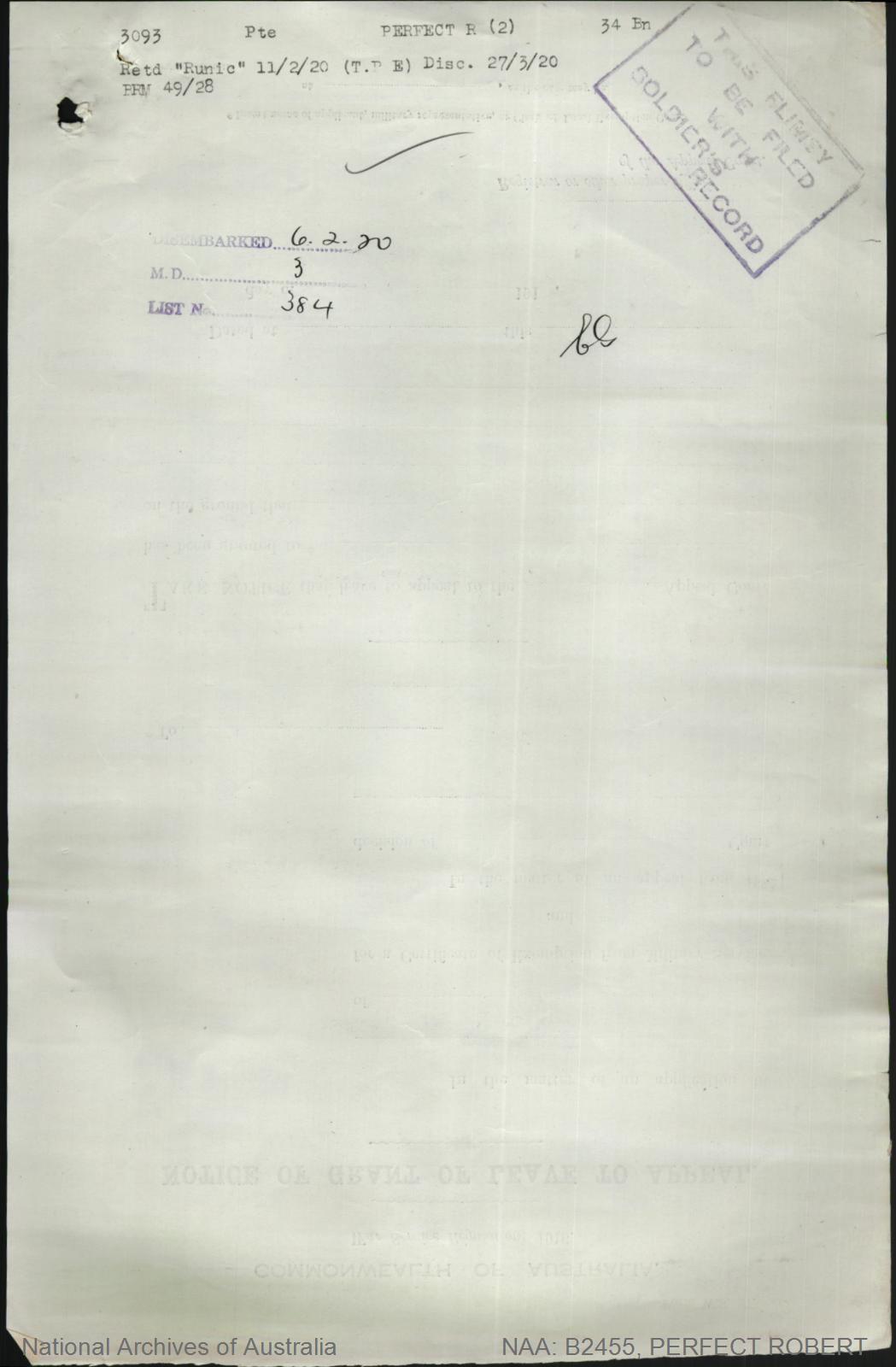
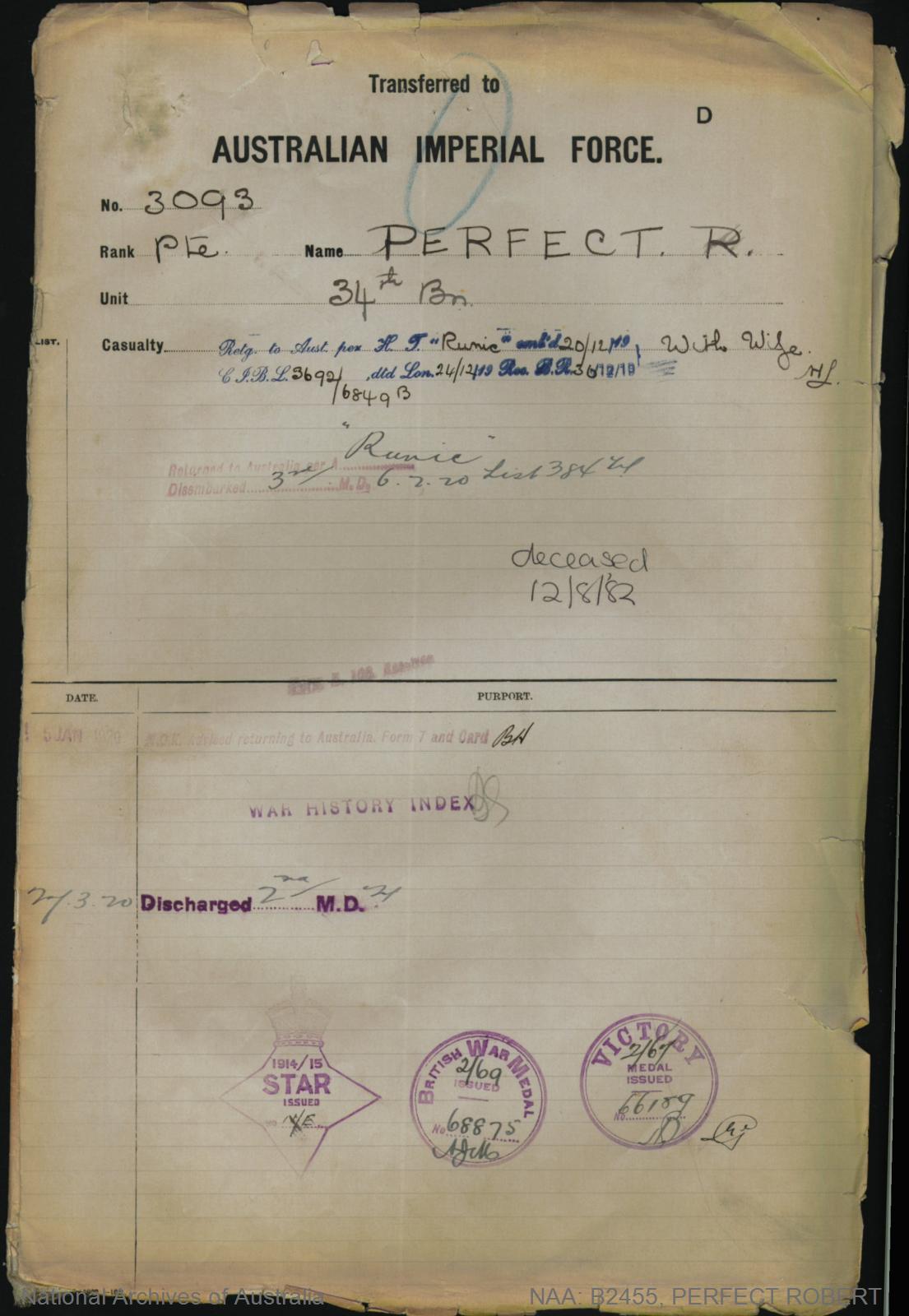
© Commonwealth of Australia (National Archives of Australia)
Under Construction: 22/03/2022-08/03/2023.
